Nombre:
Izhevsk
Otro:
Localización:
Tipo: Urbanismo
Categoría:
Foto:

Voto:
Continente: Europa
País: Rusia
Localización: Capital de la república de Udmurtia
Año: 1760
Estado: Terminado
Descripción:Izhevsk: las dificultades de la ciudad del Kaláshnikov
9 de abril de 2013 Alexéi Karelski, Rusia Hoy
La fábrica de armas de Izhevsk vio la luz hace más de 200 años. Es el lugar nata del Mijaíl Kaláshnikov y donde se han producido los míticos fusiles. En la actualidad la demanda ha caído hasta tal punto que solo se mantiene una cadena de producción. Aunque hay planes del gobierno para aumentar los pedidos y sobre se confía en el mercado estadounidense, en la venta de artículos económicos de calibre pequeño para deporte.
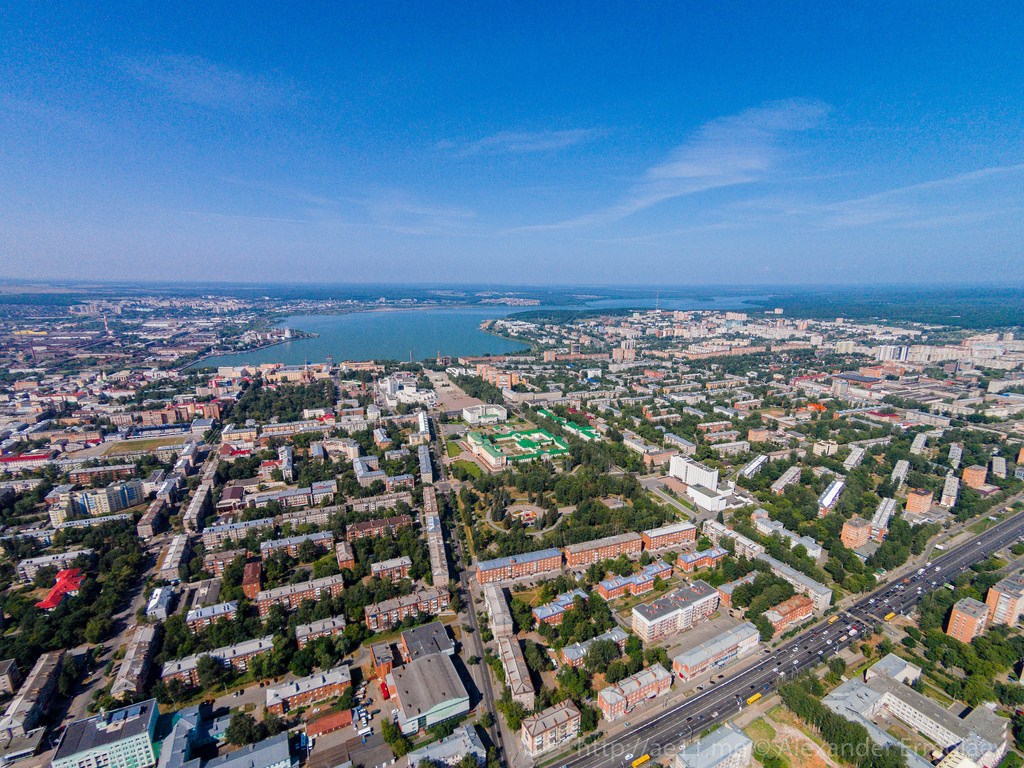
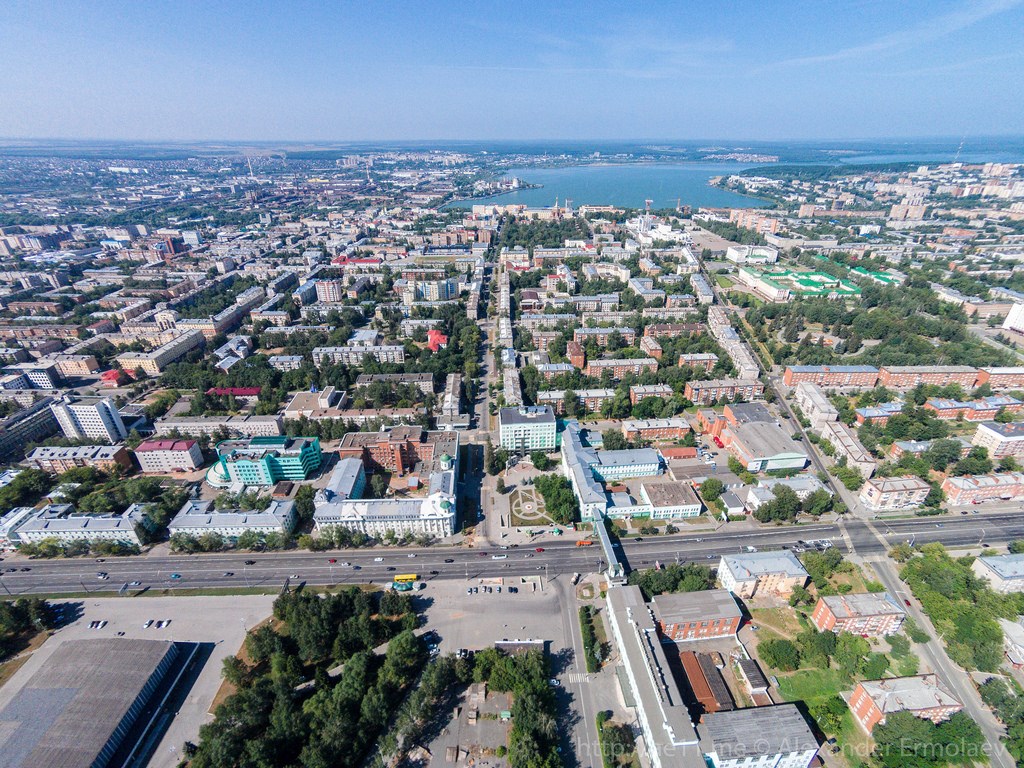
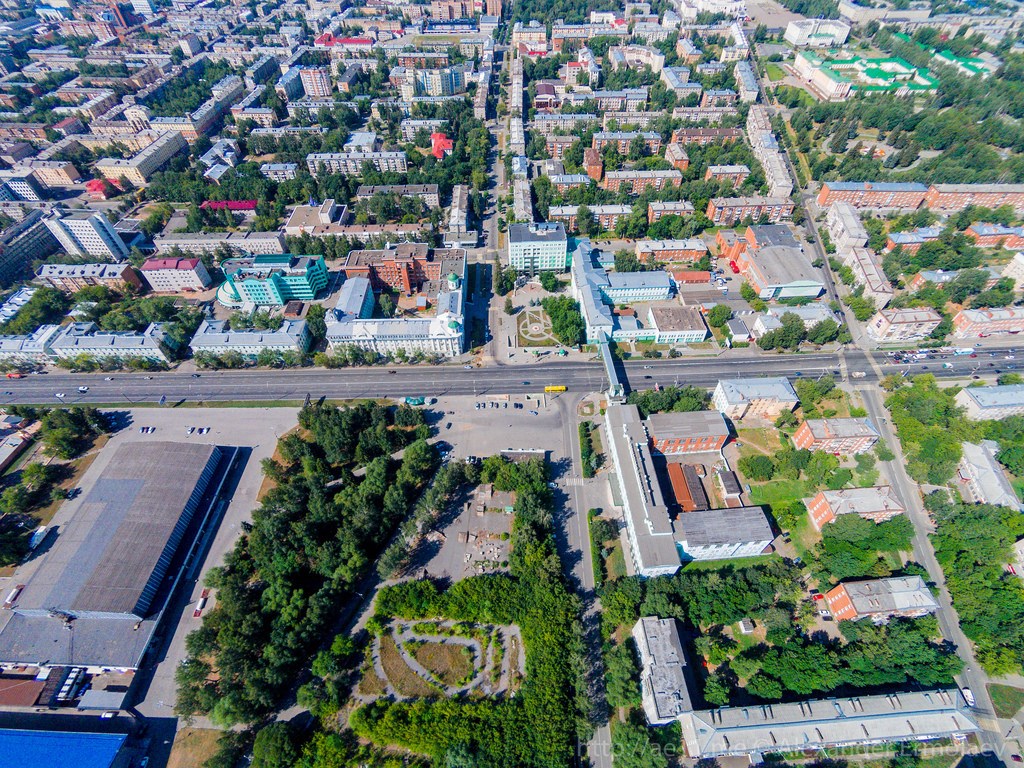
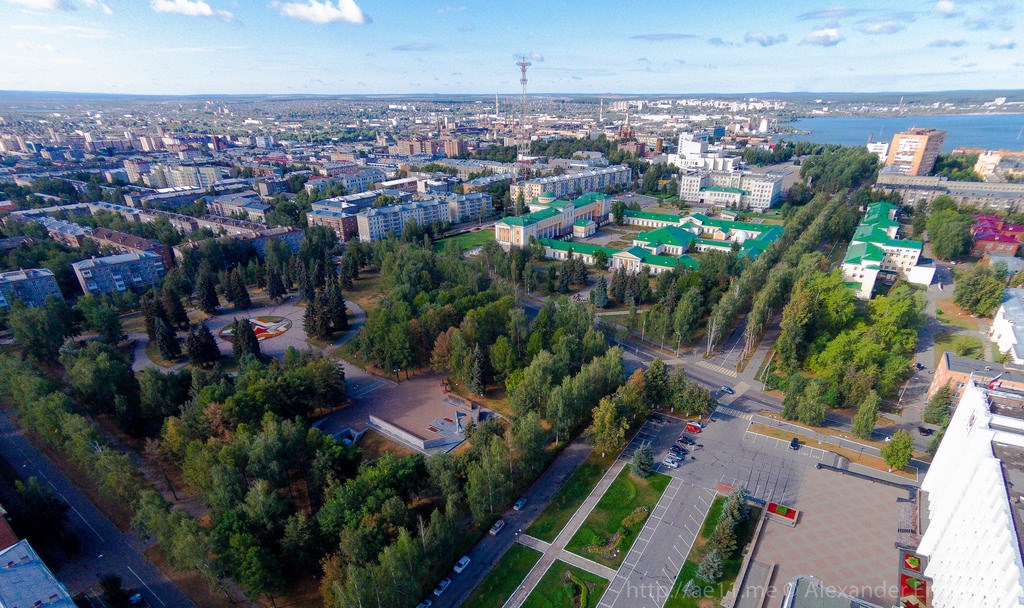
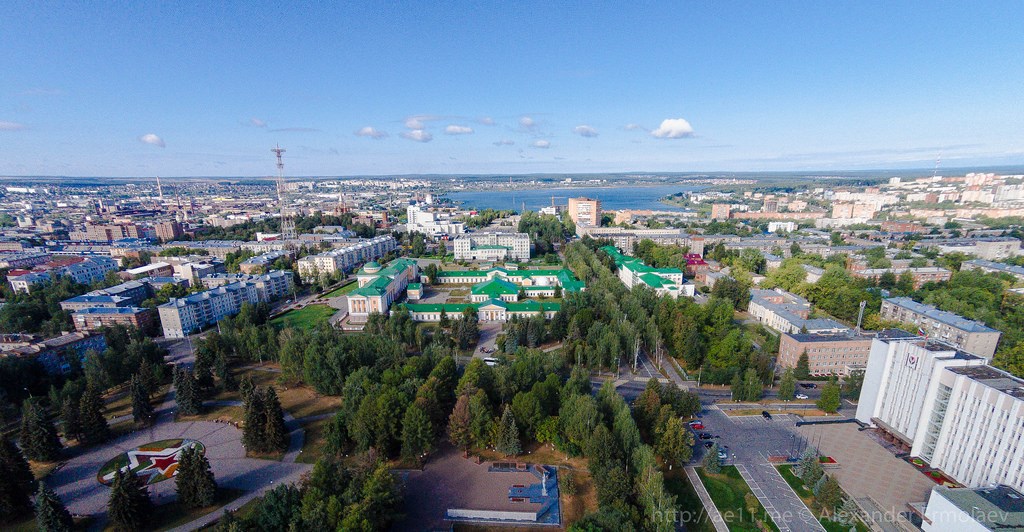
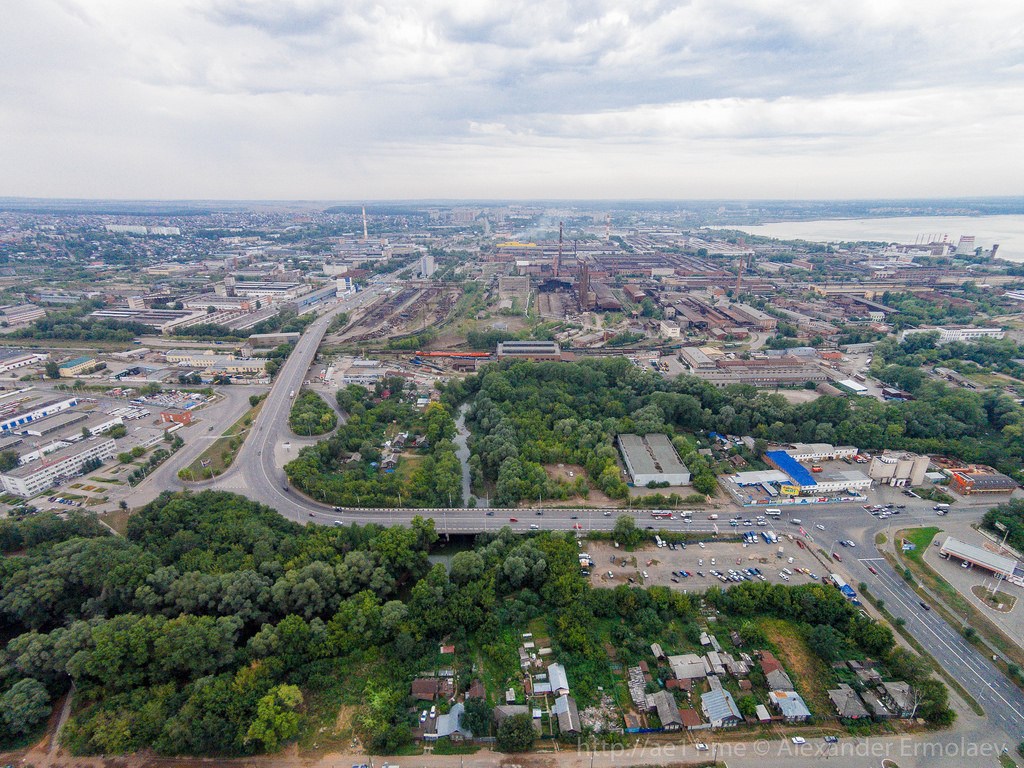

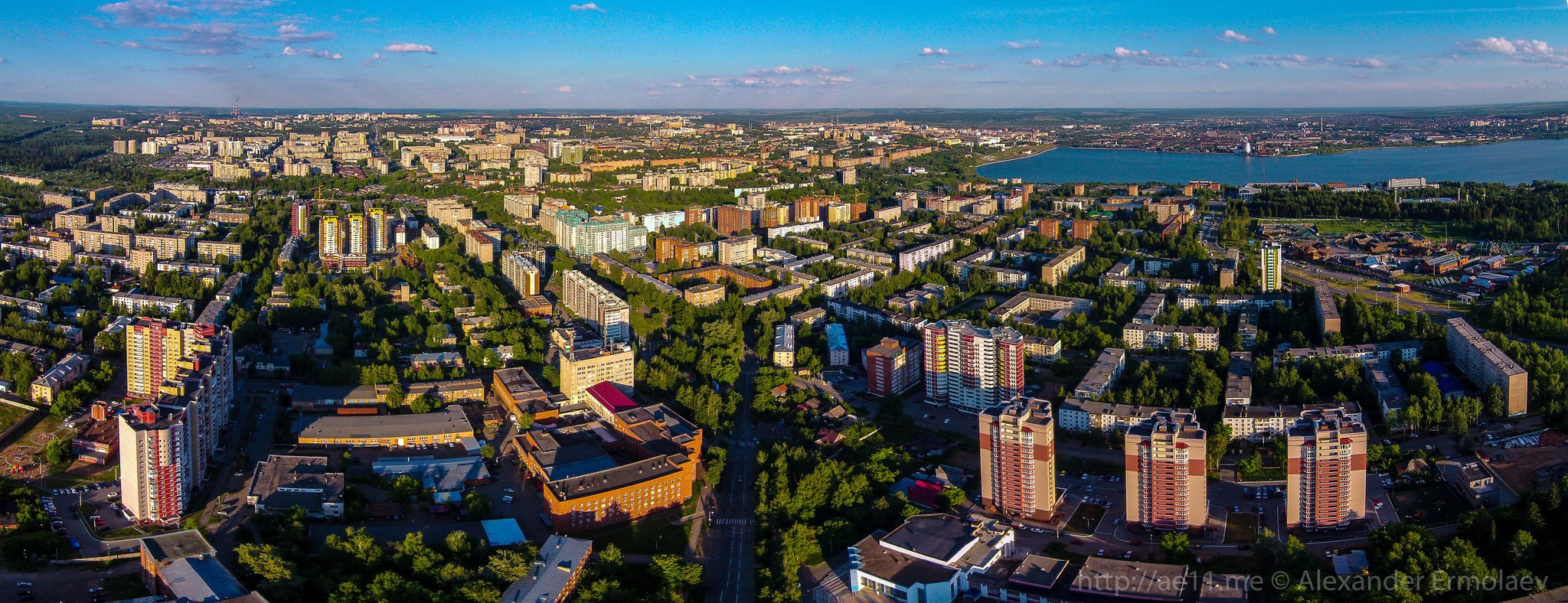
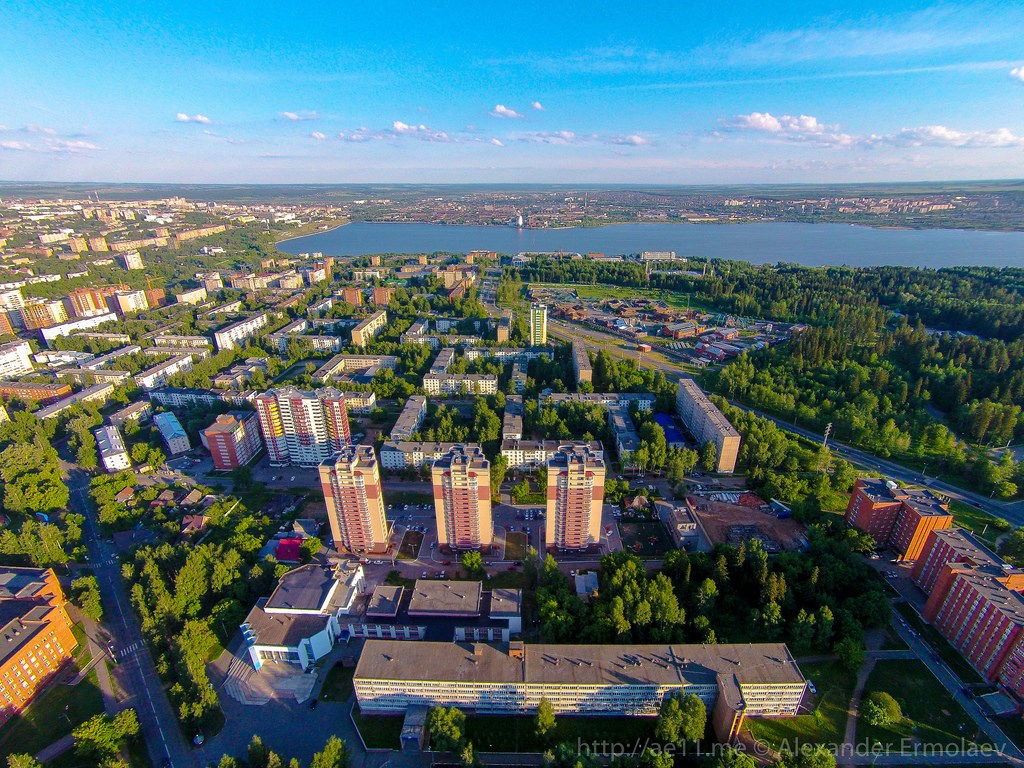
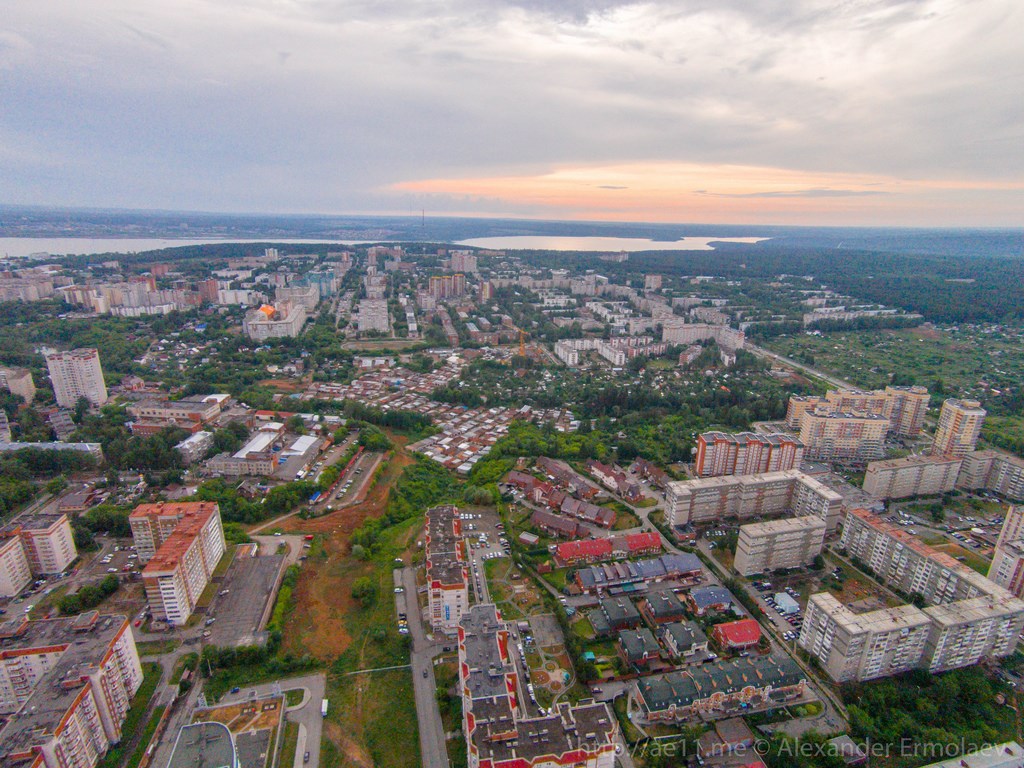
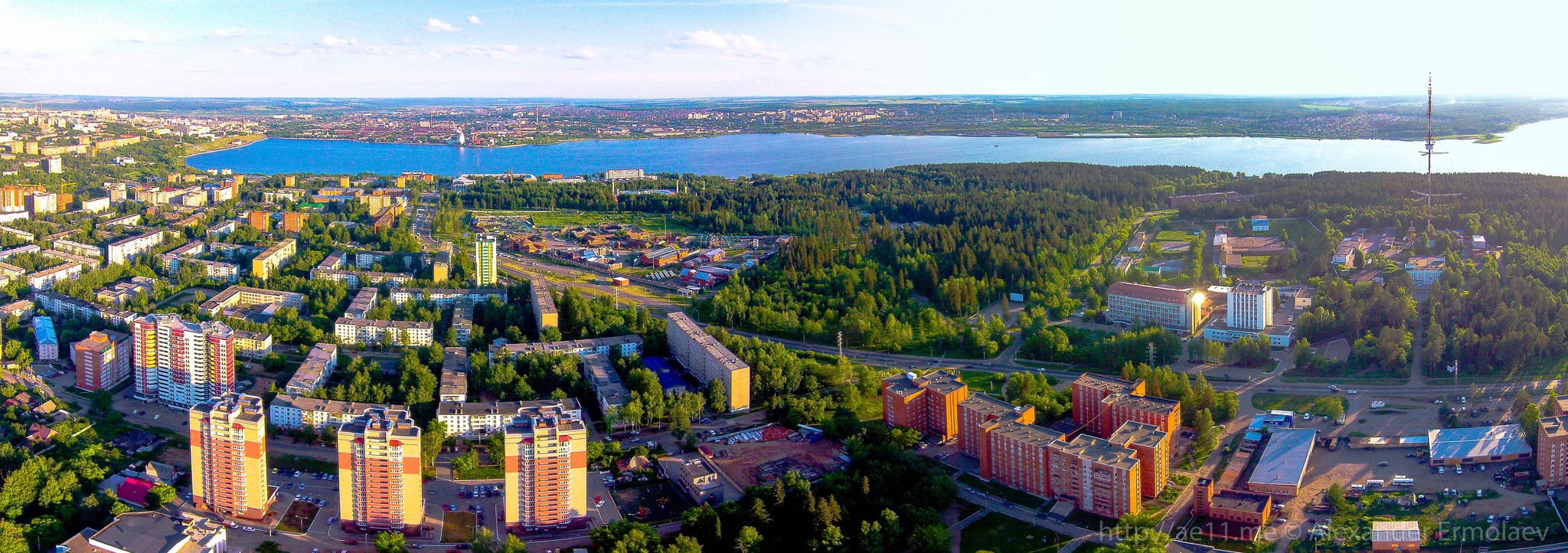
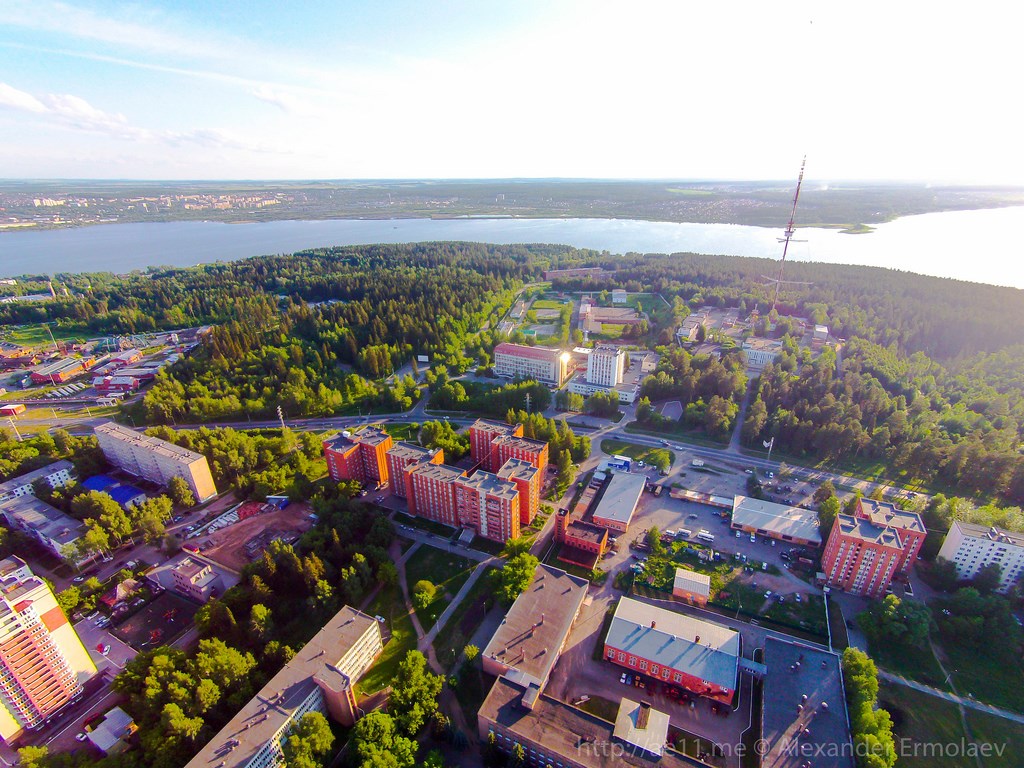
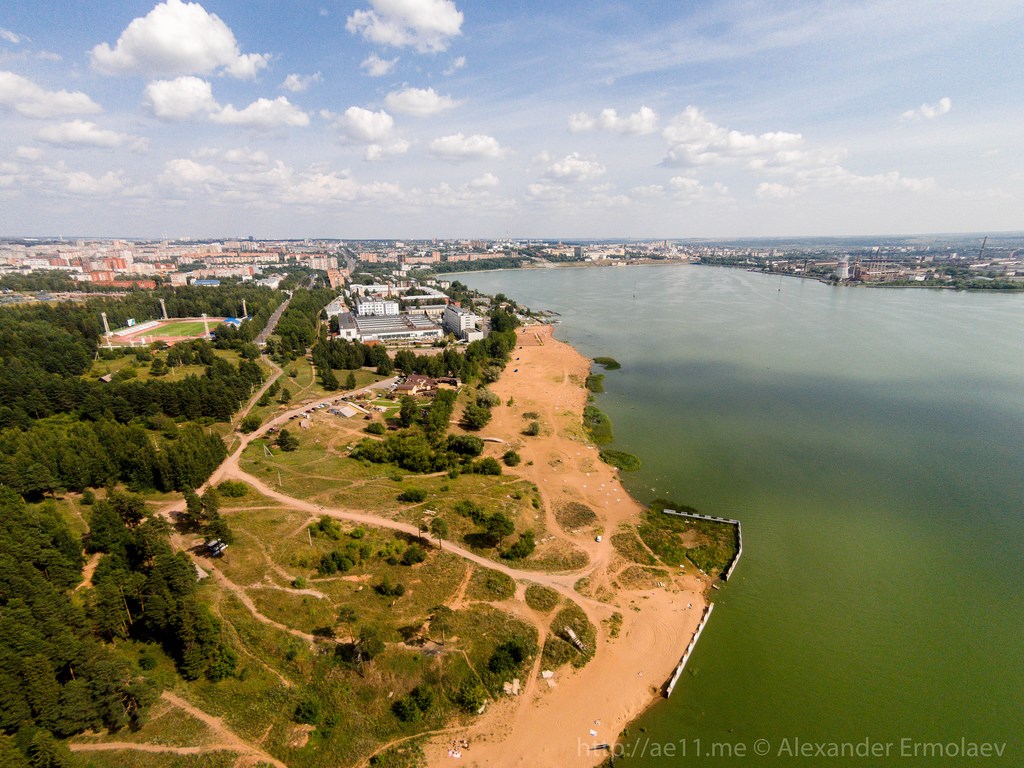
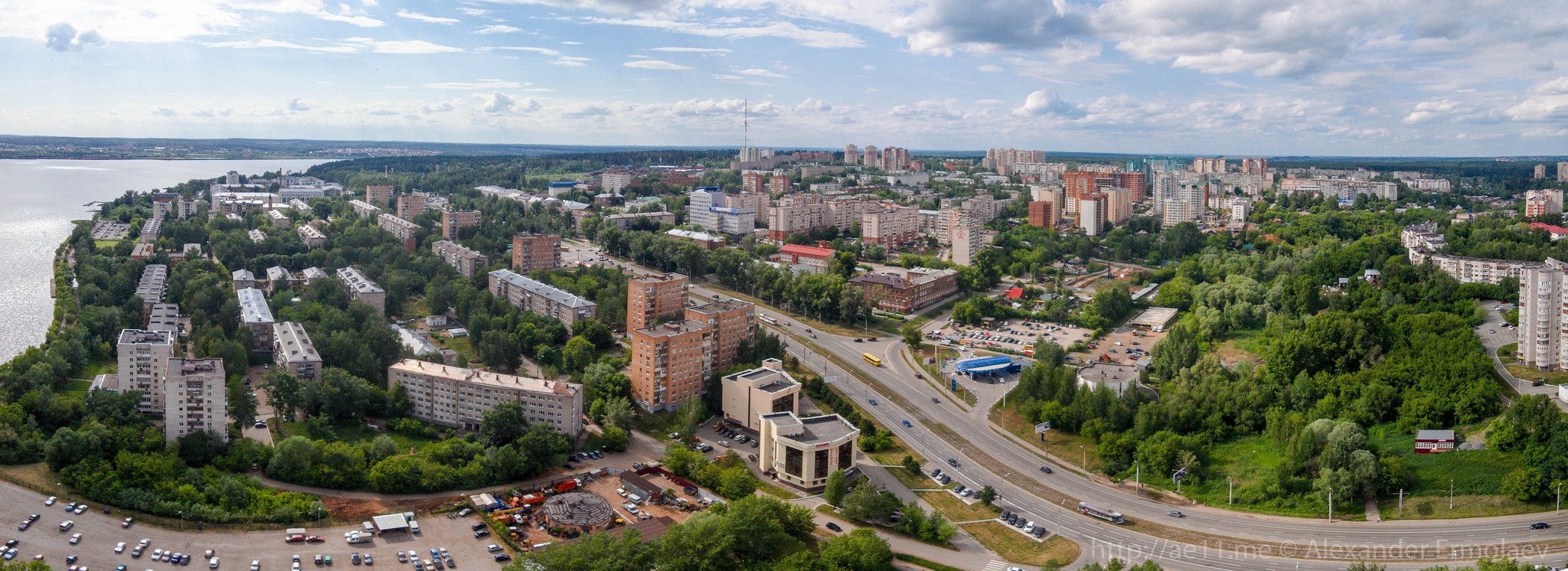
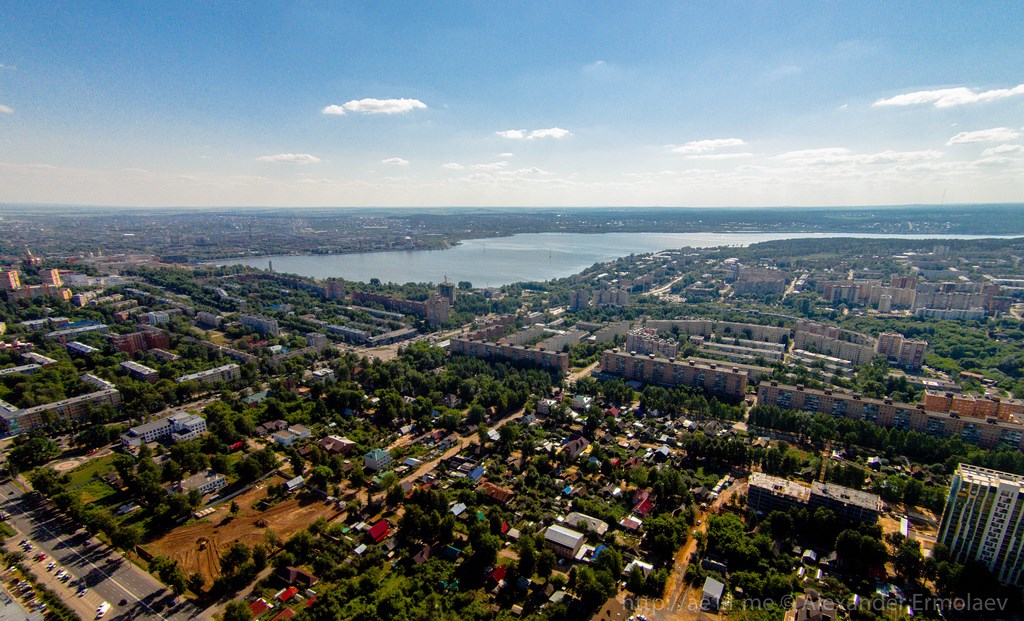

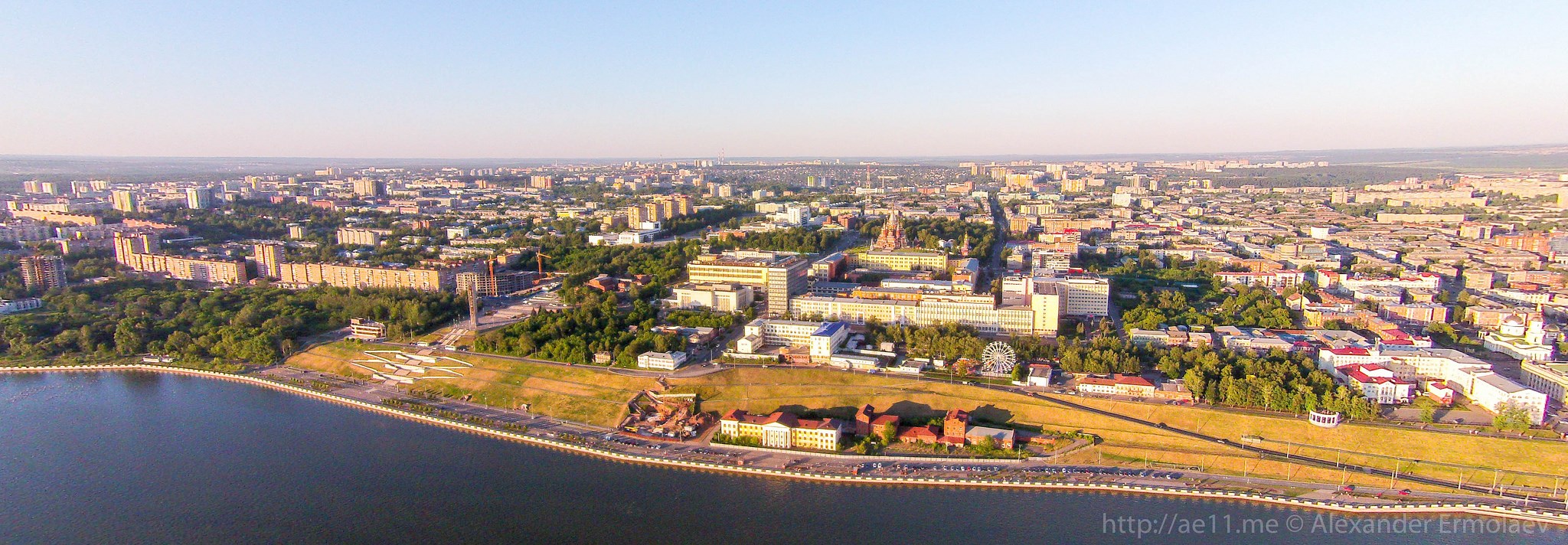
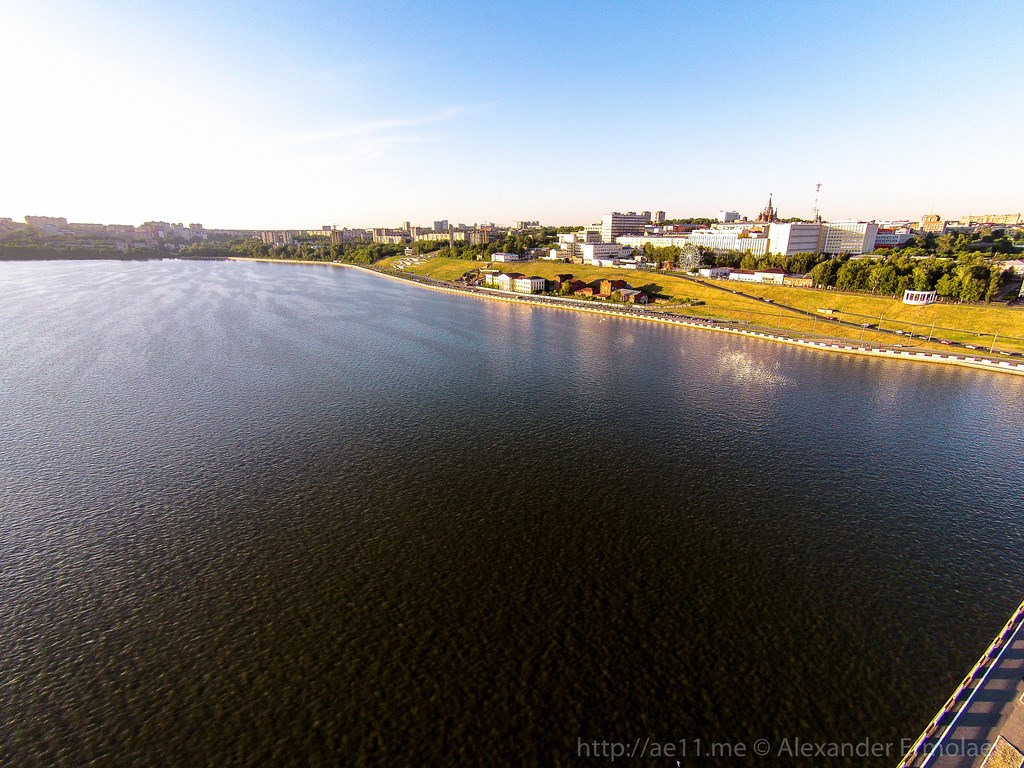
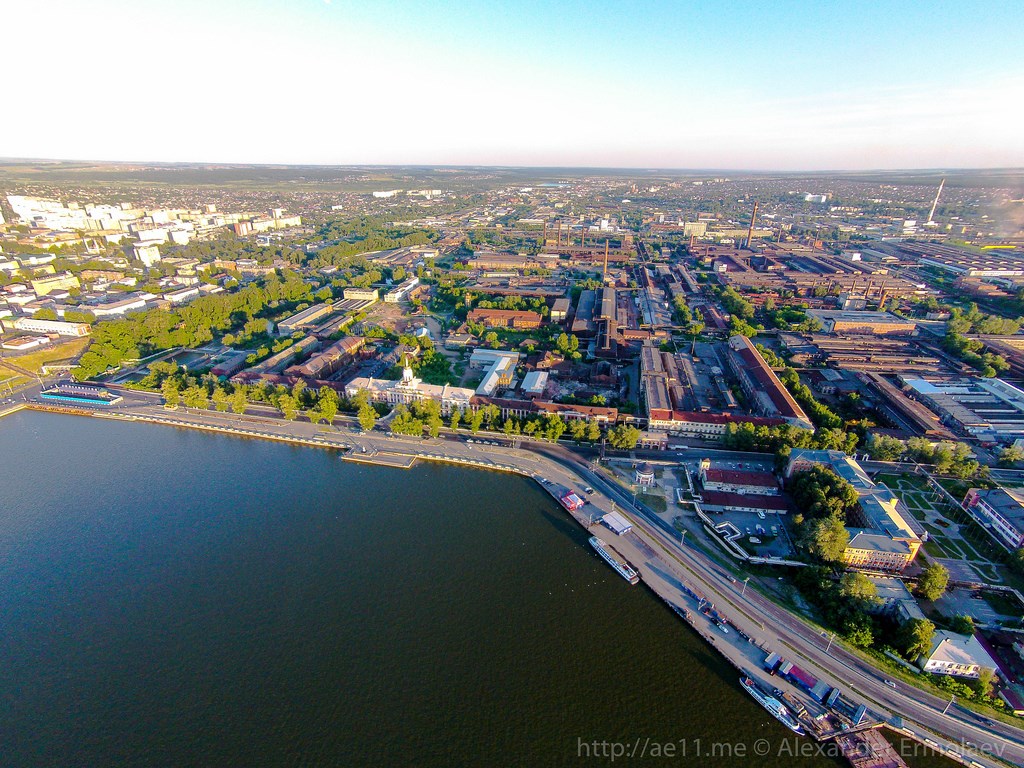
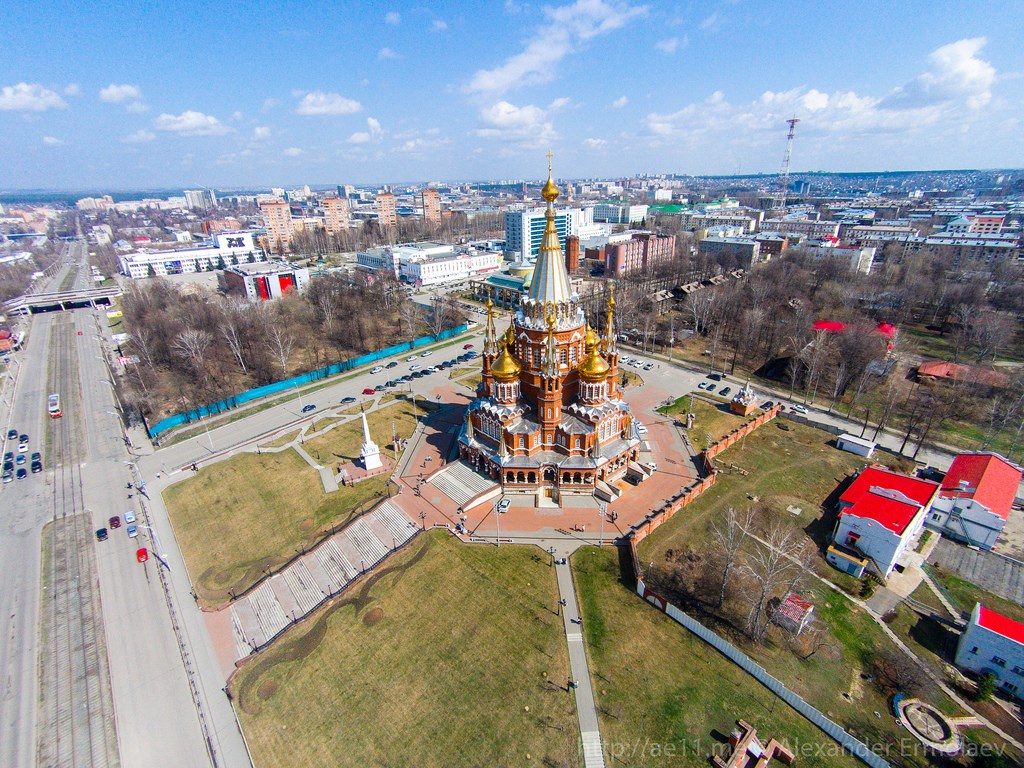
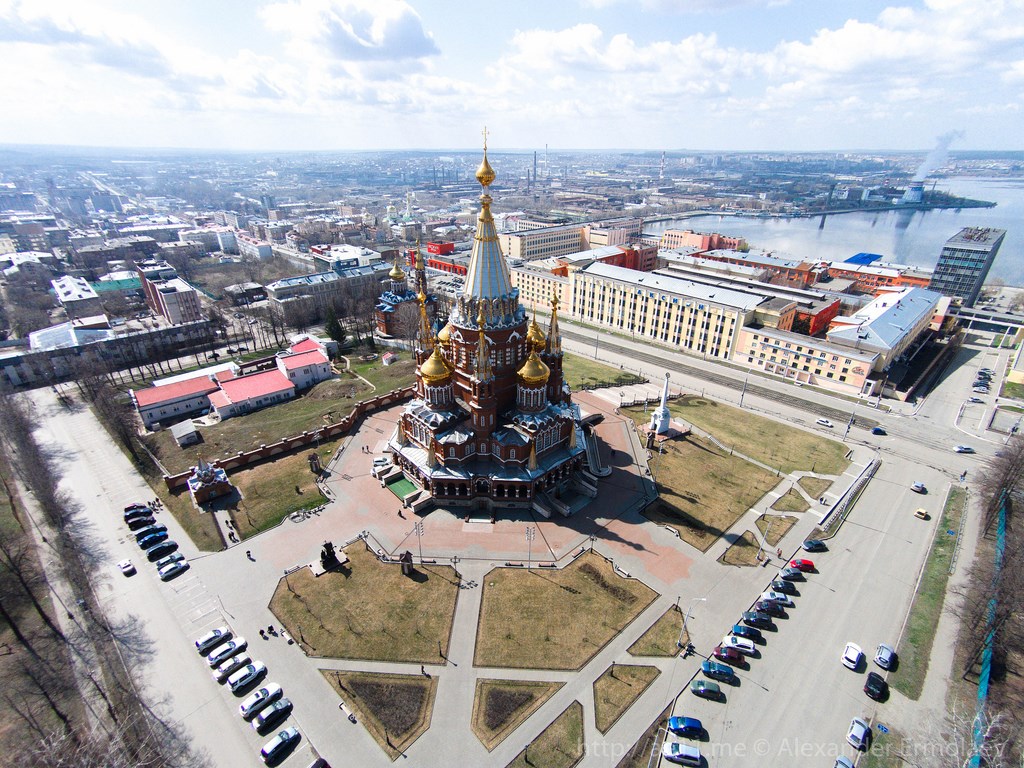
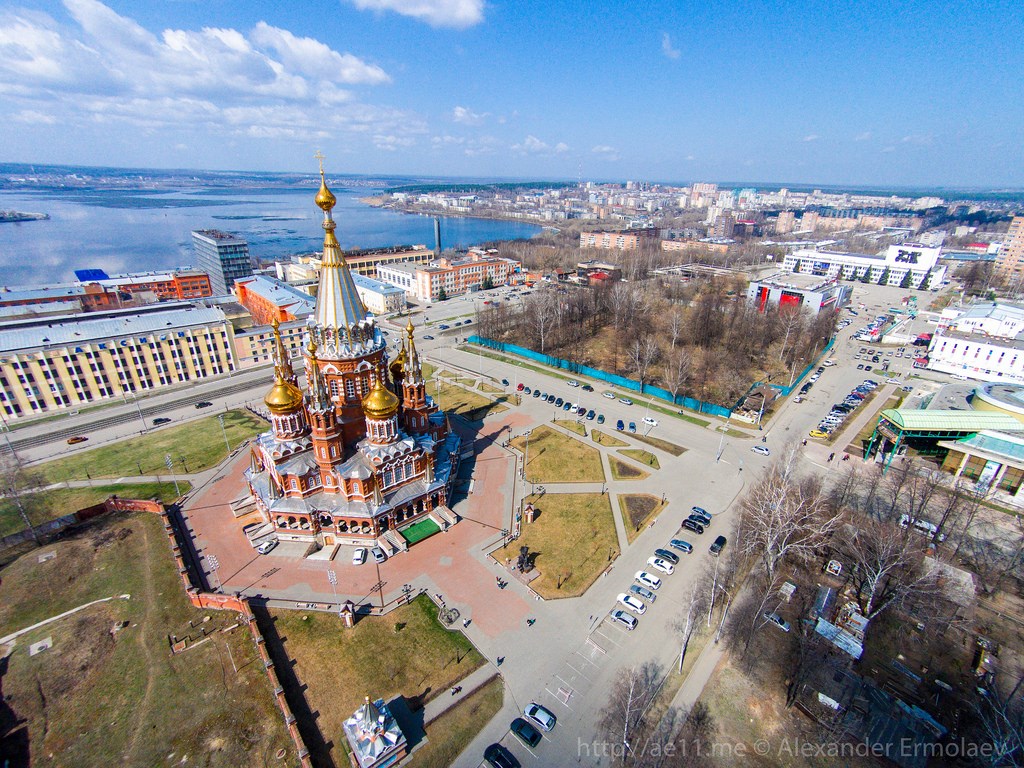
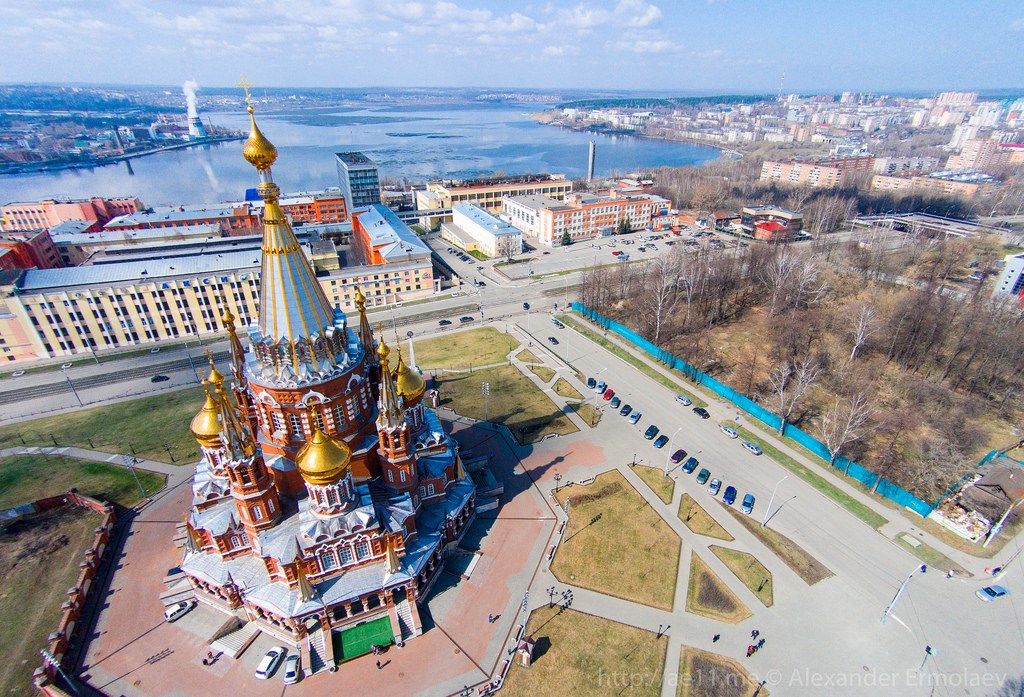
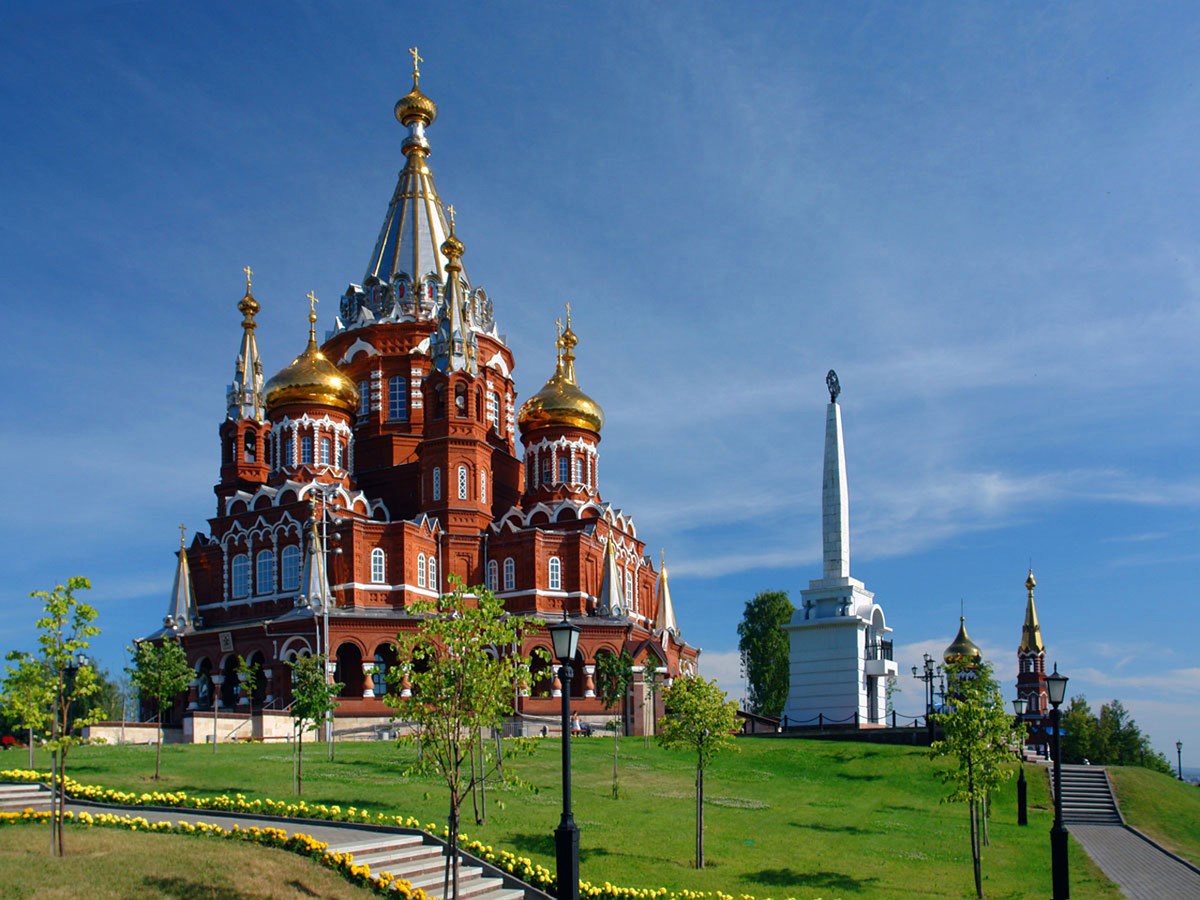
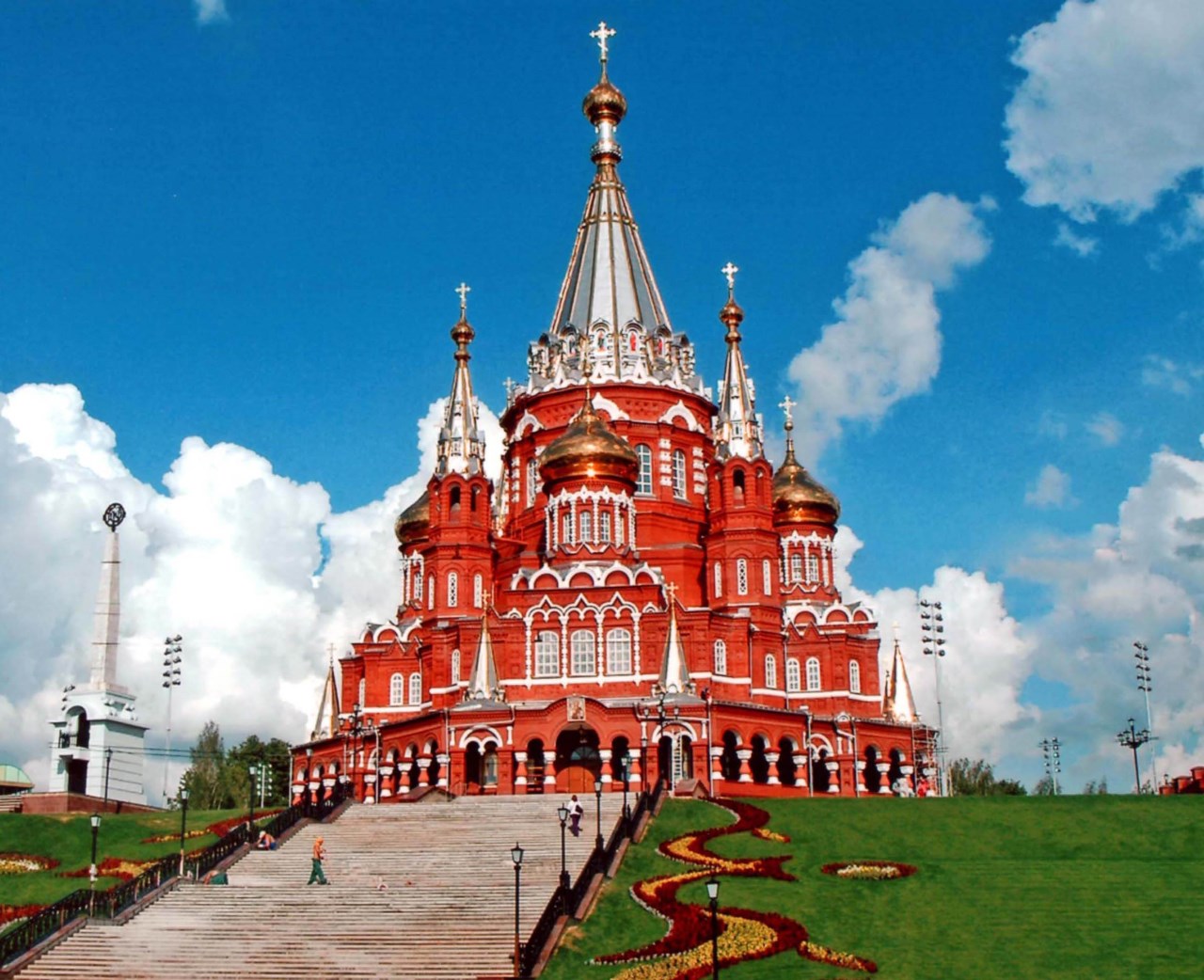
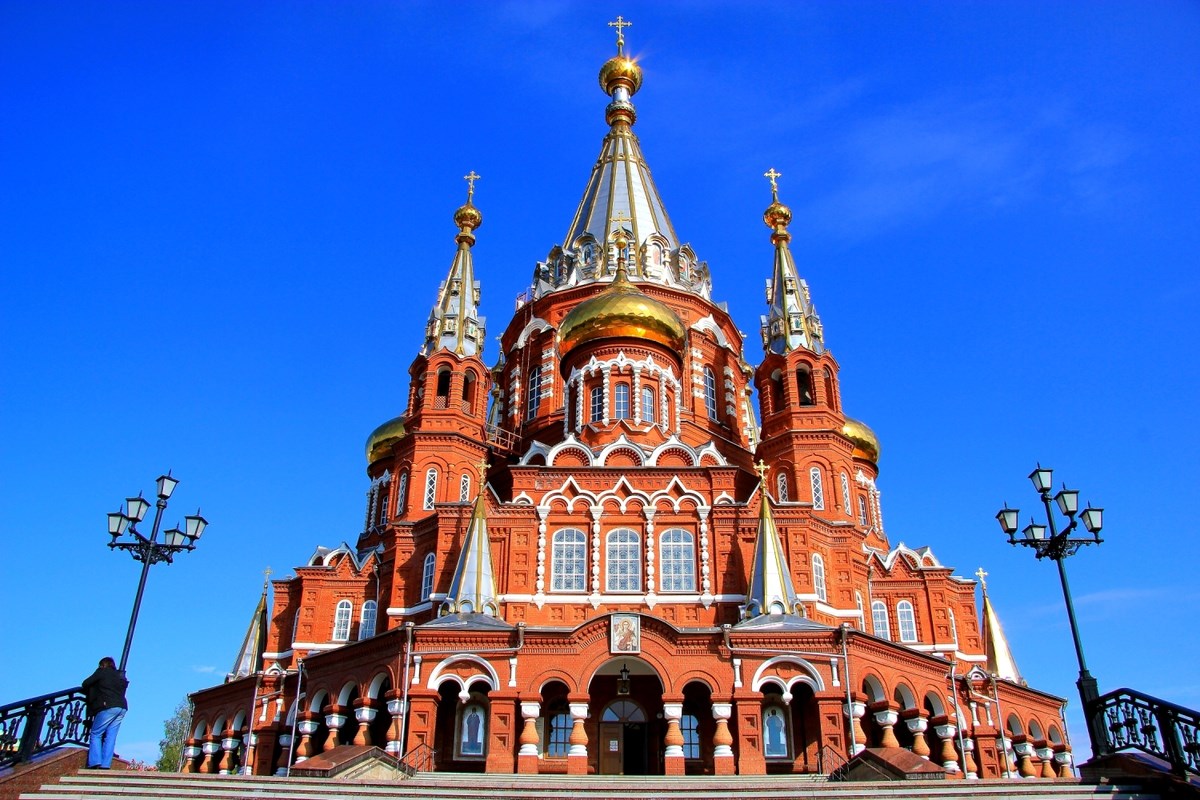
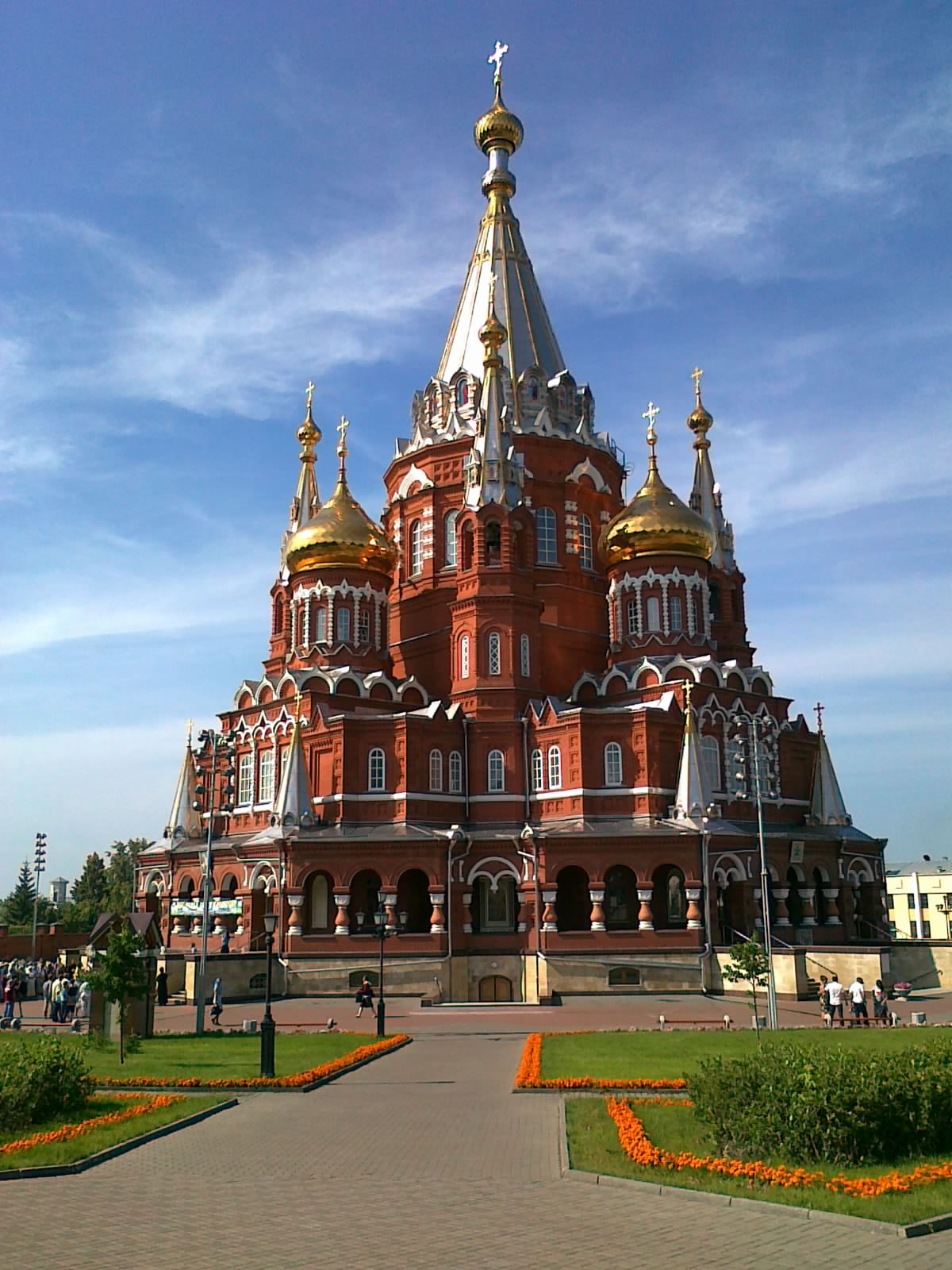
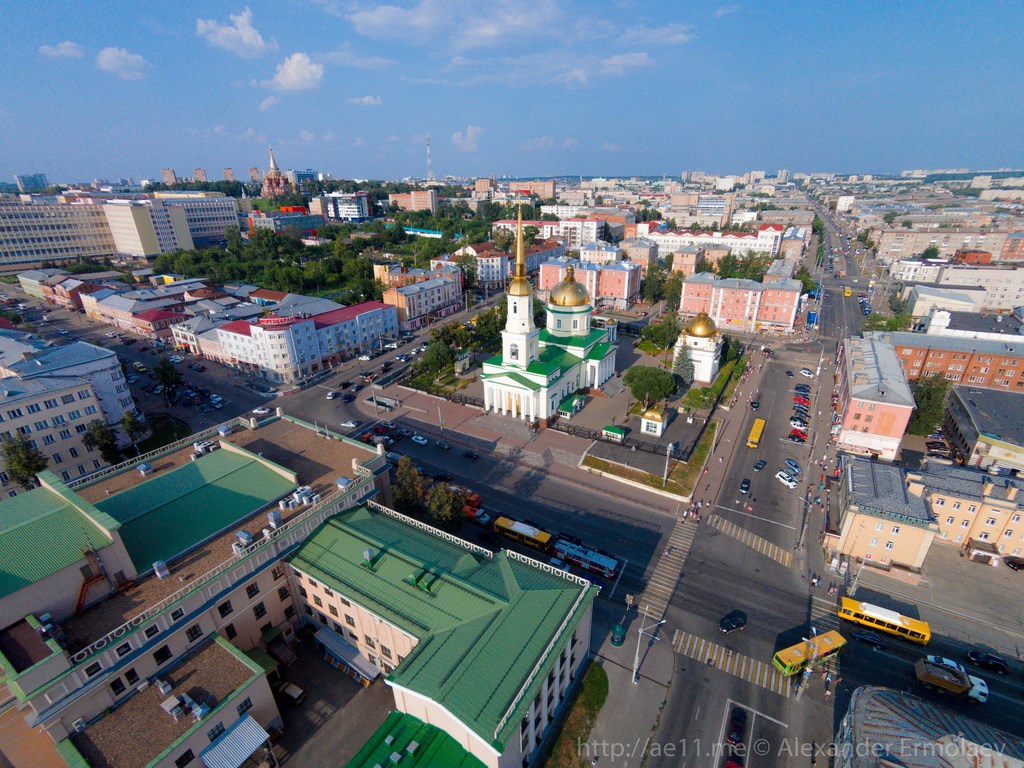
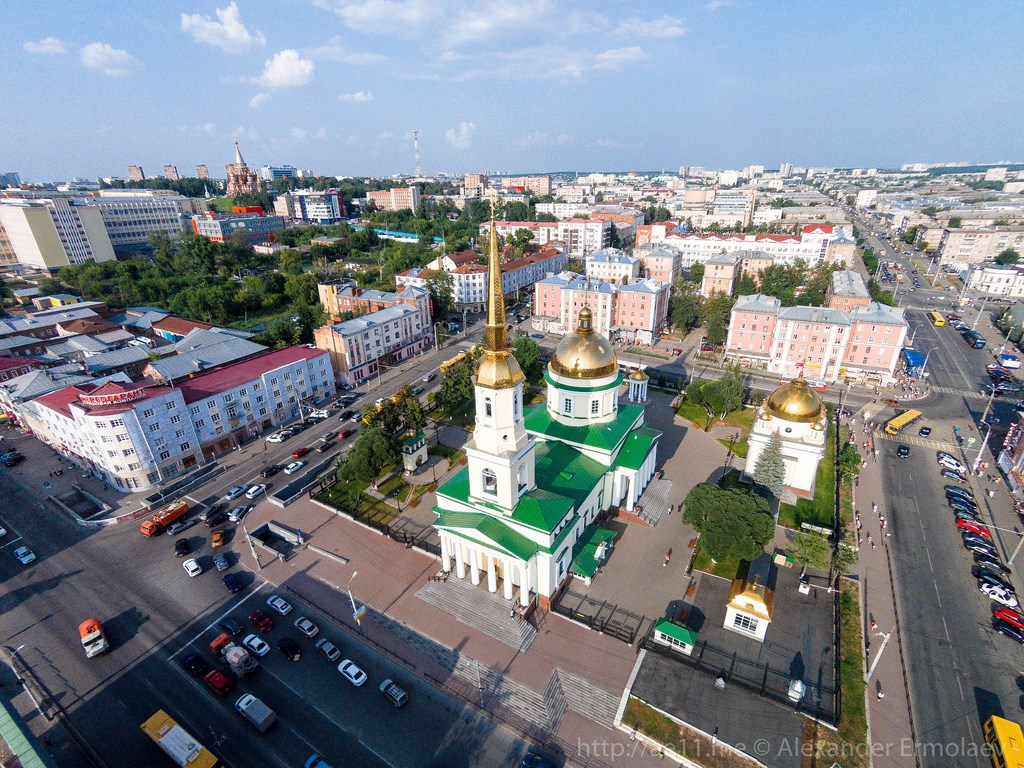
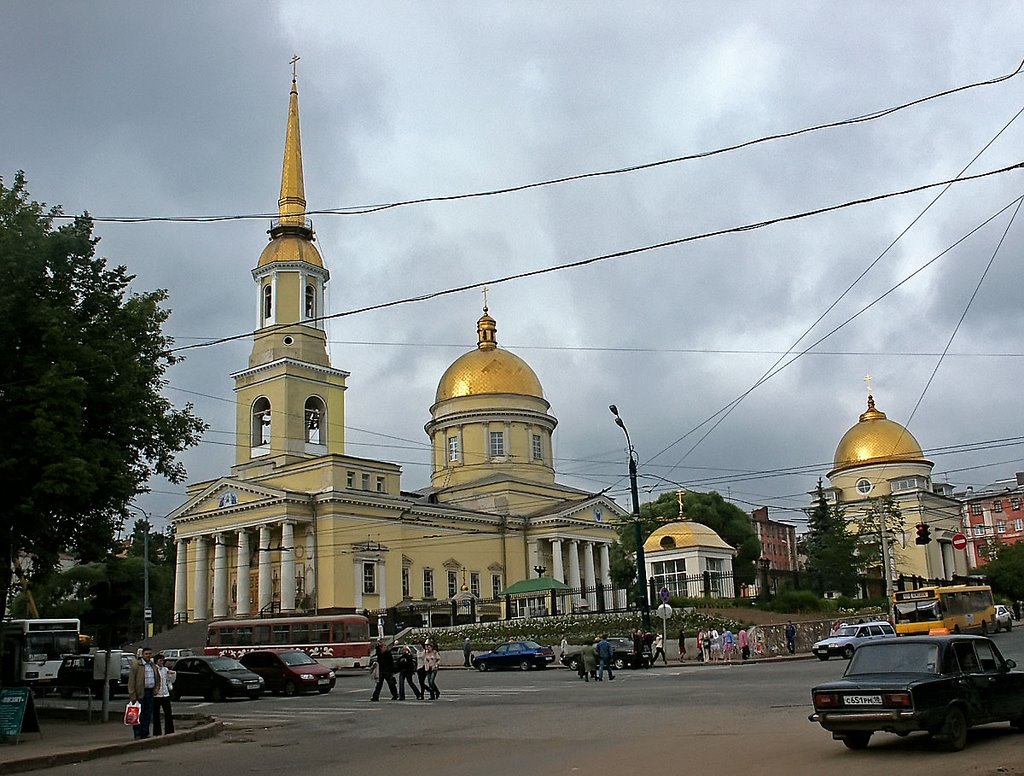

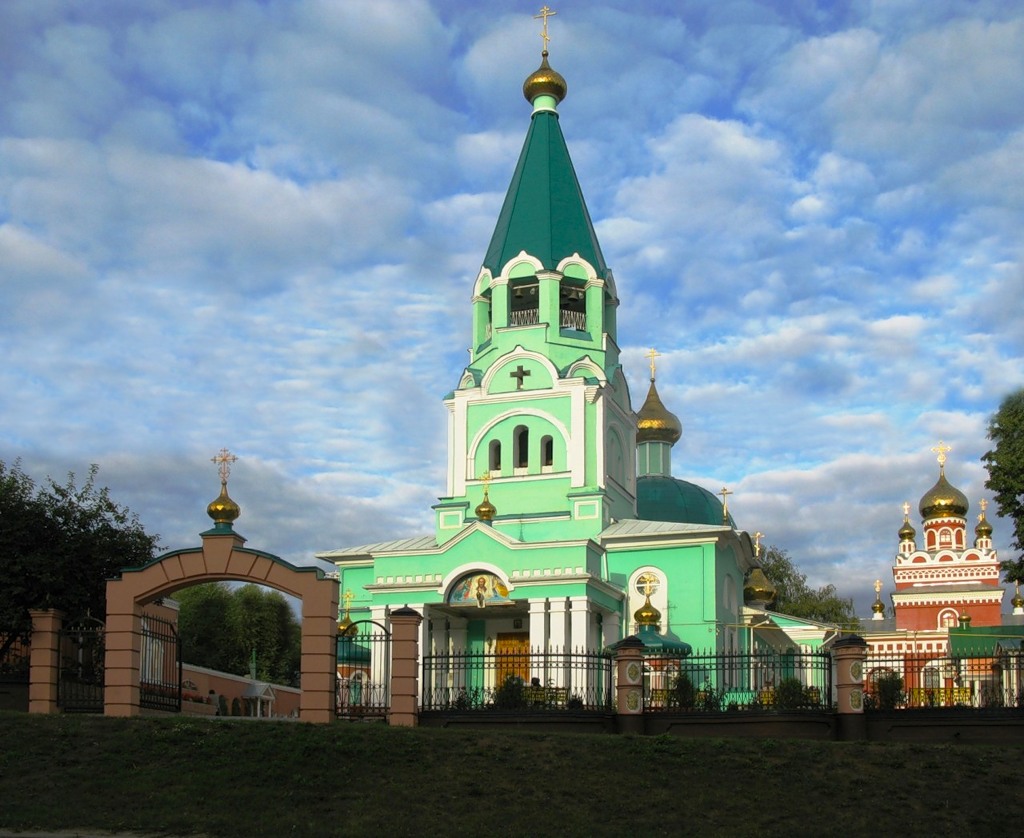
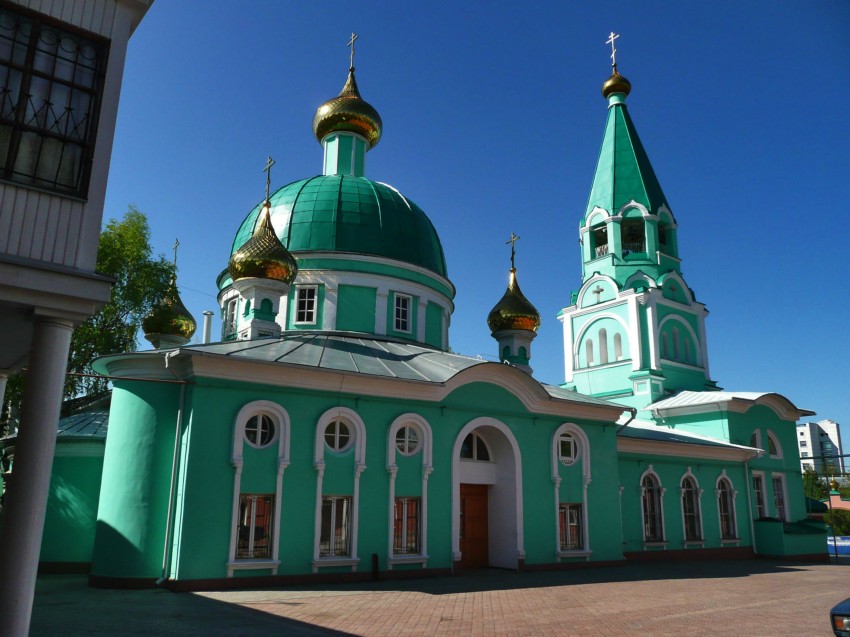
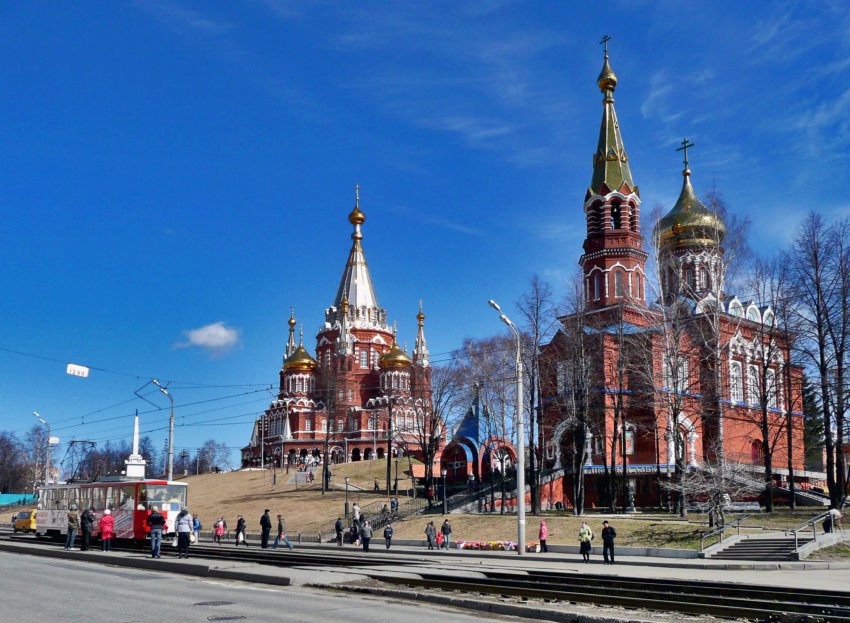
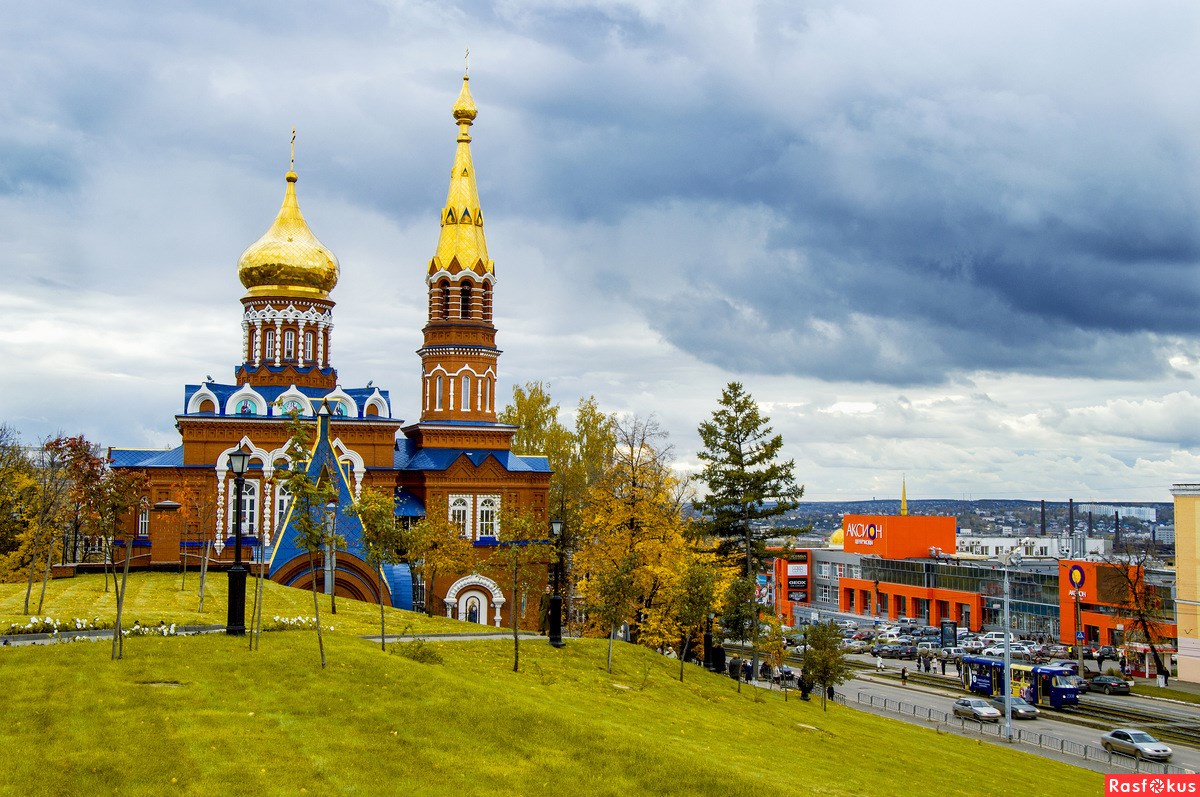
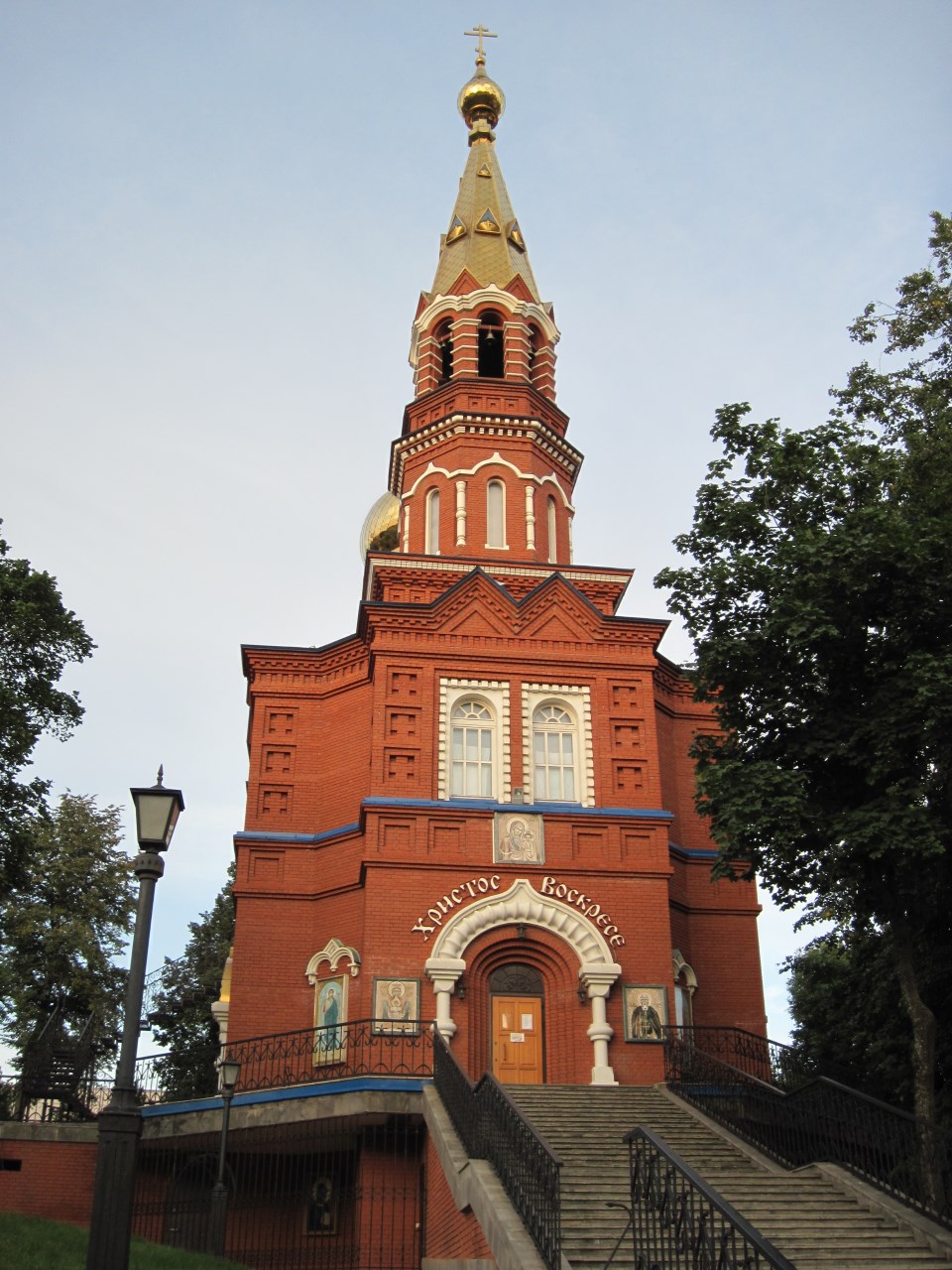
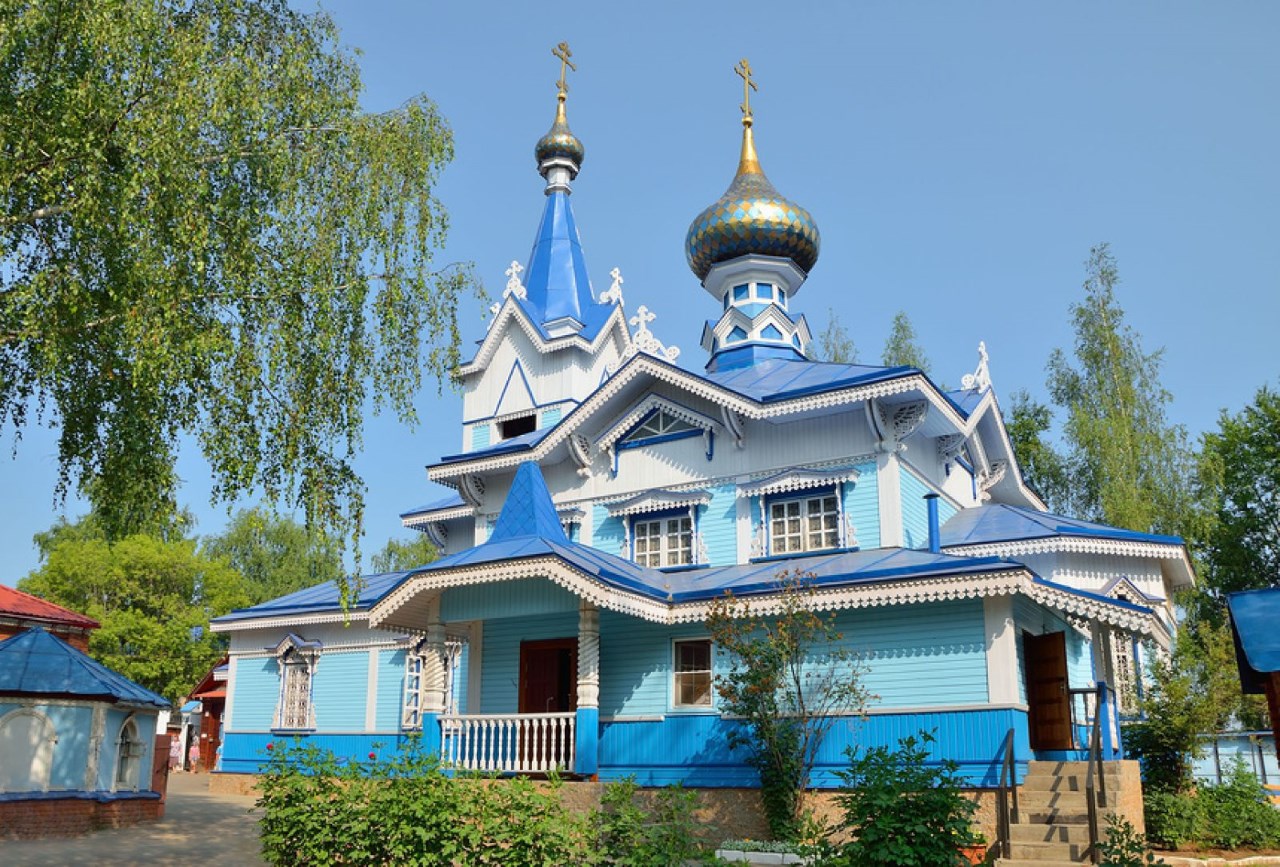
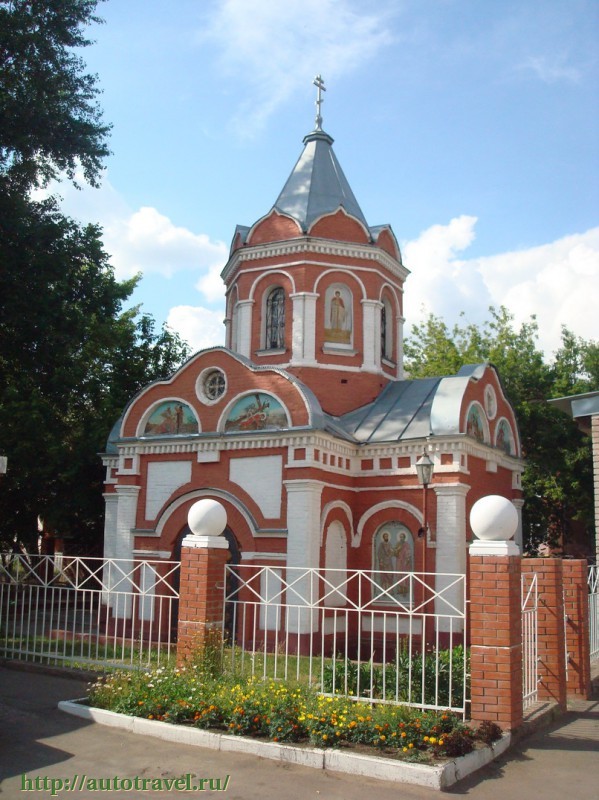
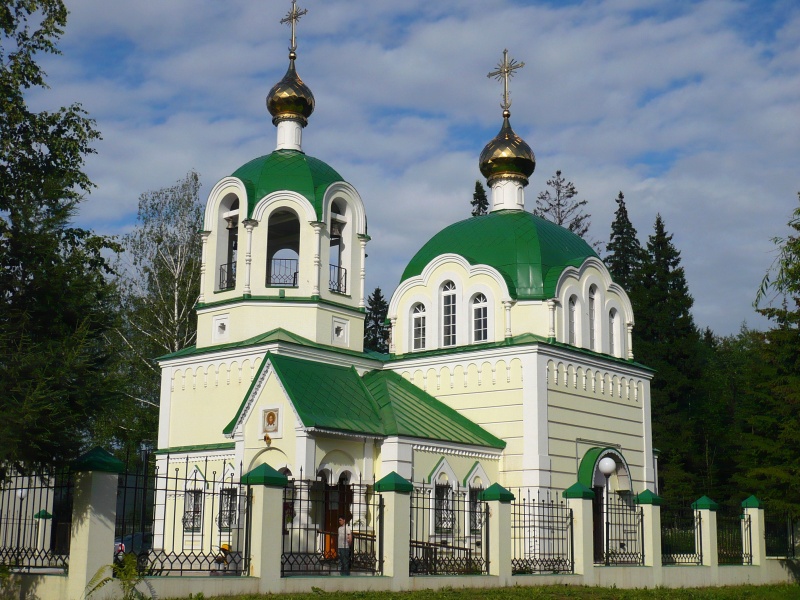
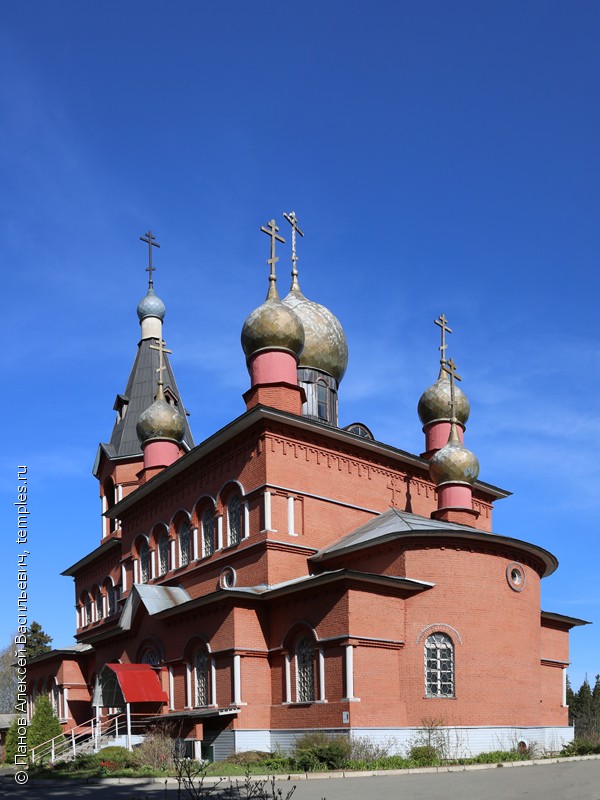
El antiguo Yak-42 de la empresa Izhavia en el que viajaba llegó desde Moscú a la capital de Udmurtia en menos de dos horas. El minúsculo y ordenado aeropuerto de Izhevsk estaba casi desierto. Pero allí me esperaba Farid, un particular que hace las veces de taxista y que me entretuvo con sus historias a lo largo de los 24 kilómetros que separan el aeropuerto de la ciudad.
Entre otras cosas, Farid me contó en el trayecto que a menudo recibe en su granja la visita de un erizo. De hecho, aquí hay muchos erizos. El patio del legendario diseñador de armas Kaláshnikov, que recientemente cumplió 93 años y al que los lugareños se refieren con especial calidez como nuestro Mijaíl Timoféyevich, alberga una casita especial en la que se cobija una familia completa de erizos…
Con el mismo cariño se habla aquí de Andréi Deriabin, fundador de la fábrica de armas de Izhevsk, que dio inicio al desarrollo de esta ciudad como un importante centro industrial. Fue en la primavera de 1807 cuando Deriabin, a petición del emperador Alejandro I, inició la construcción de la fábrica junto al río Izh. Las primeras armas se fabricaron ya en otoño de ese mismo año.
En el museo Izhmash, ubicado en un antiguo palacete de piedra que se conserva en la ciudad desde 1804, se puede conocer toda la historia de la fábrica. El museo cuenta con una exposición de numerosos tipos de fusiles producidos en la fábrica a lo largo de sus 200 años de historia. Entre las muestras encontramos una carabina con el grabado I. V. Stalin, y también modelos de recuerdo a escala 1:3 del fusil de francotirador Dragunov y del fusil de asalto Kaláshnikov del cual los fabricantes regalaron un ejemplar de la serie más reciente a Vladímir Putin por su 60 cumpleaños en octubre del año pasado.
Momentos difíciles
Es evidente que la fábrica no está pasando por sus mejores momentos. La producción militar está prácticamente detenida: el Ministerio de Defensa tiene unas reservas ingentes de armas automáticas. La demanda ha caído hasta tal punto que, en este momento, solo se mantiene una cadena de producción.
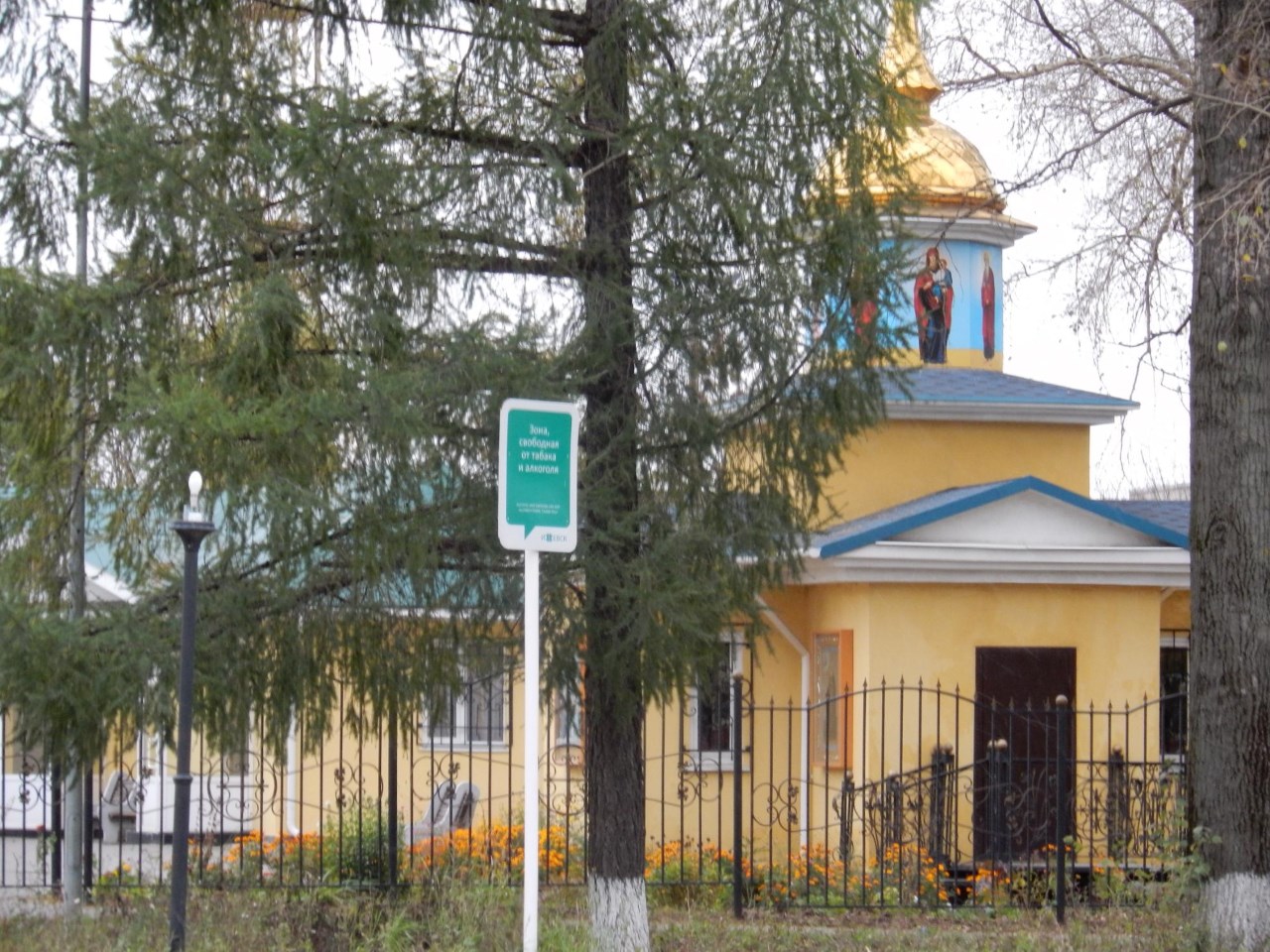
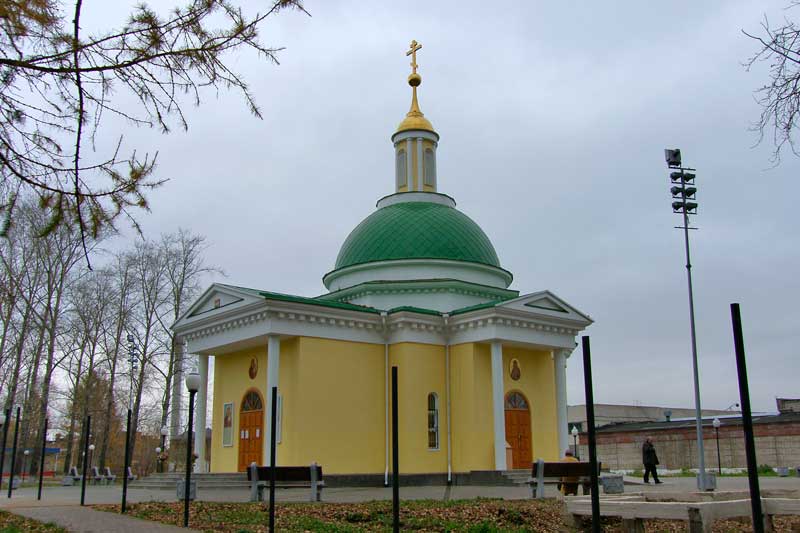
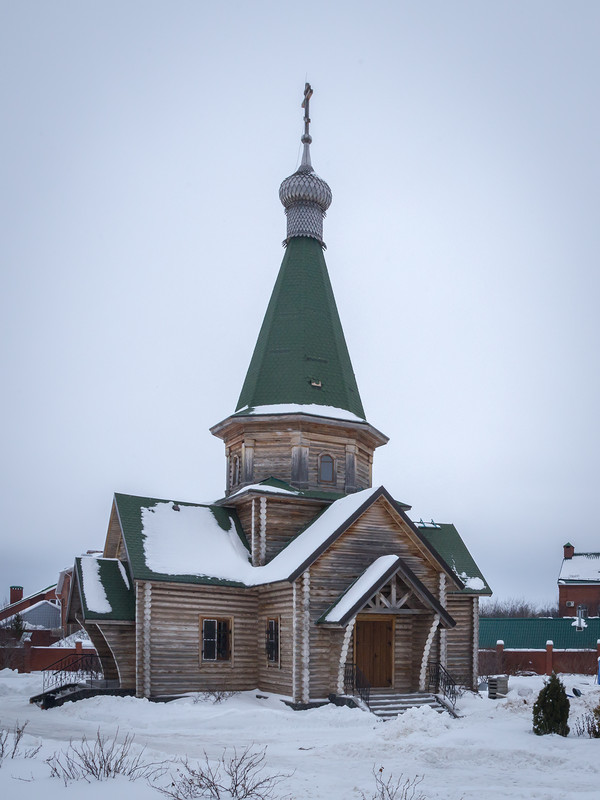

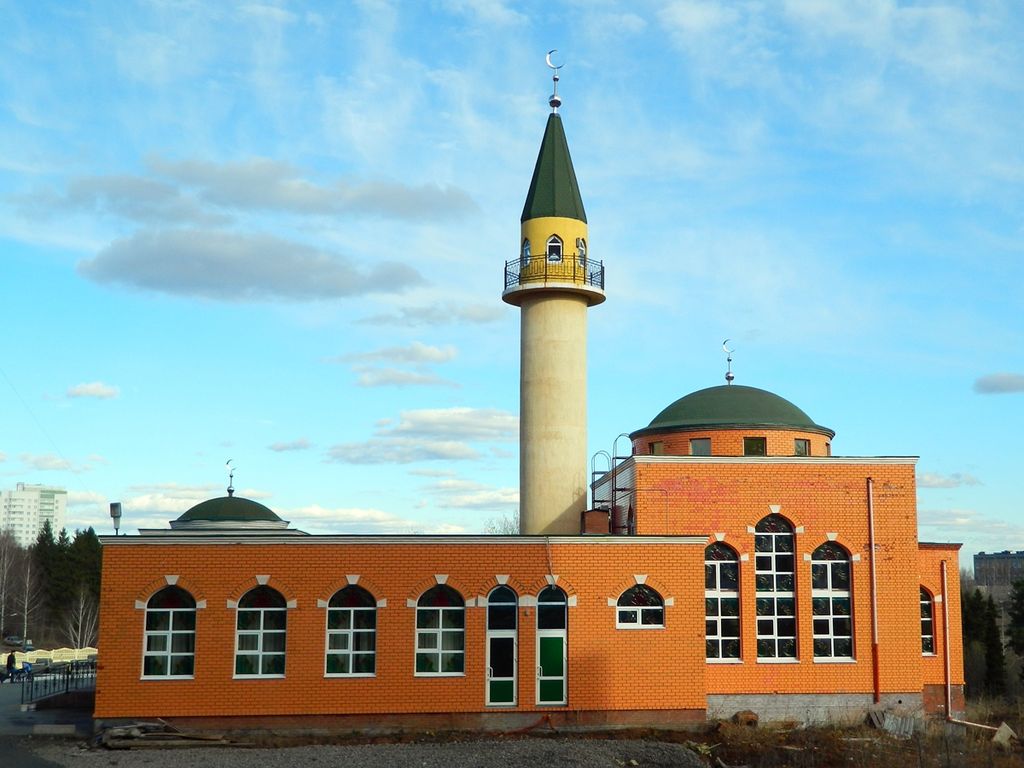
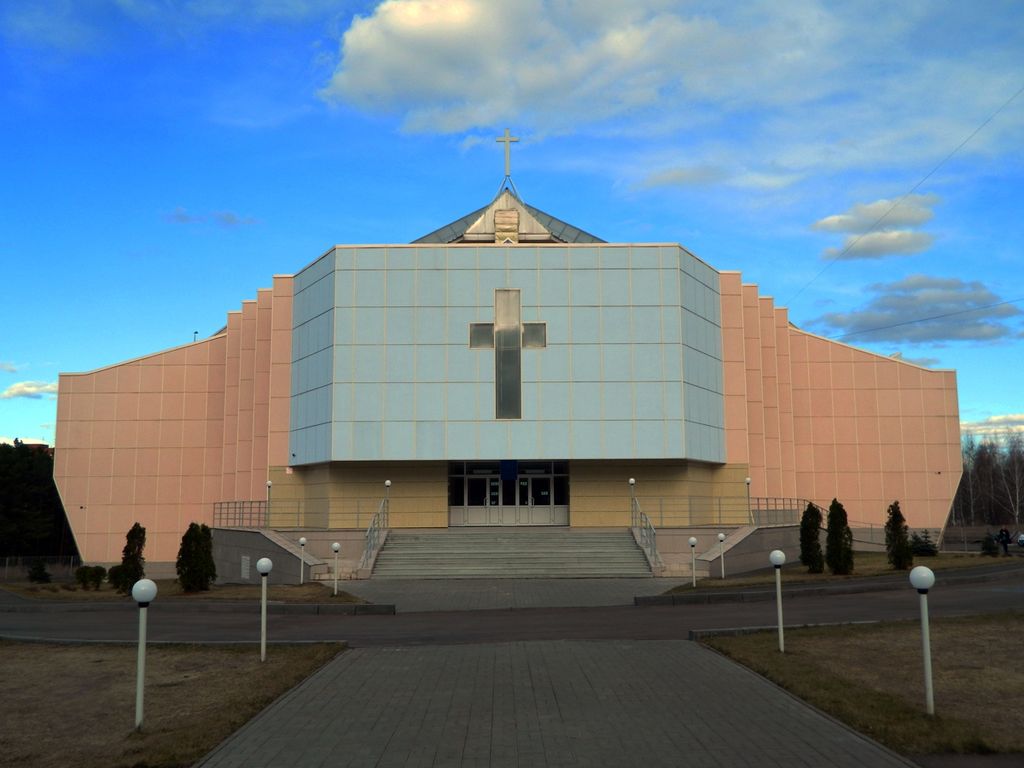
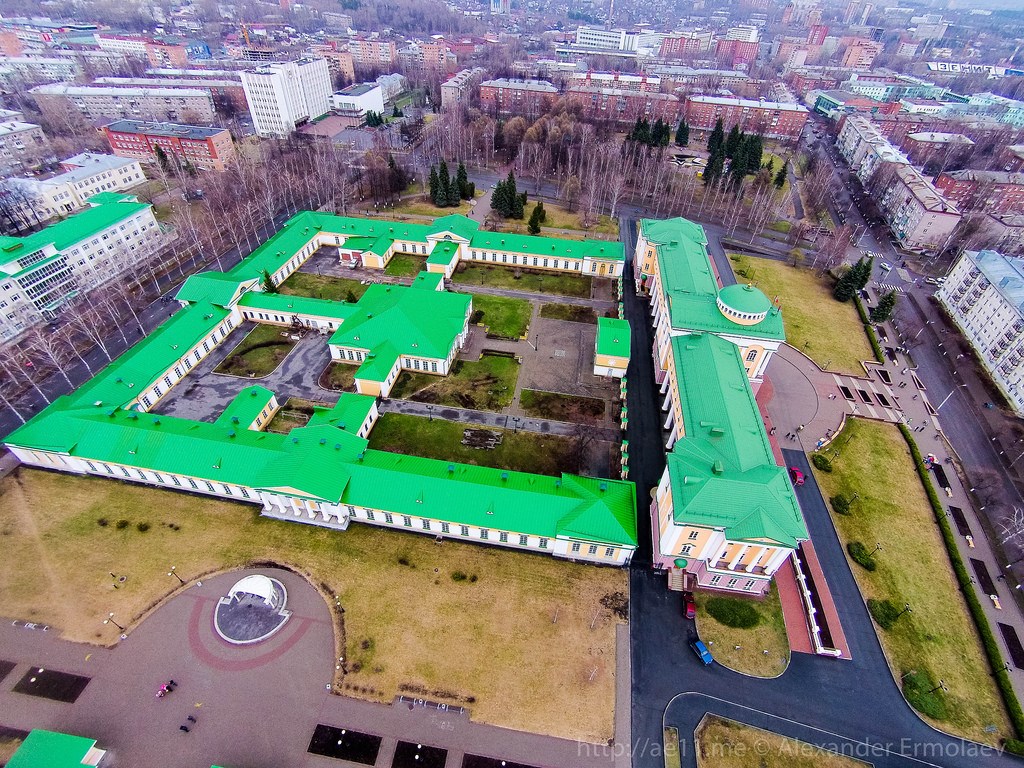
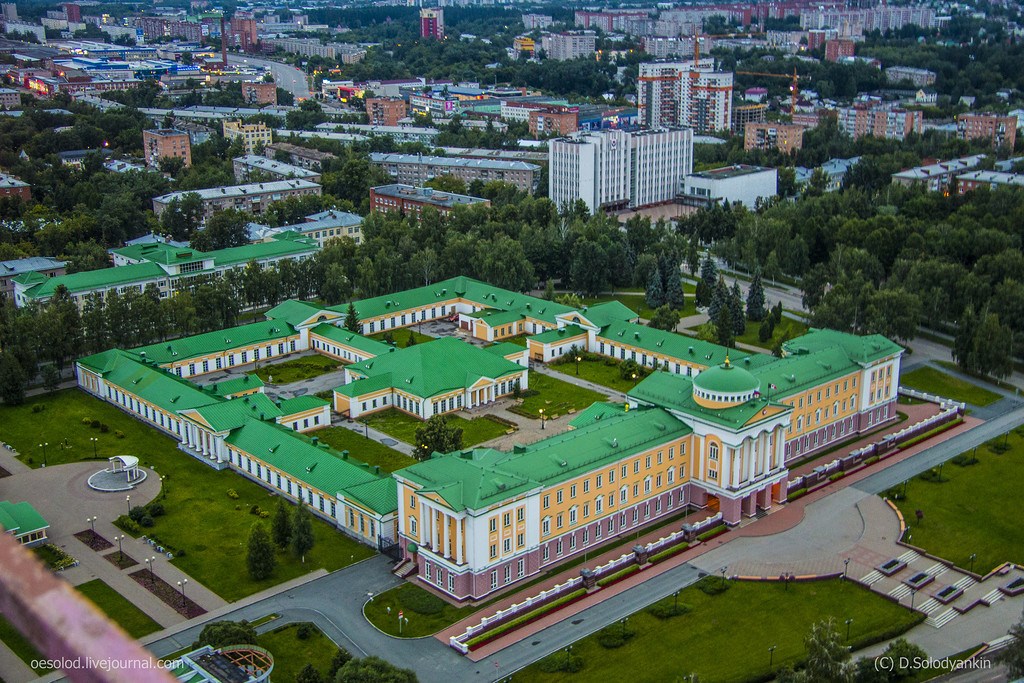
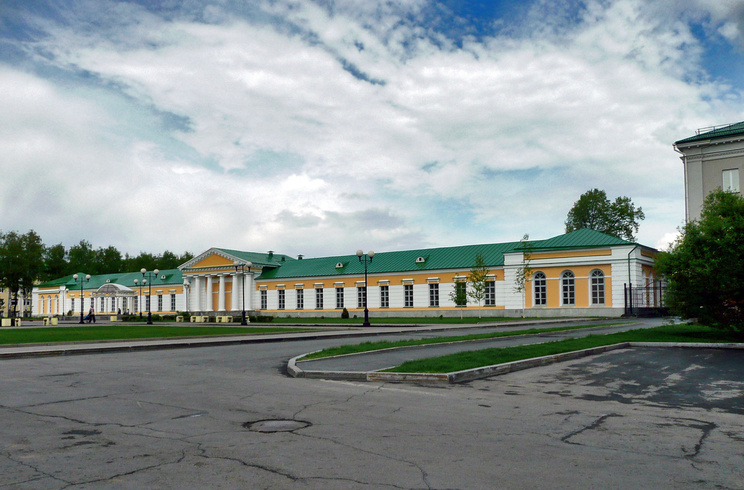
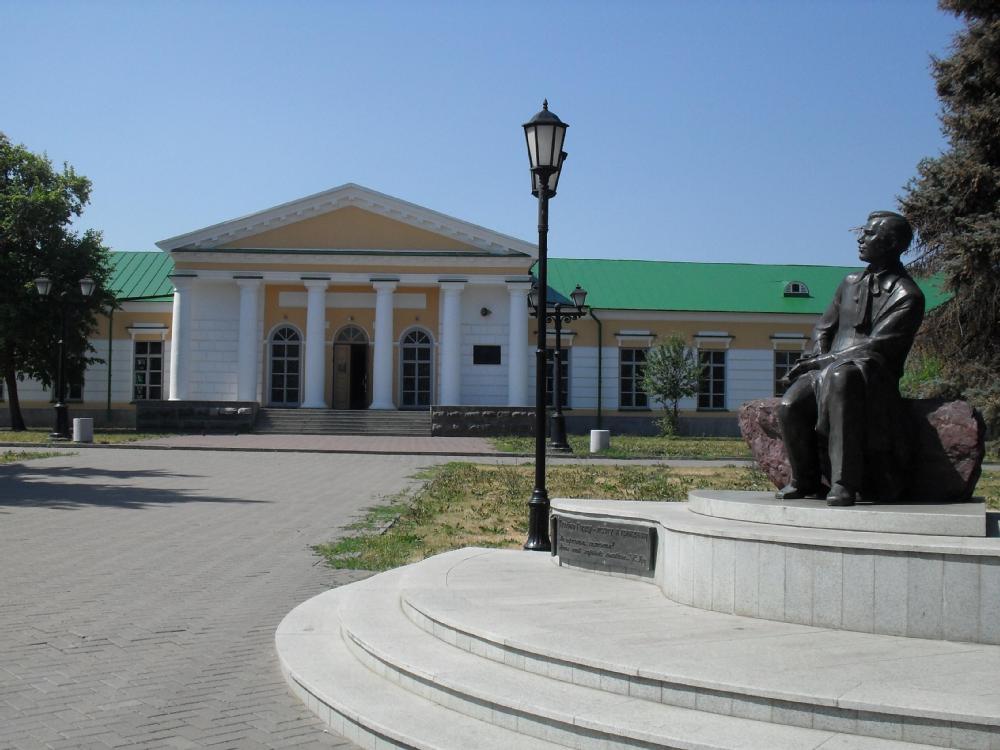
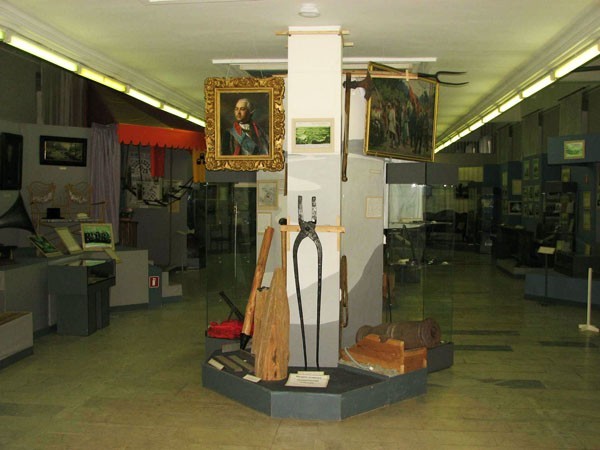
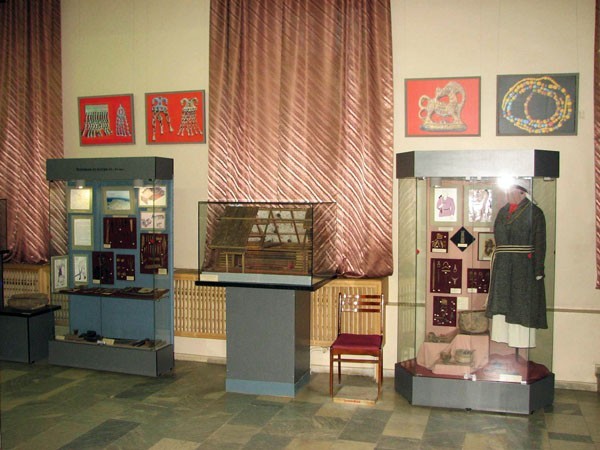
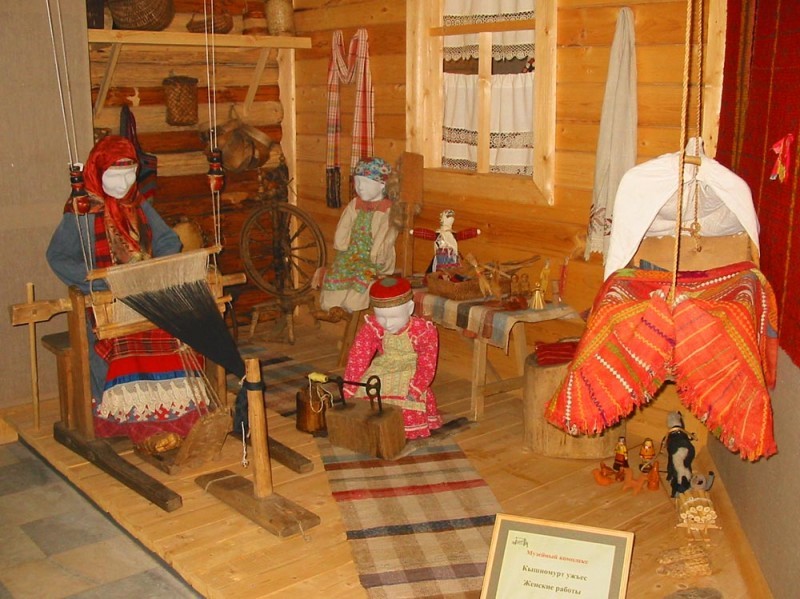
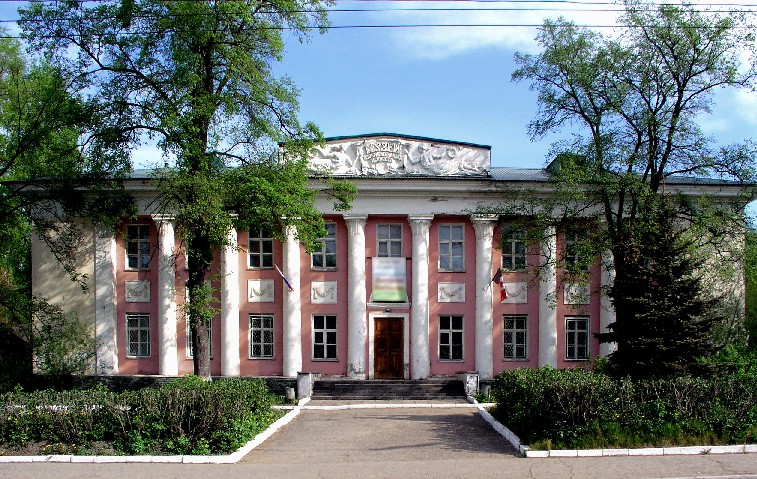
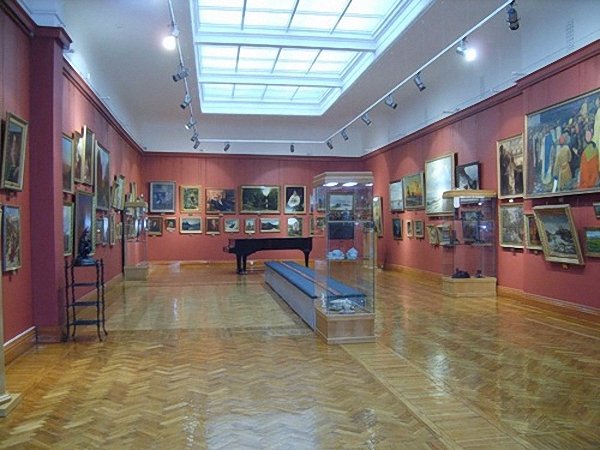
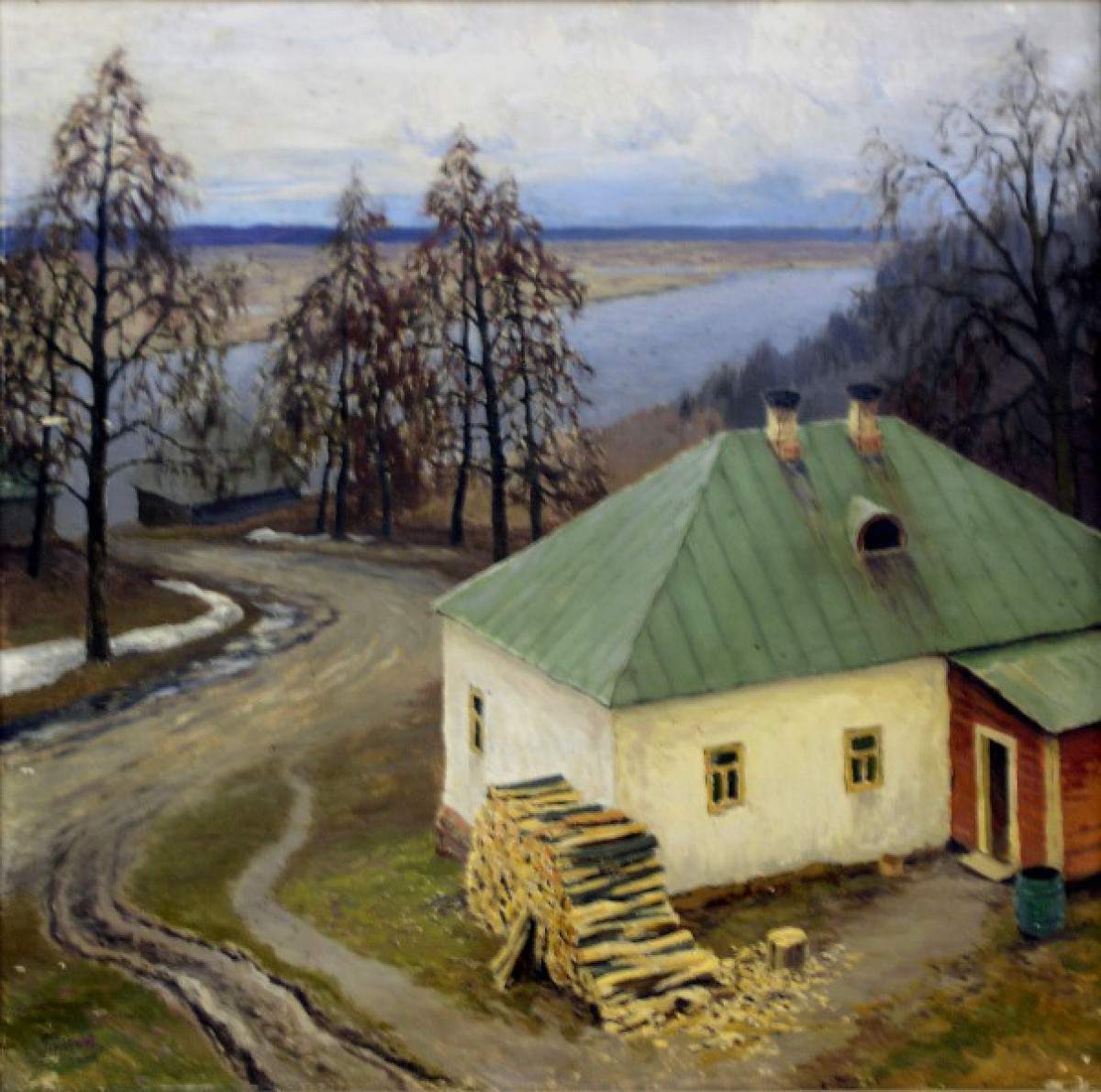
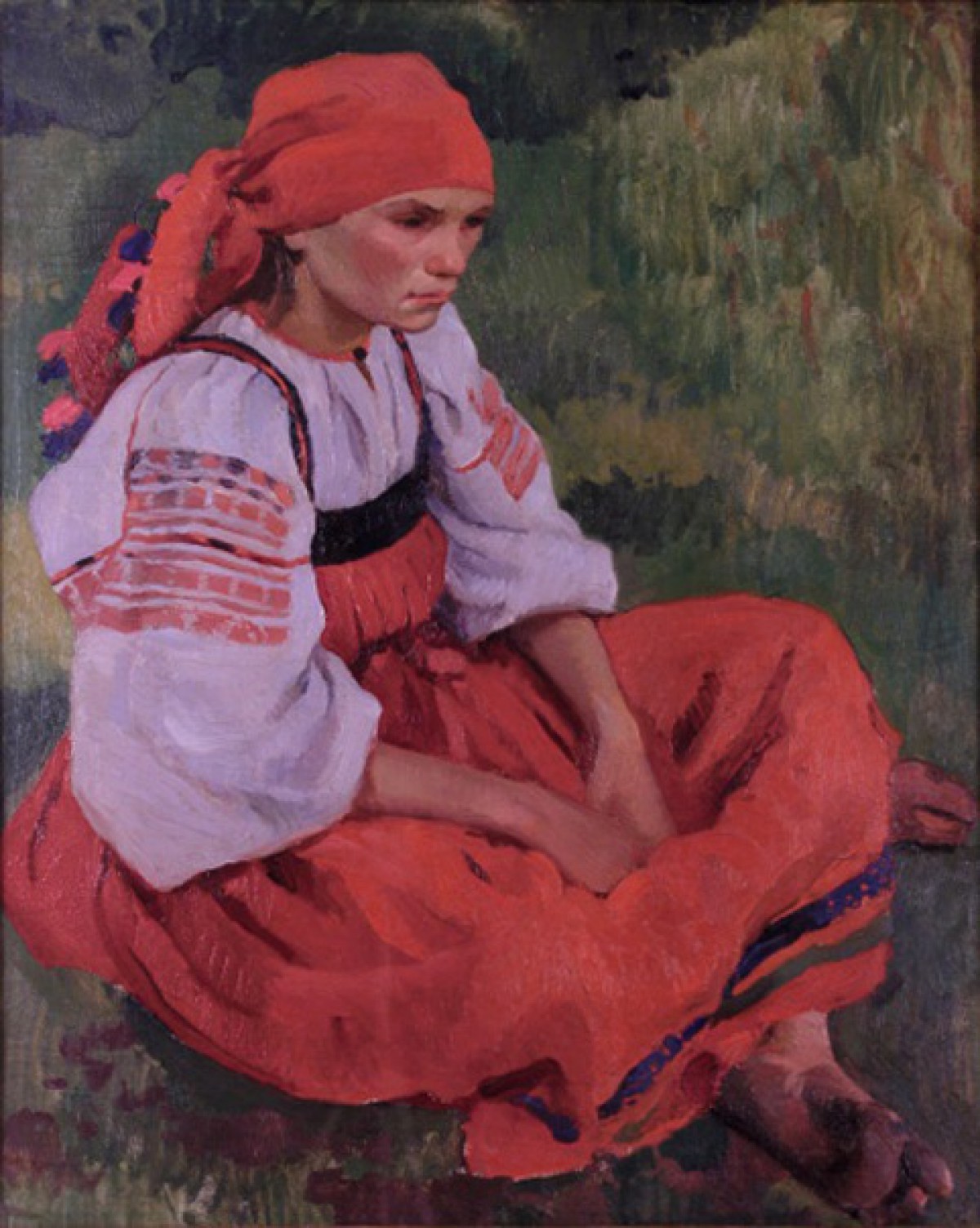
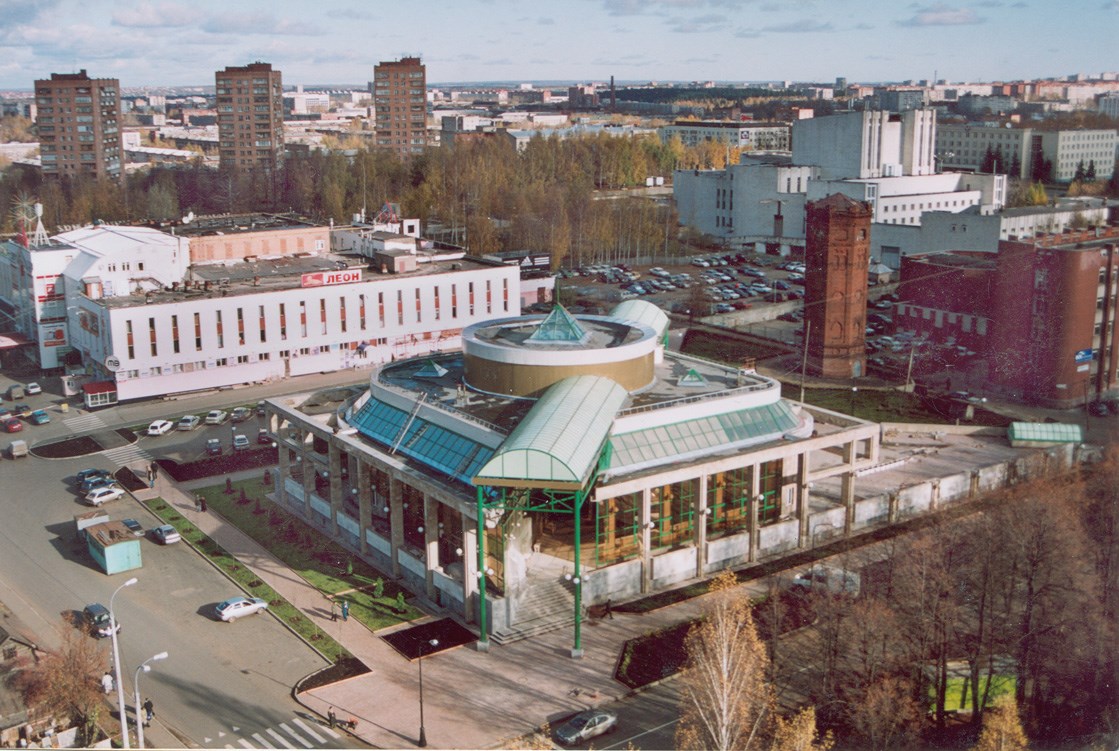
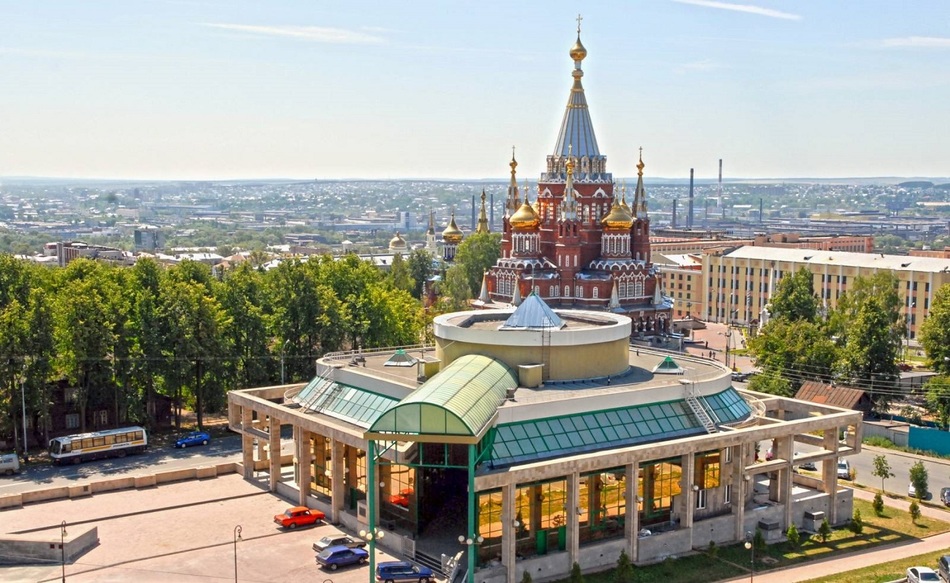
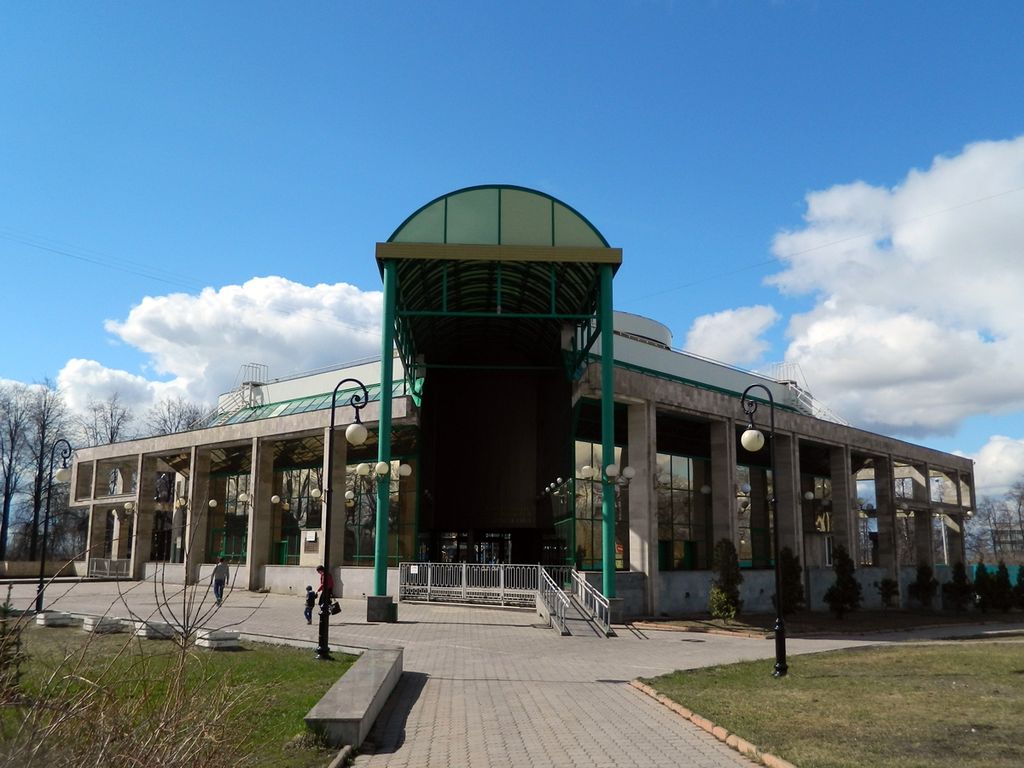
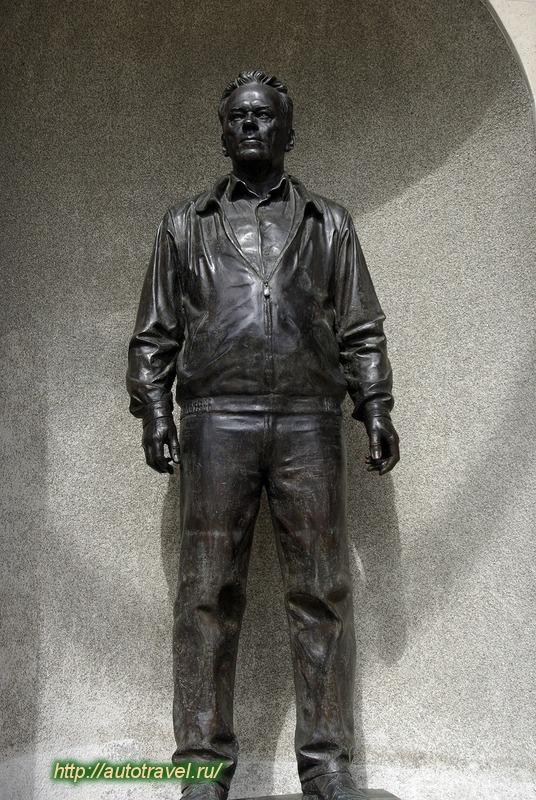
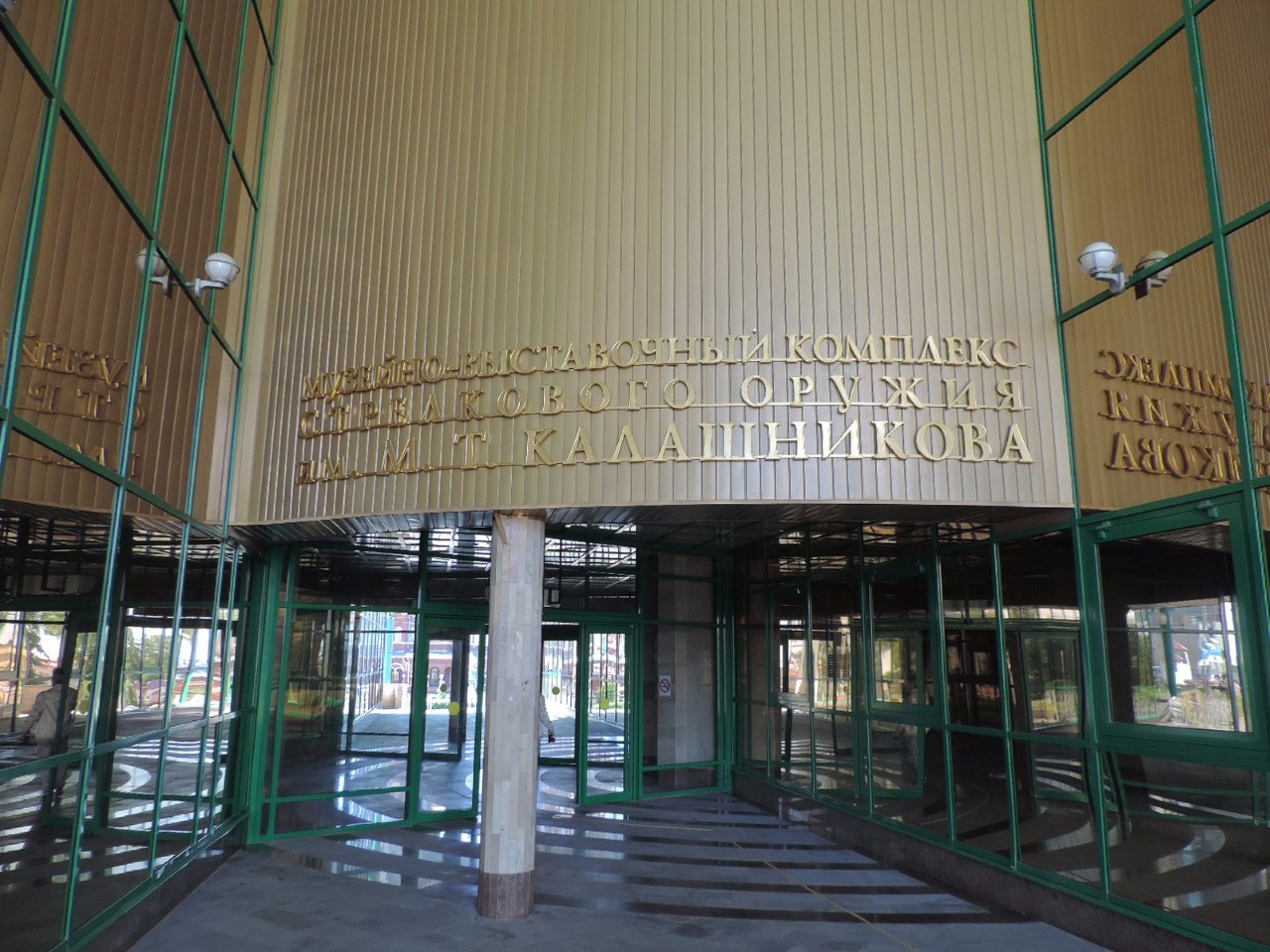
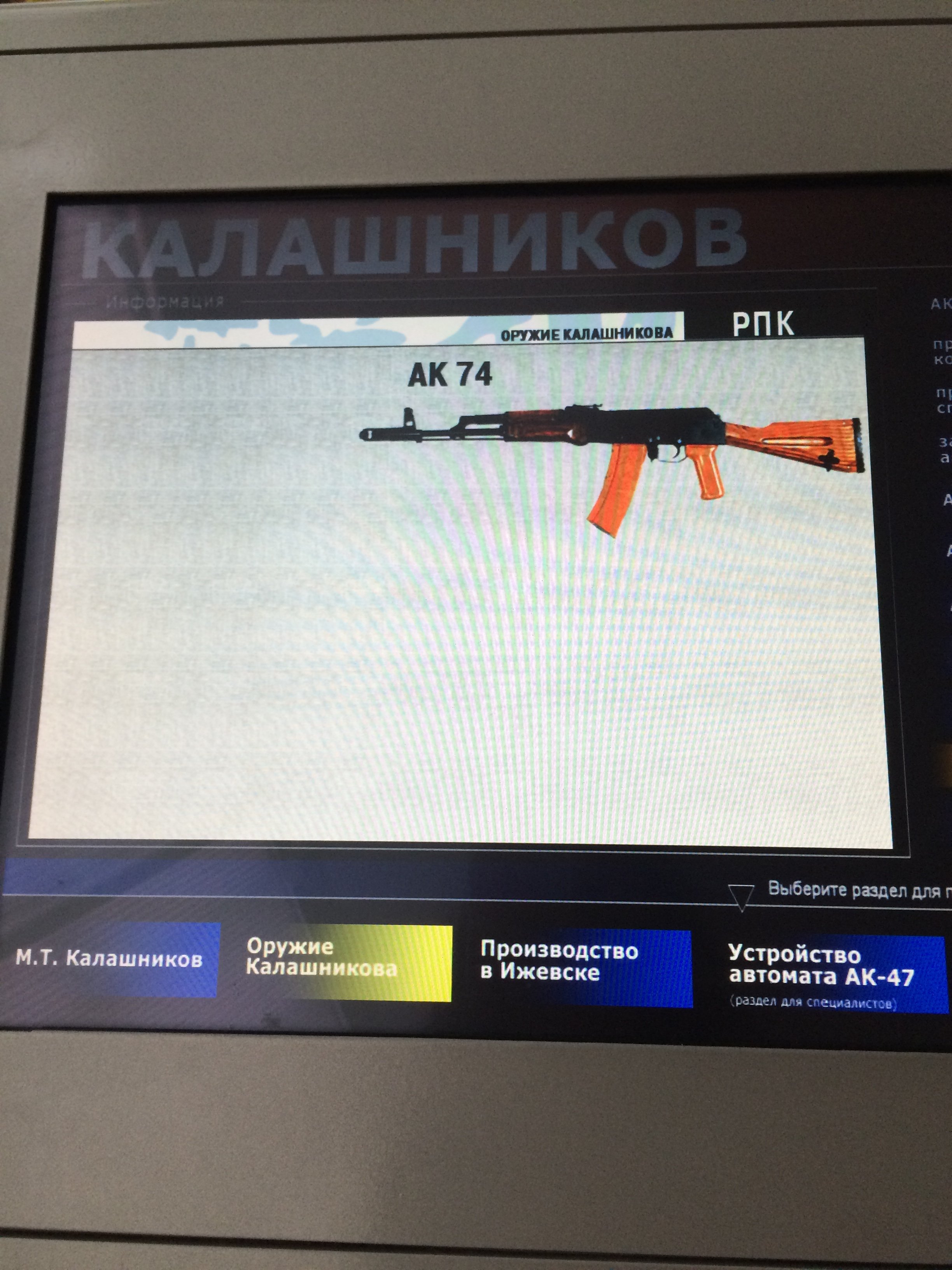
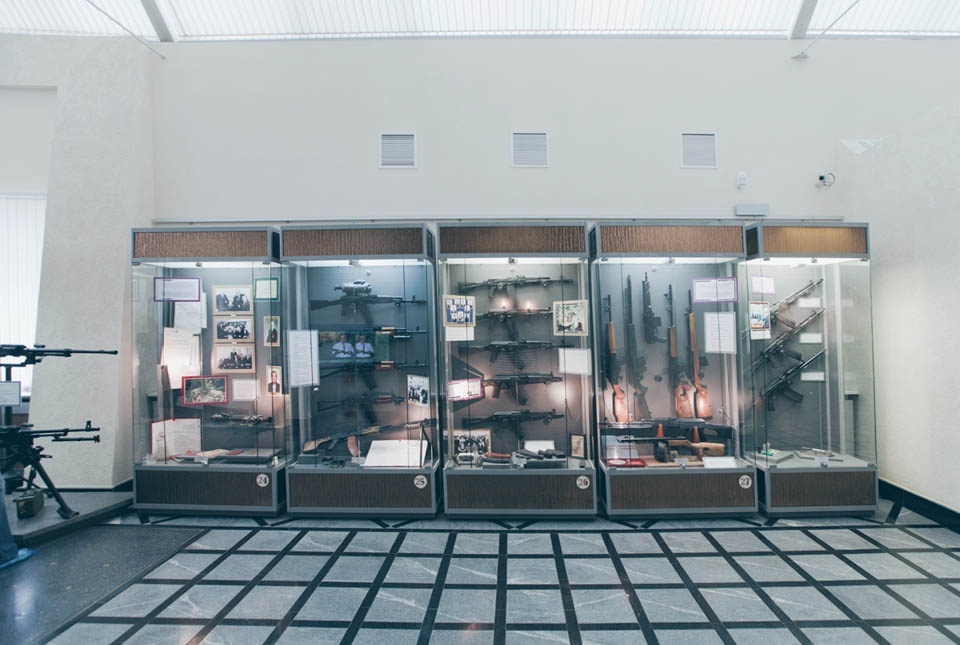
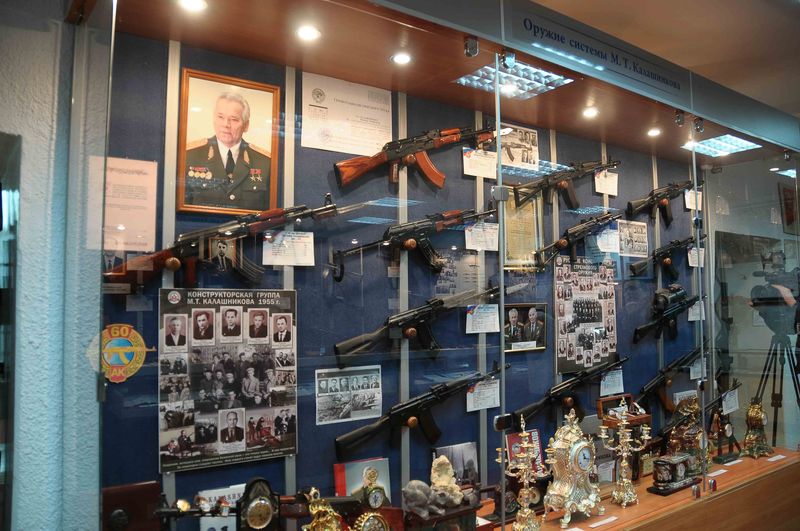
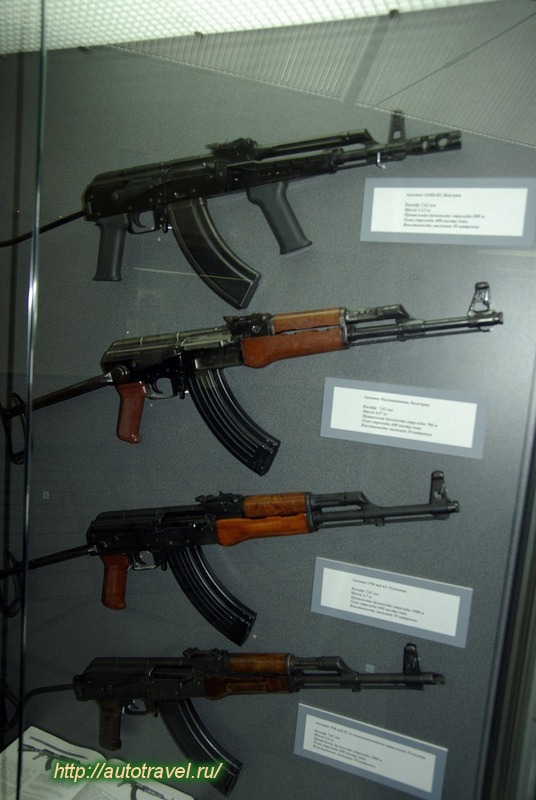
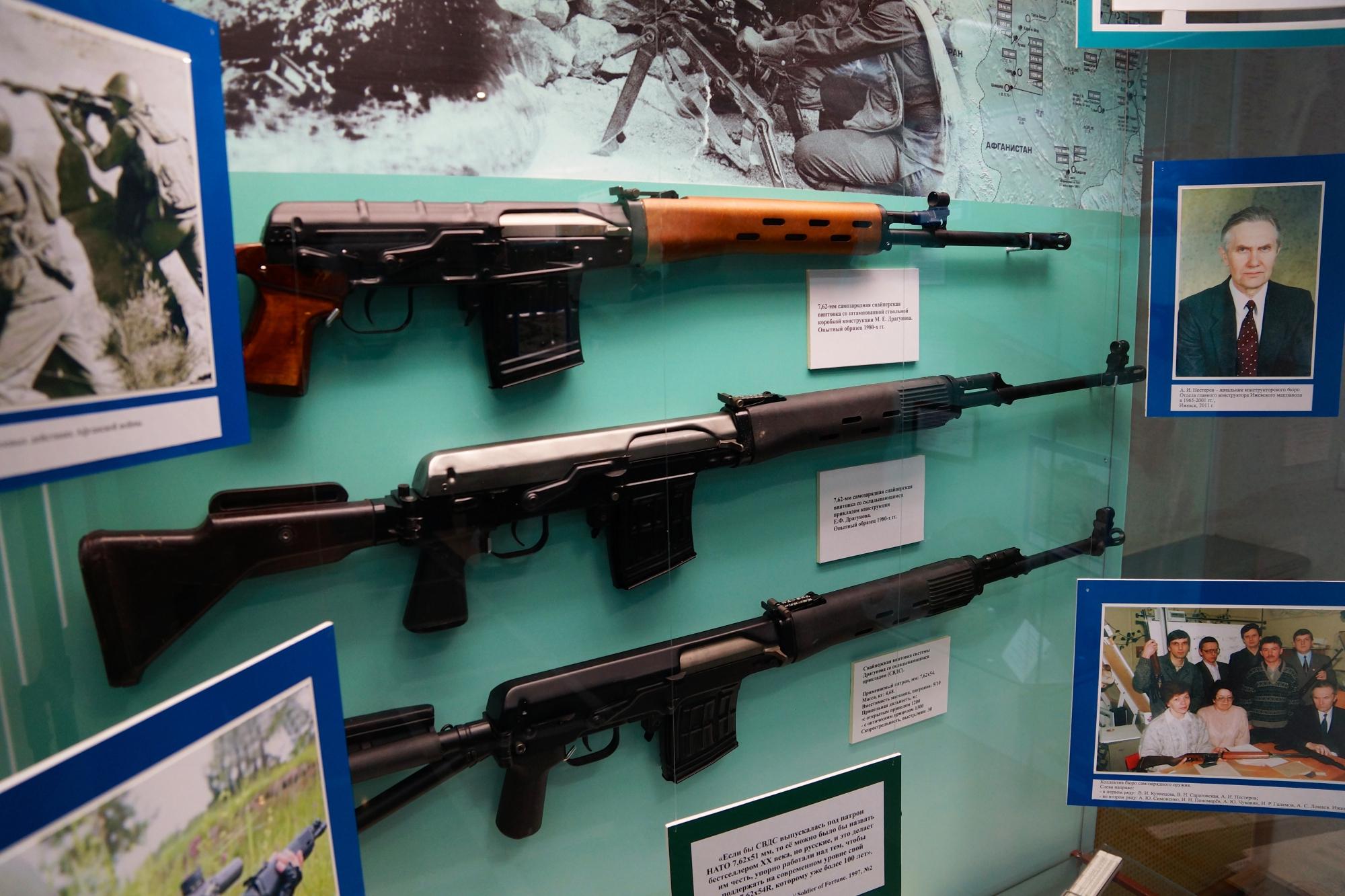

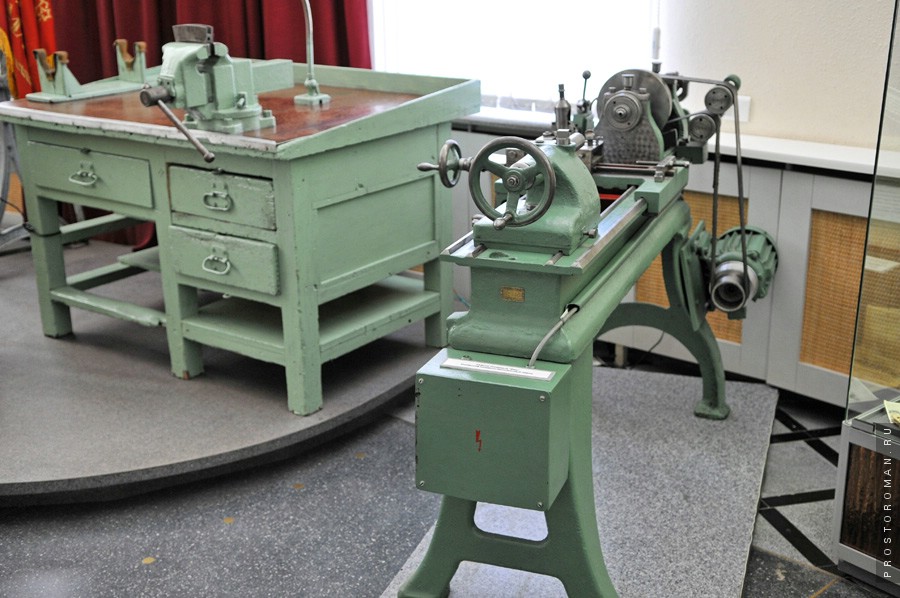
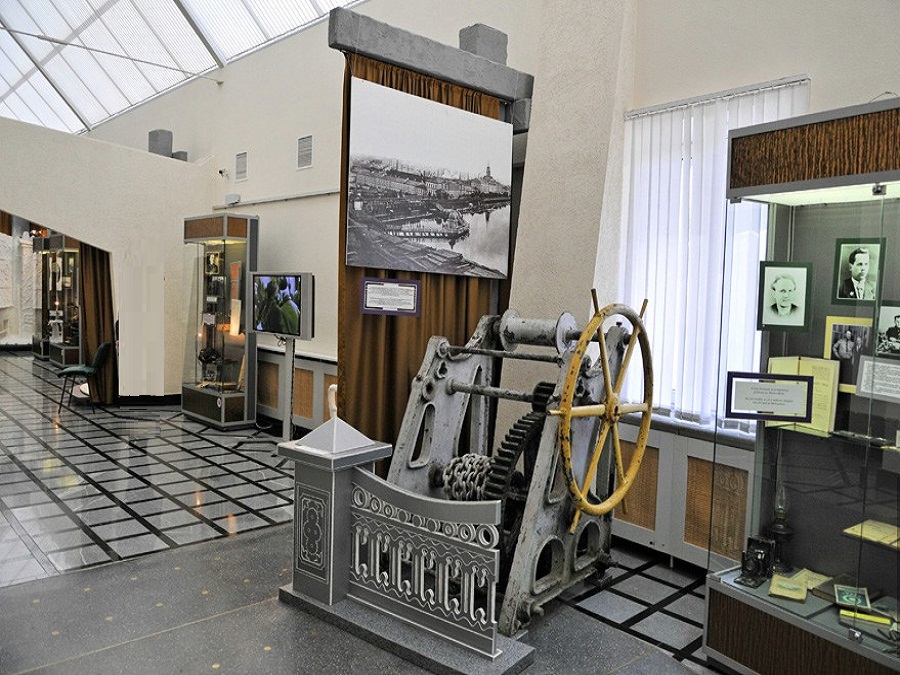
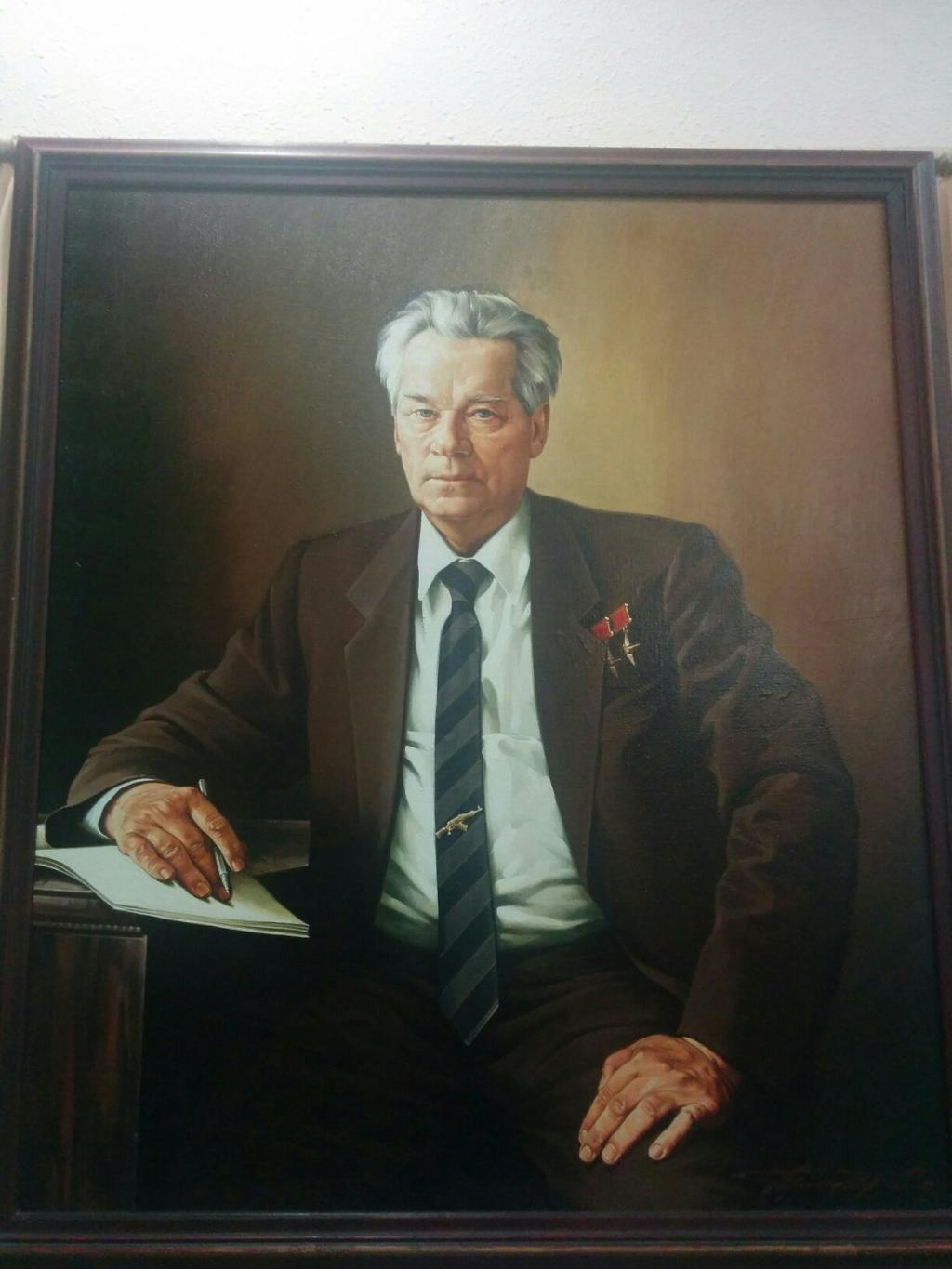
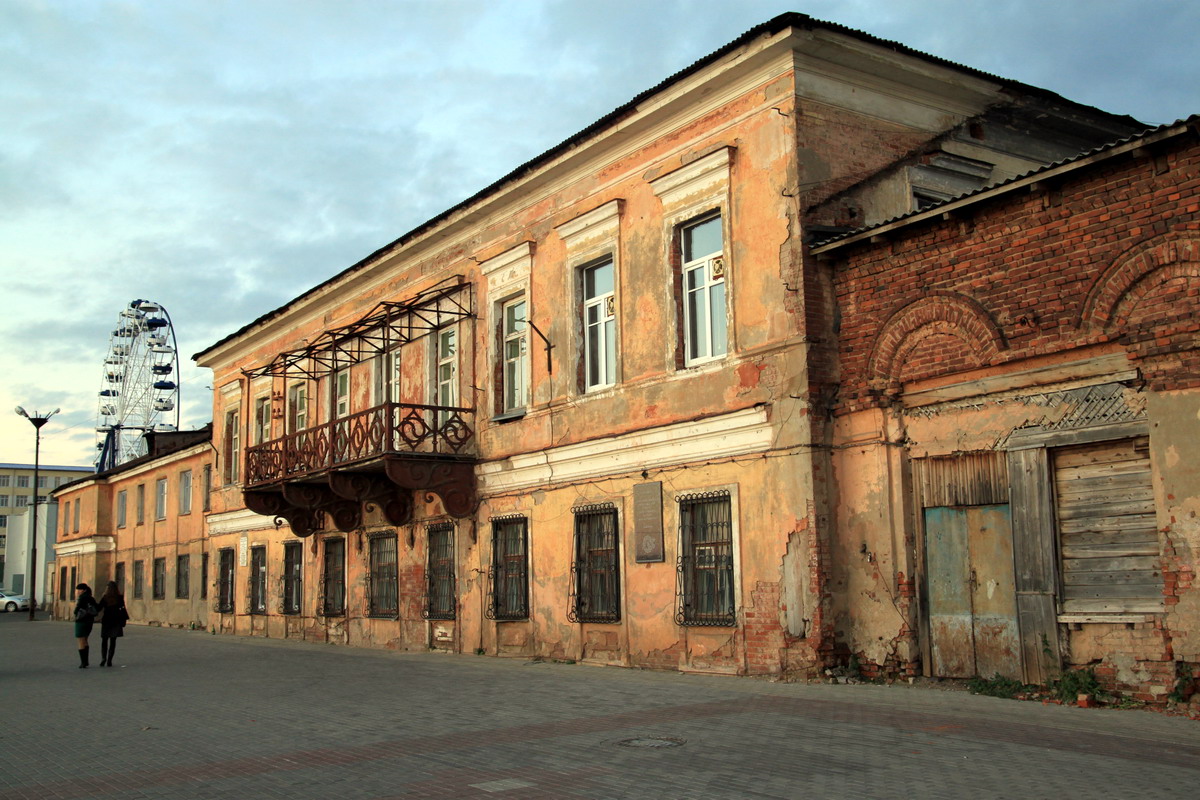
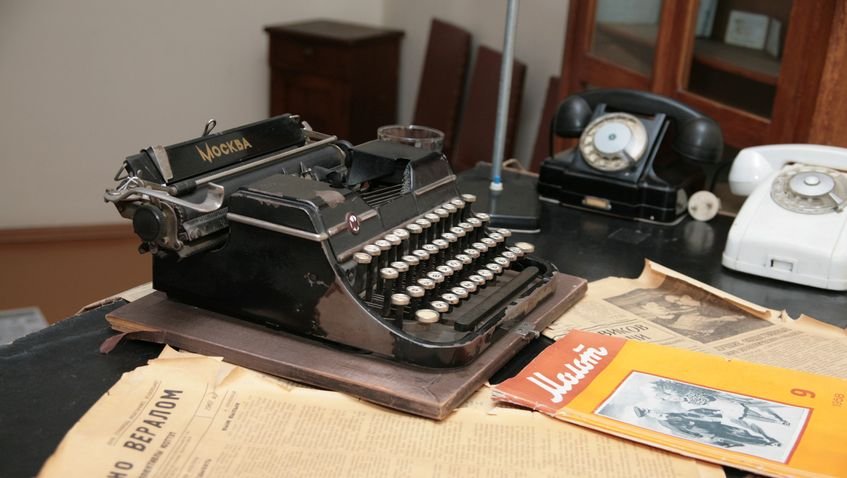
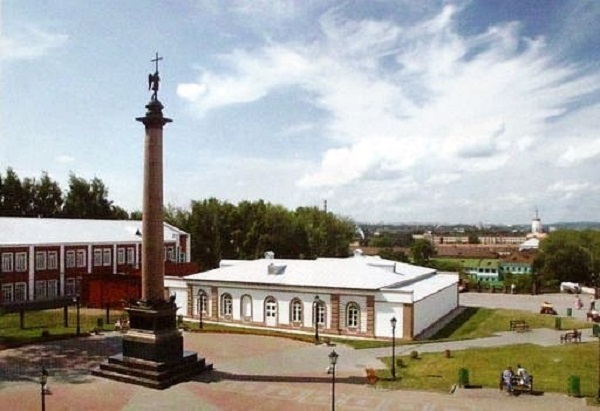
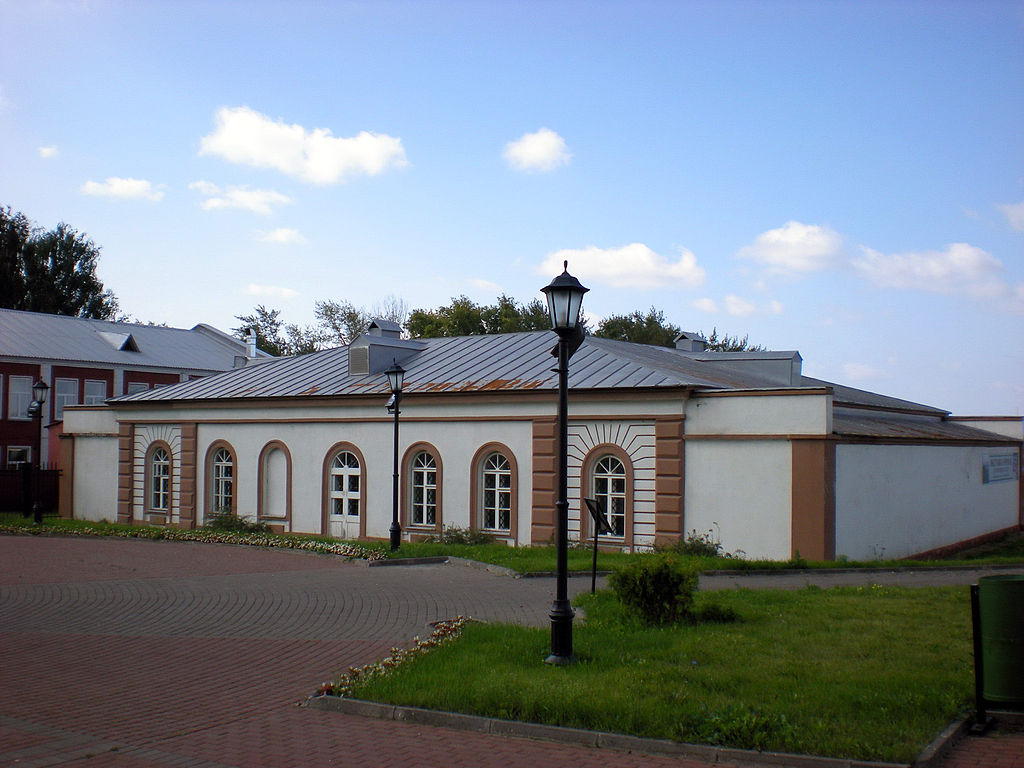
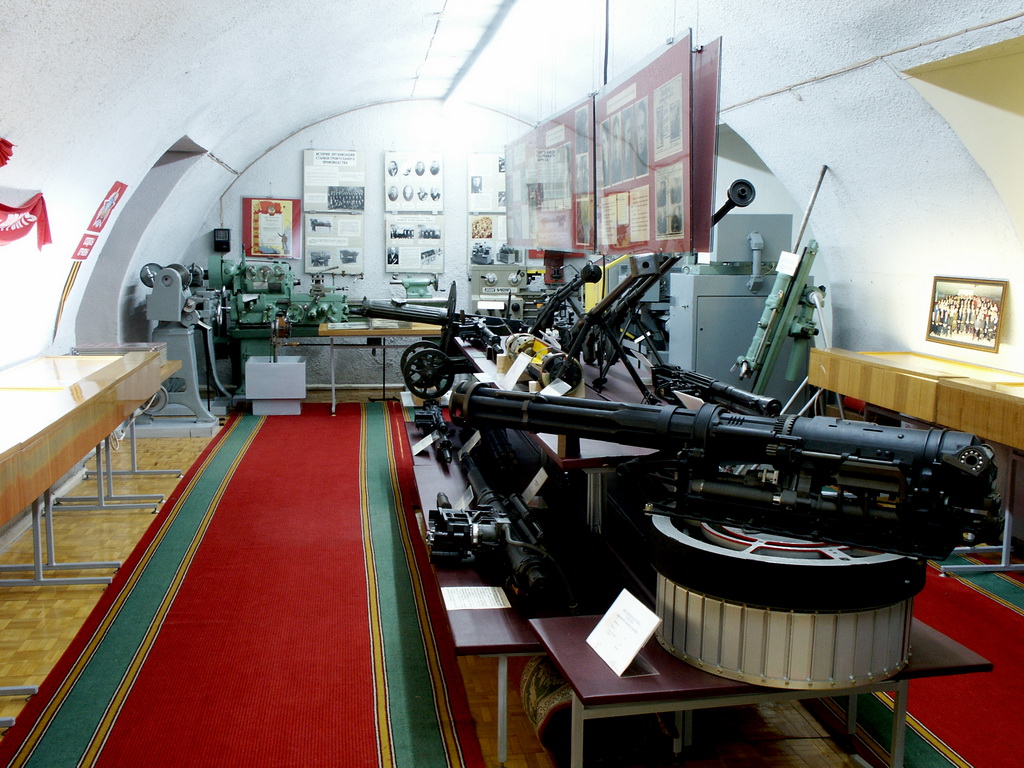
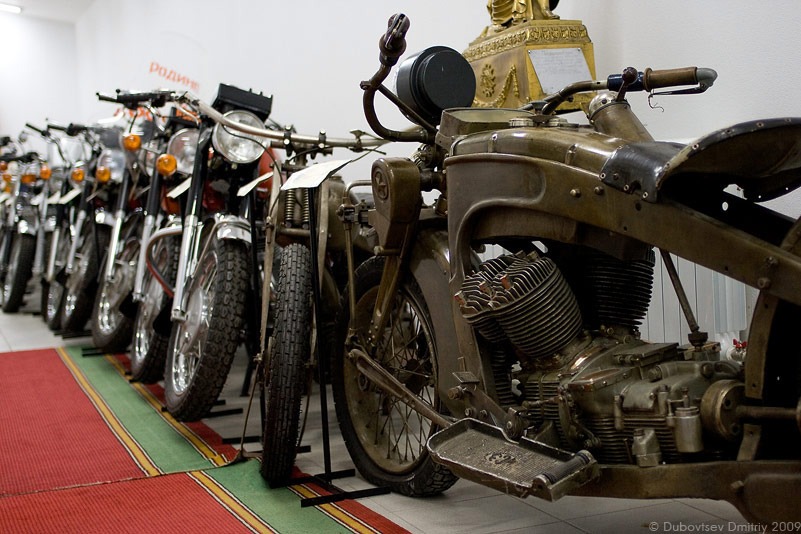
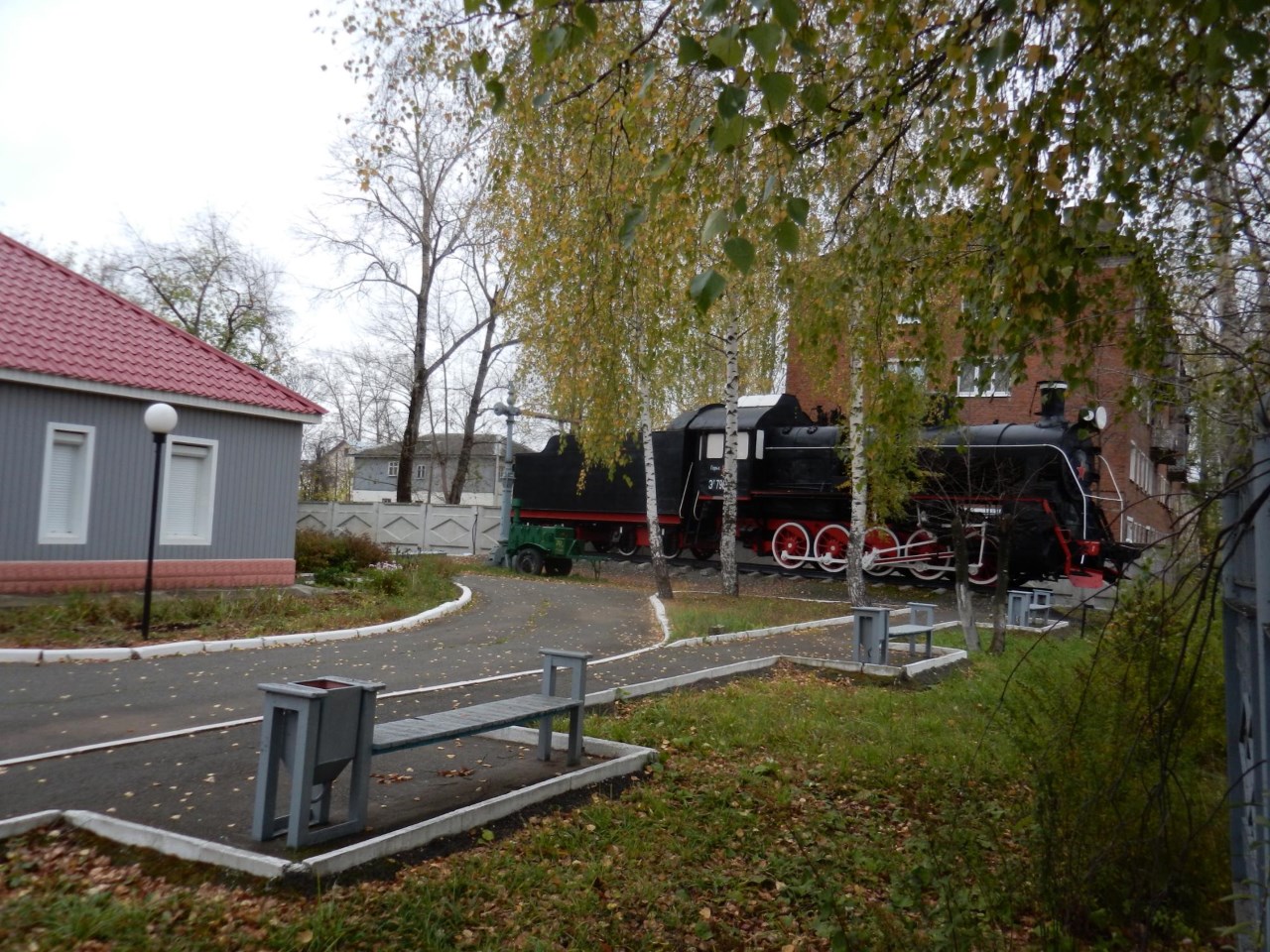
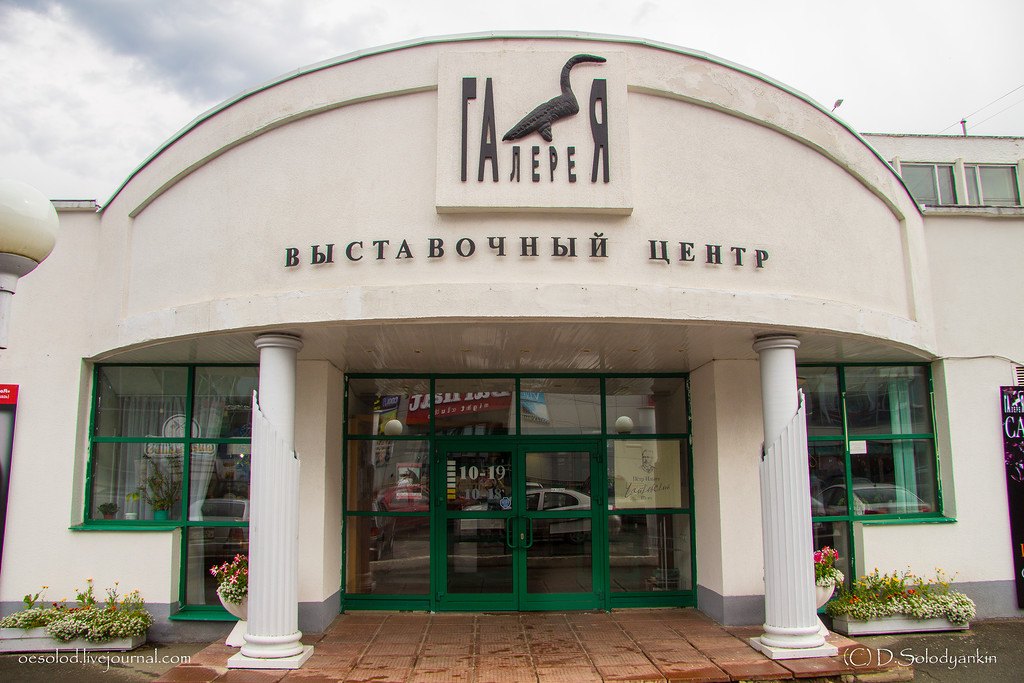

El director de producción, Vladímir Labadin, explica: “No se prevé ningún pedido del Ministerio de Defensa, por eso ya no es rentable la explotación y el mantenimiento en activo de muchas cadenas”. Los principales pedidos, según sus palabras, provienen del Ministerio del Interior, el Sistema Federal de Seguridad (FSB, por sus siglas en ruso), el Servicio Penitenciario Federal (FSIN) y el Servicio de Protección Federal (FSO).
“El pedido estatal lo cerramos el año pasado y estamos empezando a desarrollar un enfoque más civil; daremos paso a partidas medianas y pequeñas”, nos cuenta el director comercial adjunto, Pável Kolegov.
“El mercado más prometedor es, sin duda, el de EE UU, que representa el 67% de las ventas de armas de ánima lisa para civiles. En 2012, el suministro de producción civil a EE UU aumentó un 15%, llegando a suponer el 80% de toda la producción de la fábrica; el valor de las ventas totales alcanzó los 16 millones de dólares. El usuario norteamericano puede absorber toda nuestra producción, independientemente de la cantidad que exportemos”.
La fabricación de armas es un oficio muy laborioso. Las piezas se acoplan manualmente, después se dispara cada cañón en un espacio de tiro especial. “Mire, el encargado de la cadena de montaje, Víctor Dmítrievich, que trabaja en la fábrica desde hace cuarenta años, le enseña los espacios vacíos del campo de tiro. Antes, en cada uno de estos espacios trabajaba un turno entero de tiradores”.
Después de probar las armas se vuelven a desmontar, se limpian y se pintan. Y, finalmente, se vuelven a montar para su entrega. En 1986, en la cadena de montaje trabajaban dos turnos de 1.000 personas y el ciclo completo de producción, hasta el embalaje, duraba tres días; hoy el ciclo es de seis días. Ha disminuido el número de trabajadores y los turnos se han reducido a uno solo.
El viejo maestro armero recuerda orgulloso que, en el pasado, la fábrica llegó a producir hasta 600.000 fusiles Kaláshnikov y 8.000 fusiles de francotirador Dragunov al año. “En el difícil periodo de los años 90 dejamos de recibir pedidos estatales. Gracias a que nuestros diseñadores crearon una gama de armas de ánima lisa basadas en el modelo Kaláshnikov hemos sobrevivido. Ahora solo fabricamos fusiles automáticos (A.K.) de caza, como los modelos Saiga, Tigr, Sobol, Bars y Los”.
Si hace cinco años, según informa Pável Kolégov, el 80% del género que se vendía en las tiendas de armas rusas provenía de Izhevsk, ahora este porcentaje constituye solo el 20%. Han entrado fabricantes extranjeros con productos más atractivos. En la fábrica, están convencidos de que el estilo militar característico de las armas de Izhmash, basado en los modelos Kaláshnikov, está pasado de moda. Es imprescindible introducir un cambio de diseño. La principal esperanza en esta carrera competitiva es el fusil de ánima lisa Saiga-12, que imprime un giro de bala que permite un disparo de gran precisión.
La dirección de la fábrica tiene grandes planes para el año 2013: contará con cerca de 10 novedades y aumentará la producción total al doble. Sobre todo para el mercado estadounidense: artículos económicos de calibre pequeño para el deporte amateur.
Otro enfoque es la clase premium, a la que antes prácticamente no se le prestaba atención en Izhmash. Ahora, Izhmash tiene la intención de competir con los populares fabricantes italianos Beretta y Benelli. Pero primero deben conseguir que los fusiles de Izhevsk lleguen a los mostradores de las tiendas.
En 2012, según anunció el vice primer ministro, Dmitri Rogozin, se habló de crear un holding bajo el nombre de Kaláshnikov para dar salida a la producción de dos fábricas: Izhmash e Izhmej. A la pregunta sobre la viabilidad económica de dicha asociación, Pável Kolegov solo señaló que la unión de sus esfuerzos permitirá a los armeros rusos ser más competitivos. “También sería conveniente poder contar con medidas de apoyo del Estado”, señala el director adjunto.
“Por ejemplo, se podrían introducir rebajas fiscales para los productores rusos o bien barreras arancelarias para la producción extranjera”. Sin este apoyo, al parecer, los productores de los Kaláshnikov no ven futuro.
https://es.rbth.com/sociedad/2013/04/09/izhevsk_las_dificultades_de_la_ciudad_del_kalashnikov_26653
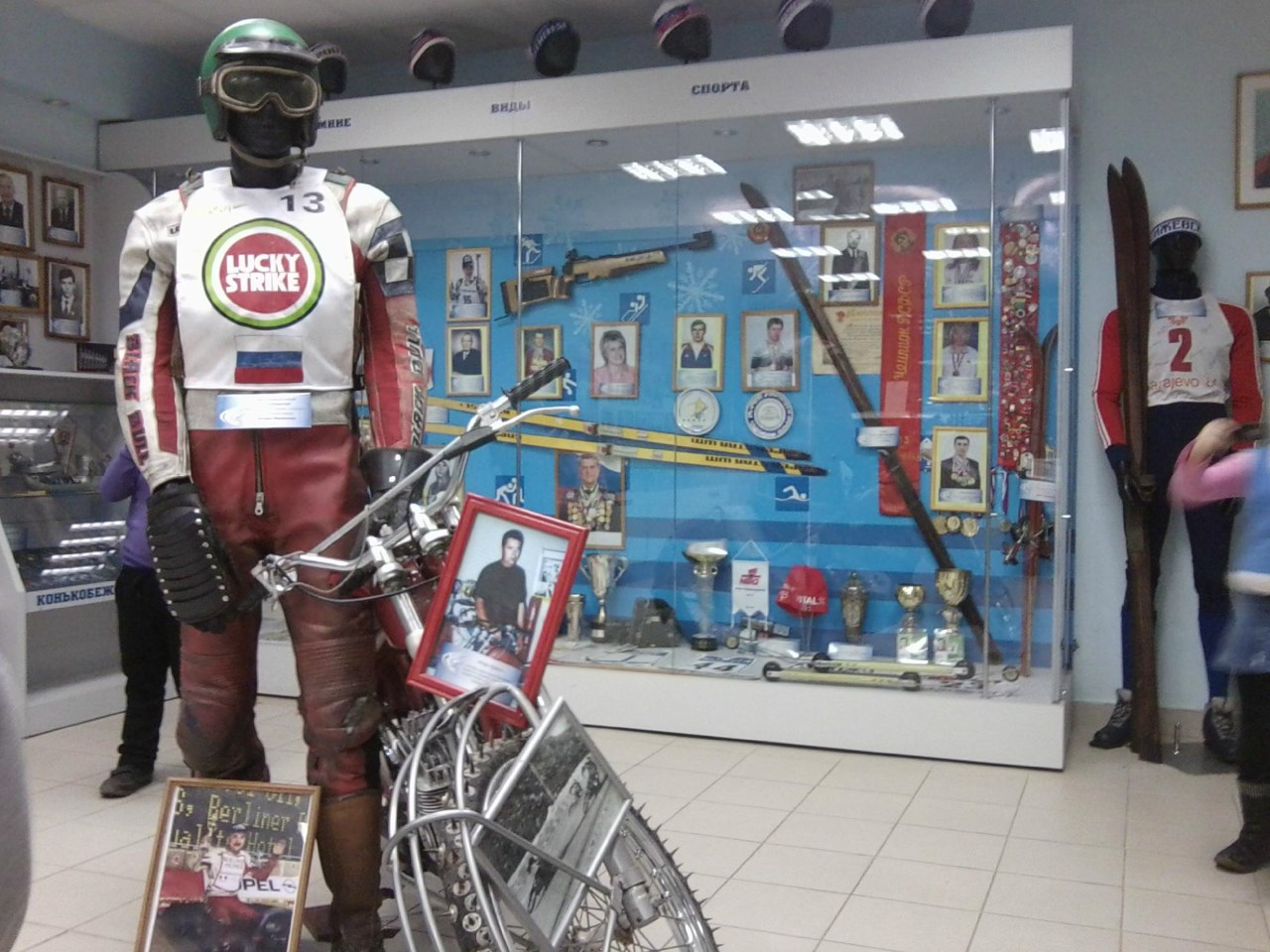
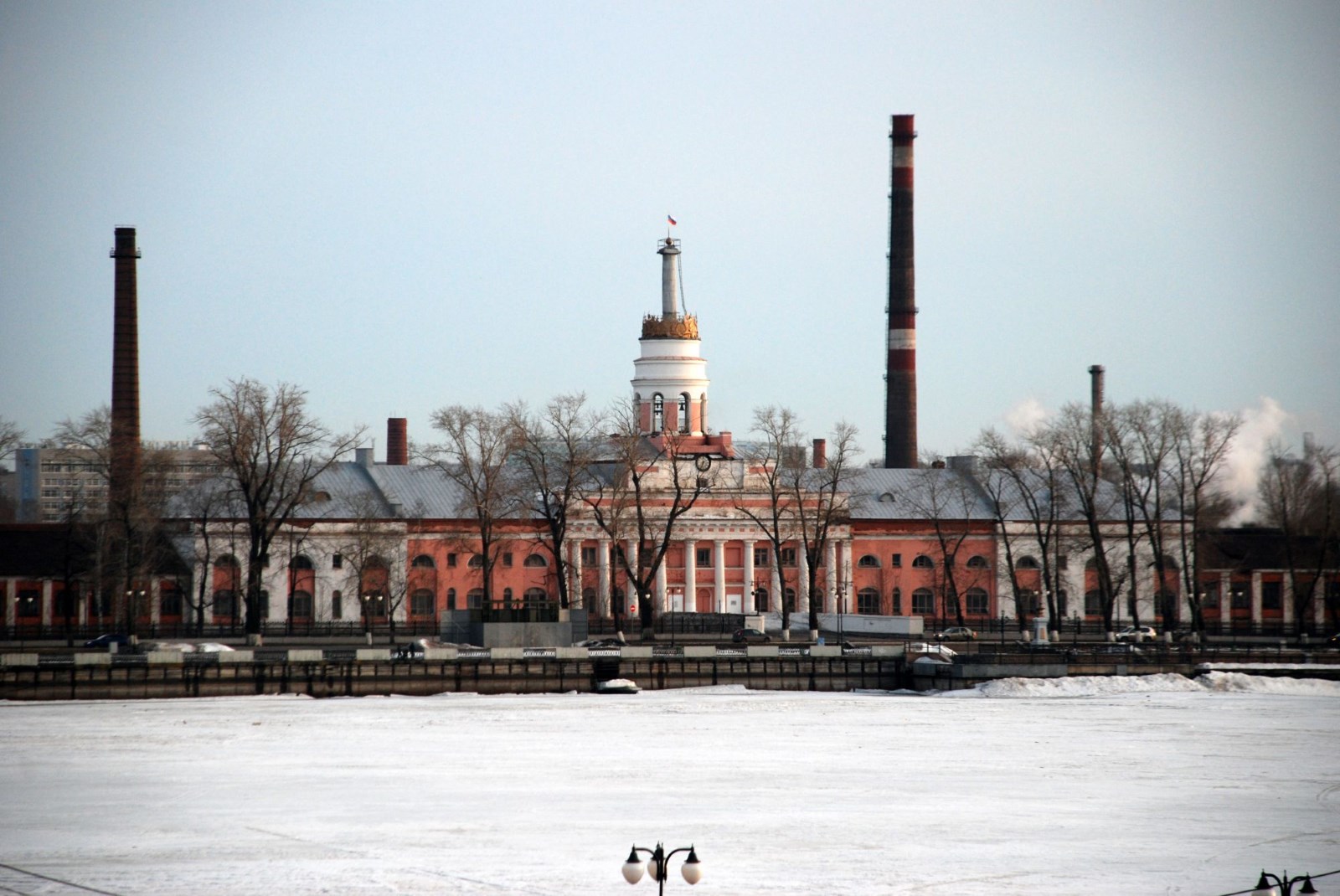
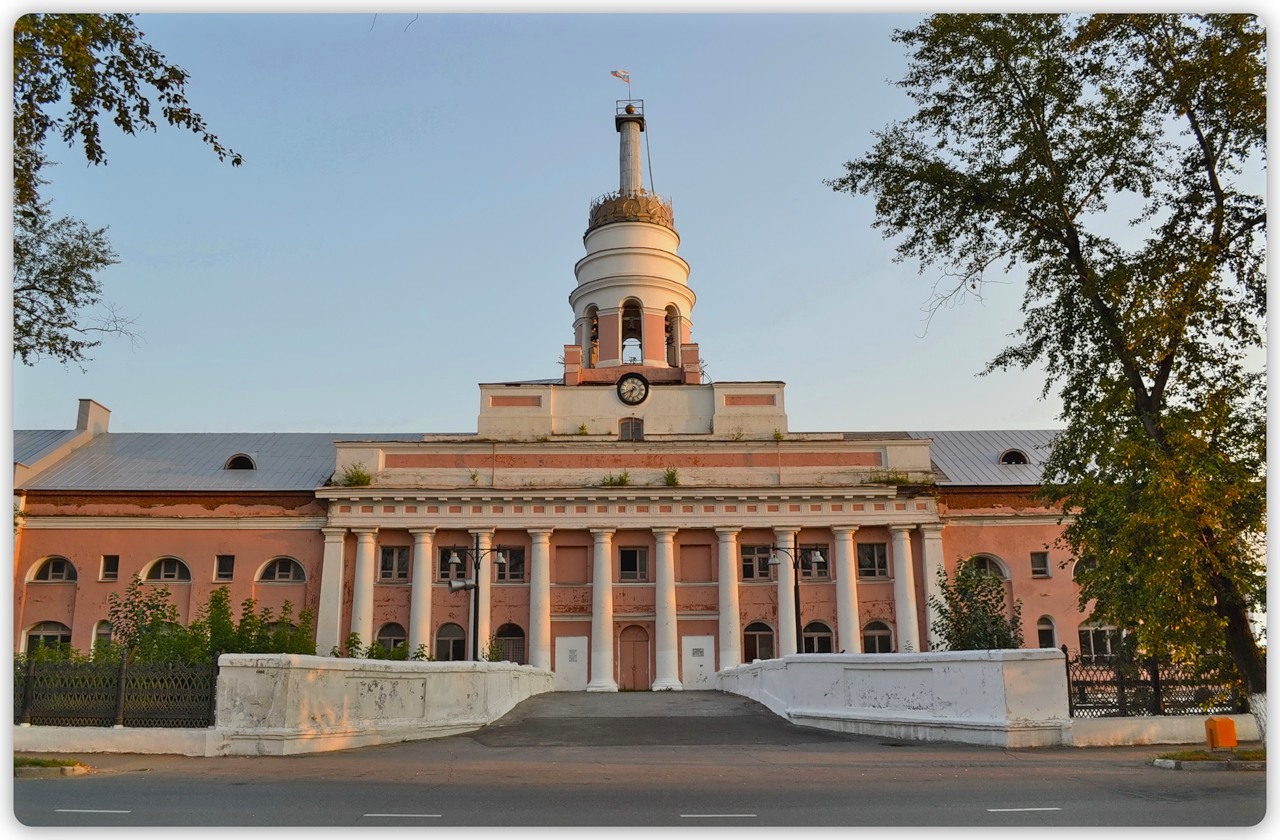

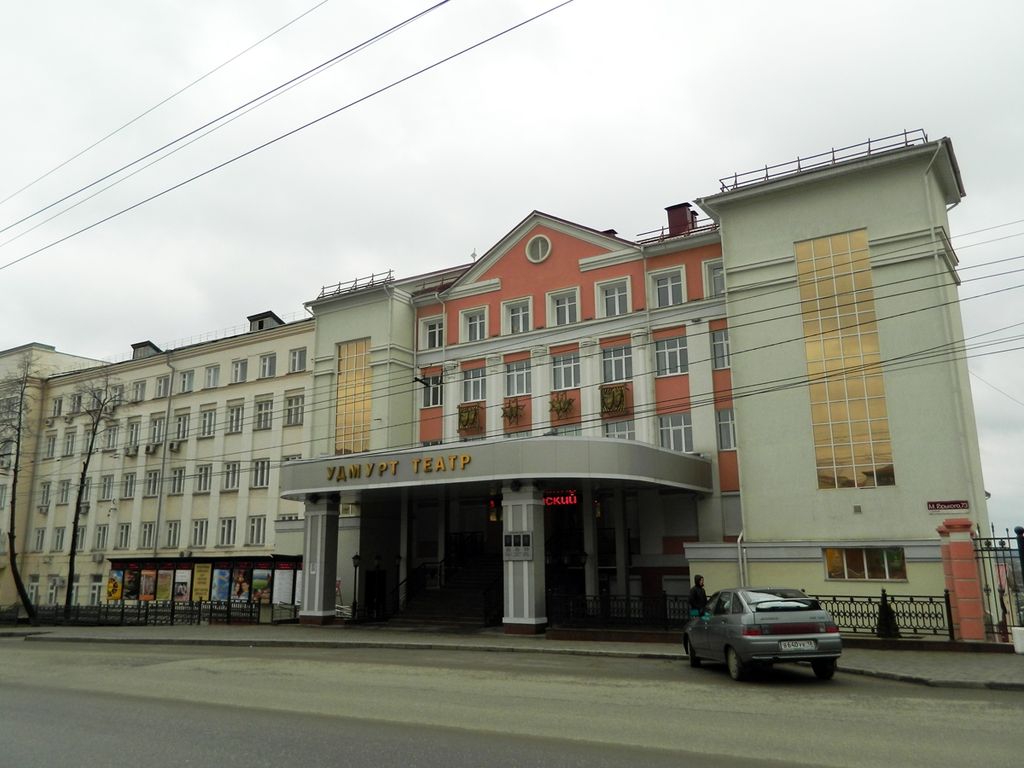
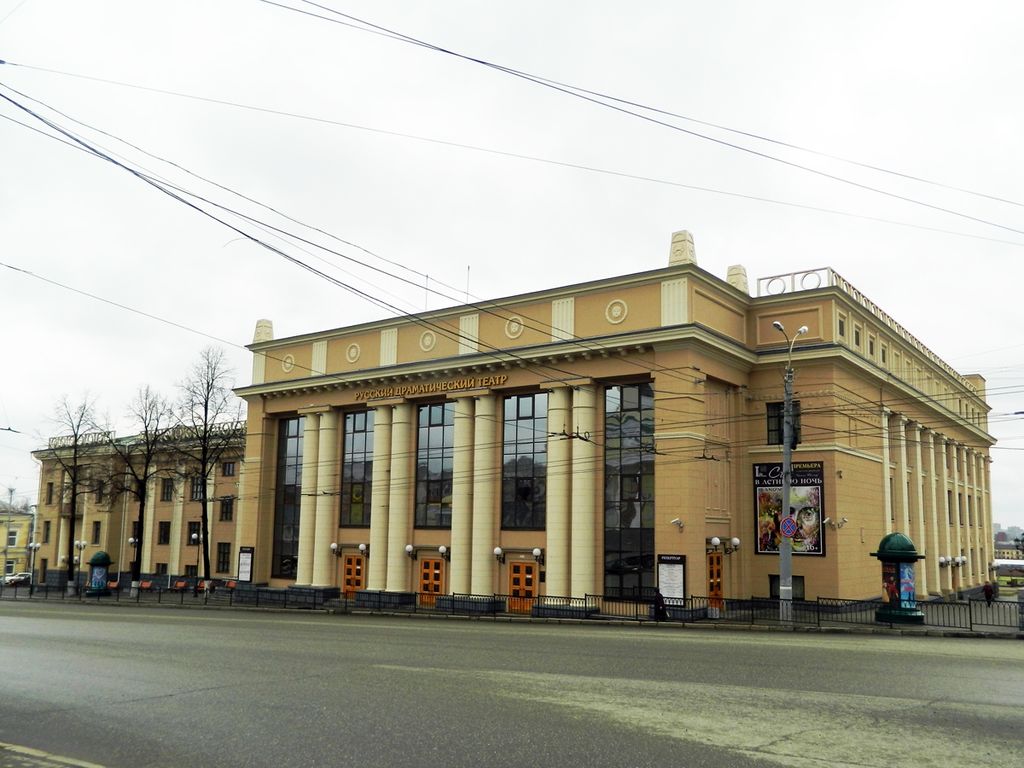
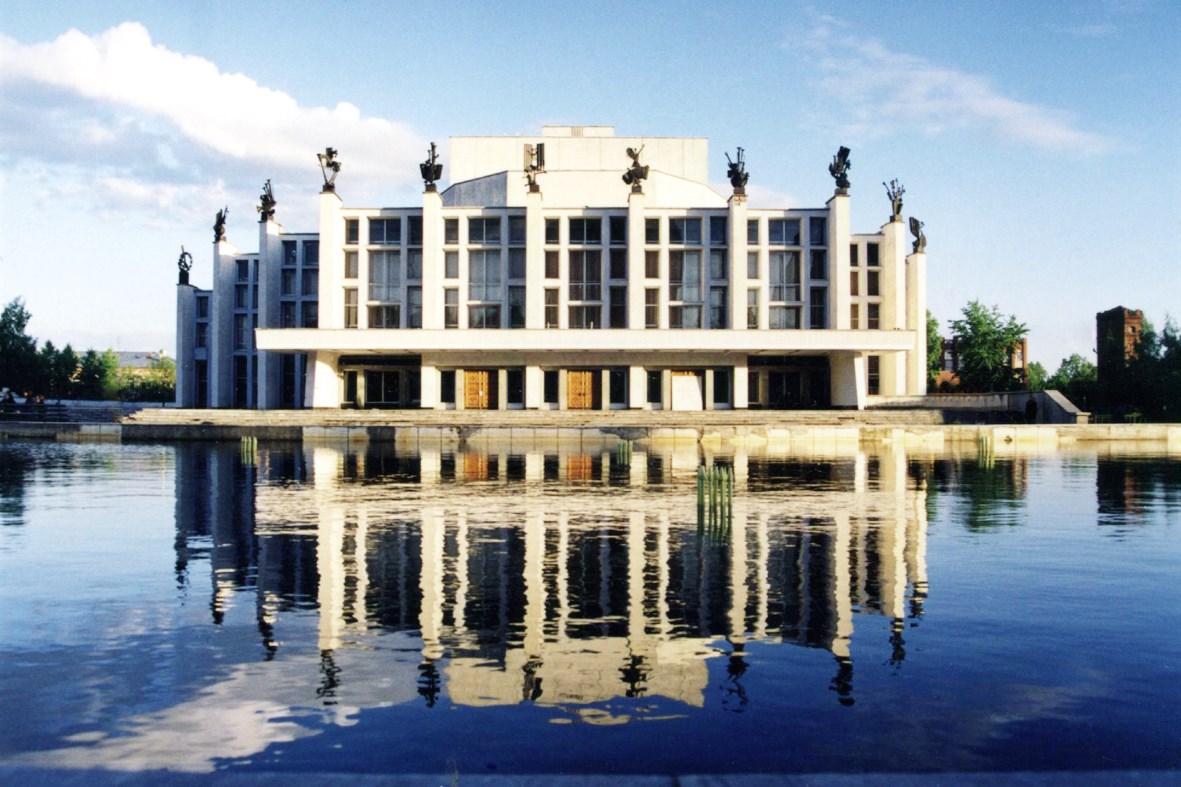
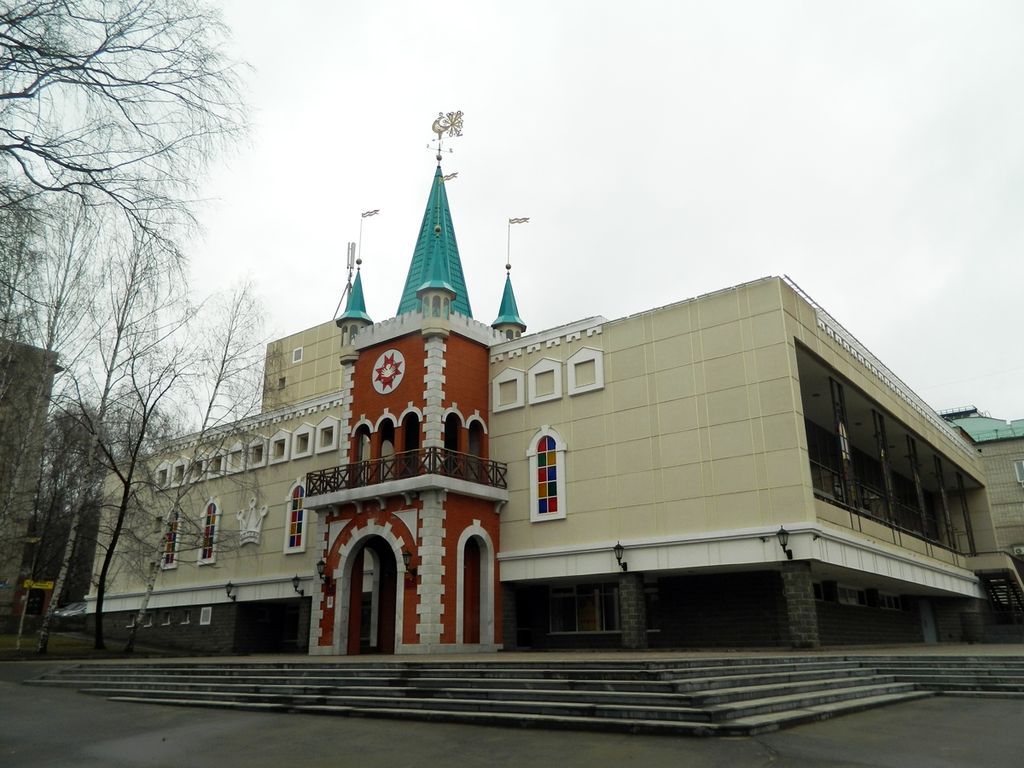
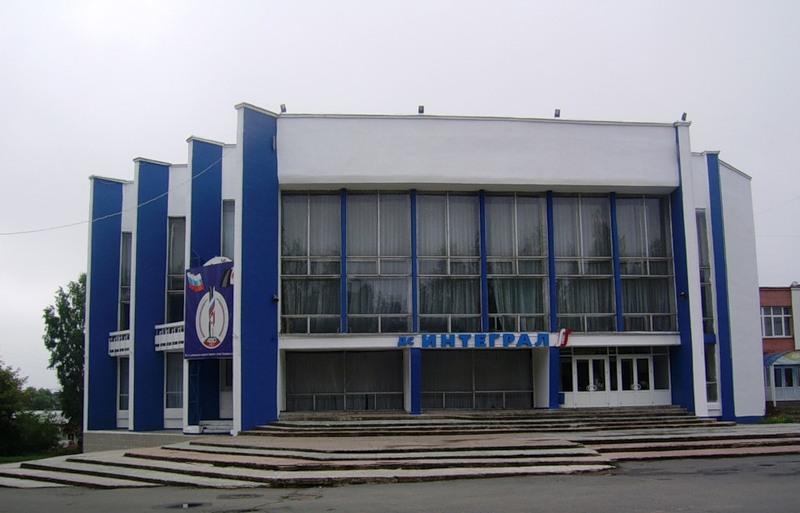
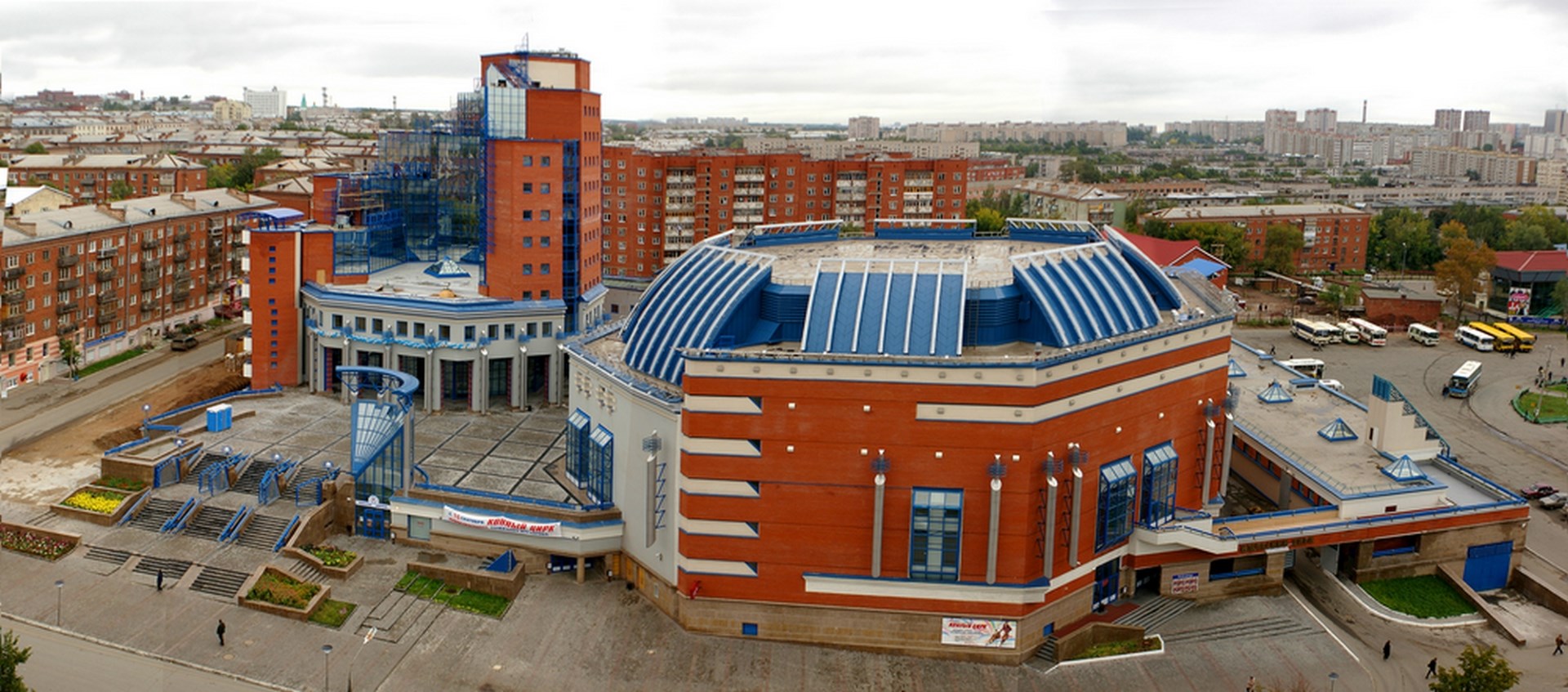
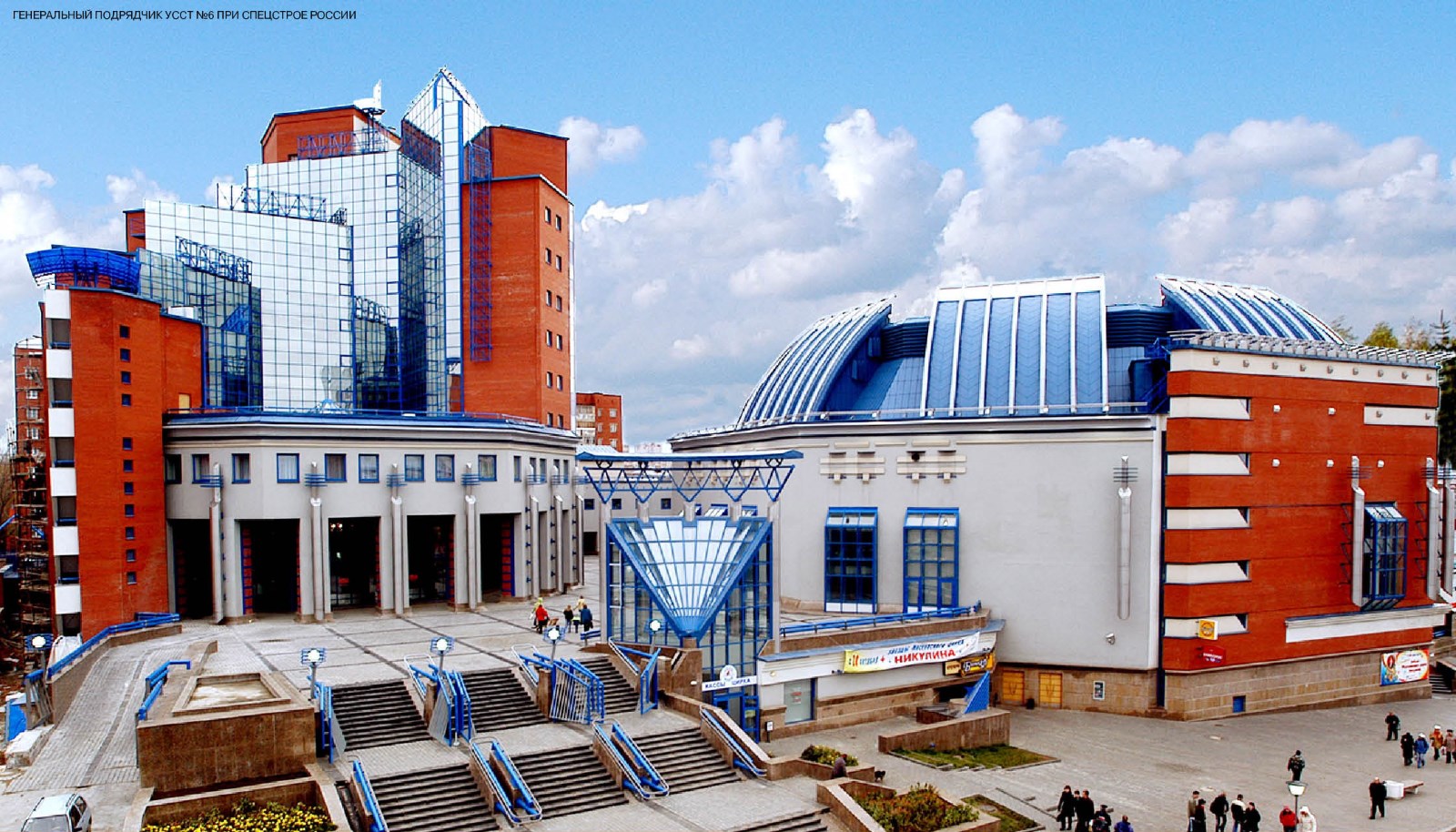
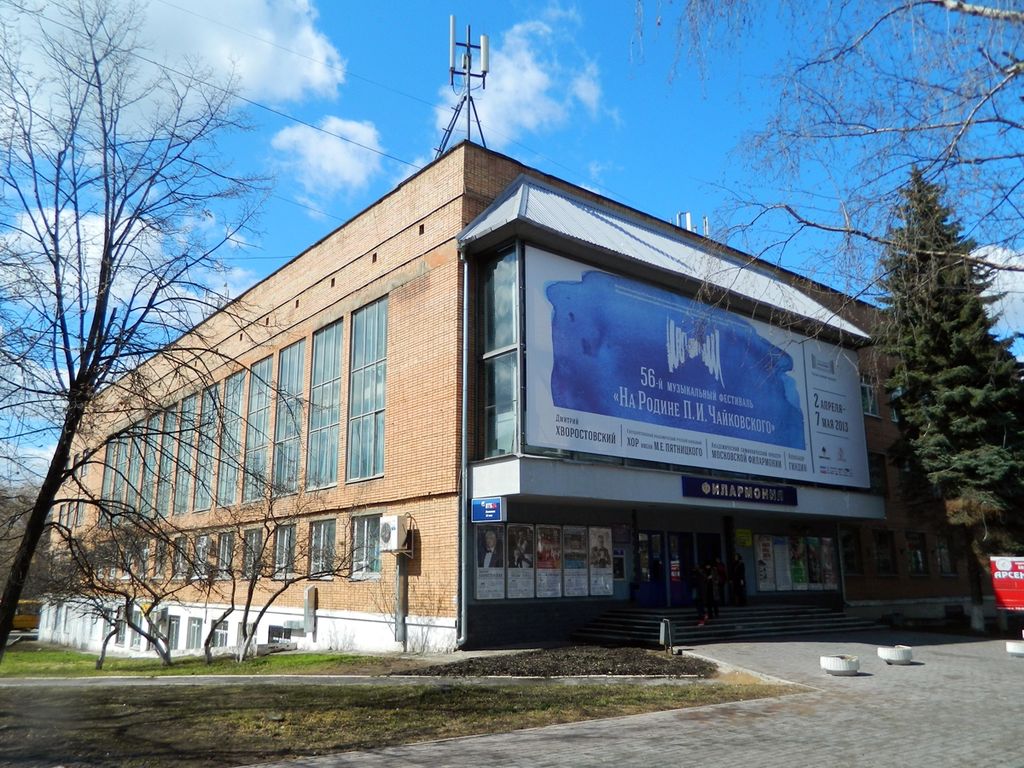
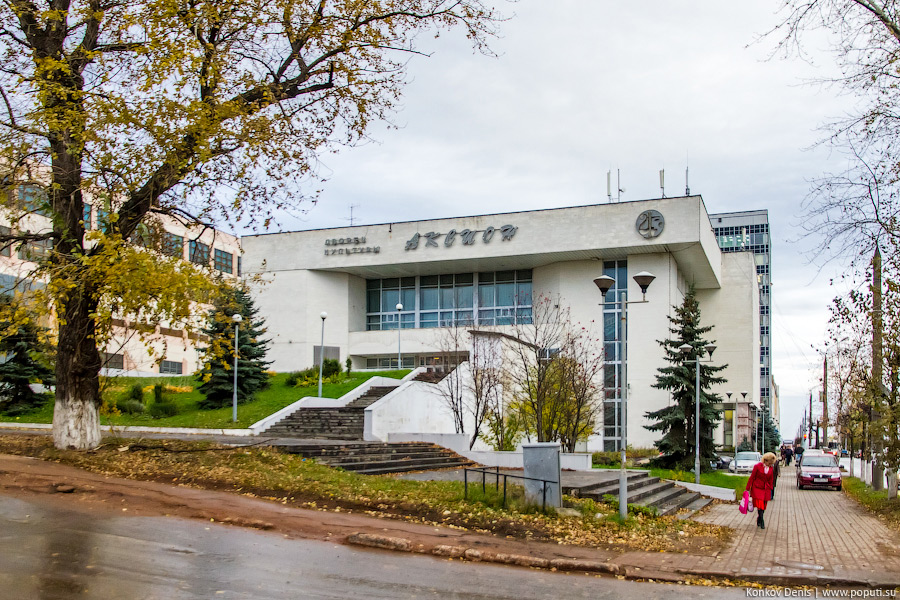
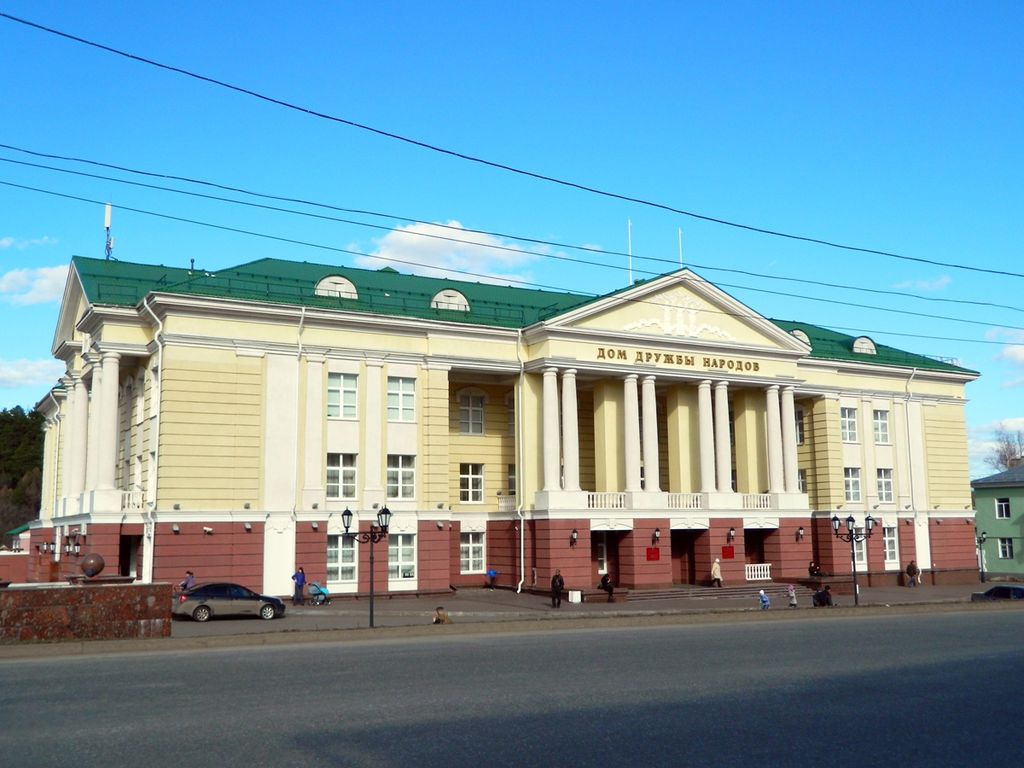
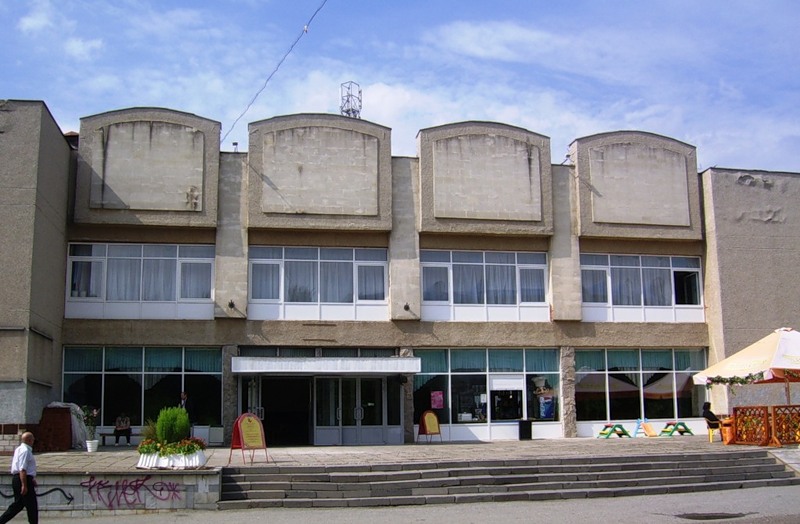
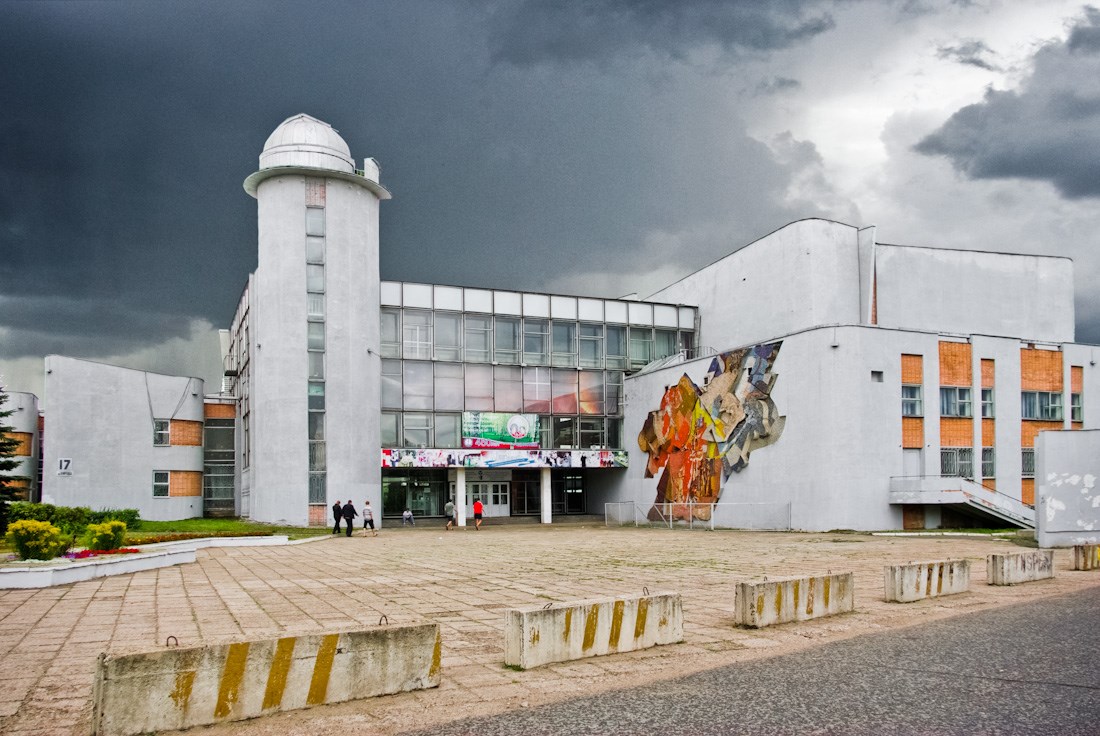
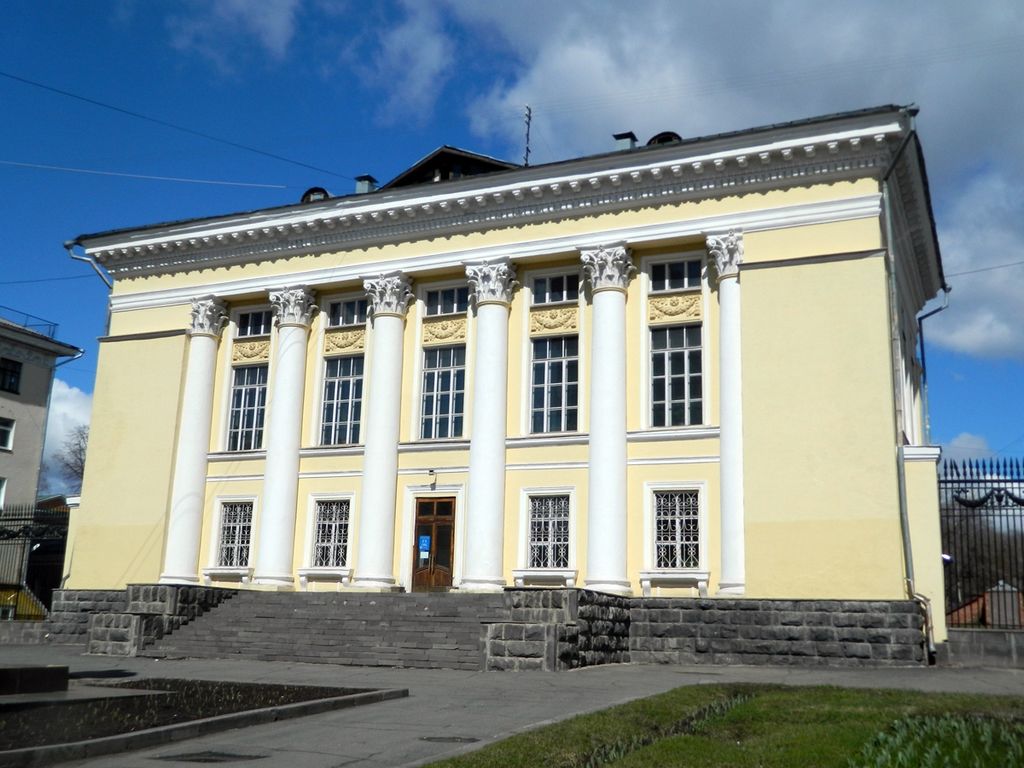
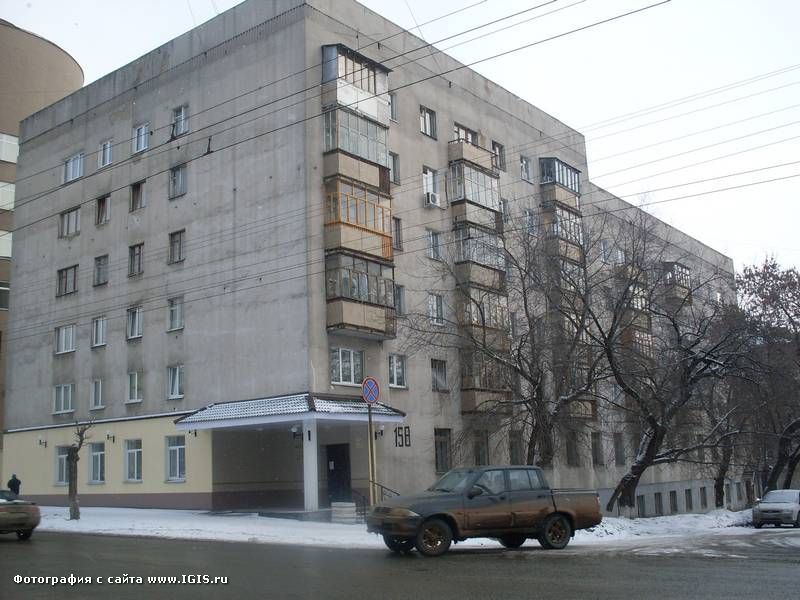
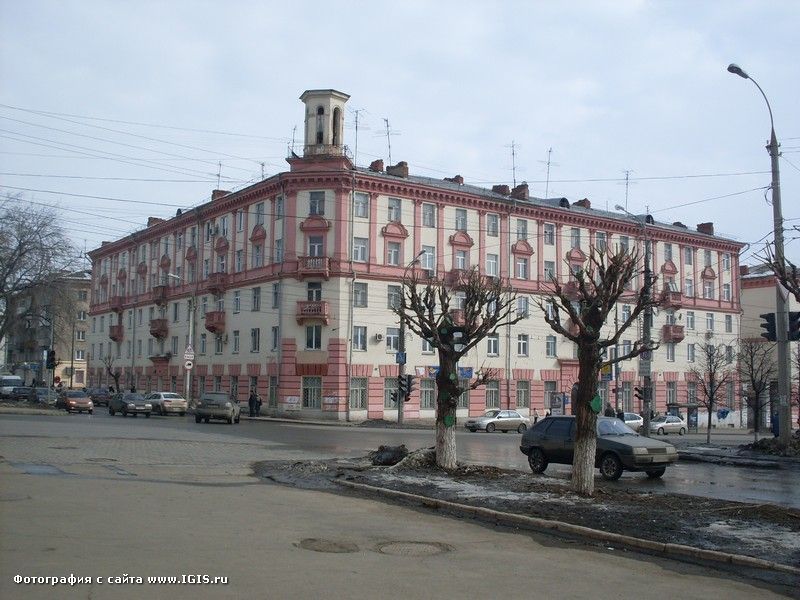
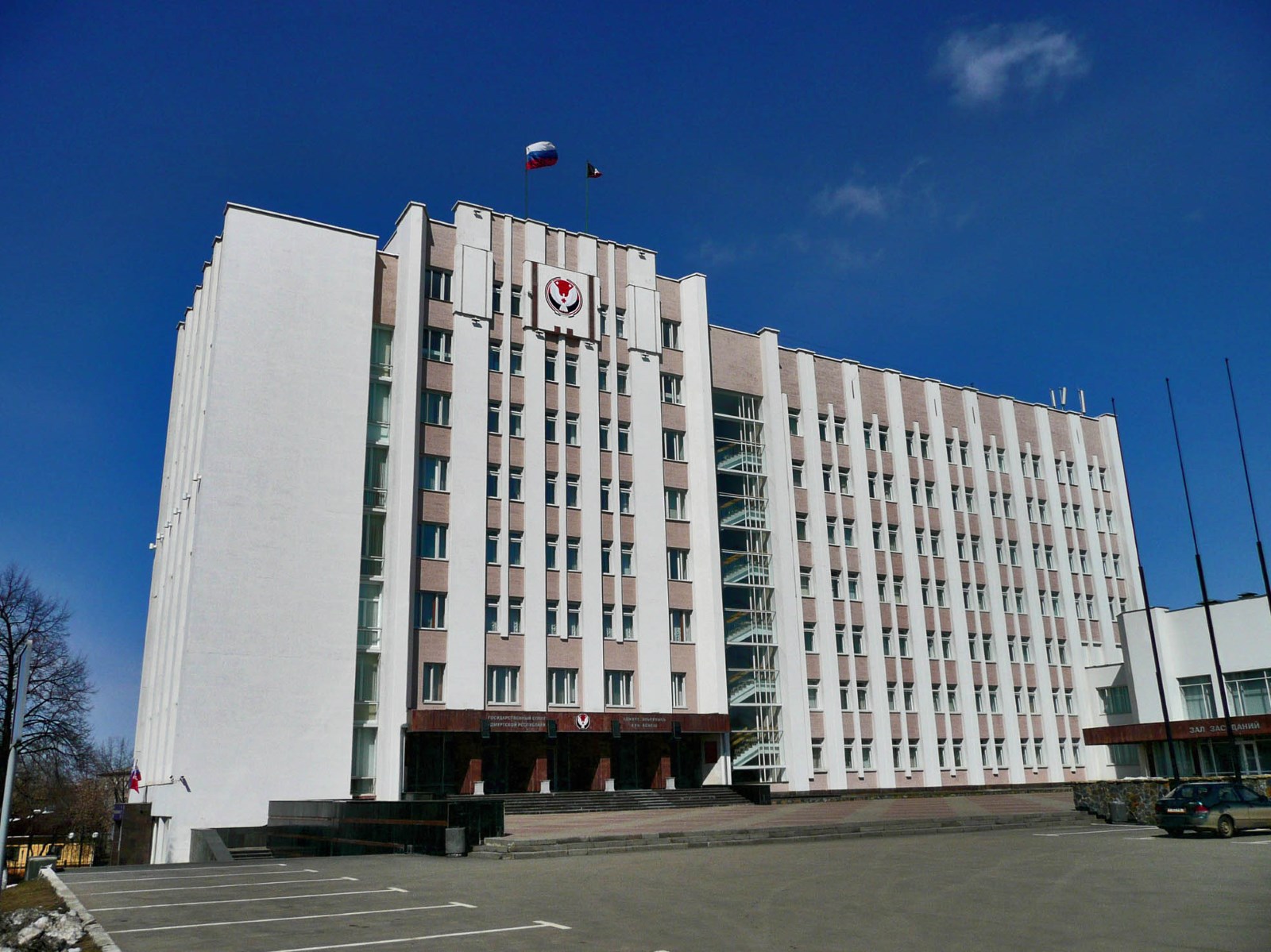
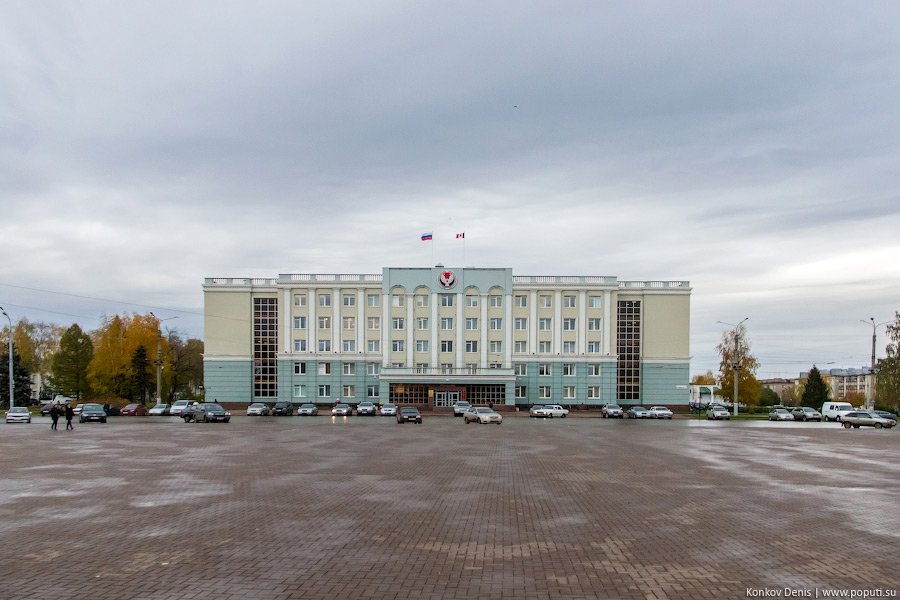
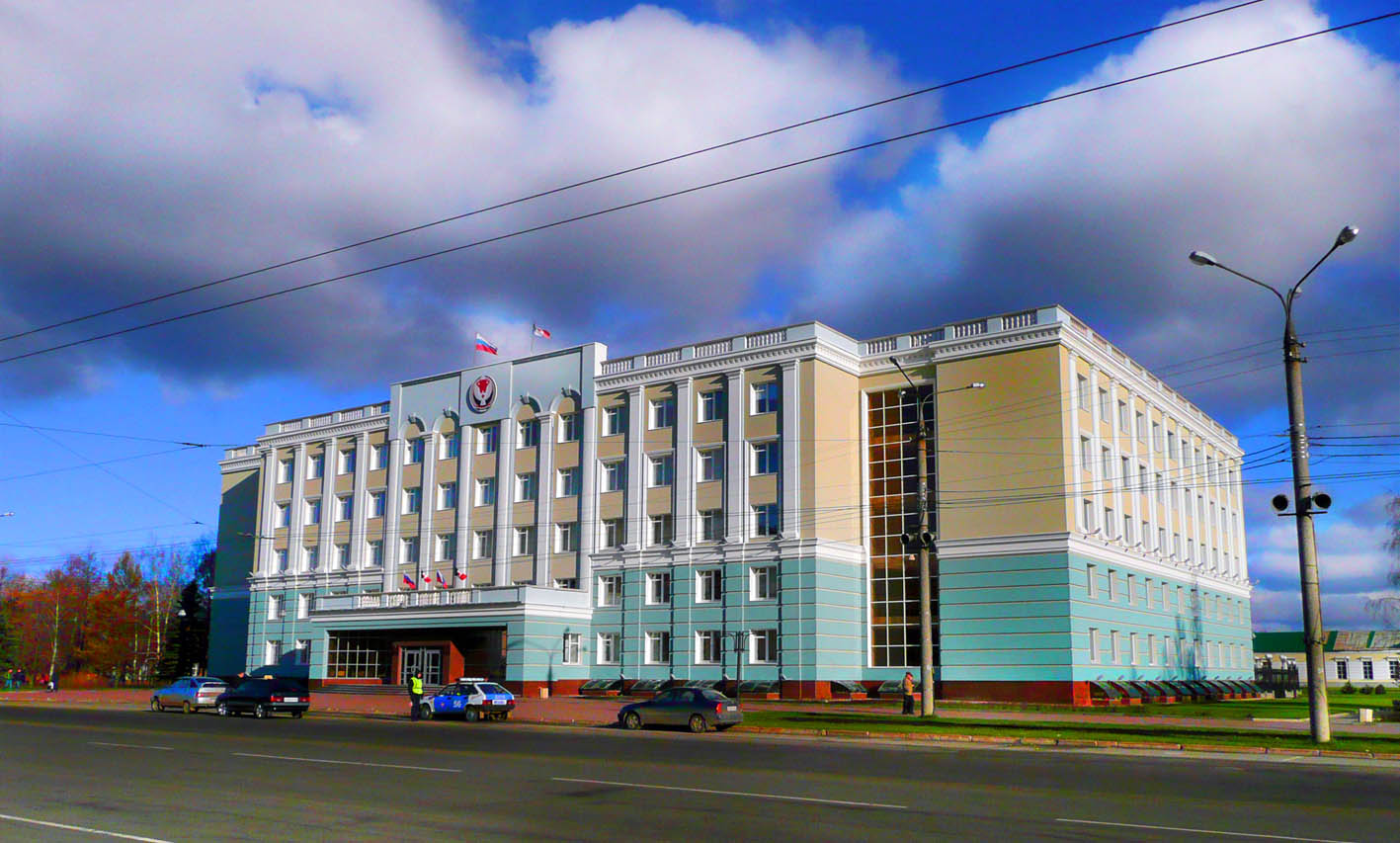
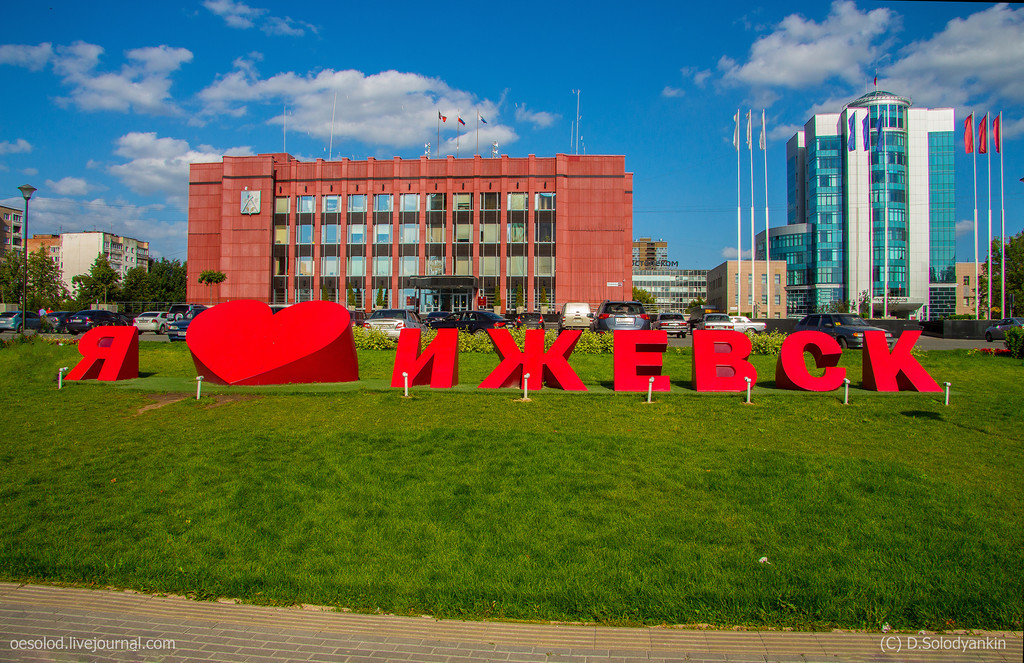
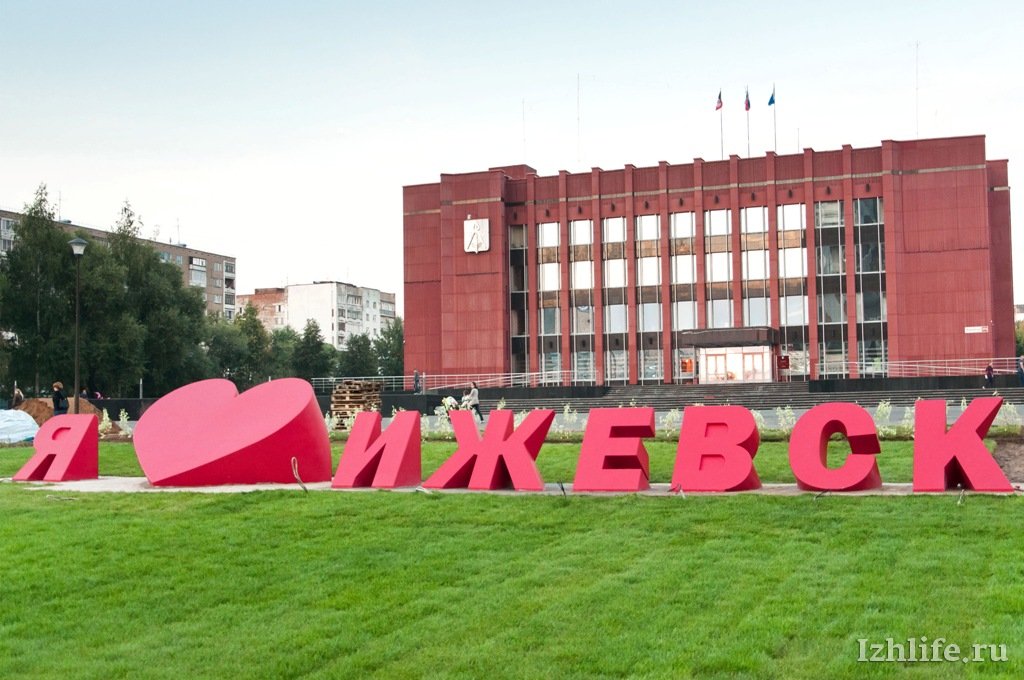
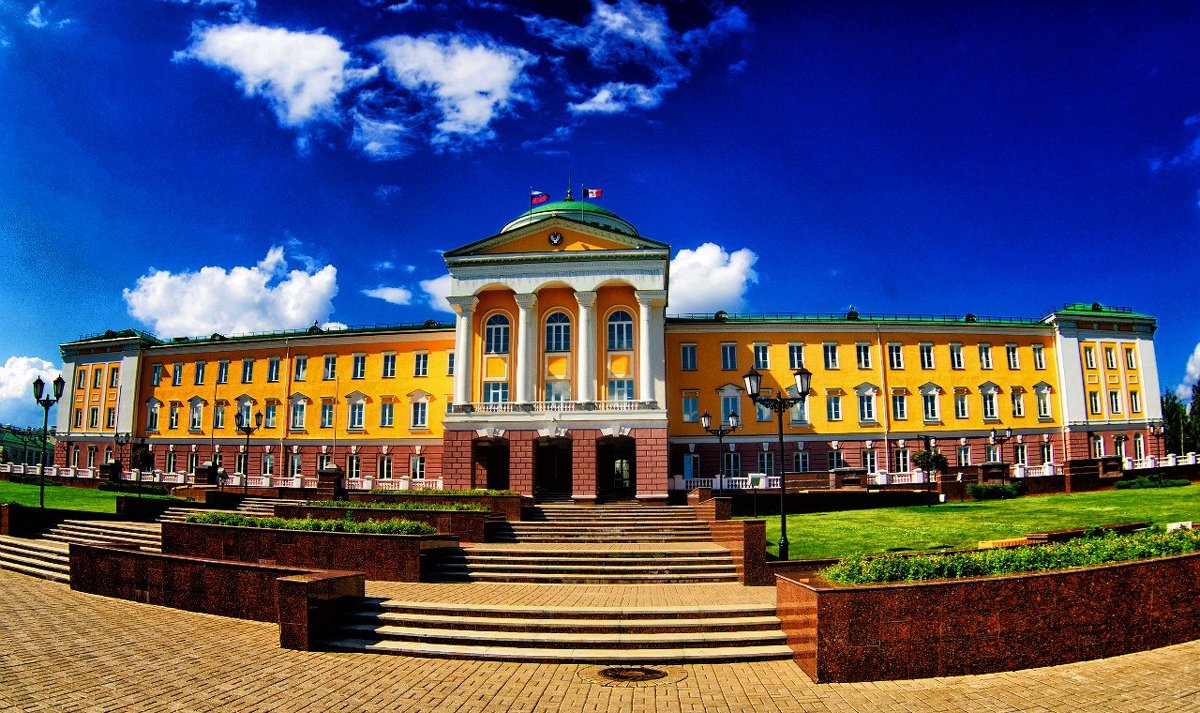
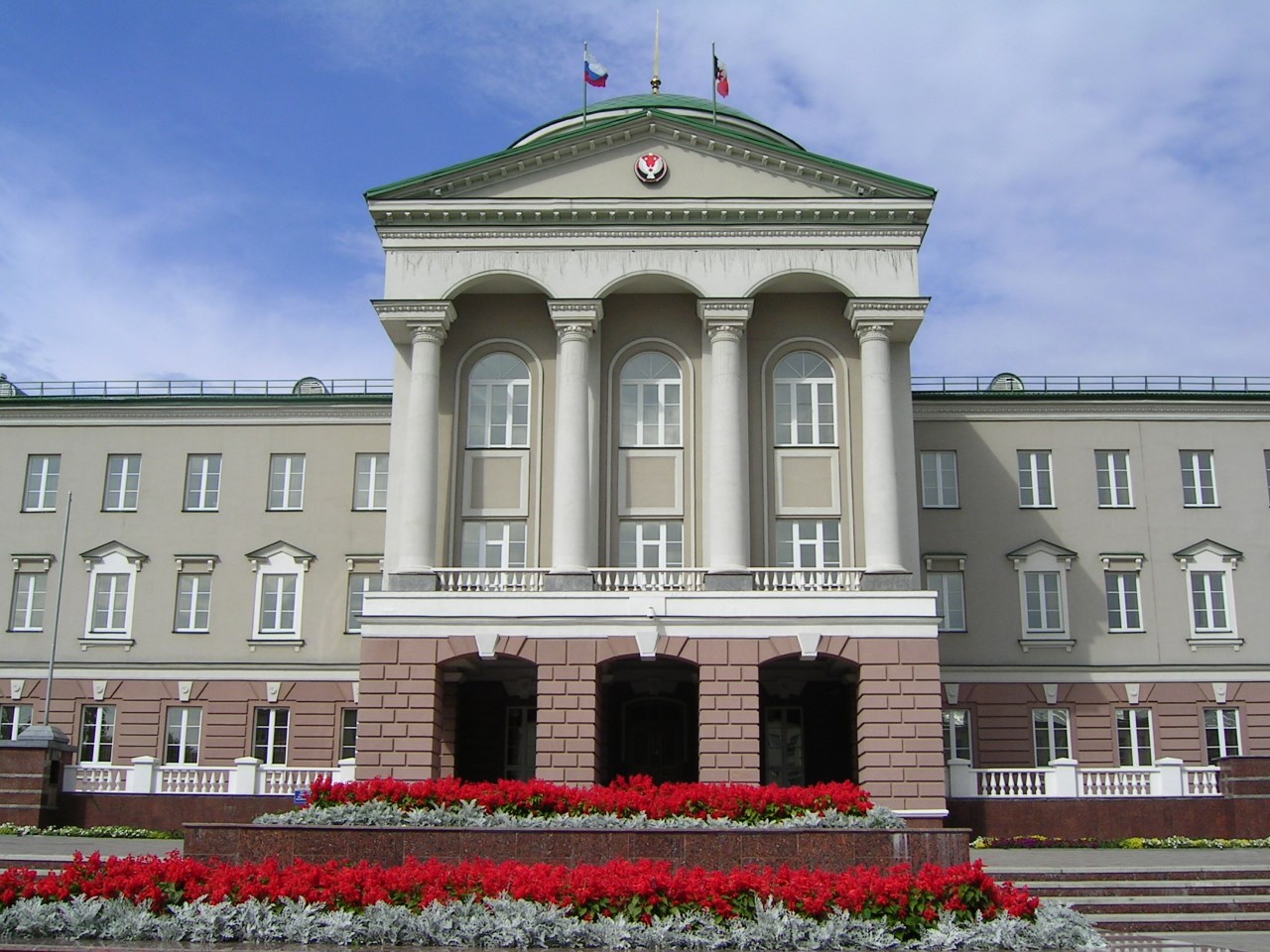
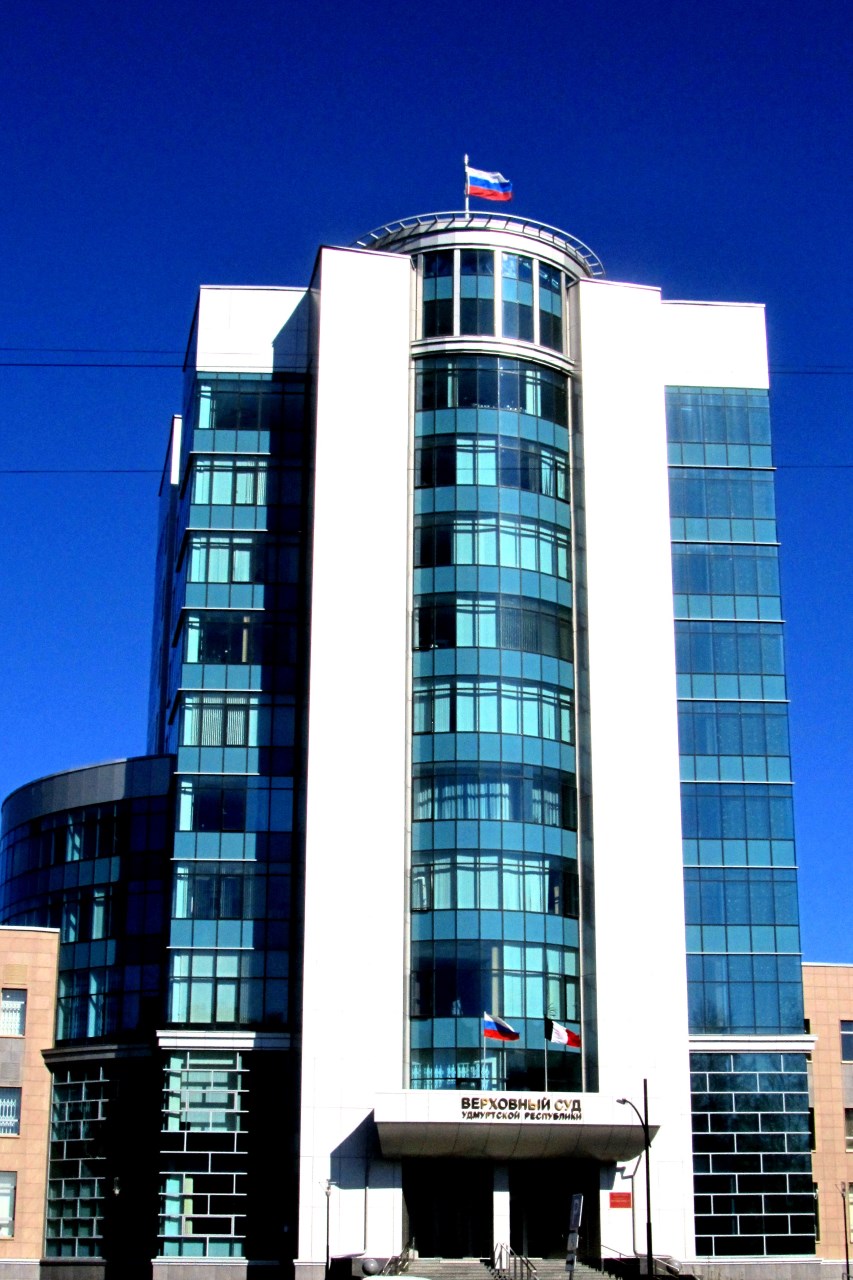
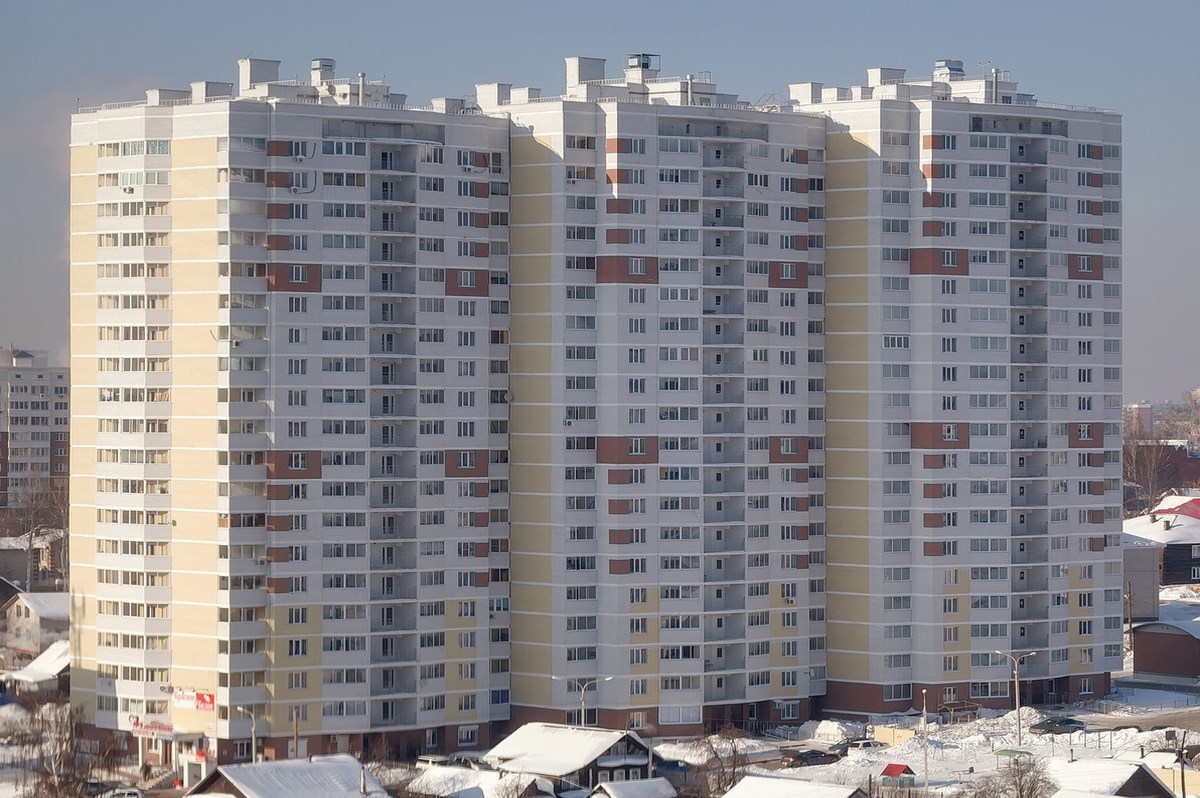
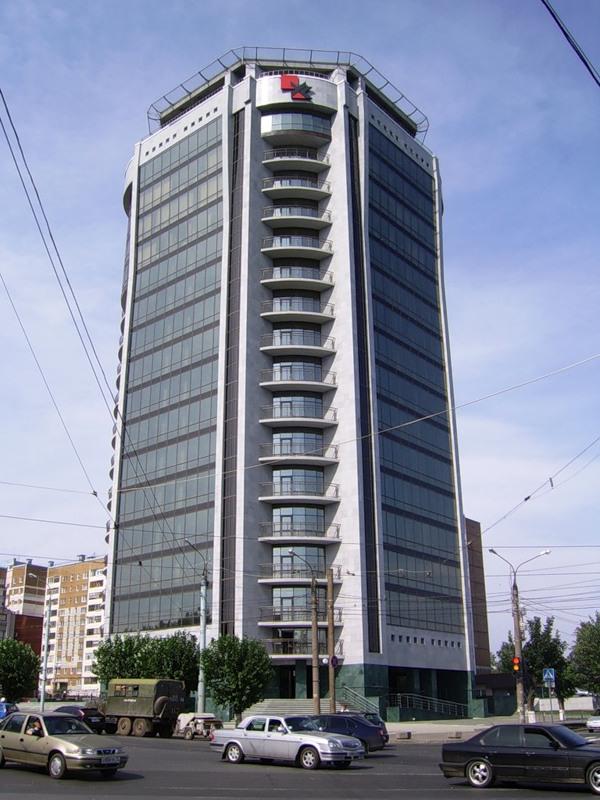
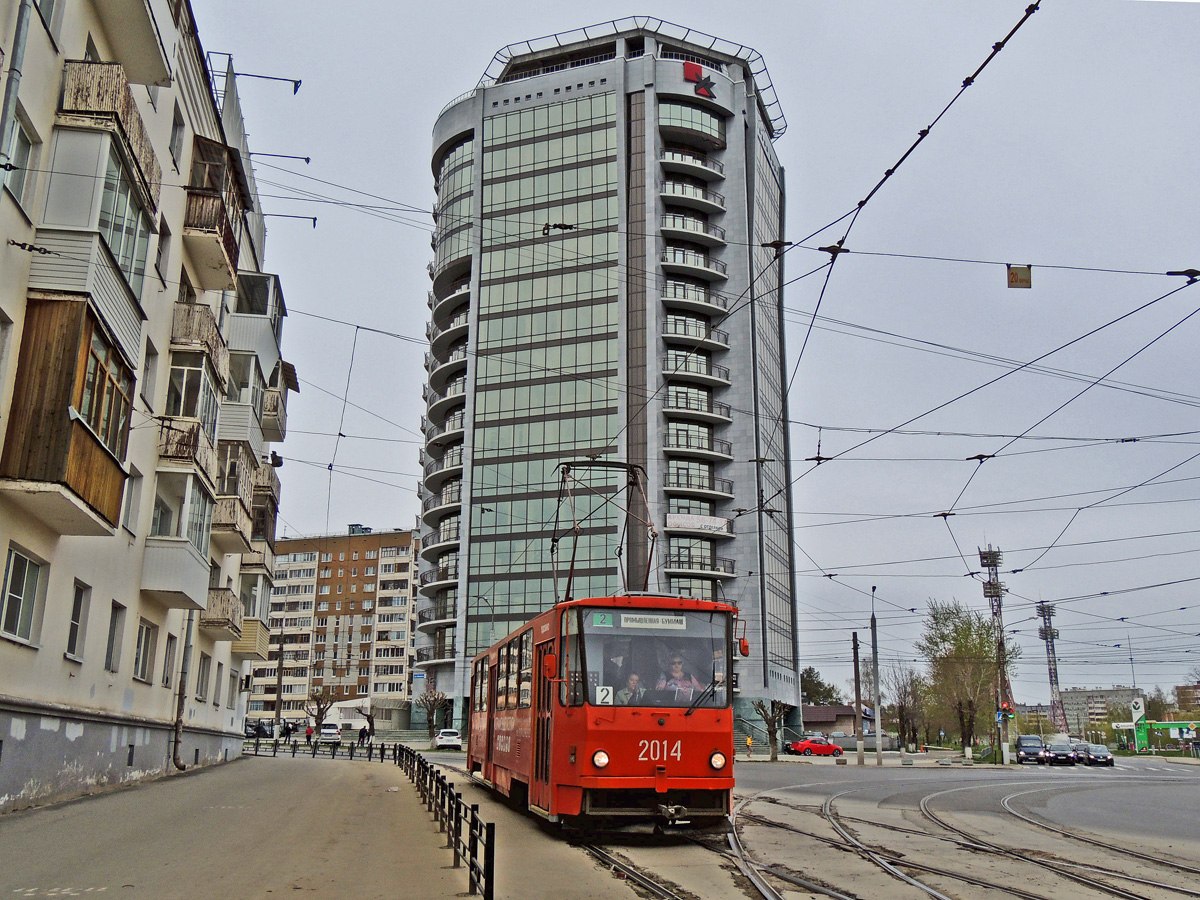
Izhevsk es la capital de la república de Udmurtia, y está situada a la orilla del río Izh, al oeste de los Montes Urales. La historia de Izhevsk, en 1760 se inicia como una fábrica de hierro rodeado de asentamiento de Zavod Izhevsky fue fundada en la orilla del río Izh por orden del conde Piotr Ivánovich Shuvalov.
En 1774, el asentamiento fue atacado con las tropas de Emelyan Pugachev y fue casi totalmente destruida. En 1807 la fábrica de Armería se fundó bajo la dirección de Andrey deryabin Fiódorovich. Desde mediados del siglo XIX, la fábrica se convirtió en uno de los mayores y en desarrollo en Rusia.
El 21 de febrero de 1918 la liquidación Izhevsky Zavod se convirtió en ciudad de Izhevsk, que pronto se convirtió en la capital de la región. Hoy en día Izhevsk estancias de la capital de la República de Udmurtia, en su centro industrial, educativo y cultural.
http://www.absolutrusia.com/ciudades-de-rusia-vologda-y-izhevsk/
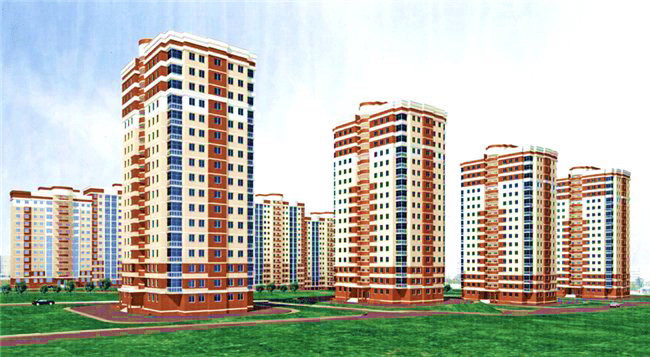
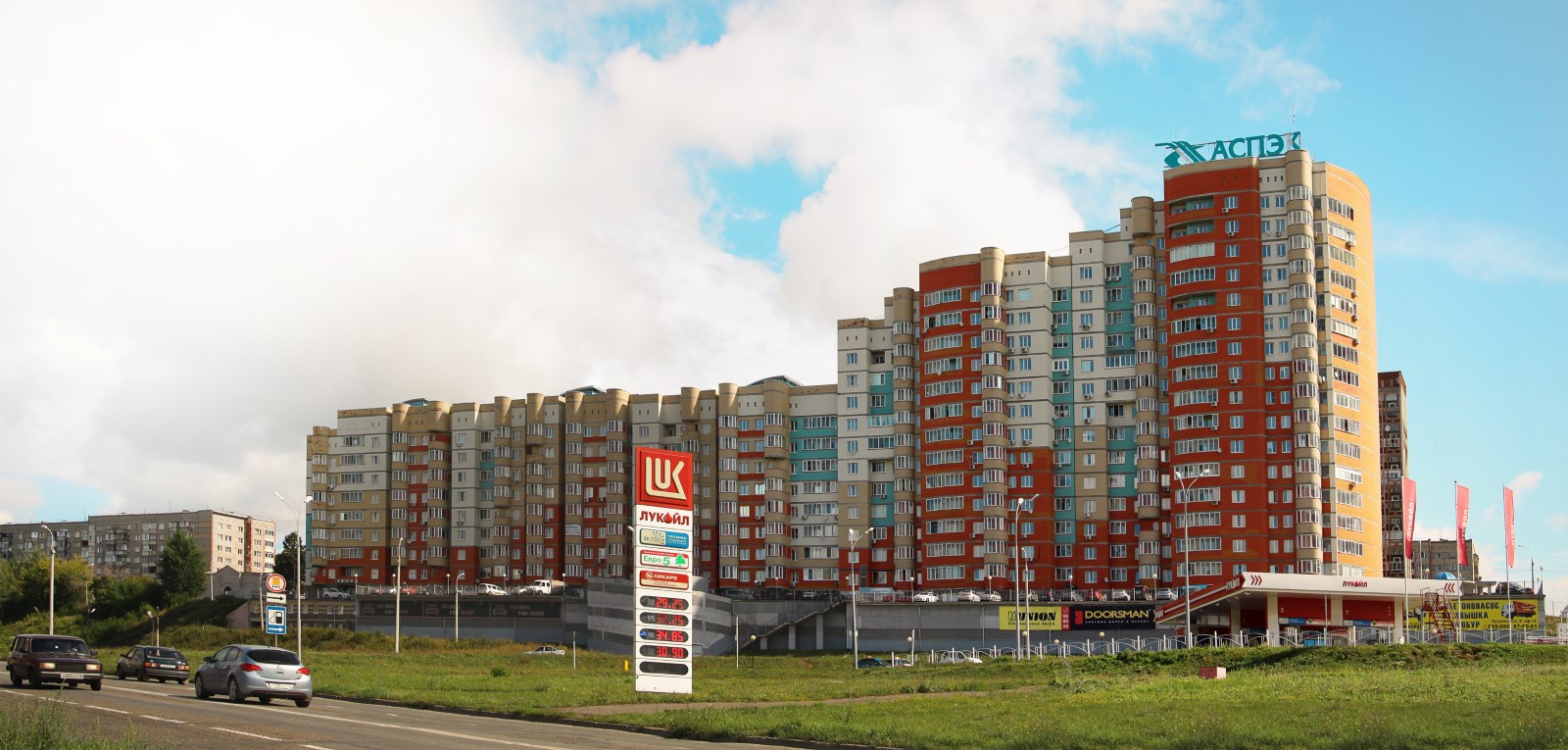
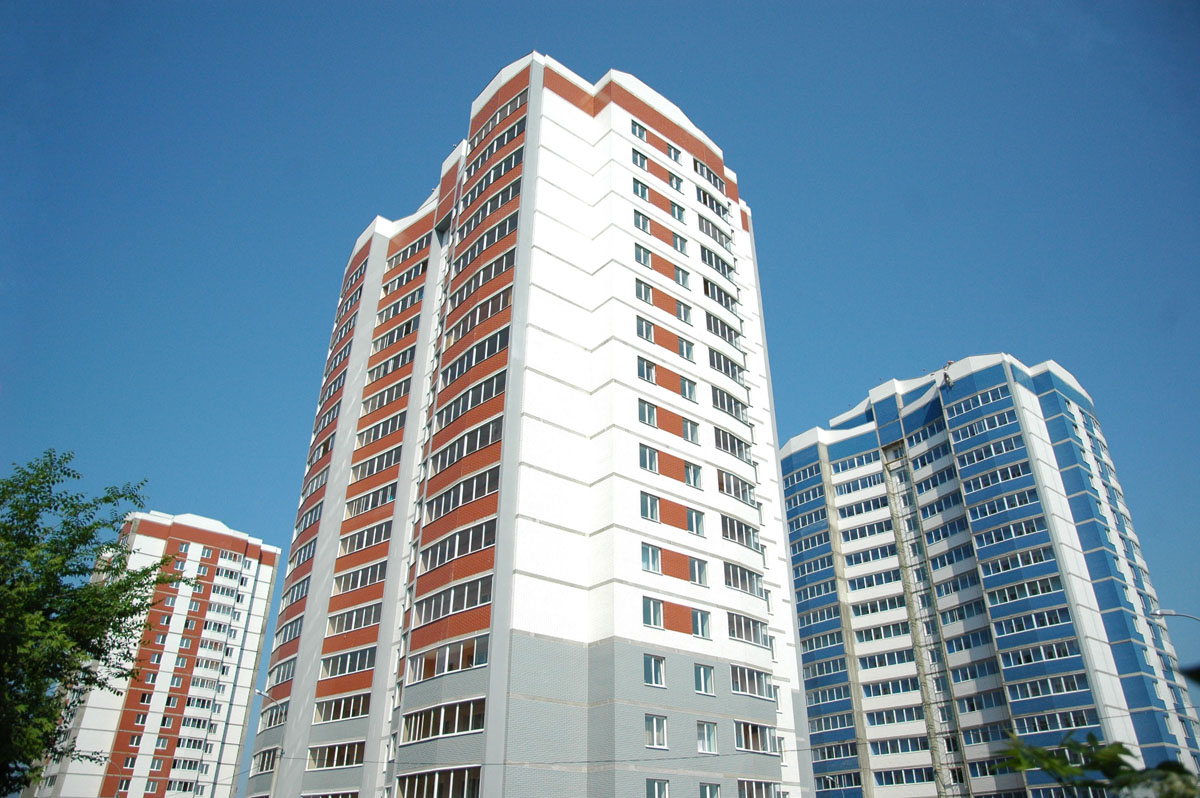
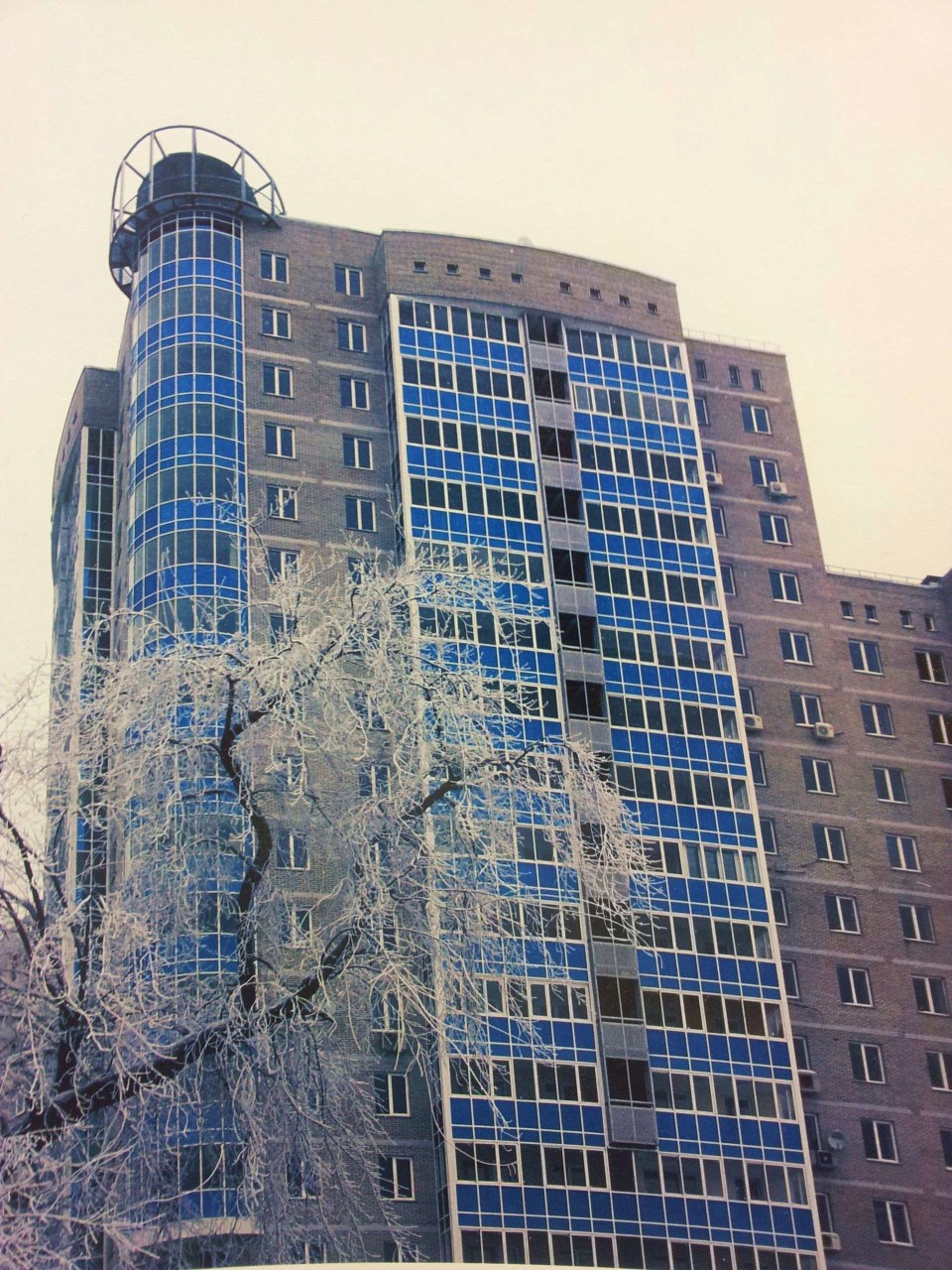
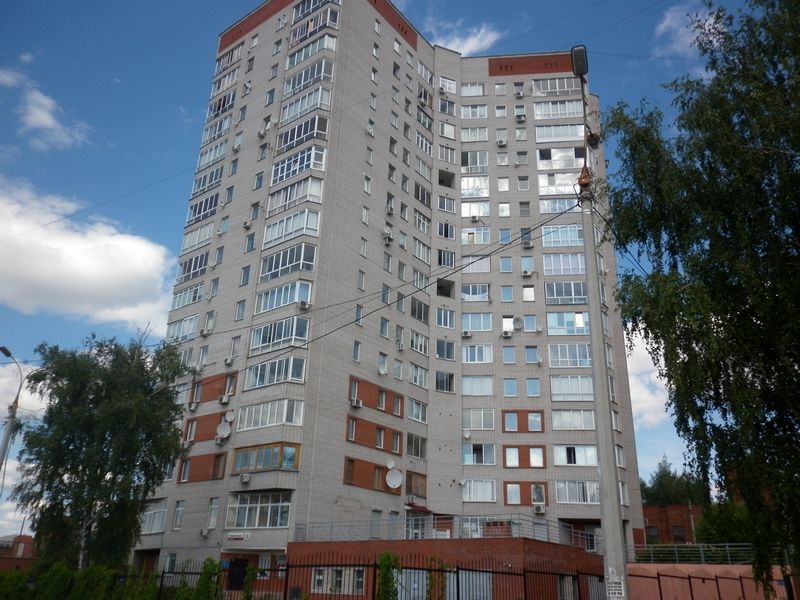
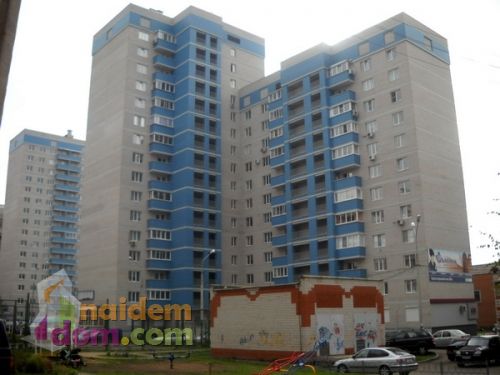
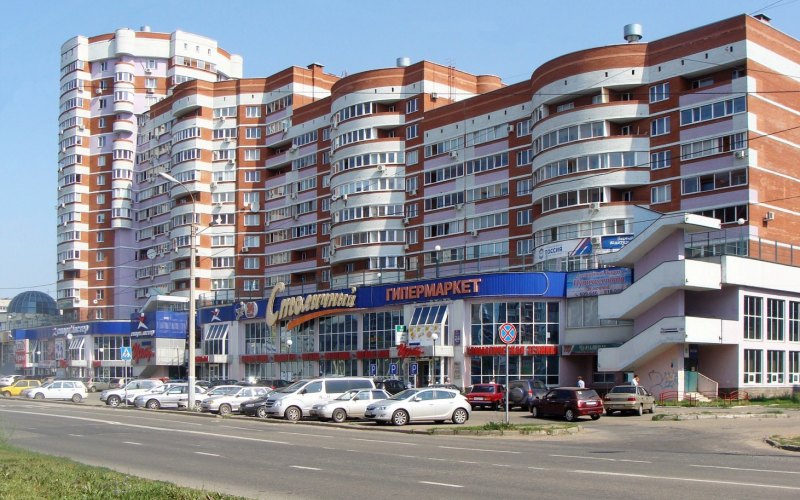
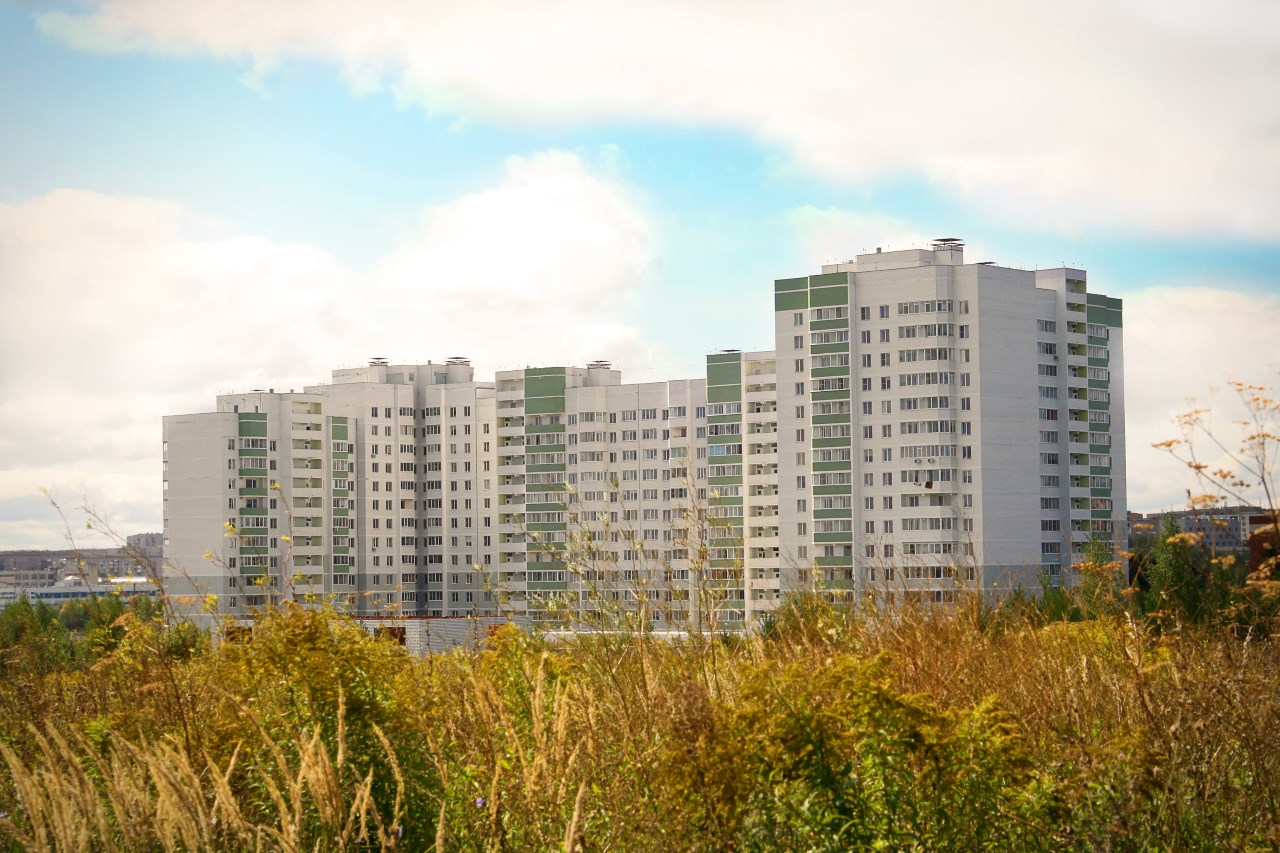
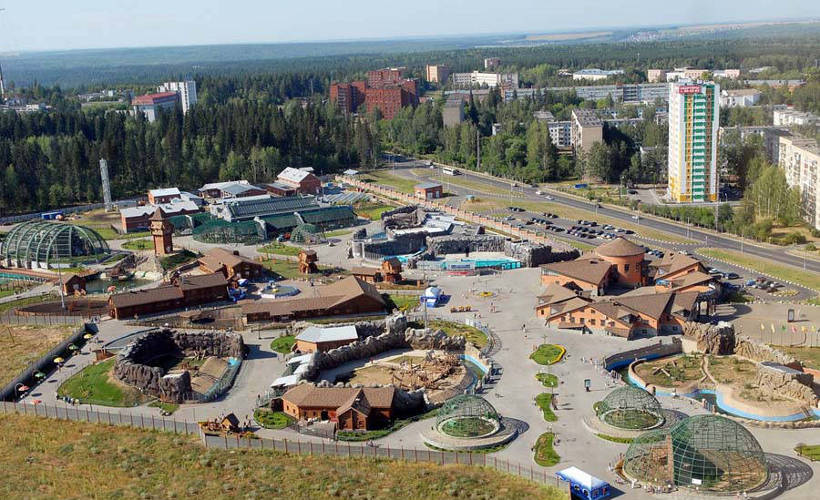
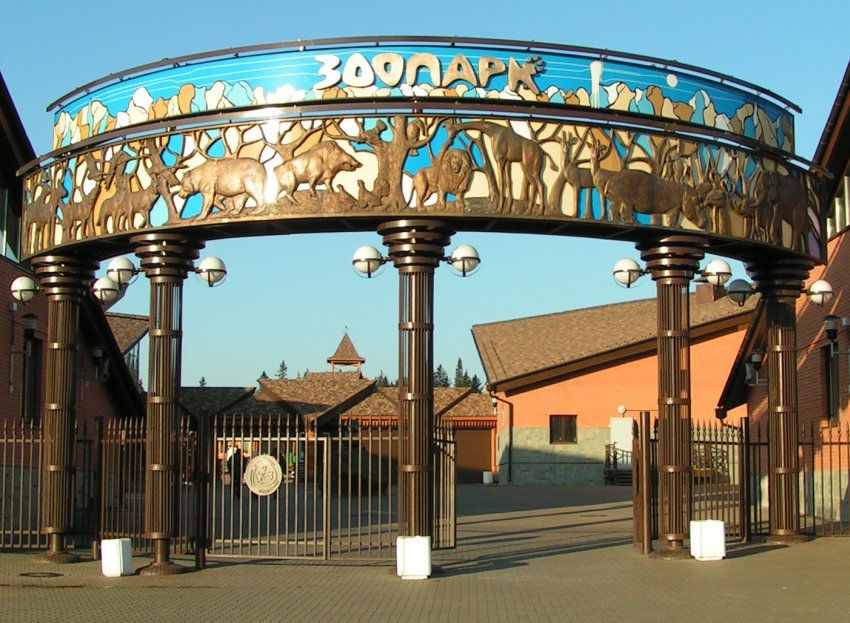
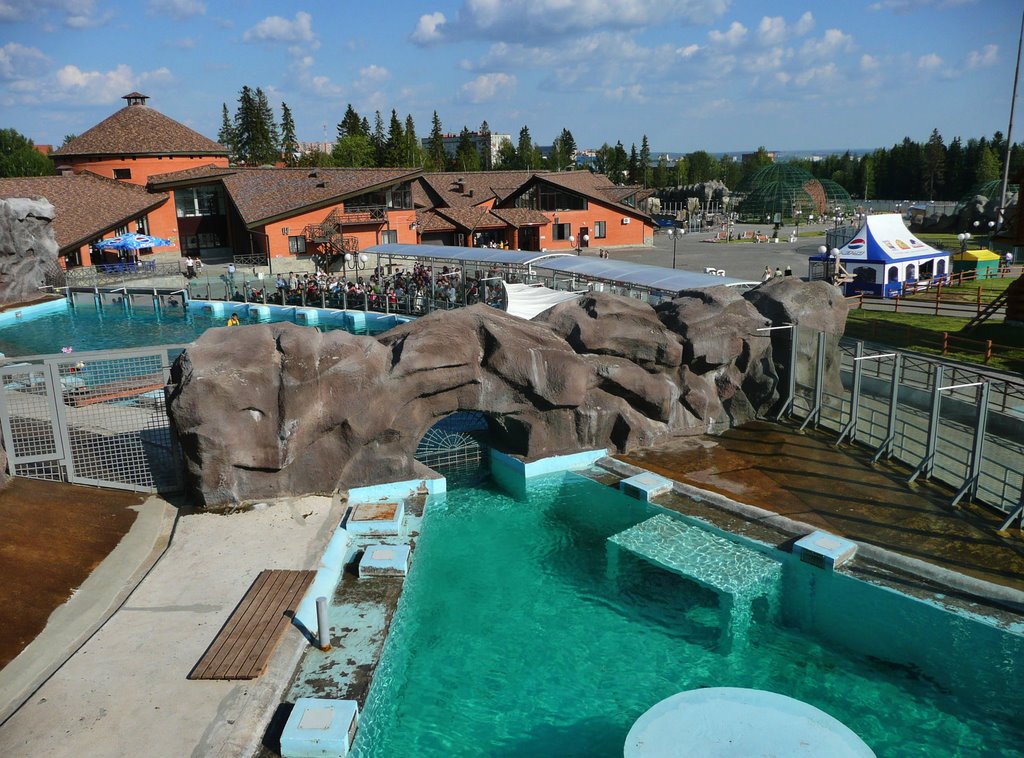
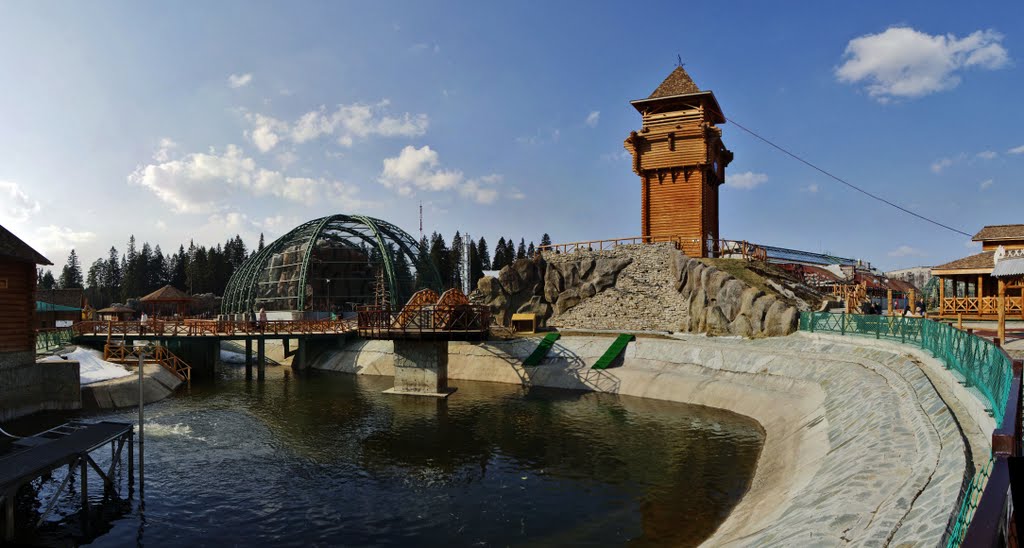
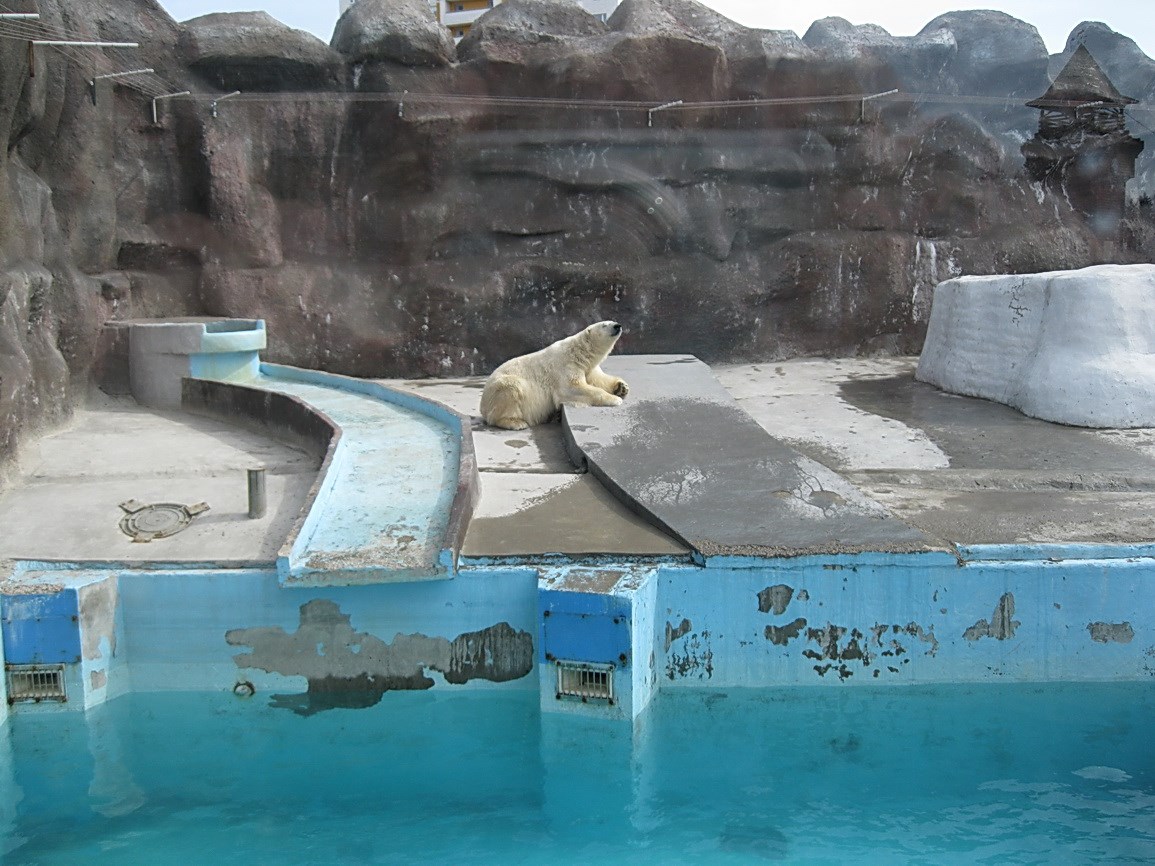
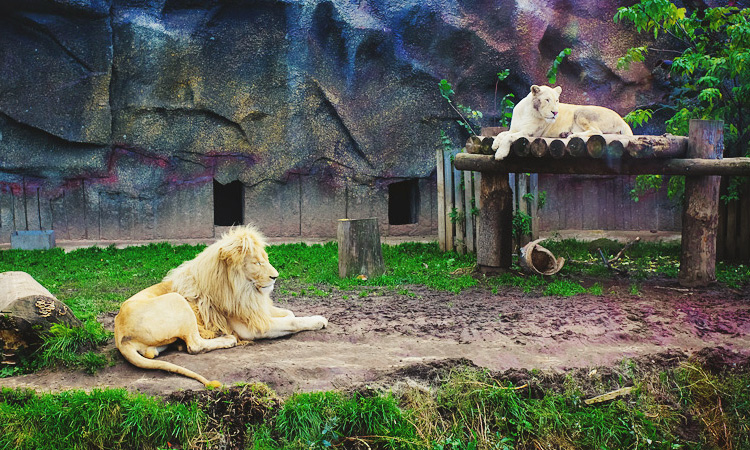
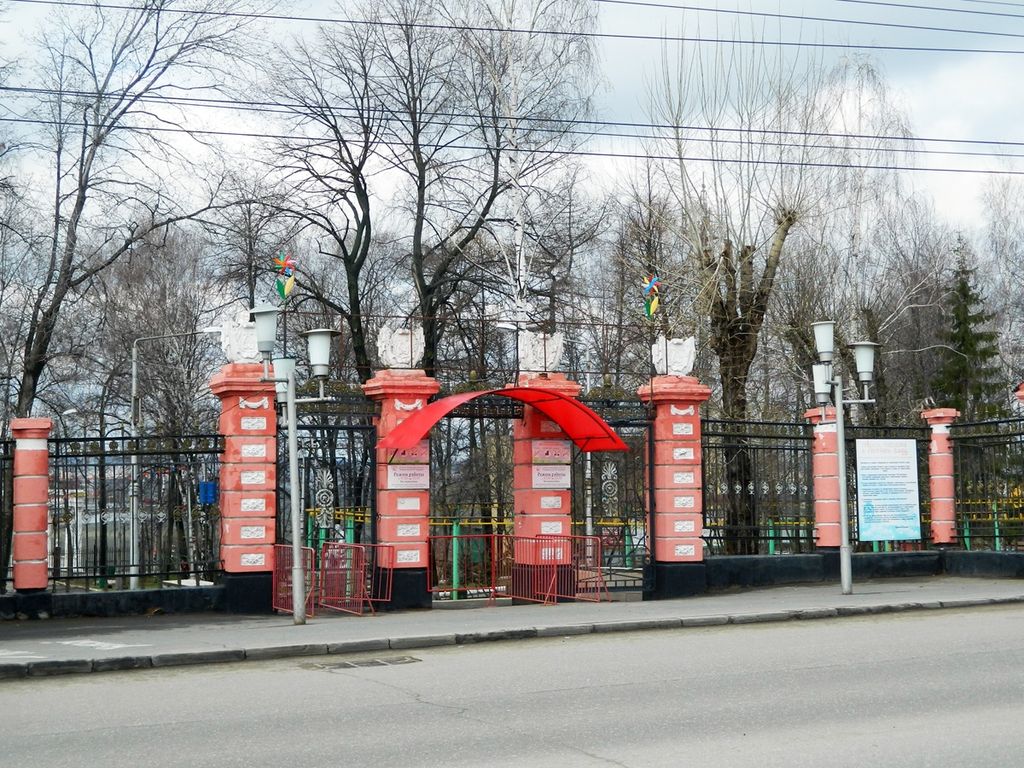
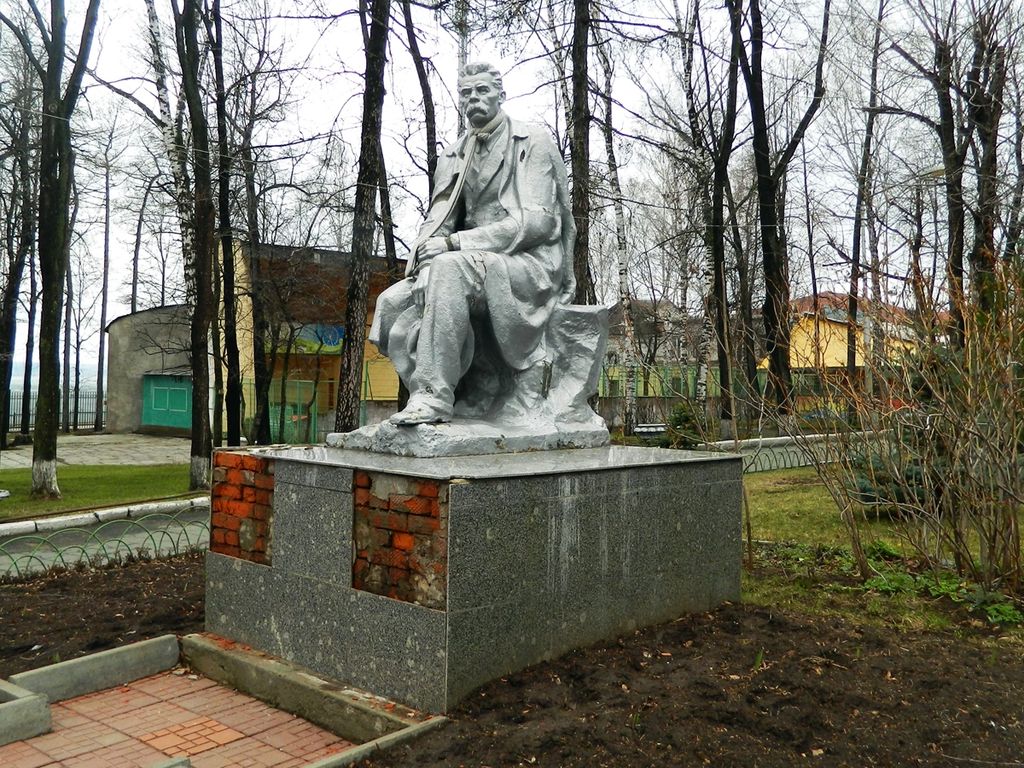
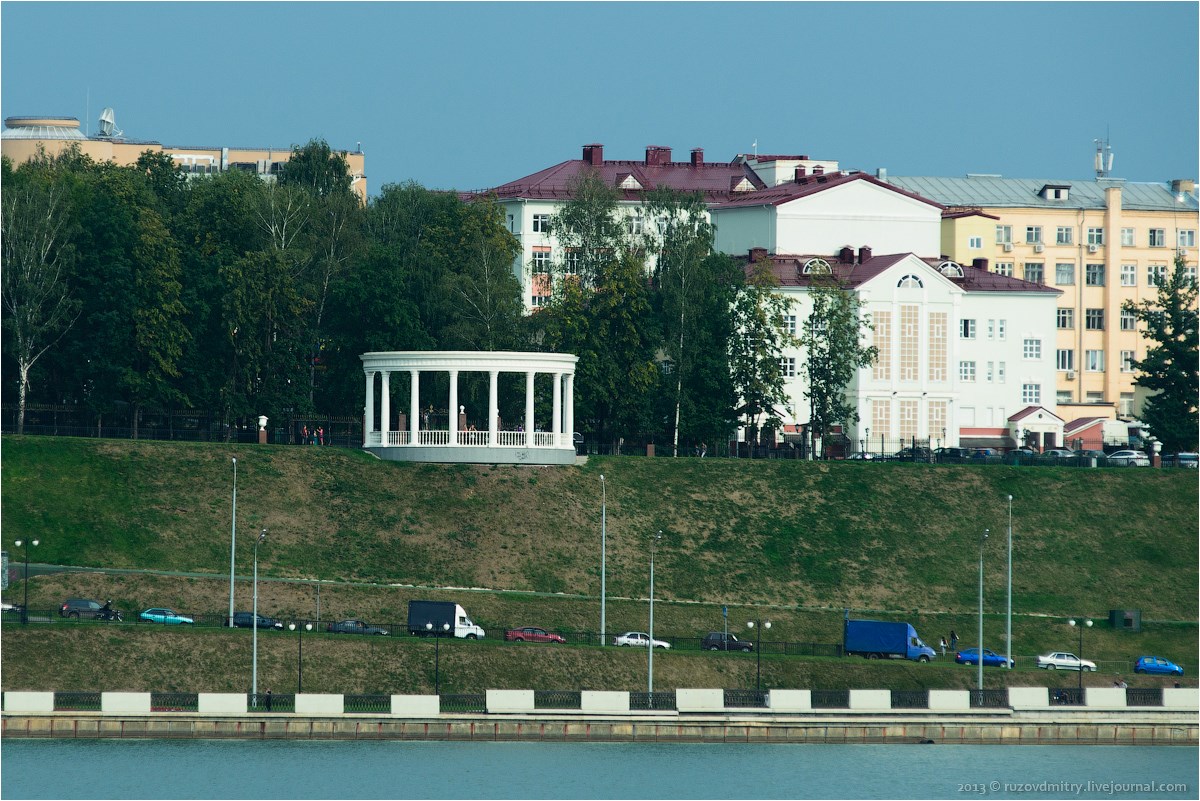
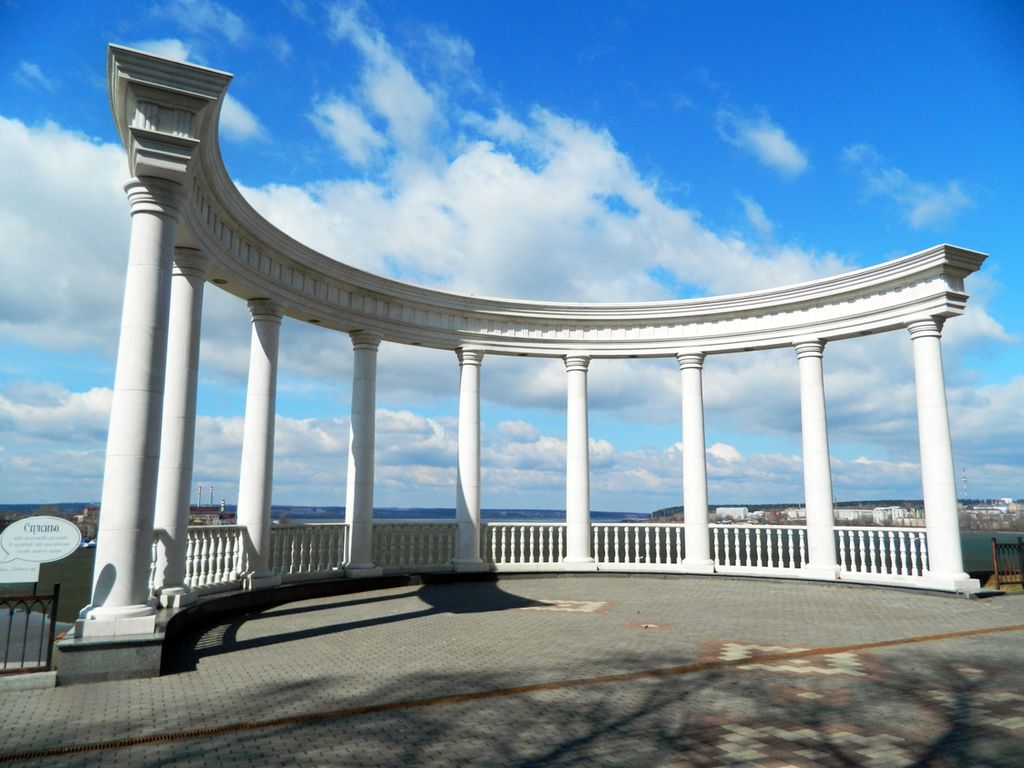
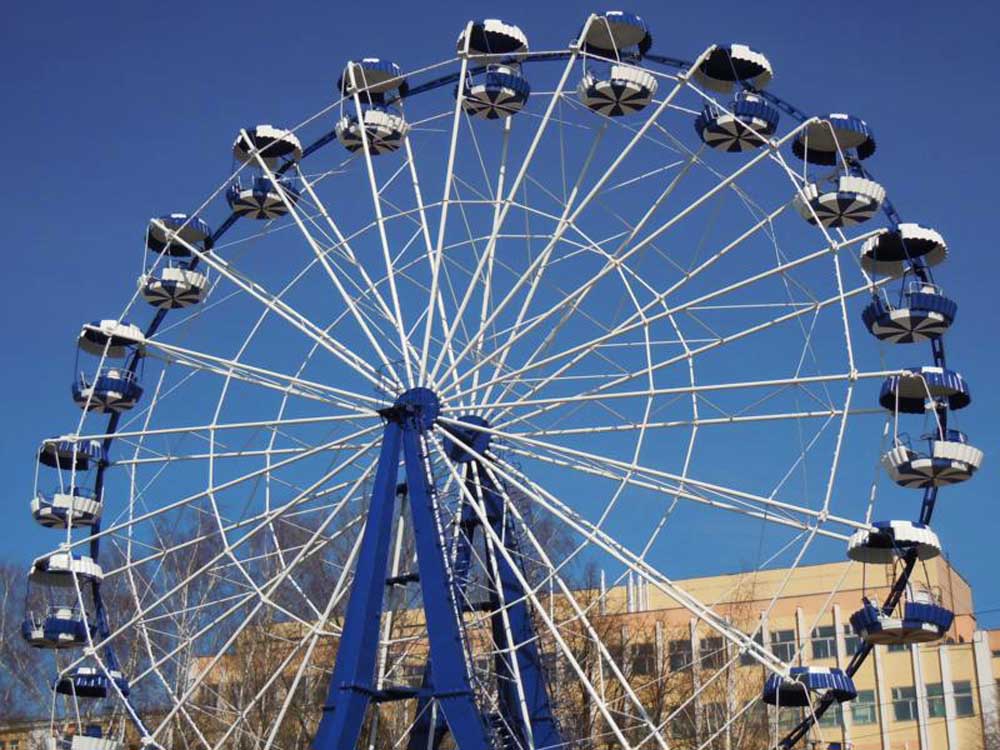
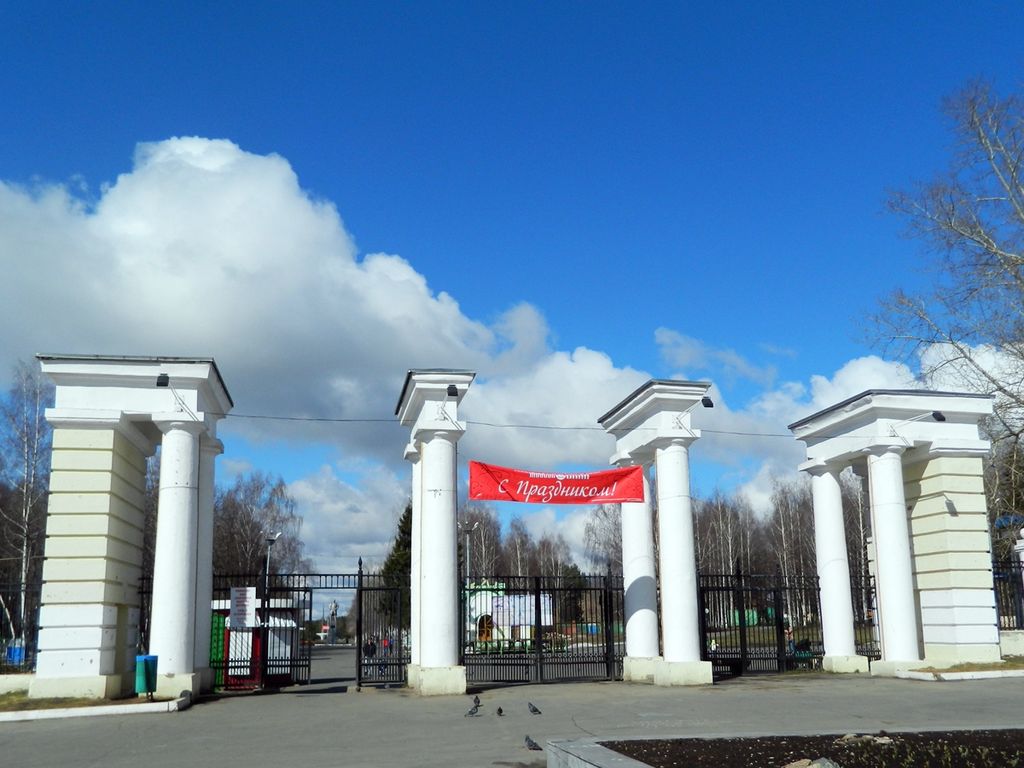
Izhevsk (Иже́вск)
Udmurt Republic
Izhevsk is the capital of the Udmurt Republic located which is located to the West of the Ural mountains. It has a population of over 600,000 people. Izhevsk is located on the Izh river which is a tributary to the Kama river. The city's history is predominantly industrial and this is still the case in the city today.
Izhevsk is built besides a man made lake commonly known as the Izhevsk Pond. The use of the word 'pond' is a curious translation used by most locals for the lake. Izhevsk Pond is certainly large enough to be considered a lake by almost all definitions (22 square km). The lake was formed on the Izh river in early 1760s in order to build metal working factory on it's shore. The settlement would grow to become the city of Izhevsk. The city's focus would remain metal working and arms production.
Izhevsk is the home of Michael Kalashnikov who in the late 1940s designed the AK-47 assault rifle which has proved to be one of the most successful small arms designs in history. More AK-47s have been manufactured than any other in history (over 100 million). Although Izhevsk is the home of Kalashnikov production, numerous unlicensed factories around the world produce the AK-47. During World War II Izhevsk supplied around 12.5 million arms for the Russian army. Izhevsk was also the birthplace of the Russian motorcycle industry. Izhevsk factories still produce small arms as well as other weaponry, cars and motorcycles. A Kalashnikov museum has recently been built in Izhevsk.
Izhevsk was a closed city during soviet times. No foreigners were allowed to visit the city. It was even difficult for Russians to visit Izhevsk. This was mainly due to the weapons manufacture that takes place in the city. Today Izhevsk welcomes visitors, and it is a wonderful way for tourists to escape the tourist trail. In fact Izhevsk isn't even listed in the lonely planet.
Izhevsk has a typically continental climate. Mild summers and cold winter. Average temperatures ranging from 20C in the summer to -15C in the winter. As the city is so far from the ocean temperatures often feel more mild than they actually are, especially when compared to a city like Saint Petersburg.
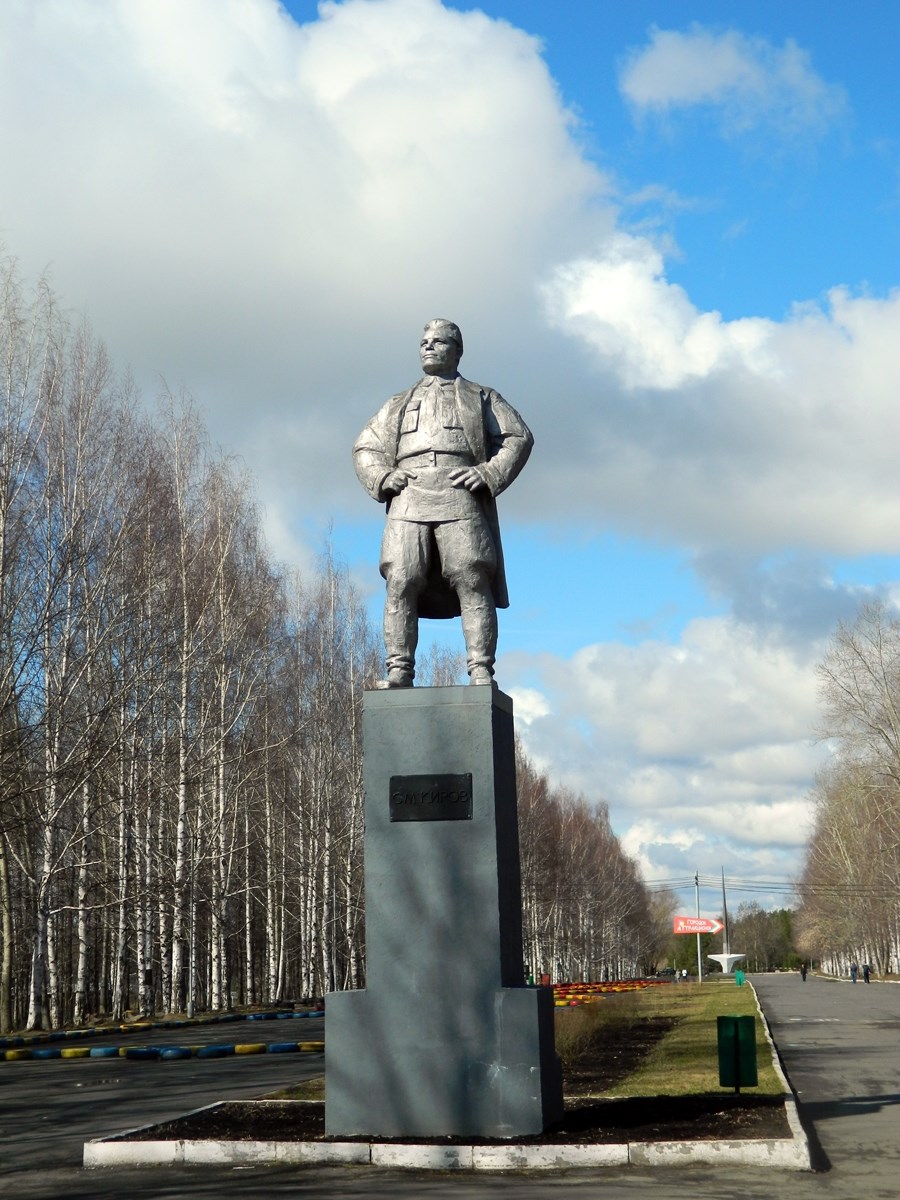
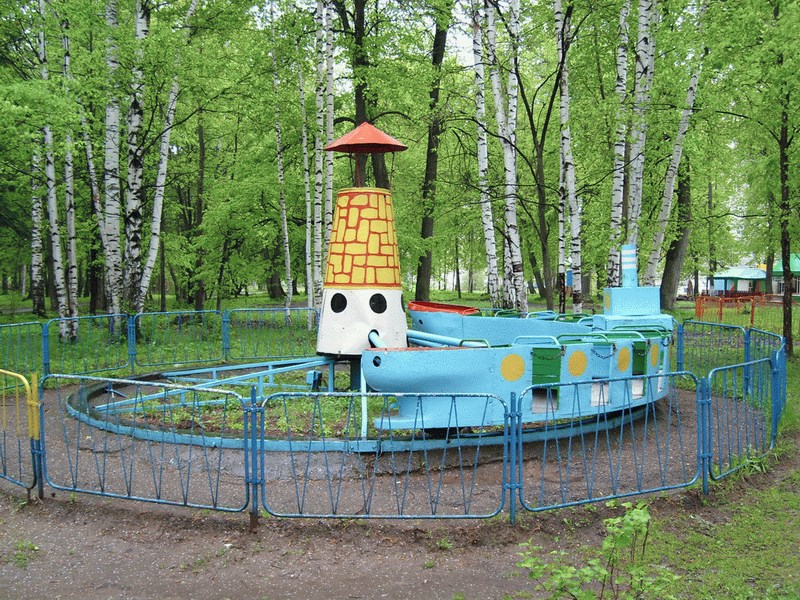
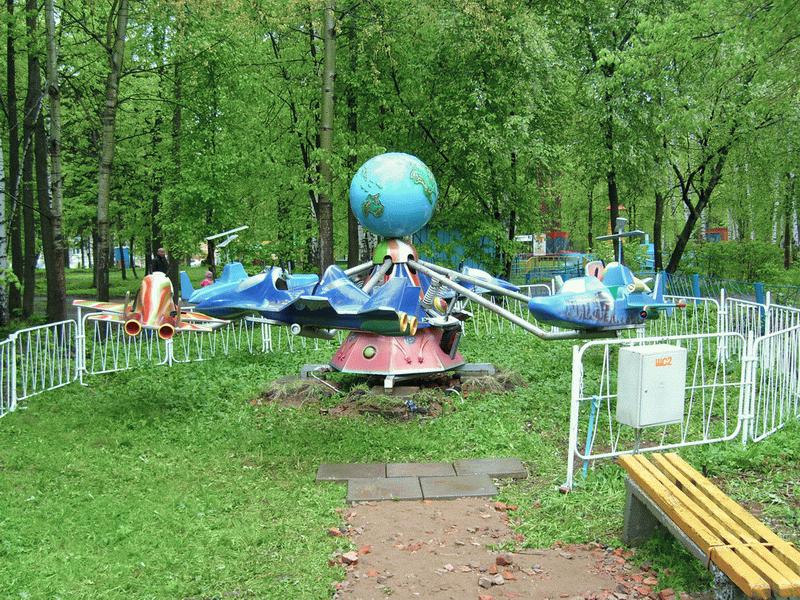
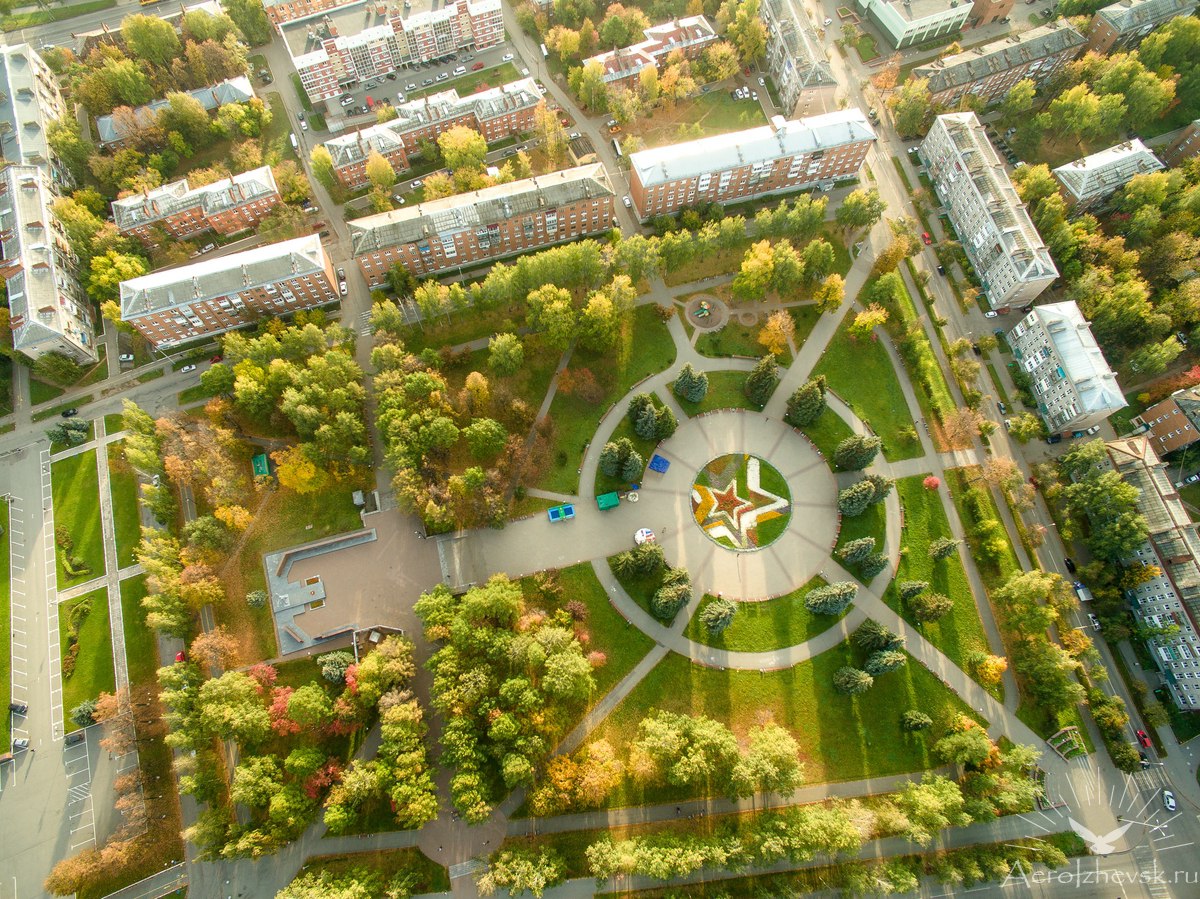
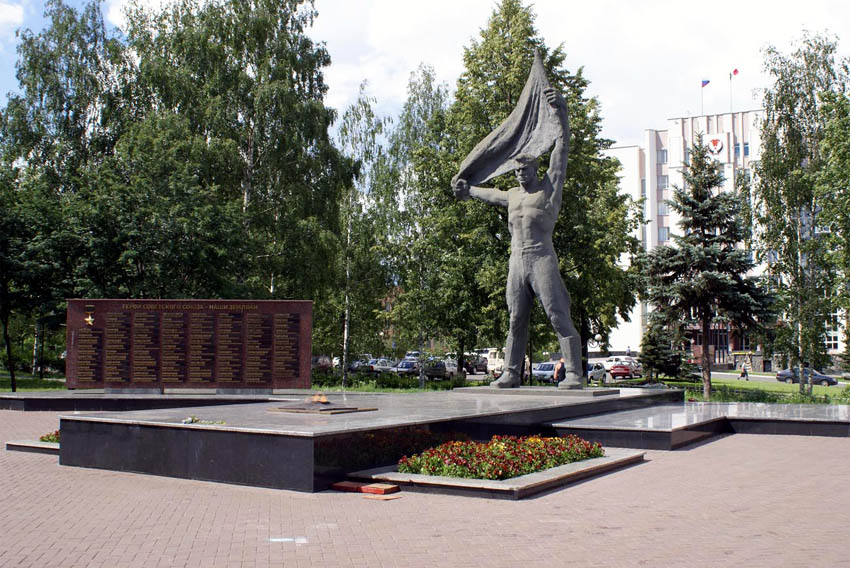
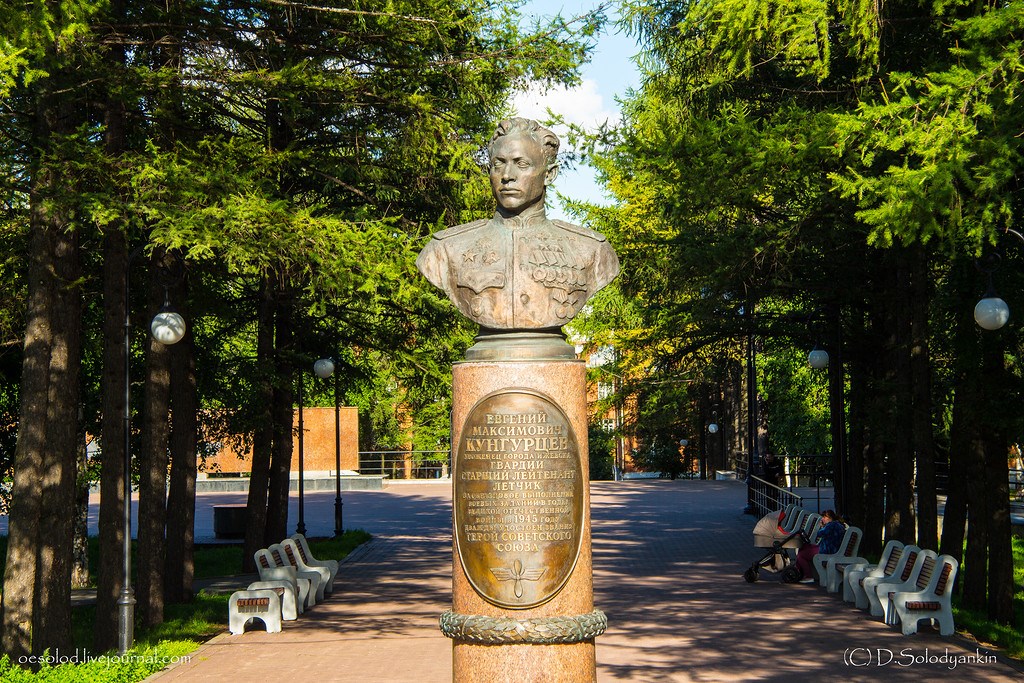
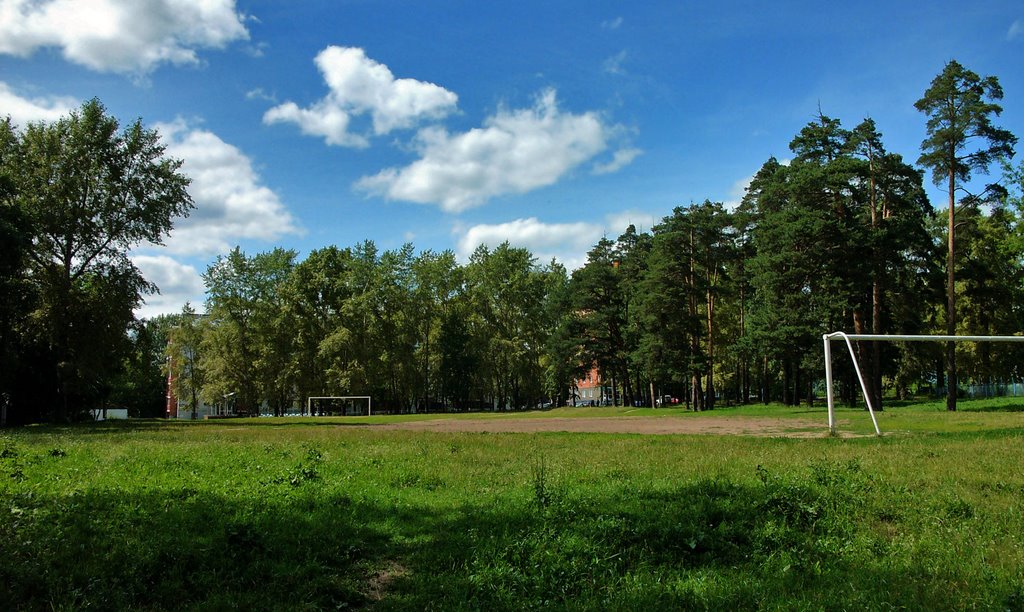
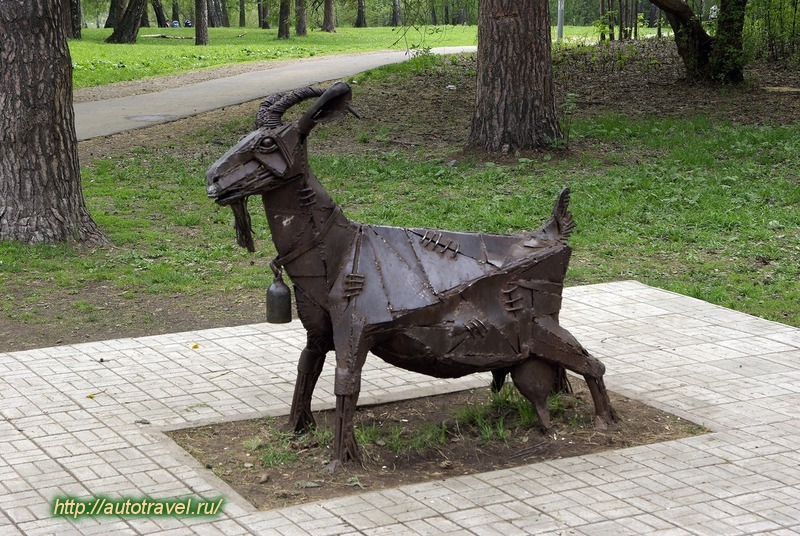
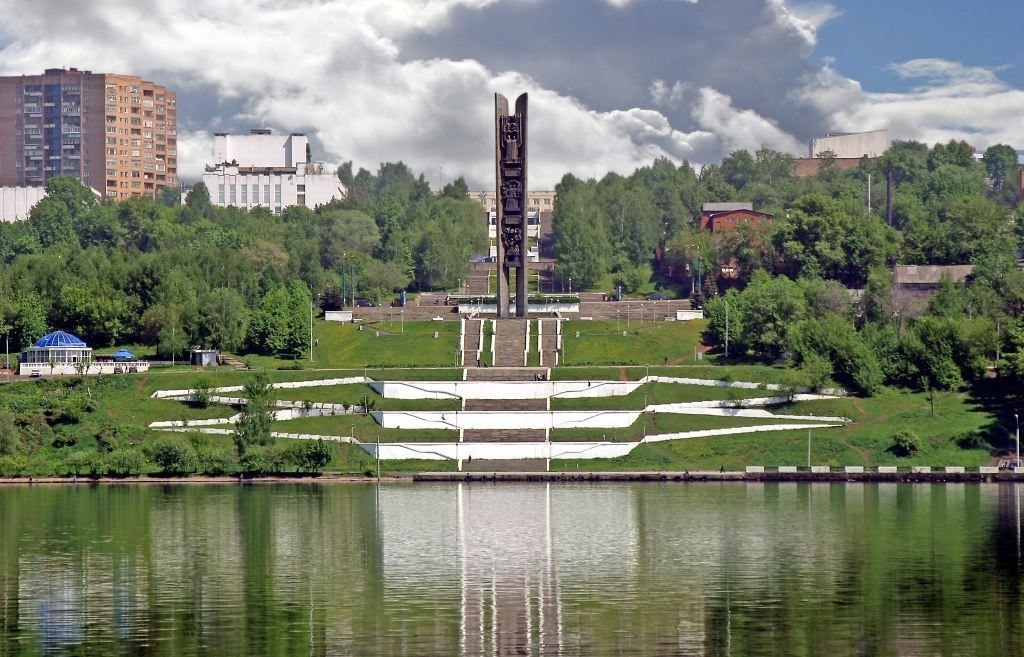
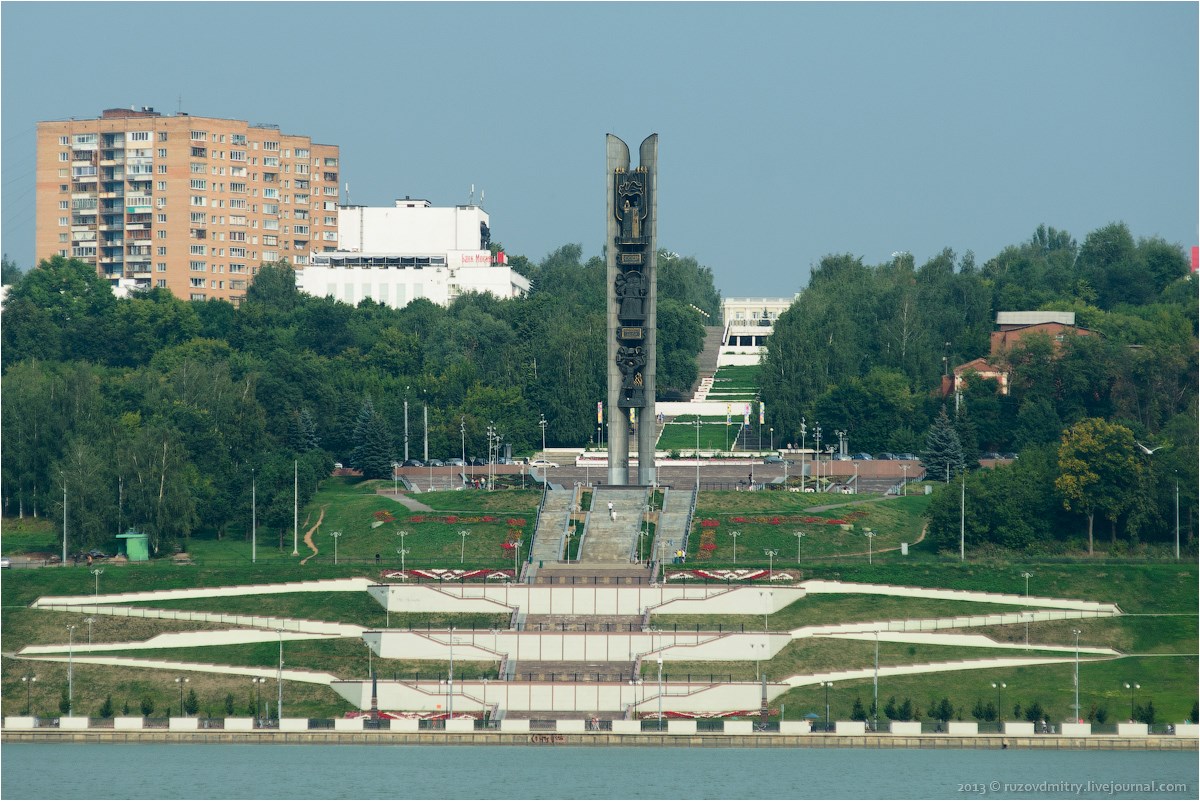
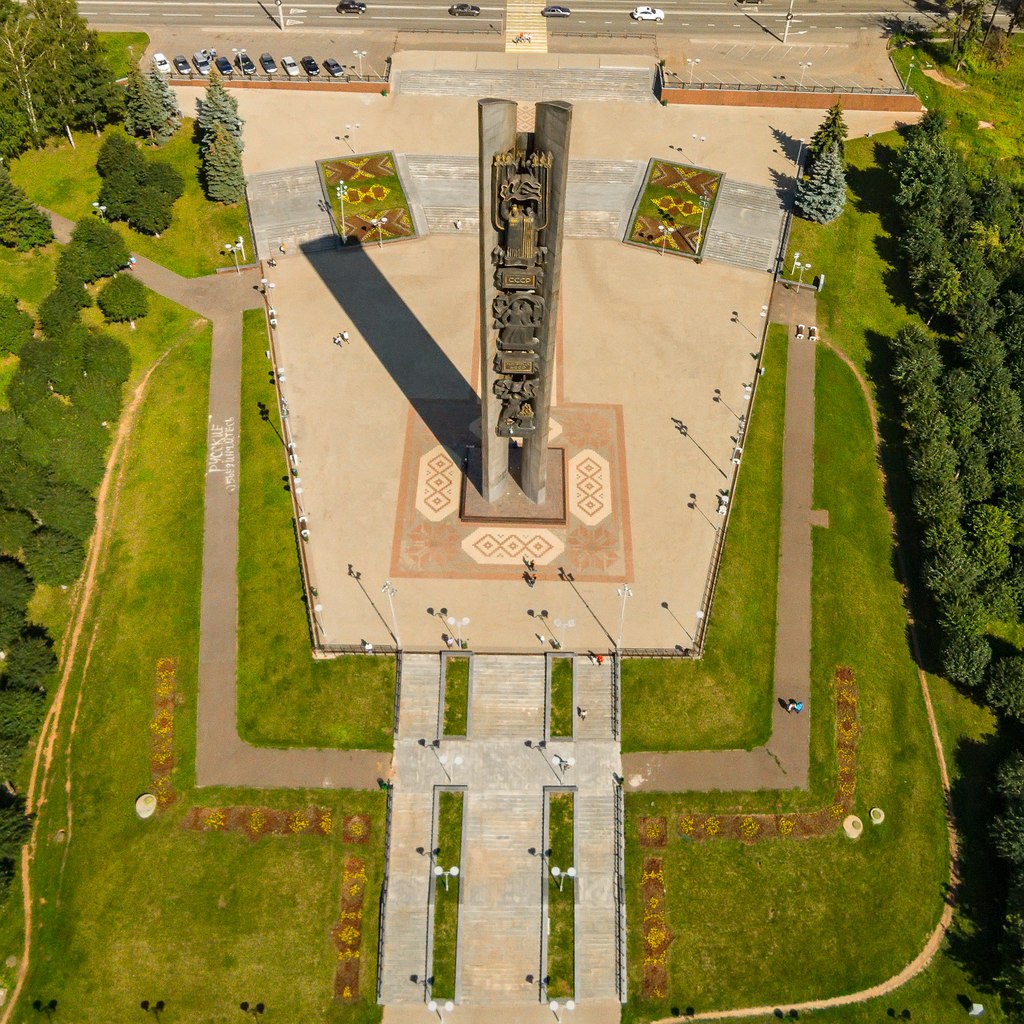
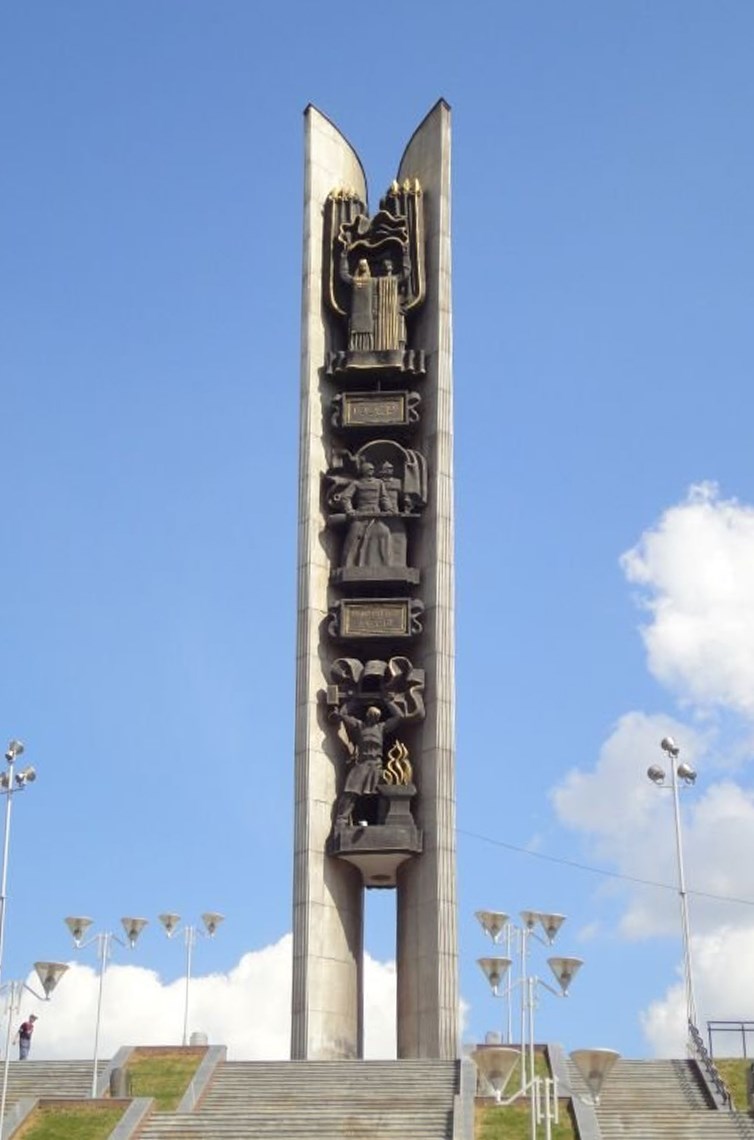
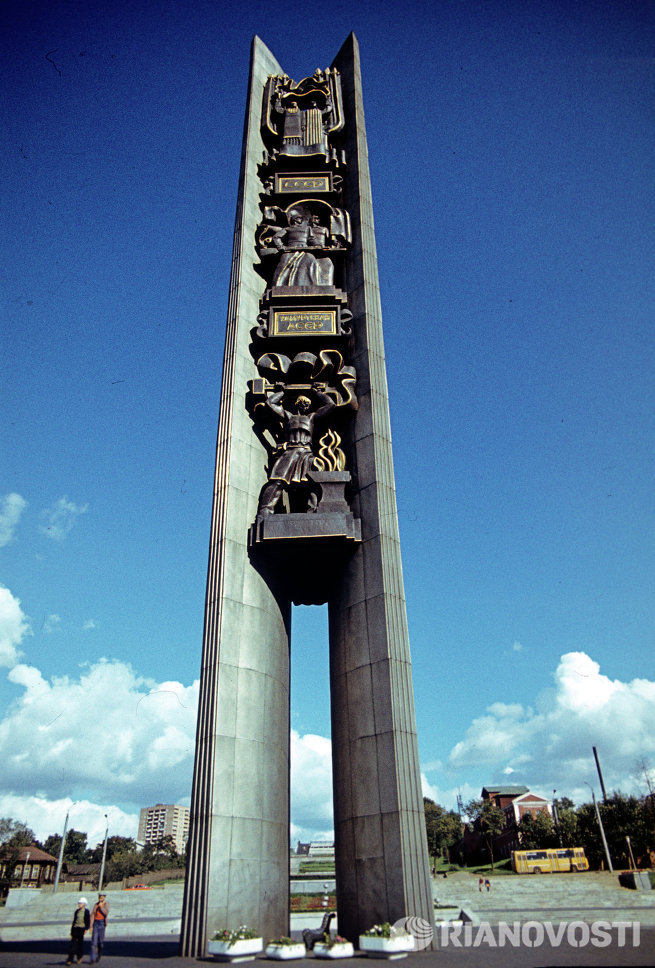
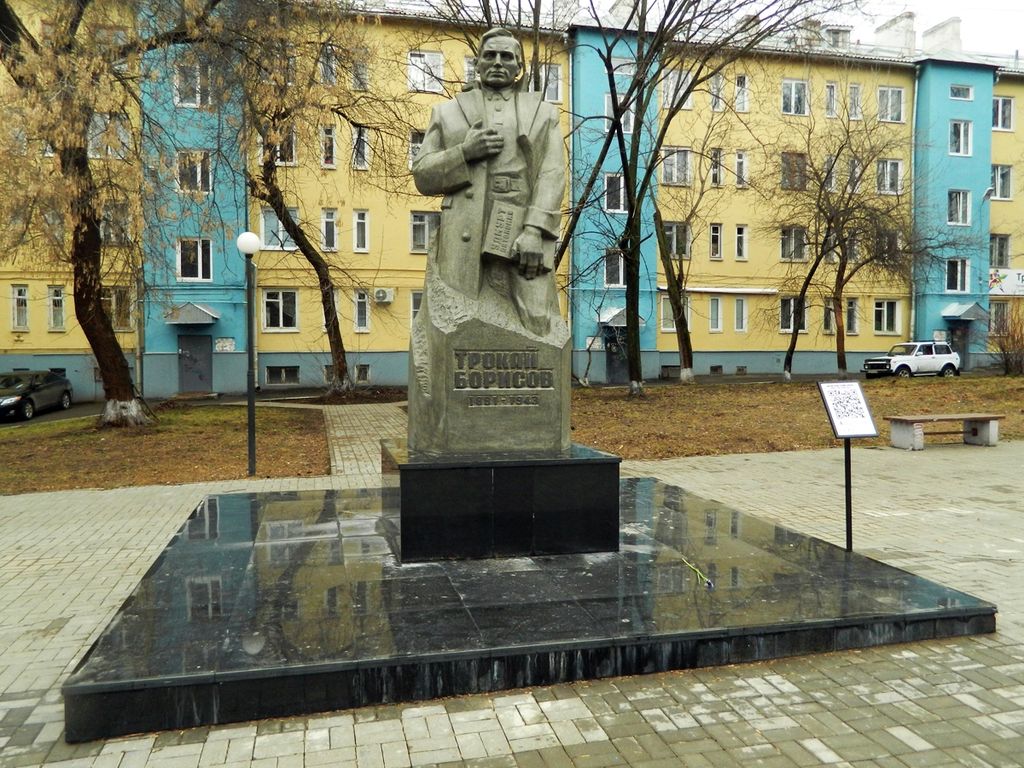
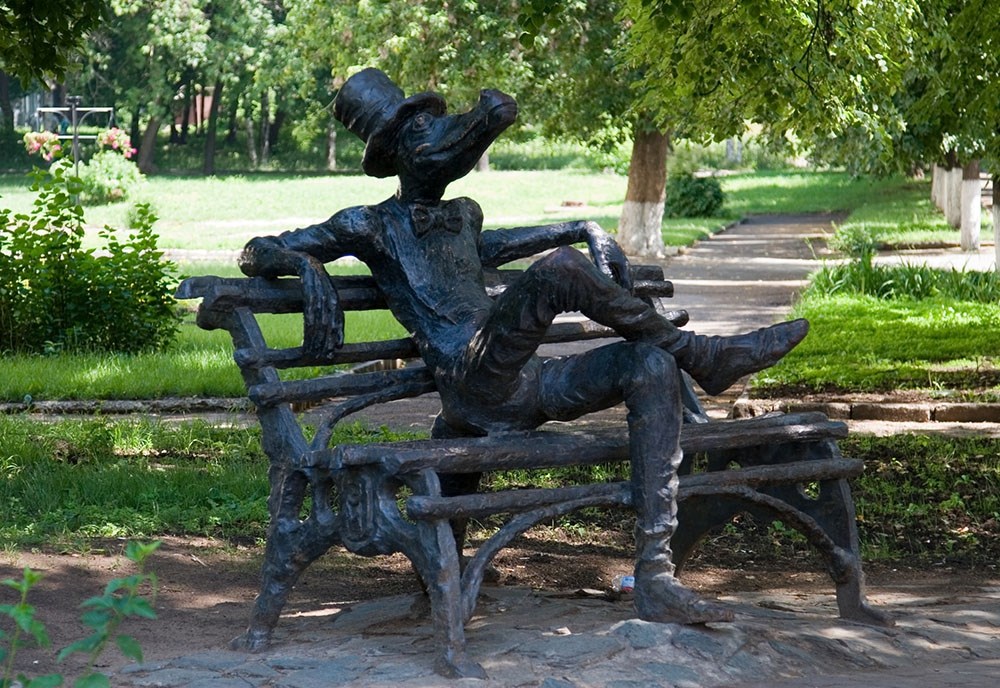
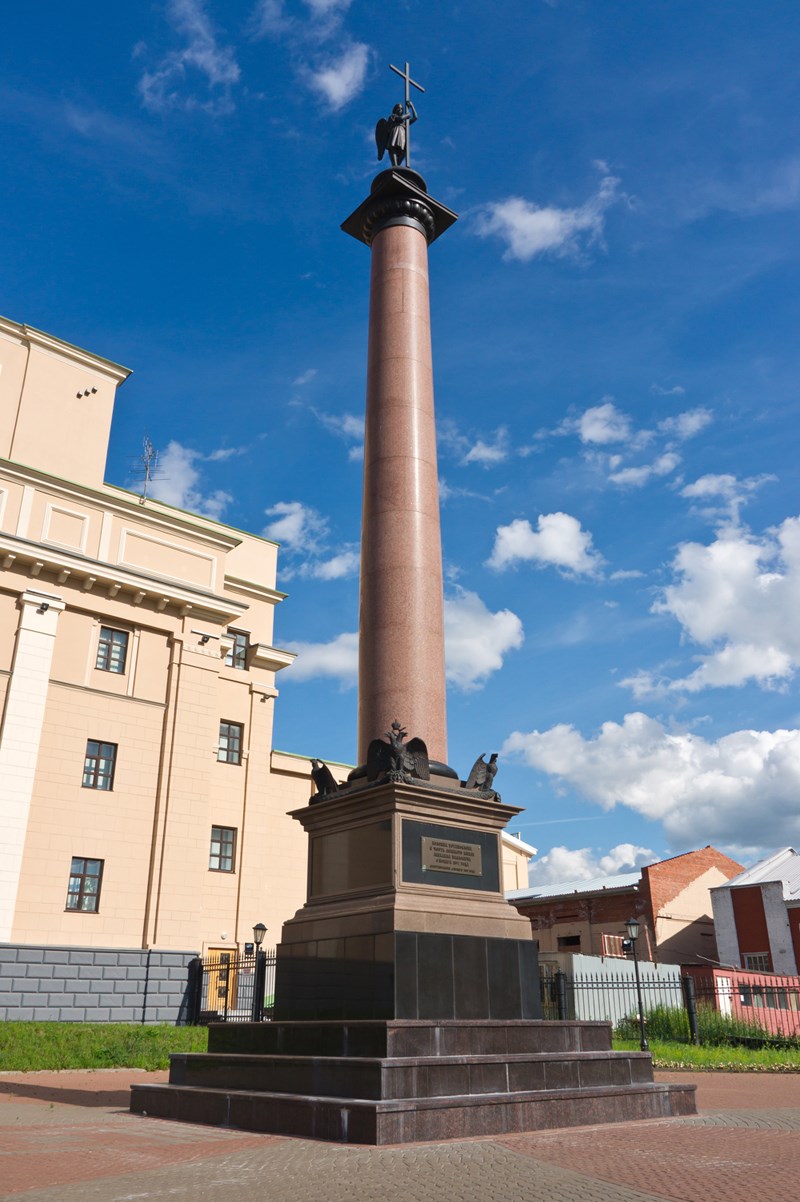
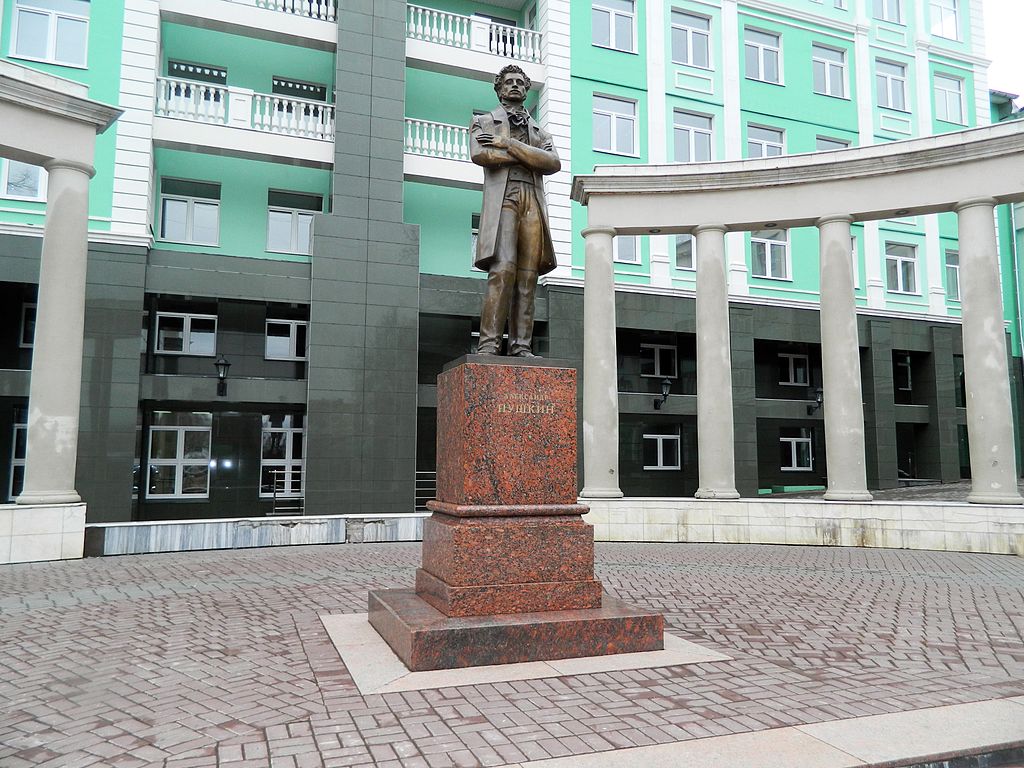
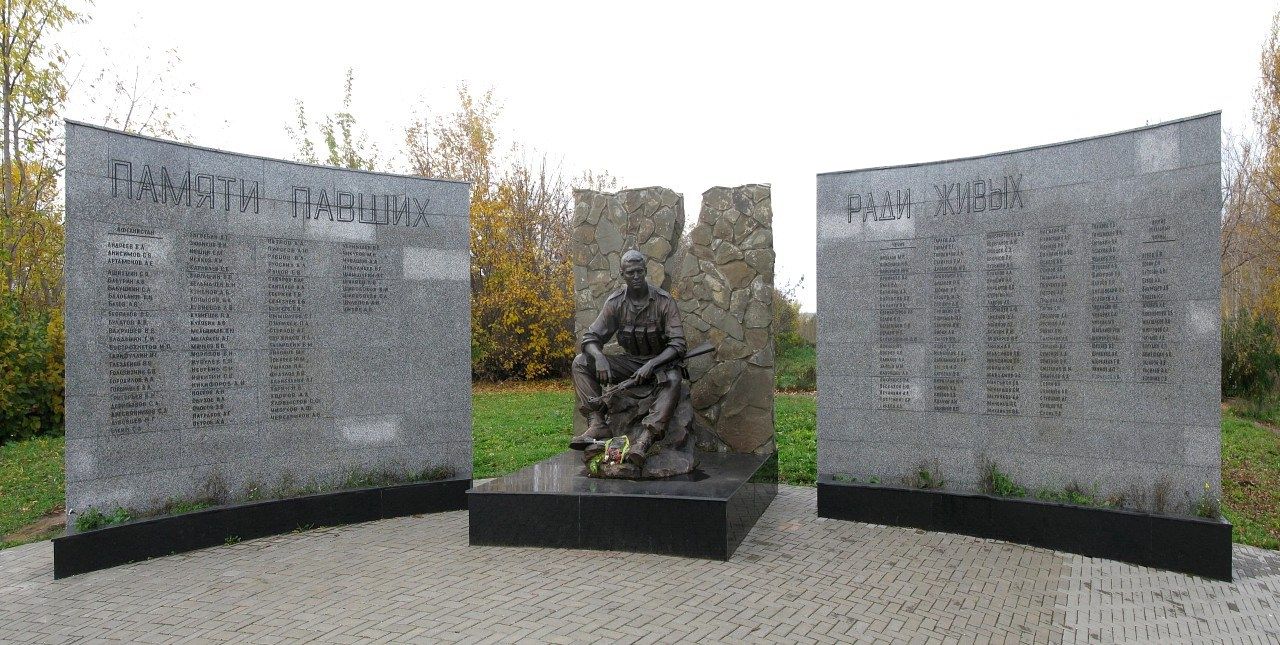
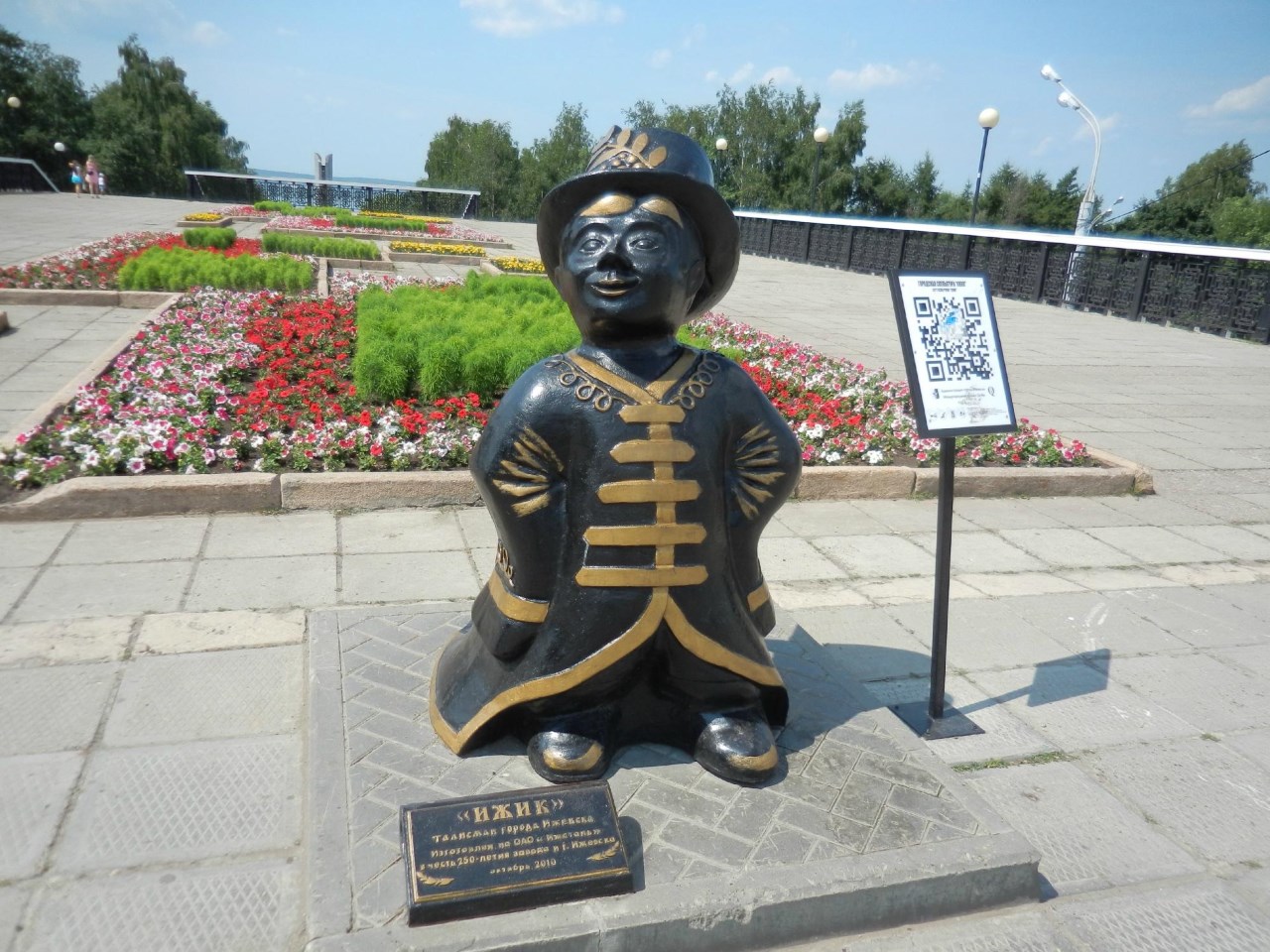
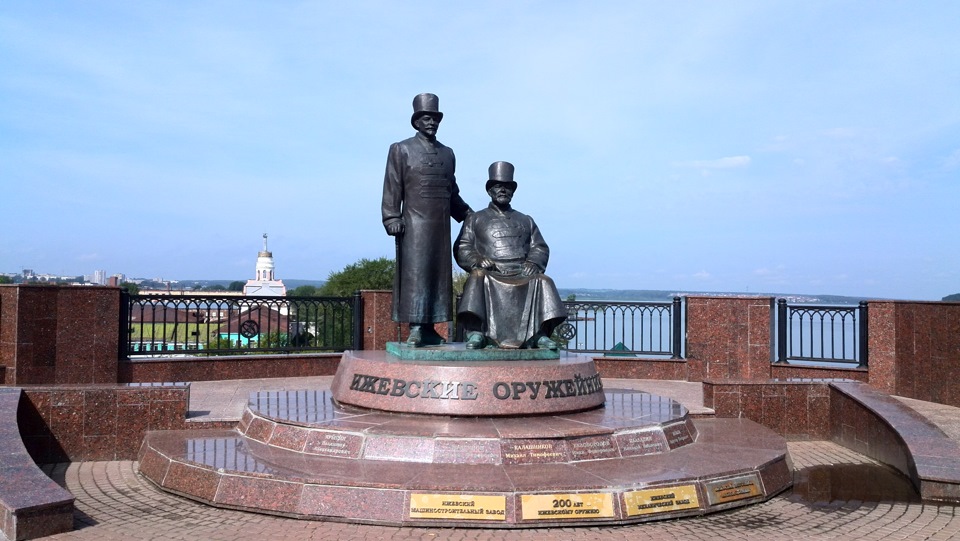
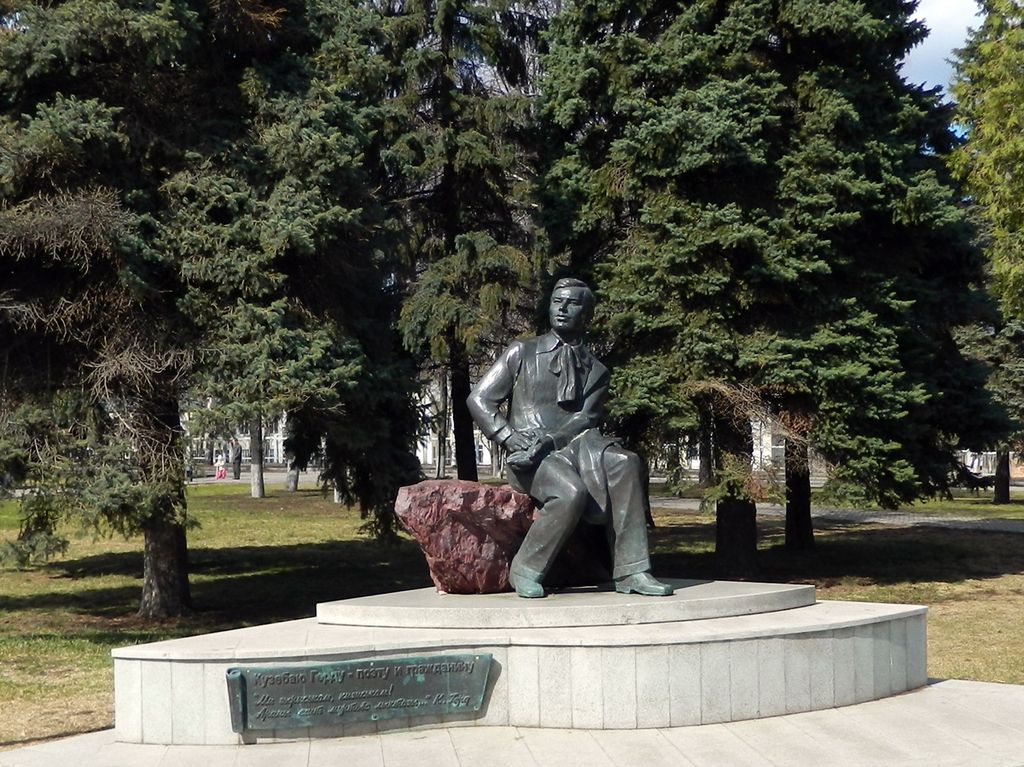
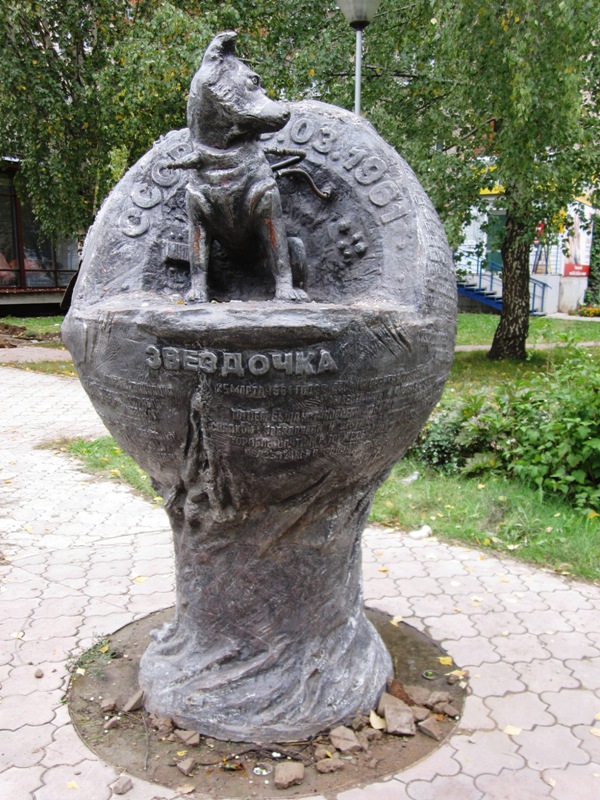
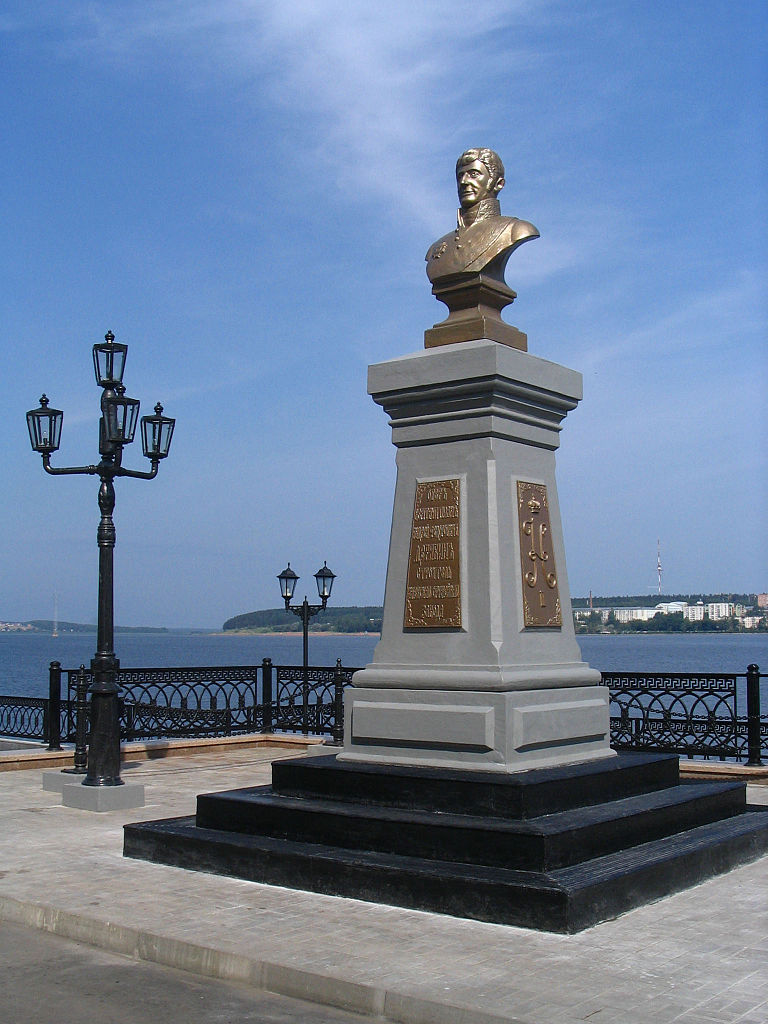
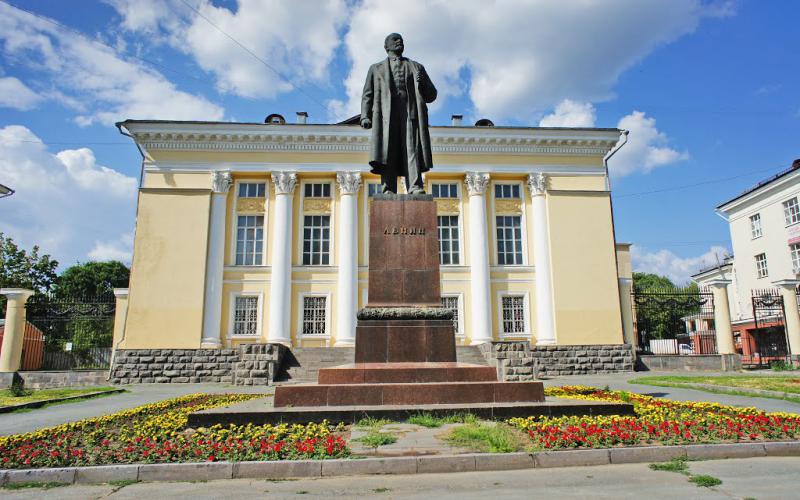
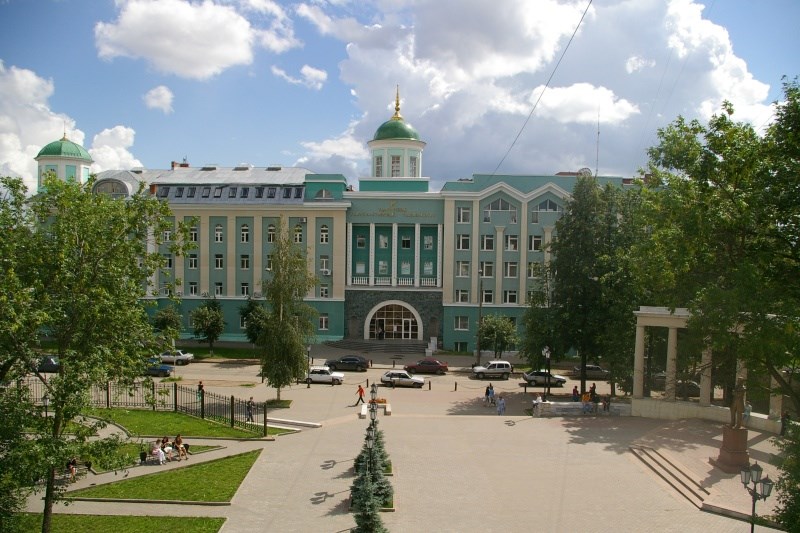
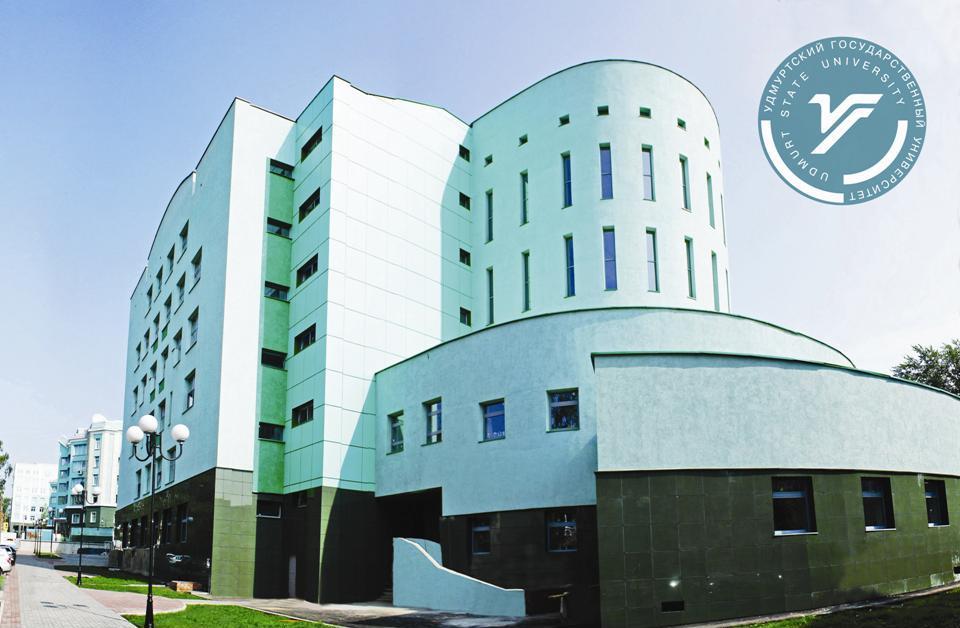
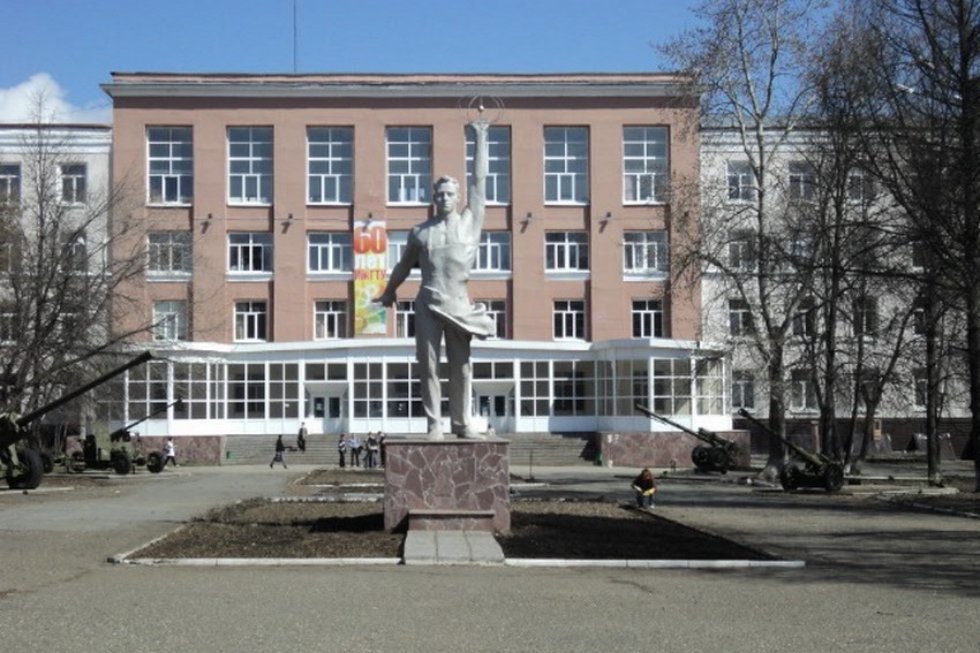
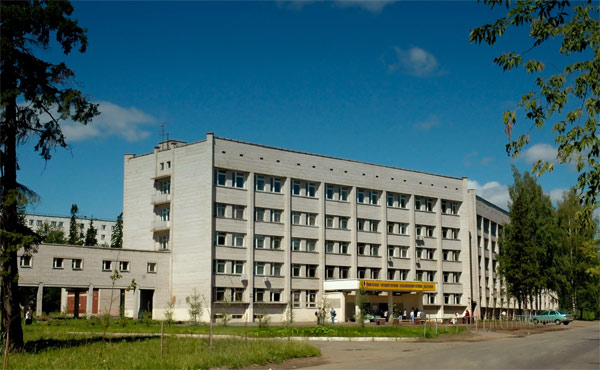
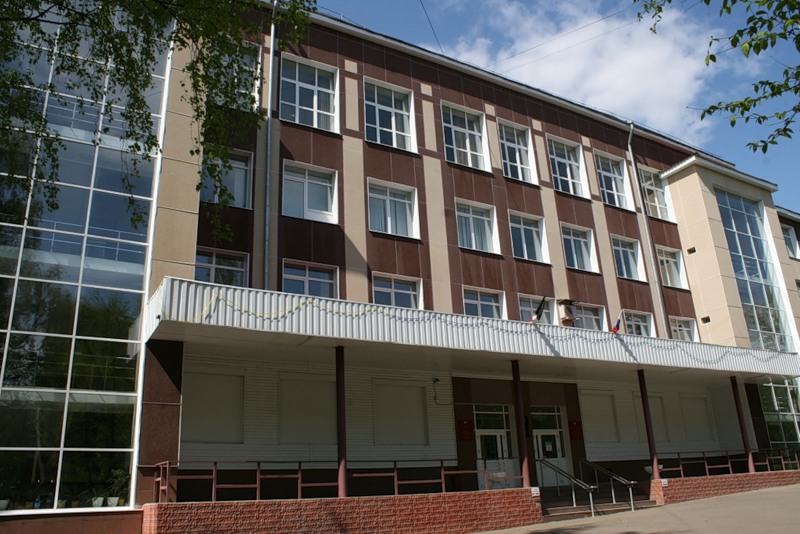
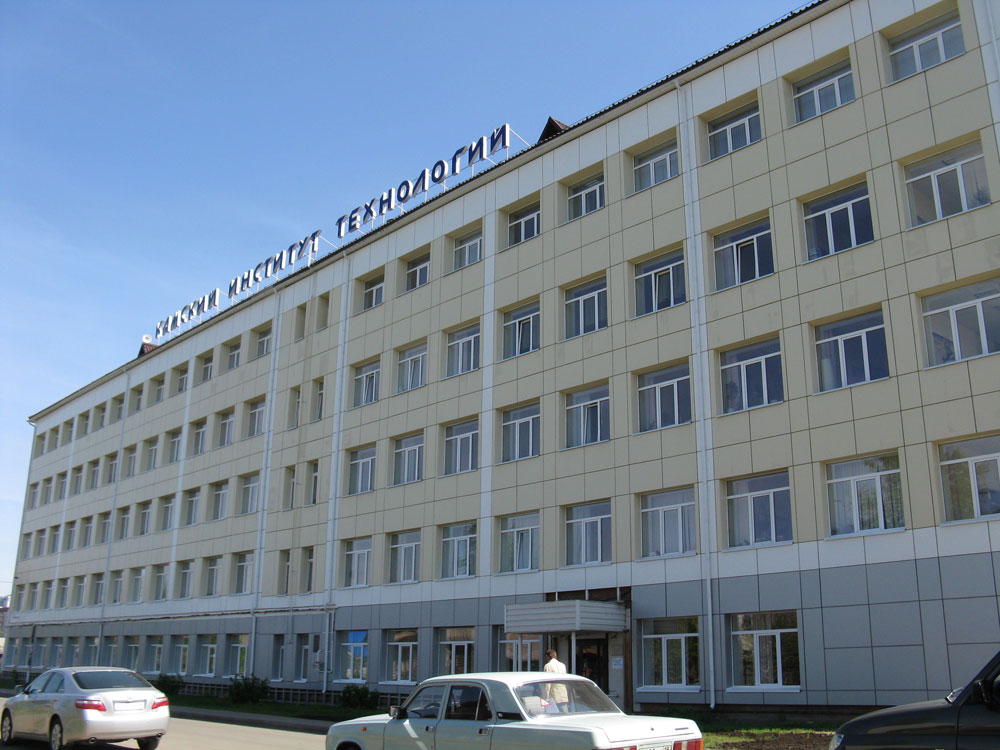
Getting to and around Izhevsk.
Izhevsk is serviced by daily trains for Moscow and Saint Petersburg. The Moscow trains leave from Kazanski station and take about 20 hours to get to Izhevsk. These trains offer three classes of travel. Trains also connect other cities, however Izhevsk is not on the trans-Siberian route, so you will normally need to change trains to travel to Eastern Russia. You can take a tram the train station to the centre of Izhevsk.
Izhevsk is also serviced by the nearby Izhevsk airport. Izhavia is the main operator. Izhavia are considered the national airline of the Udmurtia. Twice daily flights operate to Moscow. Less regular services operate to other Russian domestic destinations including Saint Petersburg, Kazan, Sochi, Yekaterinburg and Mineralnye Vody.
Izhevsk is served by three forms of public transport: tram, trolleybus, and bus. Public transport in the city is both cheap and effective. Single trip tickets can be bought from the on board conductors, and those spending more time in Izhevsk can purchase a monthly pass from a ticket kiosk.
Taxi services are also cheap and generally reliable. As Izhevsk is off the tourist trail taxi drivers almost never attempt to take advantage of tourists and it's easy to get the locals rate. Locals commonly hitch-hike as a mode of transport, although they will normally pay a negotiated fee to the driver, which is normally similar to a taxi rate. We advise caution if you wish to try this alone, however the practice is so common it is probably quite safe. If you don't like vibe of the person who stops then wave them on, and don't accept a ride if there is more than one person in the car.
Spending Time in Izhevsk
Izhevsk is not particularly famous for it's tourist attractions. In fact none of them would probably warrant a special visit to Izhevsk, but there are still some attractions that are worth checking out if you are in the city. The attraction of Izhevsk for many western visitors is finding a large industrial city that is off the tourist trail. The locals are friendly and the nightlife is great fun, especially once you have made a few friends in the city.
The main city square and esplanade for the central axis of Izhevsk. You can follow it form the top near the government buildings down to the lake. There is a monument dedicated to friendship of people (Udmurt and Russian). Izhevsk's centre features the more architecturally significant buildings in the city, including the government administration buildings, old plant buildings, and cathedrals. There are some areas of central Izhevsk where traditional wooden buildings have been preserved, which add a unique feel to the central city.
The new Kalashnikov museum is well worth a visit. The Izhmash museum also provides an insight into the industrial history of the city. Visitors may also enjoy a visit to the Izhevsk circus housed in purposely built stadium. It is worth noting that Russian circus's still heavily feature the use of animals, so if you don't like this it may be best not to visit. There are also theaters and cinemas in Izhevsk.
Izhevsk's ice hokey team Izhstal plays in the Russian major league. If you have never been to a live ice hokey game, it is well worth a visit. The stadium is also available at times for public ice skating, there is also the opportunity to ice skate outdoors in the winter.
There are several nightclubs and bars to keep you entertained in Izhevsk. Some clubs have a very western feel, others feel more uniquely Russian and operate in bomb shelters. Be sure to ask the locals the best places to visit as popular places naturally change from time to time. There are also a number of nice restaurants and cafes in Izhevsk which are generally well priced. Once again check with the locals for the best places to eat. Cafes, restaurants, clubs and bars have been springing up quickly throughout Izhevsk since the end of communism, and this growth continues. Izhevsk is becoming a more cosmopolitan city.
There are two universities in Russia. The Udmurt State university offers courses in Russian for foreigners. Izhevsk would be a great place to study Russian because you will have plenty of opportunity to practice your Russian. Very few shop assistants are able to speak English, so you will be forced practice your Russian.
http://www.russianlessons.net/russia/udmurtia/izhevsk.php

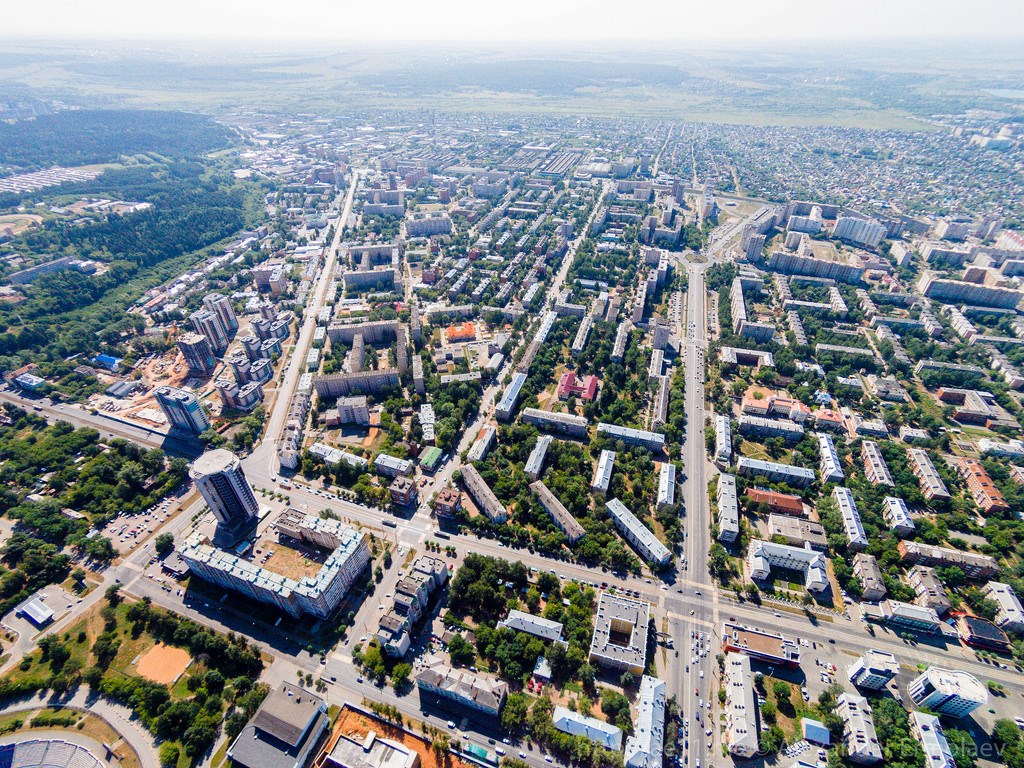
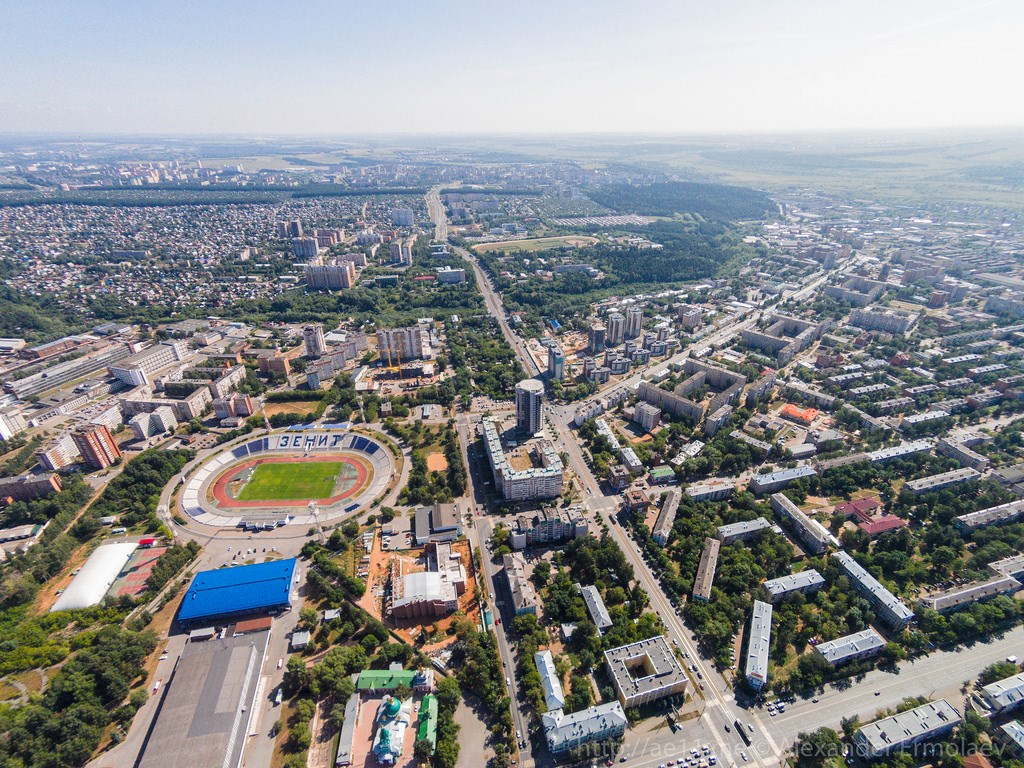
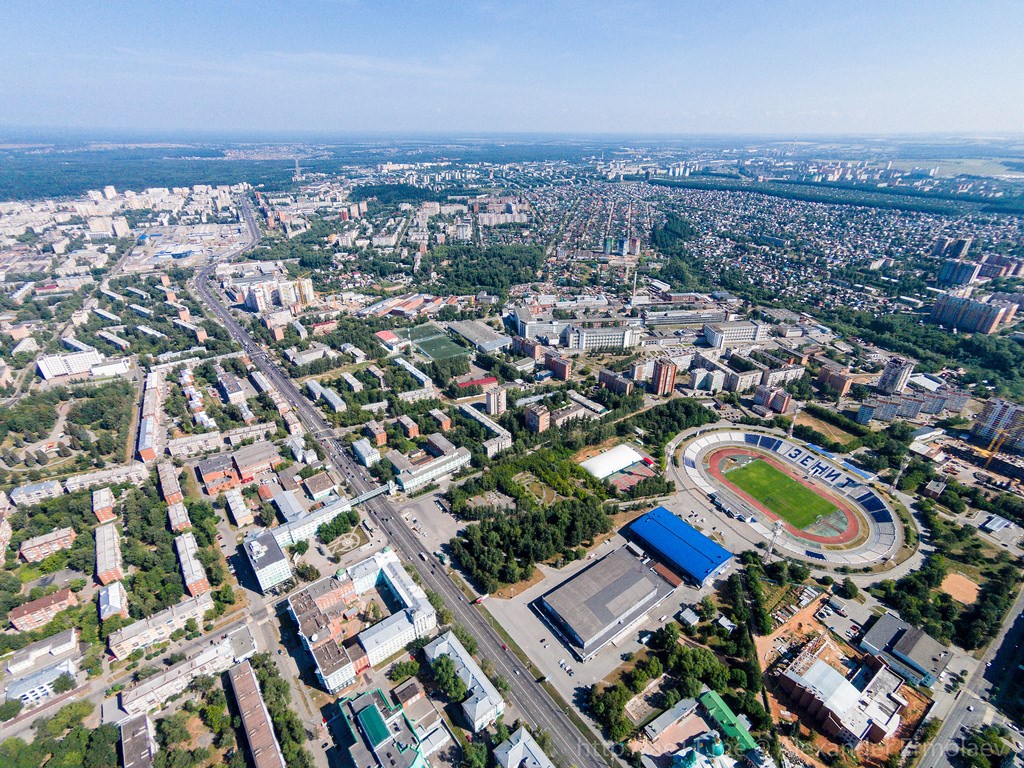
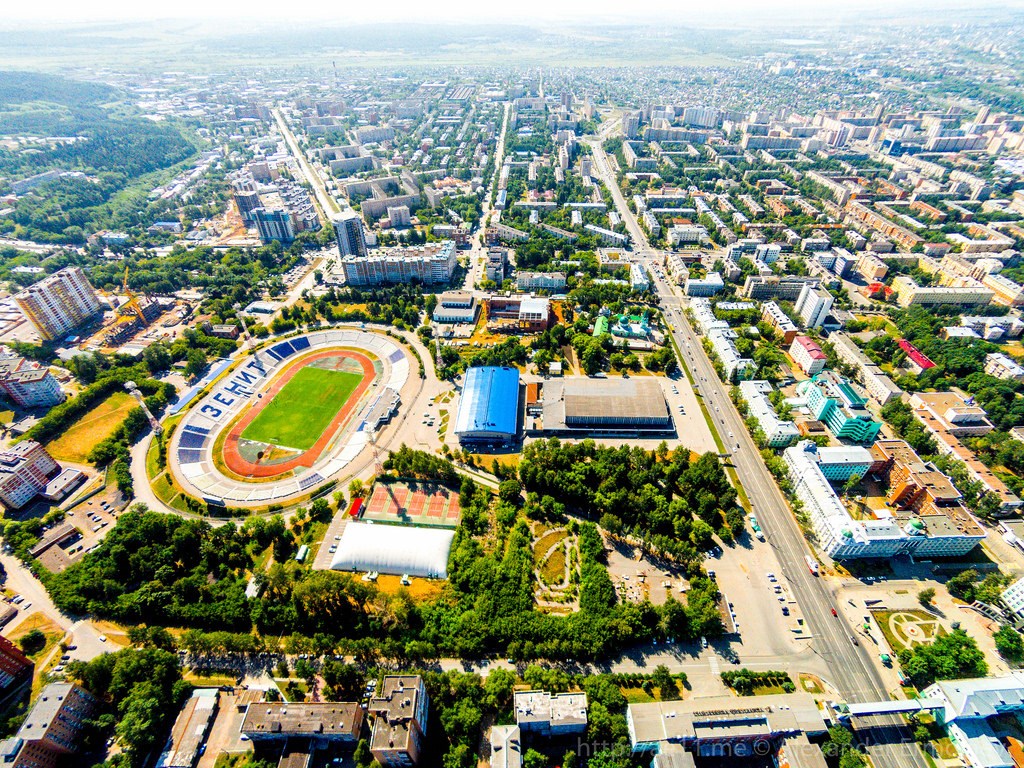
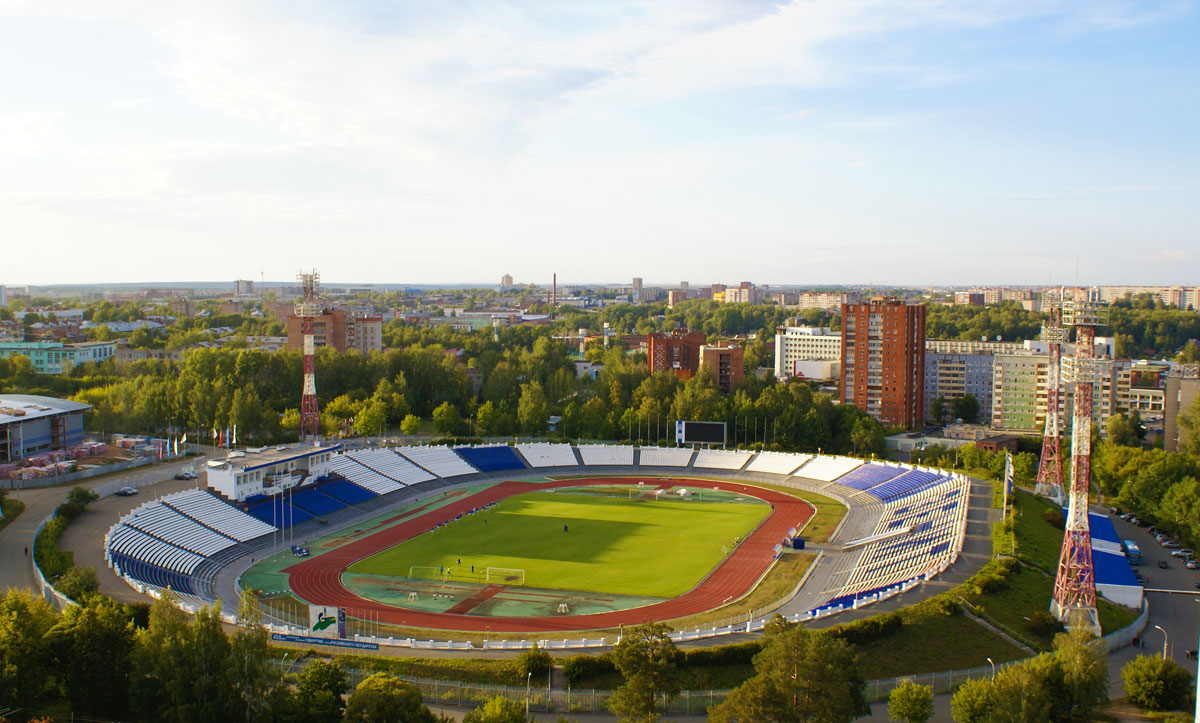
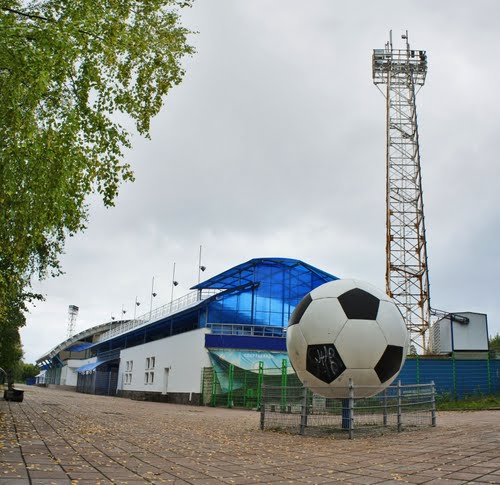
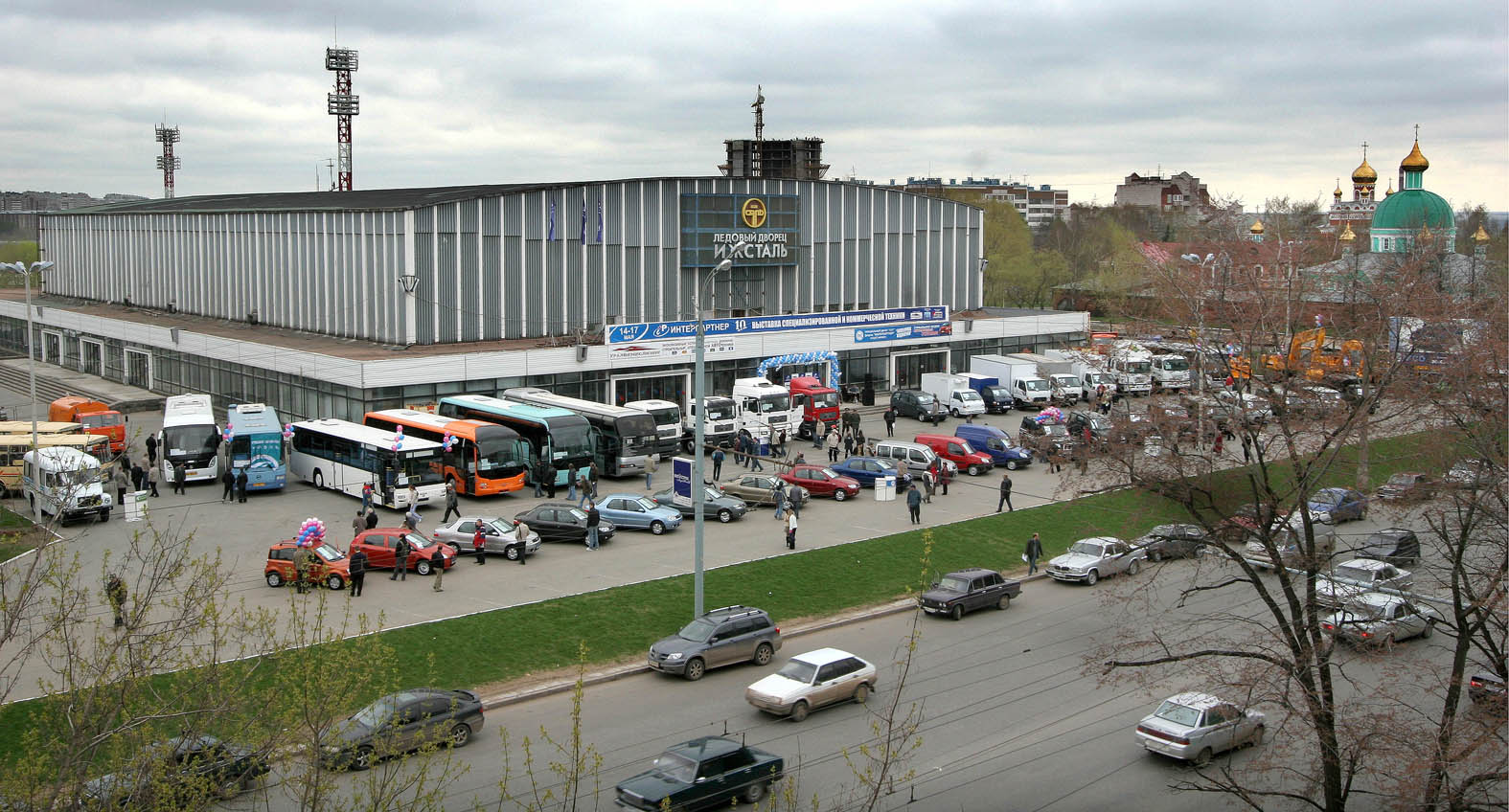
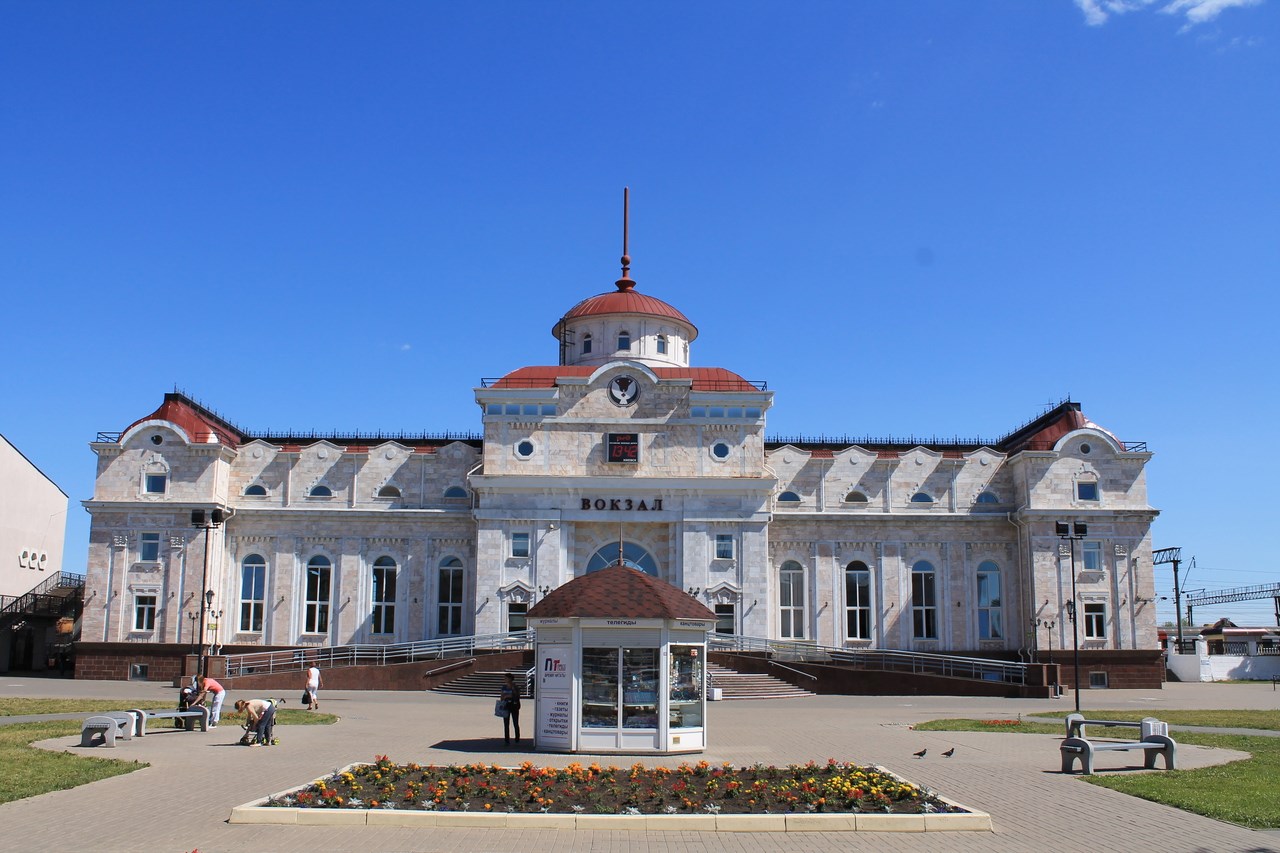
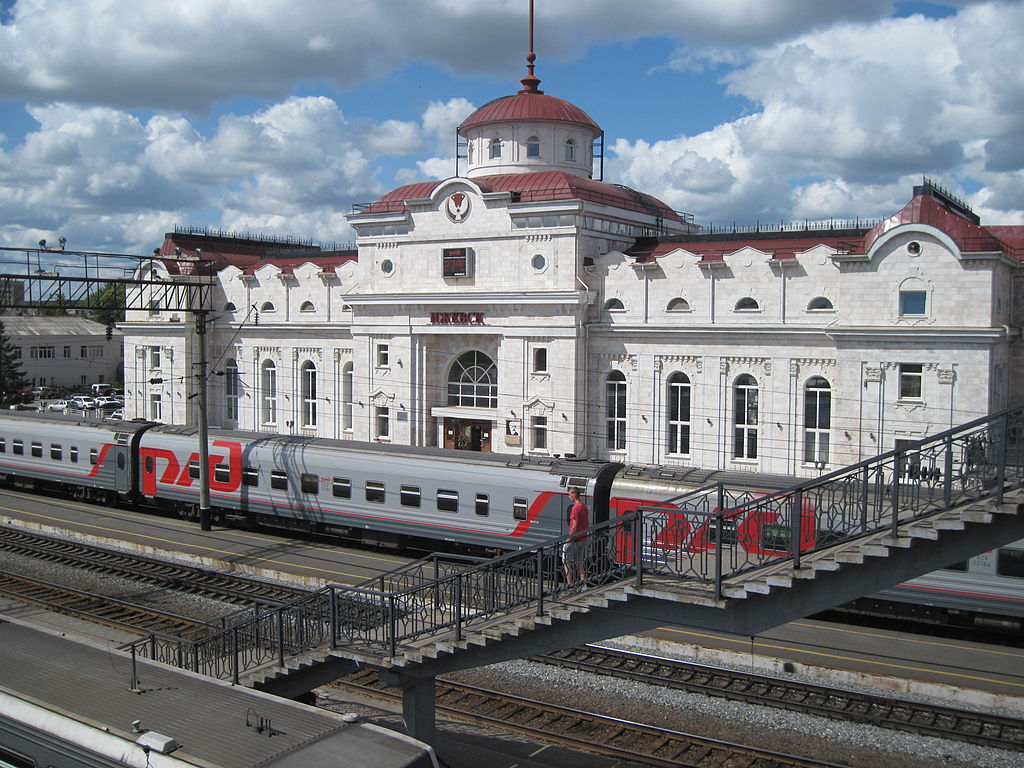
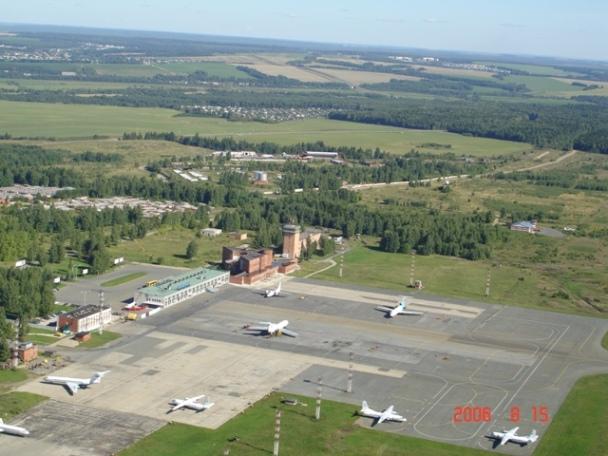
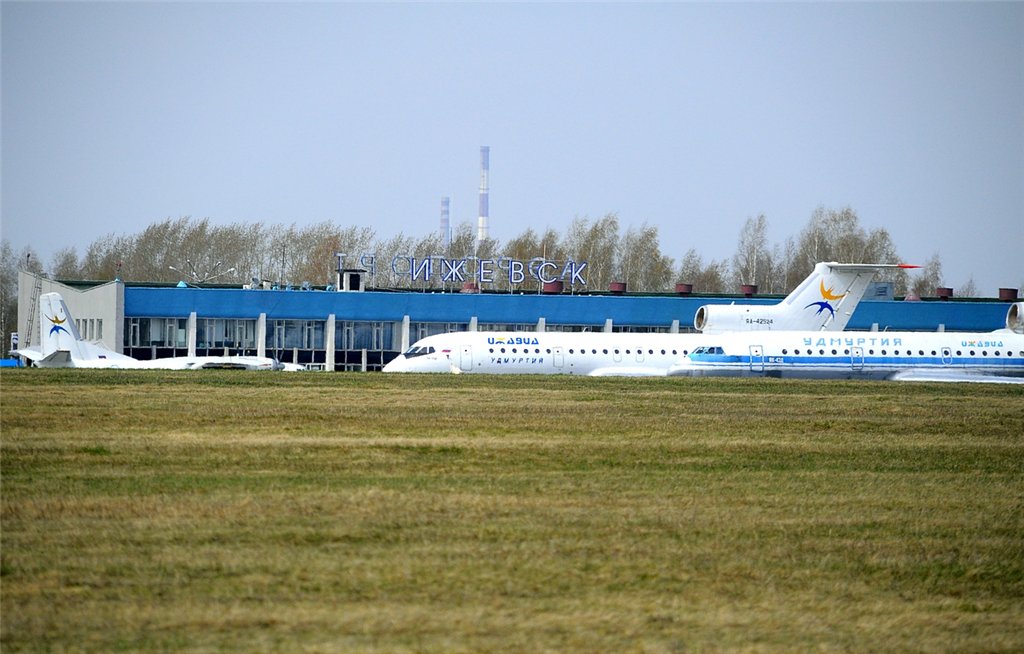
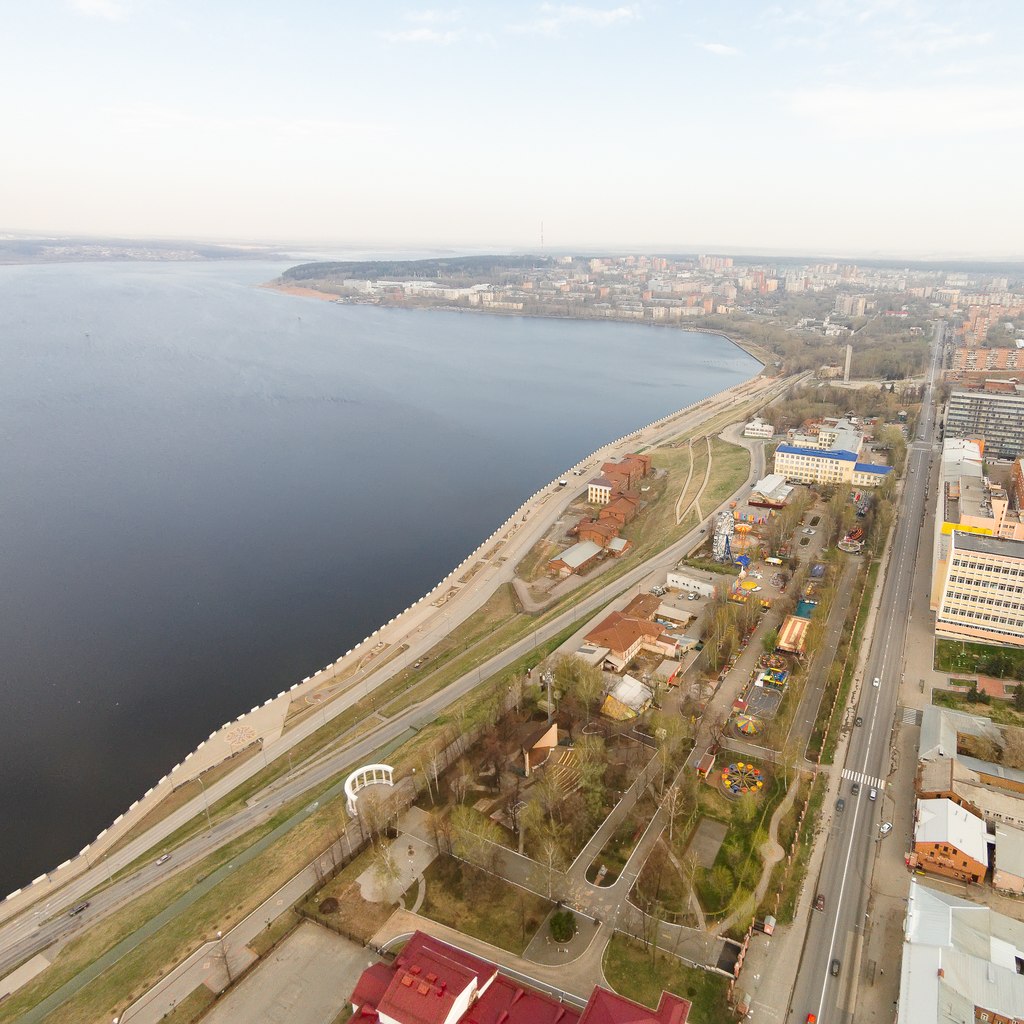
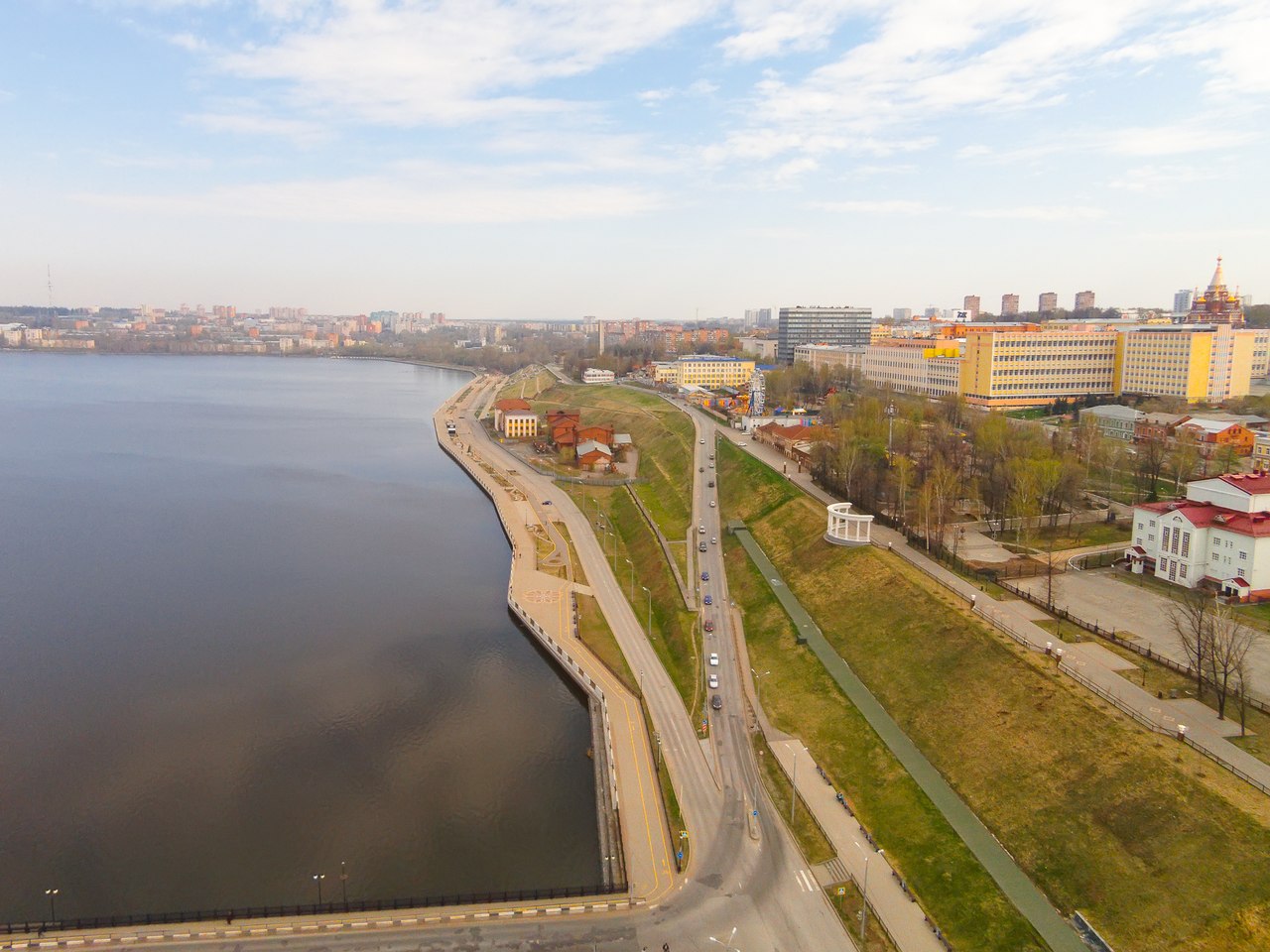
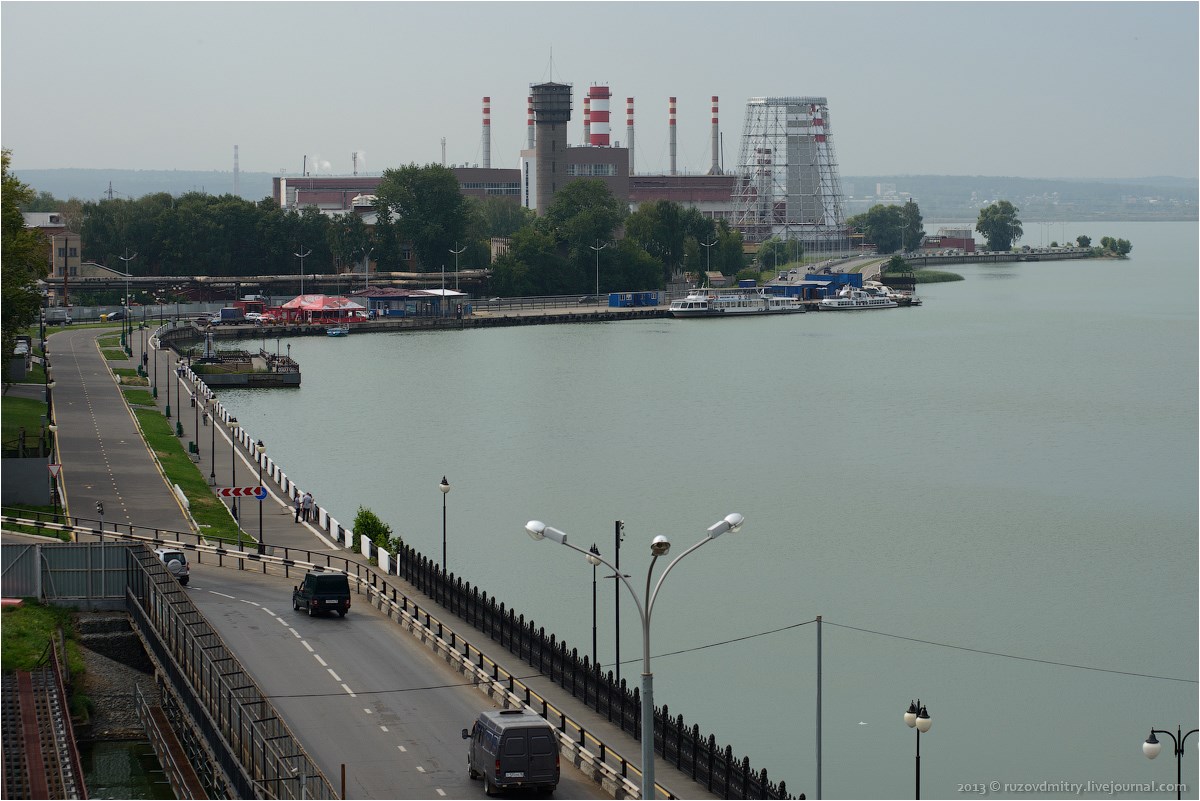
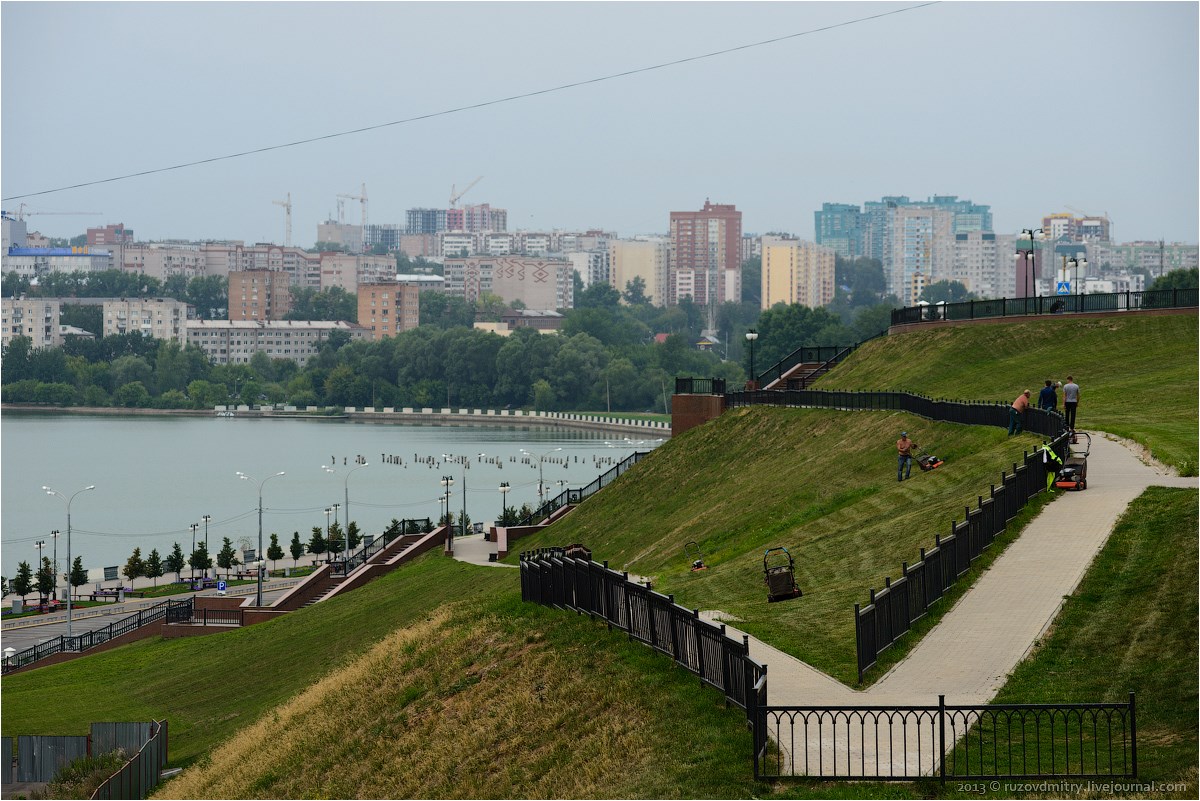
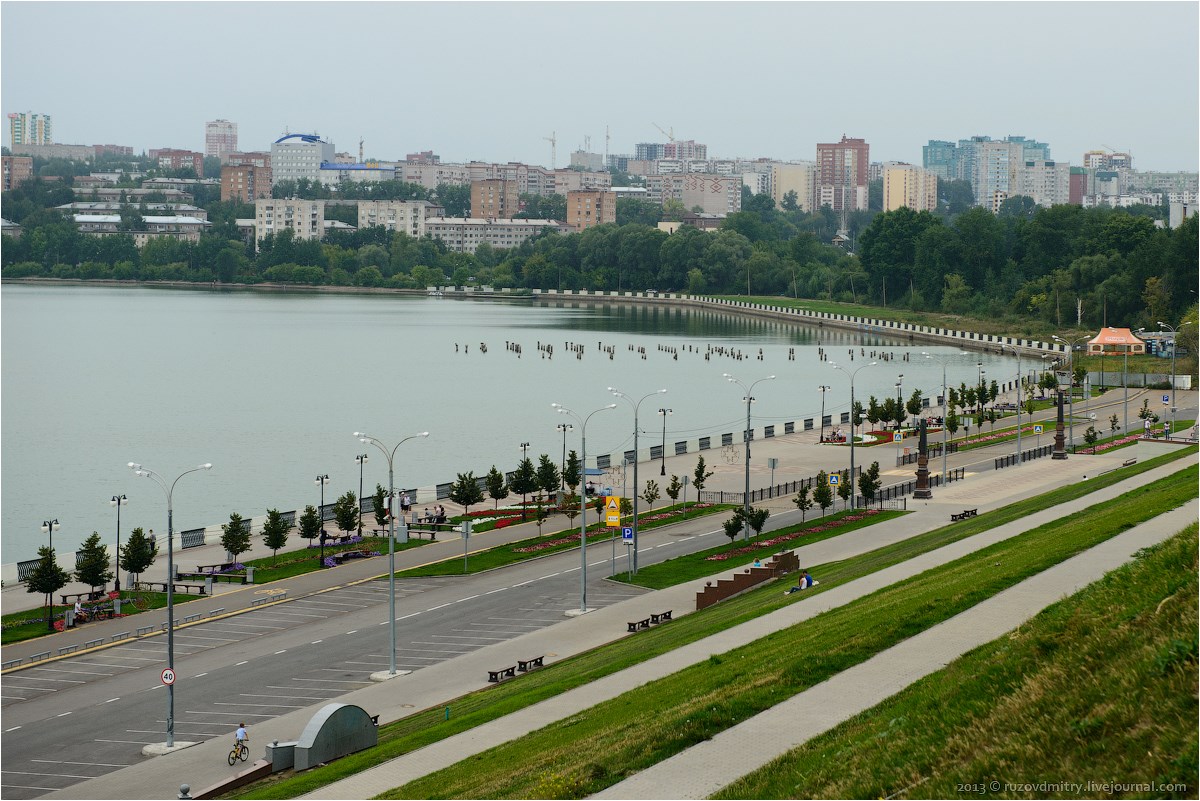
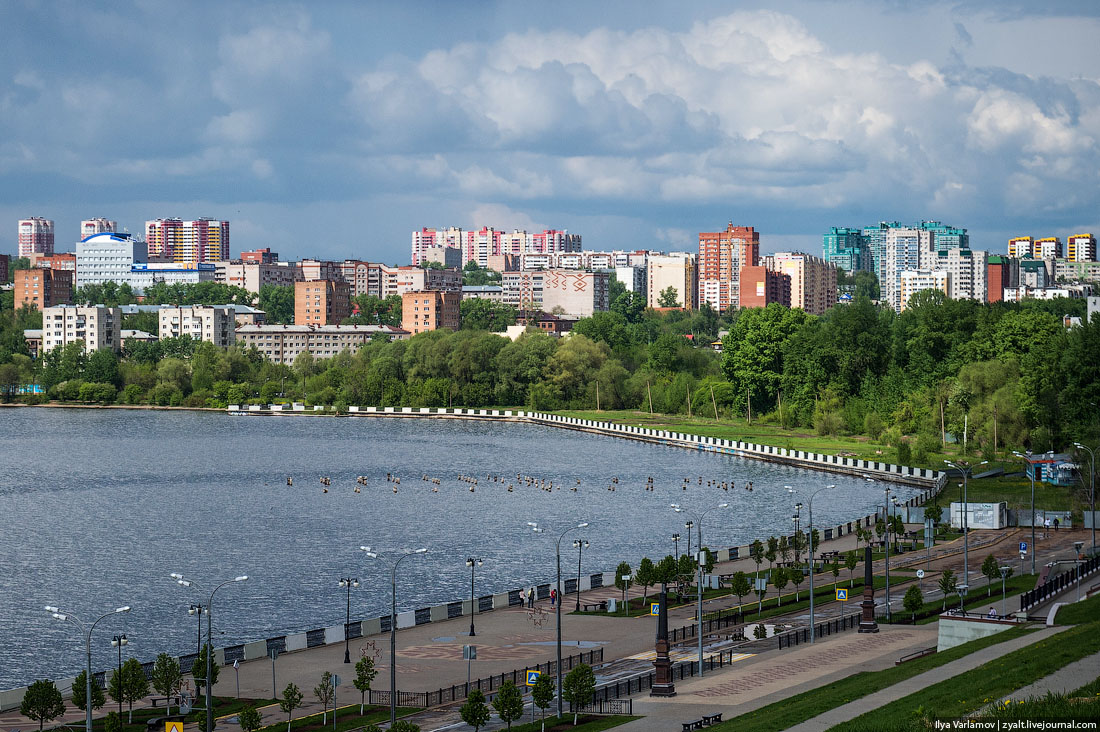
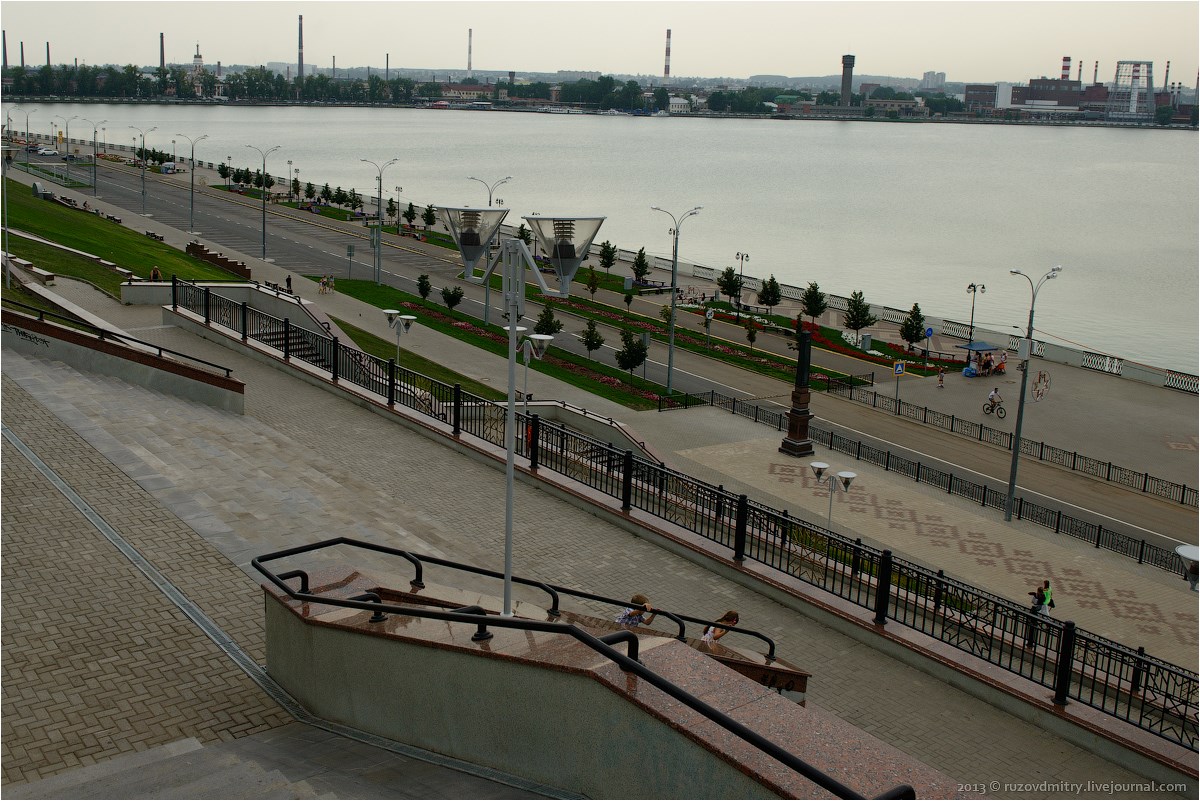
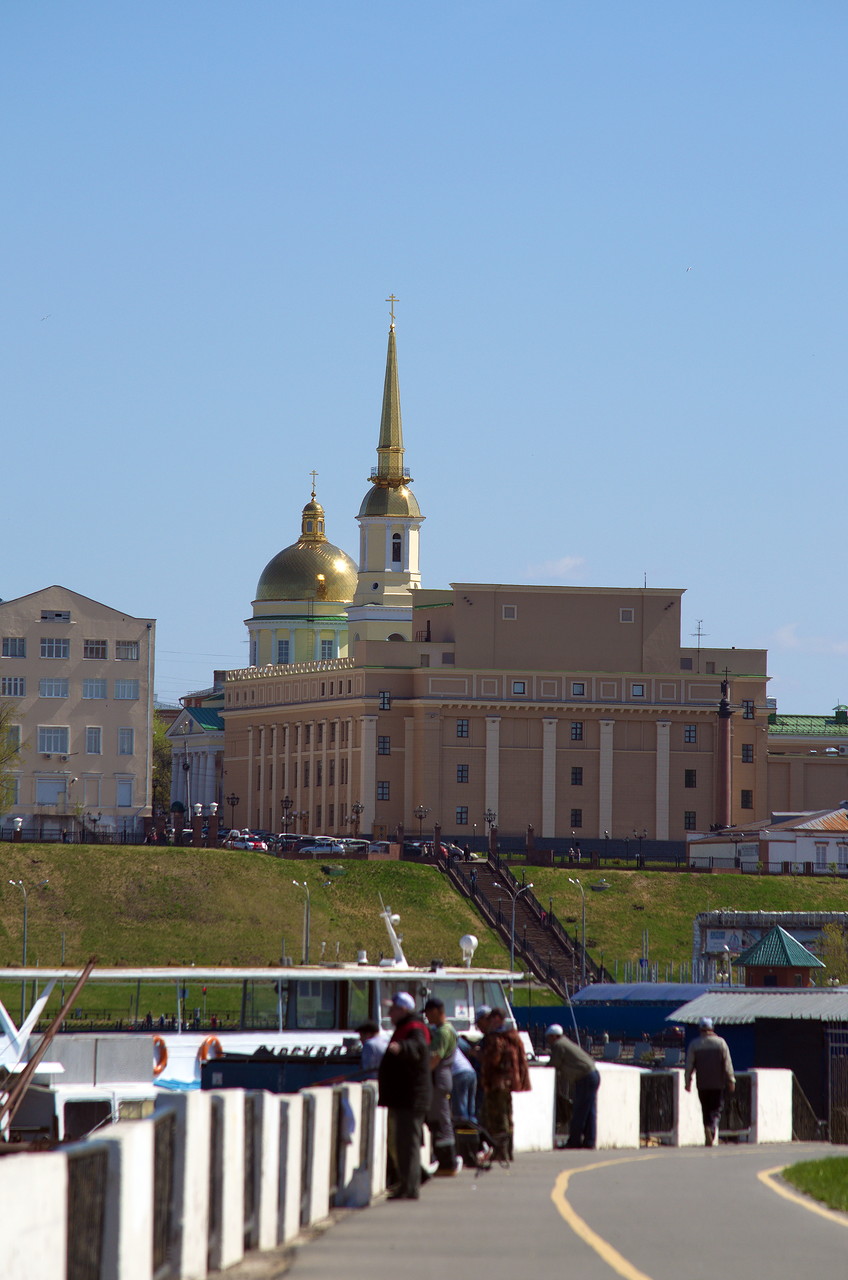
Izhevsk Museums
M. T. Kalashnikov Museum and Exhibition Small Arms Complex
M. T. Kalashnikov Museum and Exhibition Complex is the “youngest” museum in Udmurtia. It was inaugurated in 2004.
The main exposition is devoted to the legendary weapons designer M. T. Kalashnikov and is centered on his biography.
The exposition is divided into nominal “spaces” of life, work, and fame, which are joined together with the image of a road symbolizing the designer’s life journey. Documents from the Kalashnikov family archives, the designer’s personal belongings, awards, inventions, all the objects and other exposition means, contribute into understanding the personality of the main character and the national hero. Here modern technologies play a major role making the effect of “live presence”: from plasma screens Mikhail Timofeevich shares his feelings speaking about the key moments of his life, the war, the first steps in making the legendary gun.
The exhibition halls present exhibitions both from the museum’s fund collections and other Russian museums.
Exhibitions from the collections of the Museum-Reserve “Moscow Kremlin” and St. Petersburg Military and Historic Museum of Artillery, Engineering Corps and Signal Corps have been demonstrated. The exhibition “Caucasia. Five Days in August” from the Central Museum of Armed Forces of Ministry of Defense of the RF is displayed at present.
M. T. Kalashnikov Museum and Exhibition Complex is a multifunctional establishment. The modern military shooting gallery where one can shoot from a variety of weapons, from historic to modern, from Mosin-Nagant rifle to submachine gun “Kedr”, has been gaining popularity.
The visitor can learn to shoot from a pneumatic weapon in the interactive multimedia shooting gallery “Ingul”.
Tel./fax: (3412)51-34-52
Address: Ul. Borodina, 19, Izhevsk, 426057
Opening hours: 11.00 – 19.00 except Monday
Admission fees: see the Price list
e-mail: museum-mtk@mail.ru
How to find us:
Trolley-buses N 1, 4, 7 to “Tsentralnaya Ploshchad”
Trams N 1, 2, 4, 9 to “Ulitsa Krasnogeroiskaya” and “Tsentralnaya Ploshchad”
Buses N 19, 28, 39 to “Tsentralnaya Ploshchad”
Website: http://www.museum-mtk.ru, http://www.museum.ru/M3091
National Museum of the Republic of Udmurtia named after Kuzebai Gerd
The National Museum is a research, educational and resource center. This is a biggest depositary of cultural artefacts and monuments of the peoples living in Udmurtia. The museum occupies the building of the former Arsenal of Izhevsk armory (a monument of architecture dating back to the first quarter of the 19th century).
The museum has unique collections of naturalistic, archaeological, and ethnographic monuments, cold steel and fire-arms, photographs and documents (over 200 thousand objects).
The exposition is arranged through a system of exhibitions telling about the nature, ancient and modern history of the land which was ancestral home for the Finno-Ugric peoples.
The museum is named after Kuzebai Gerd (real name K. P. Tchainikov, 1898-1937), an outstanding figure of the Udmurt intelligentsia of the 20th century.
The museum has a branch – memorial apartment of the Udmurt writer G. D. Krasilnikov.
Tel.: 8(3412)52-64-77 (for ordering), 52-51-66
Tel./fax: (3412)52-50-55
Address: Ul. Kommunarov, 287, Izhevsk, 426034
Opening hours: 10.00 – 18.00 except Monday
Admission fees: Schoolchildren – from 15 rub.
Adults – from 40 rub.
e-mail: nm_ur@mail.ru
How to find us:
Trolley-buses N 1, 4, 7, bus N 19
to “Tsentralnaya Ploshchad”
Website : http://www.museum.ru/M1322
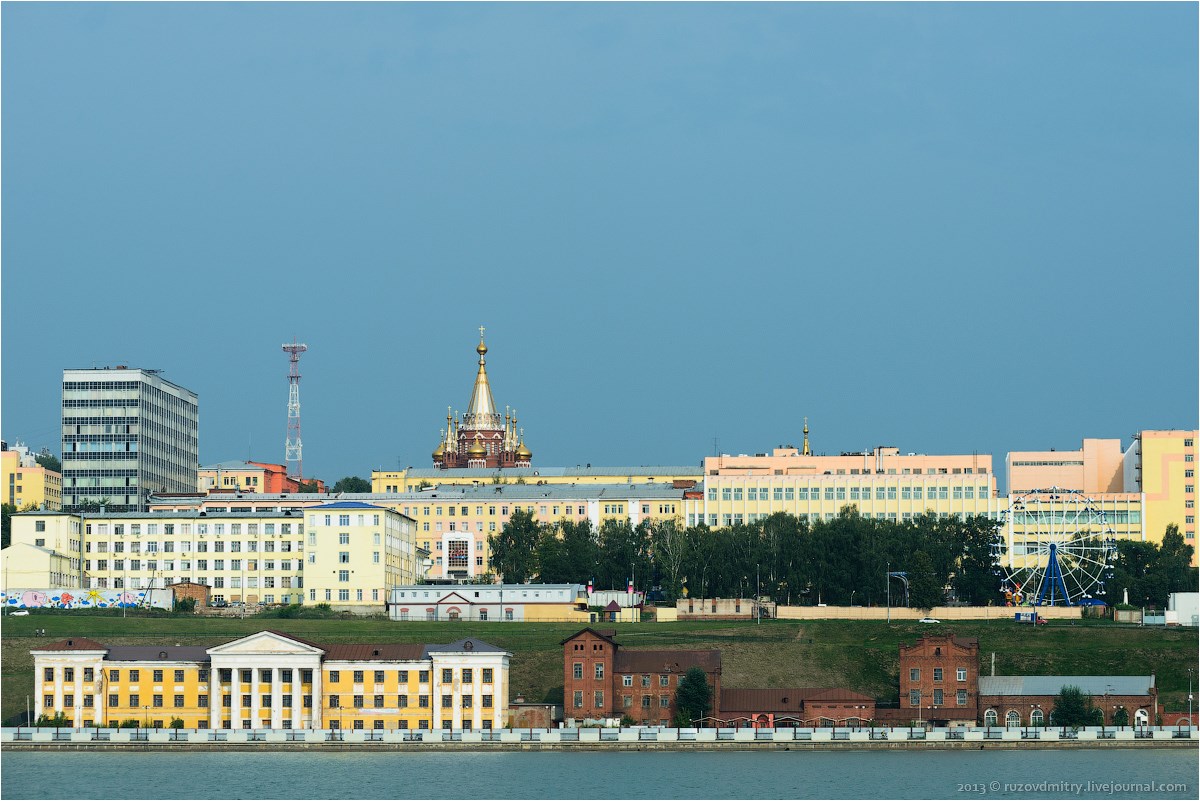
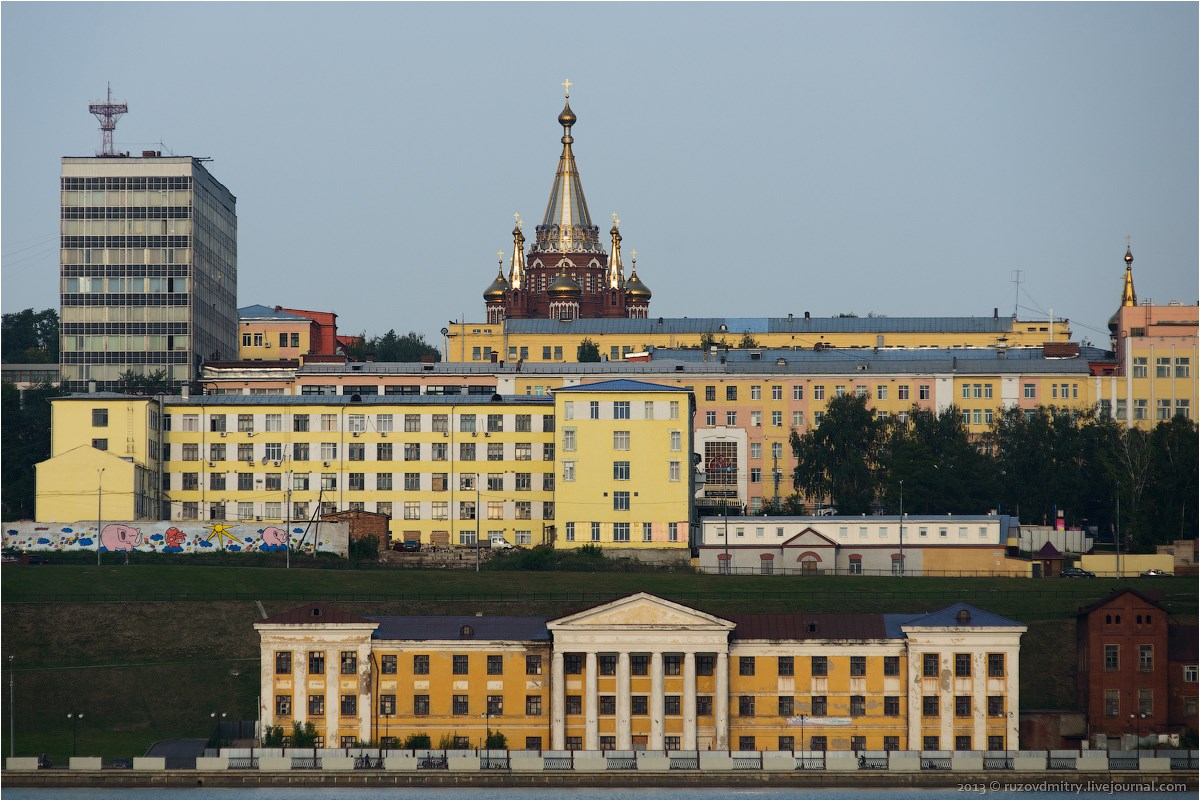
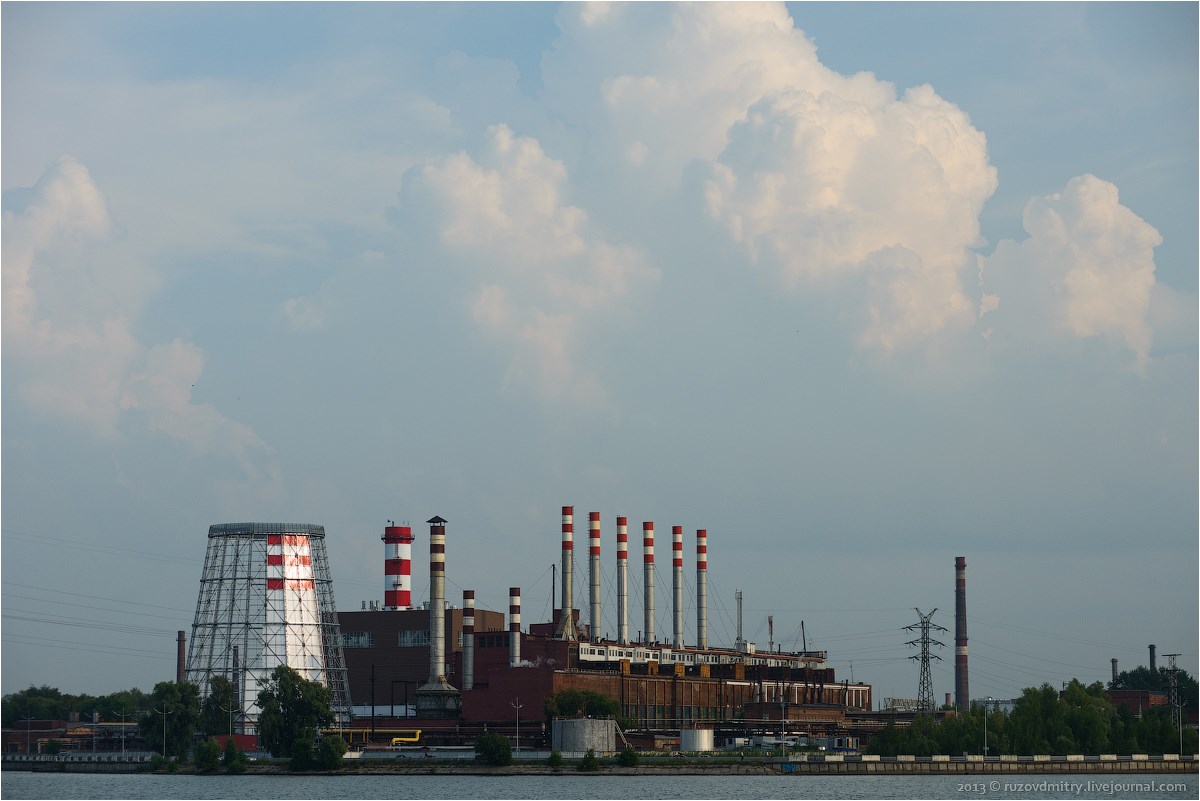
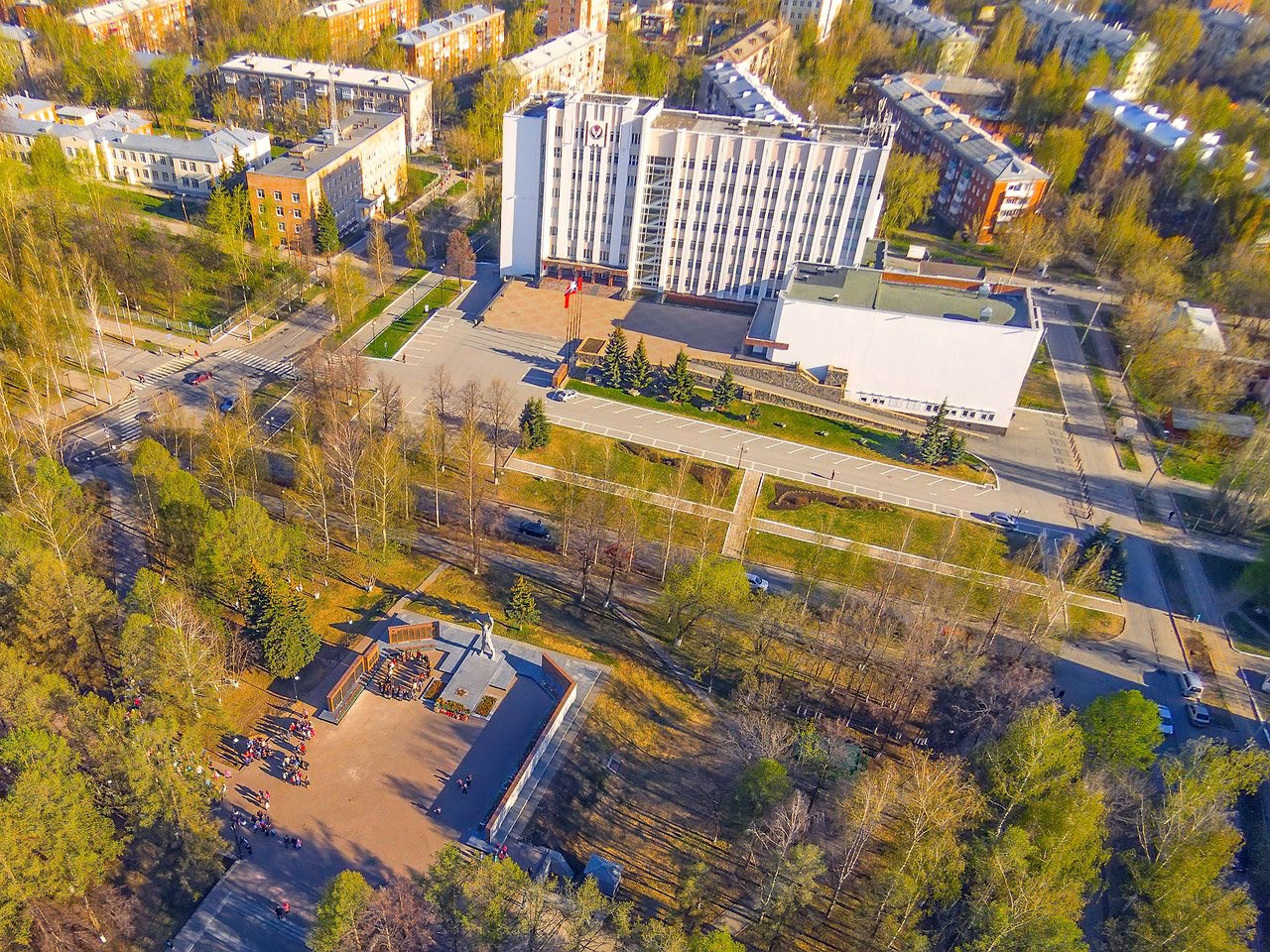
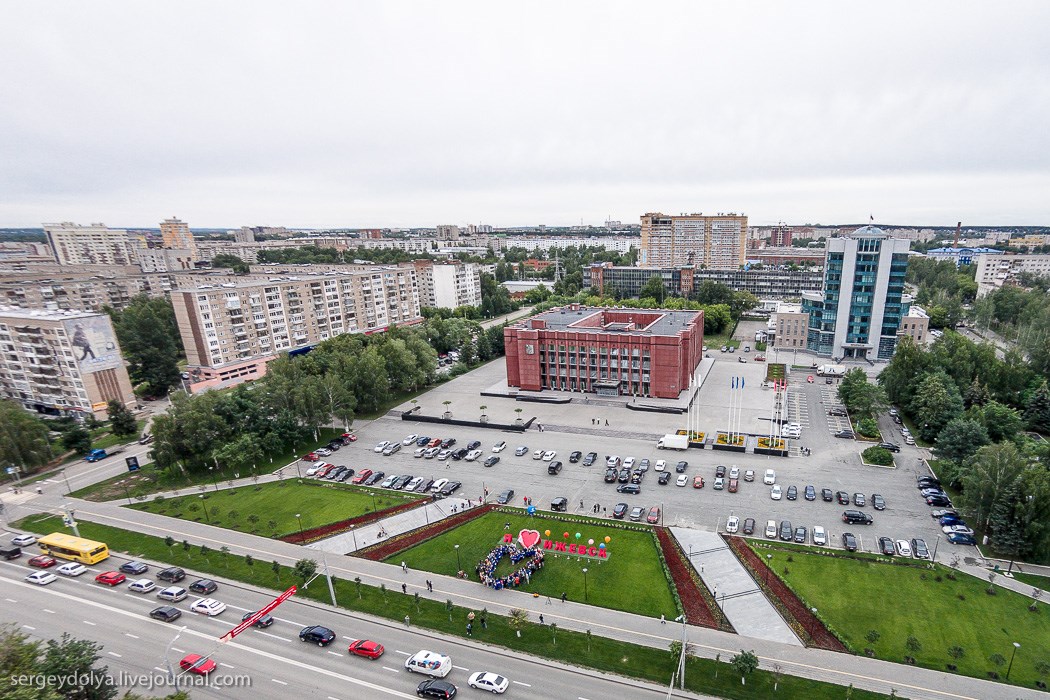
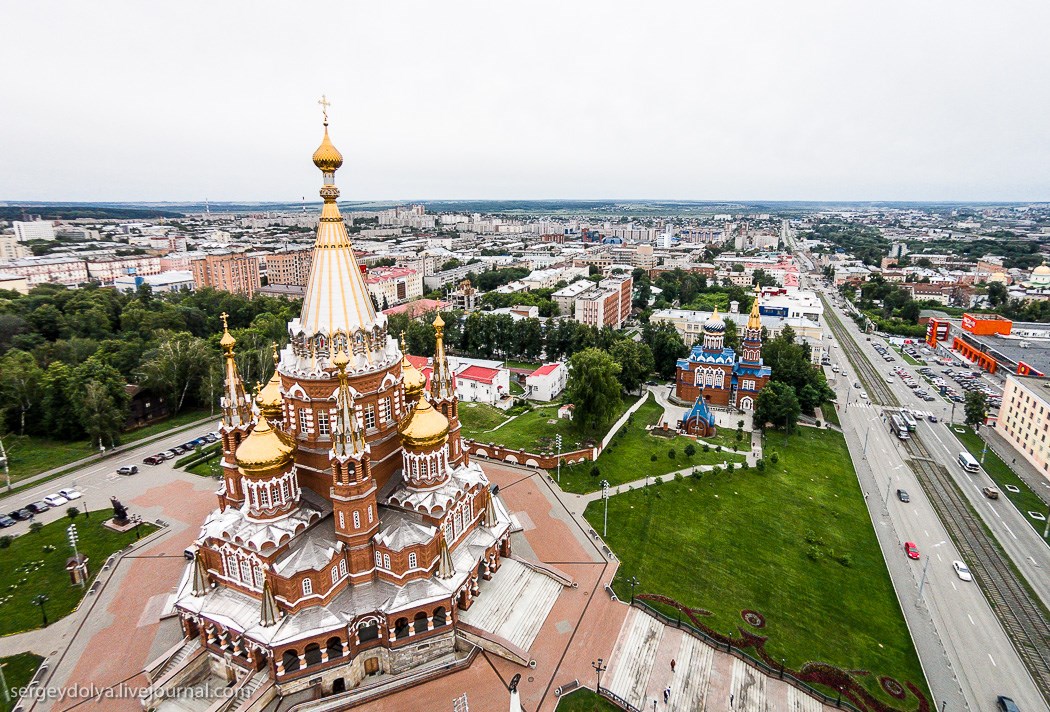
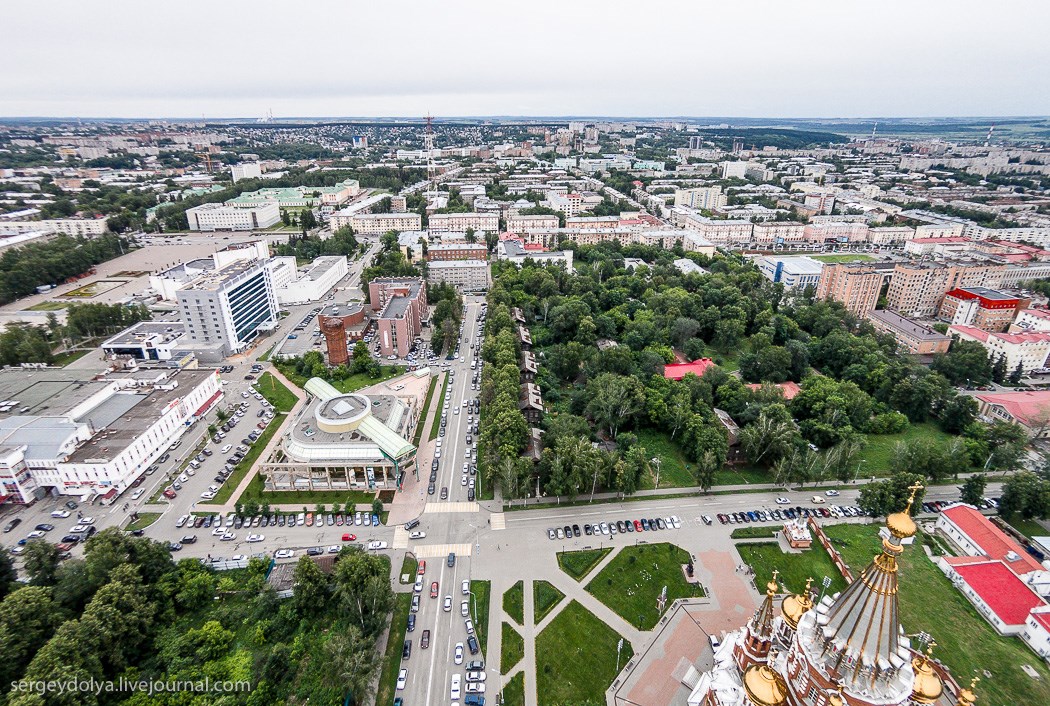
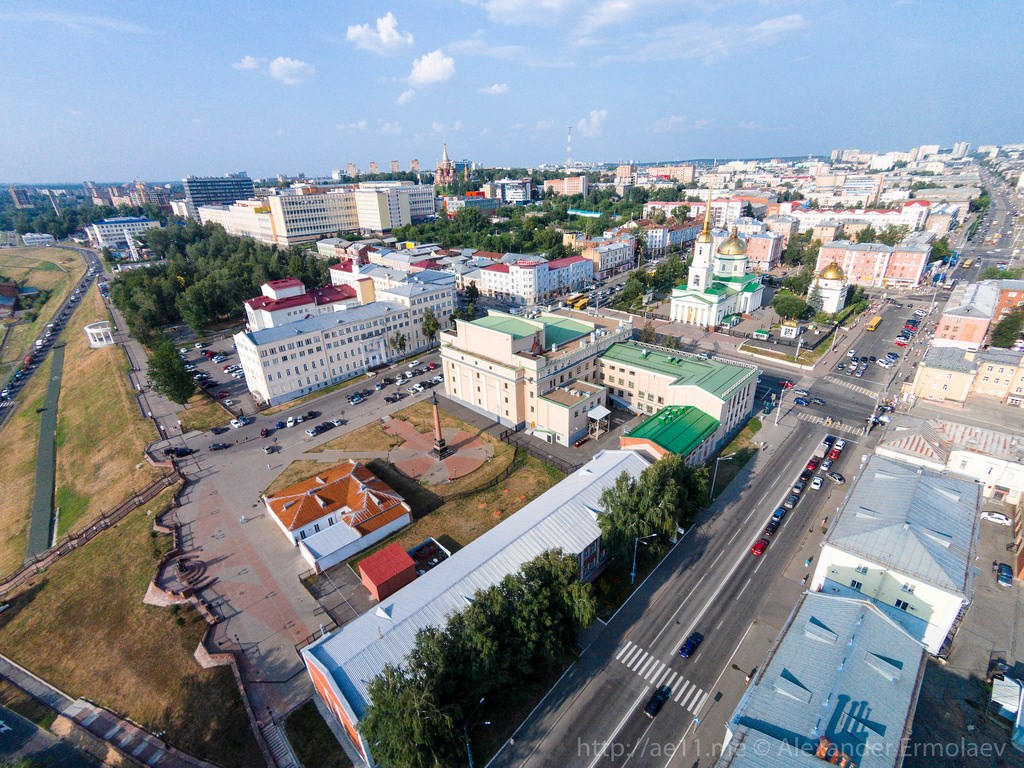
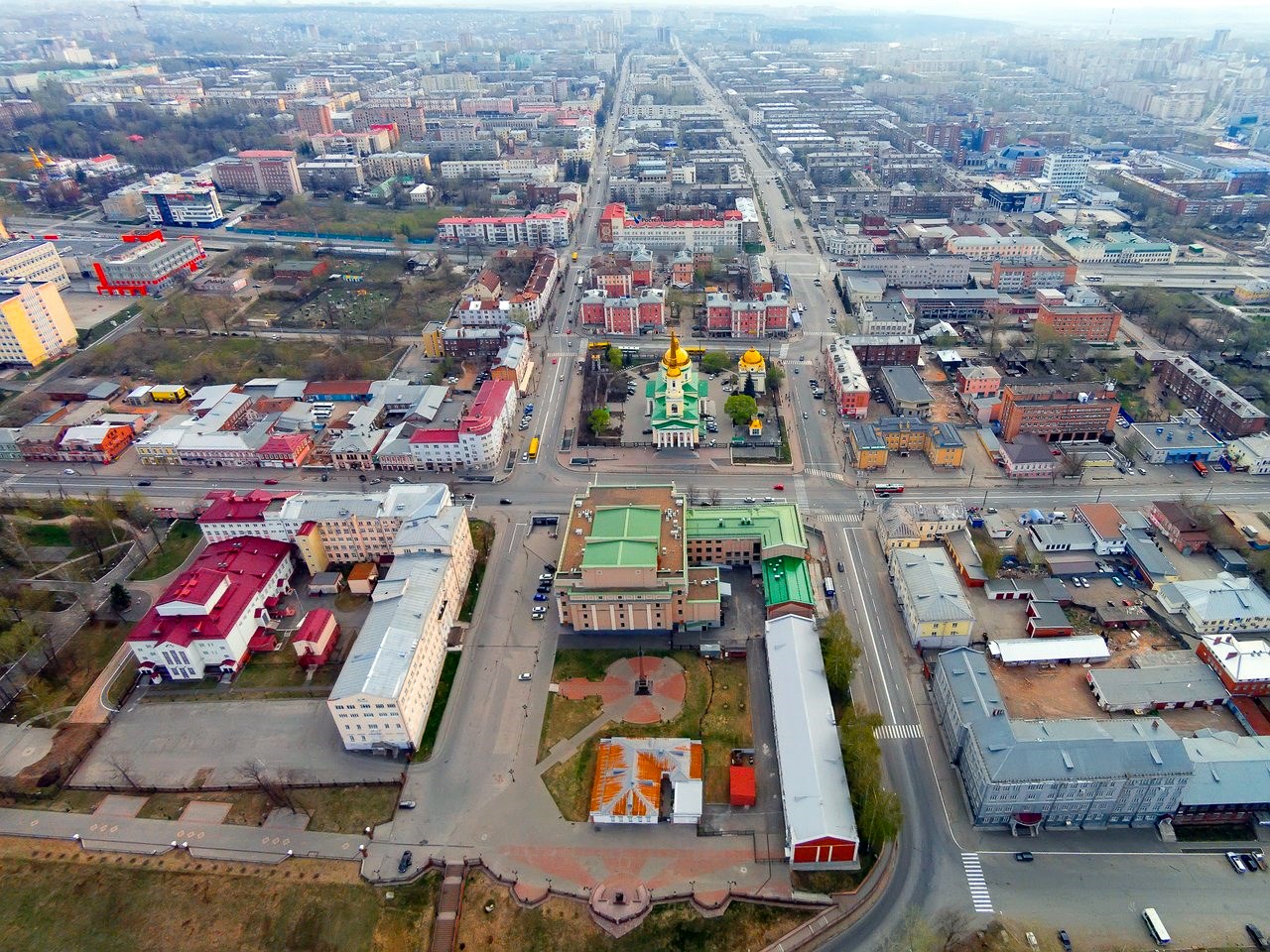
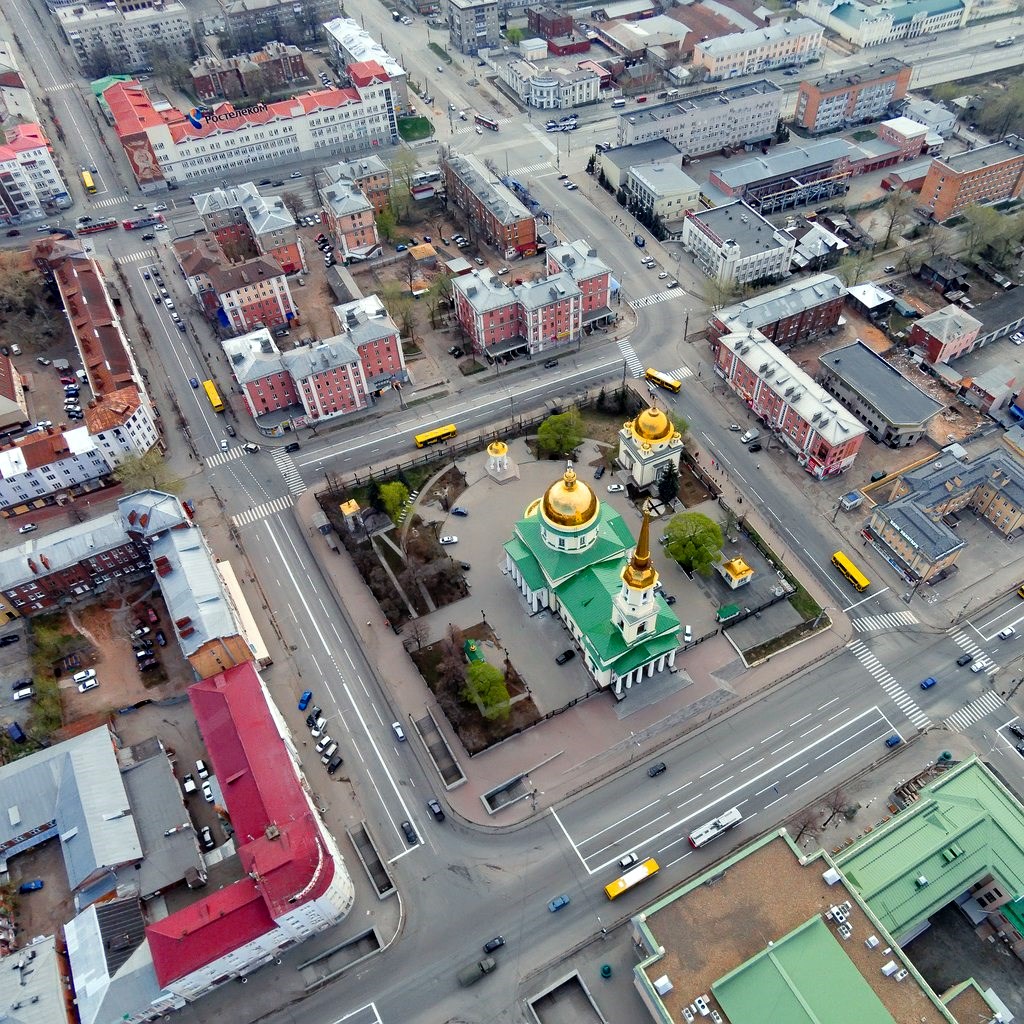
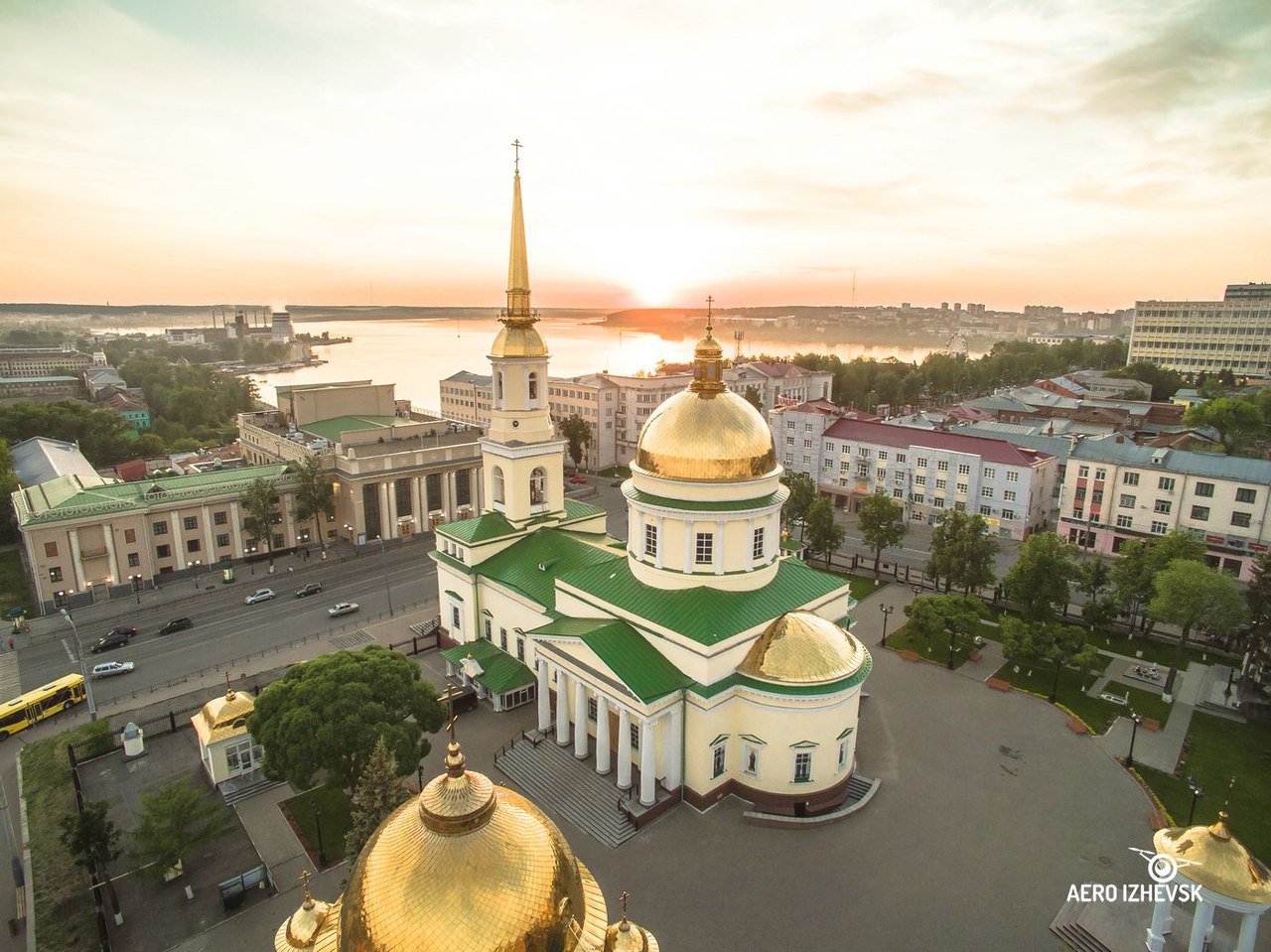
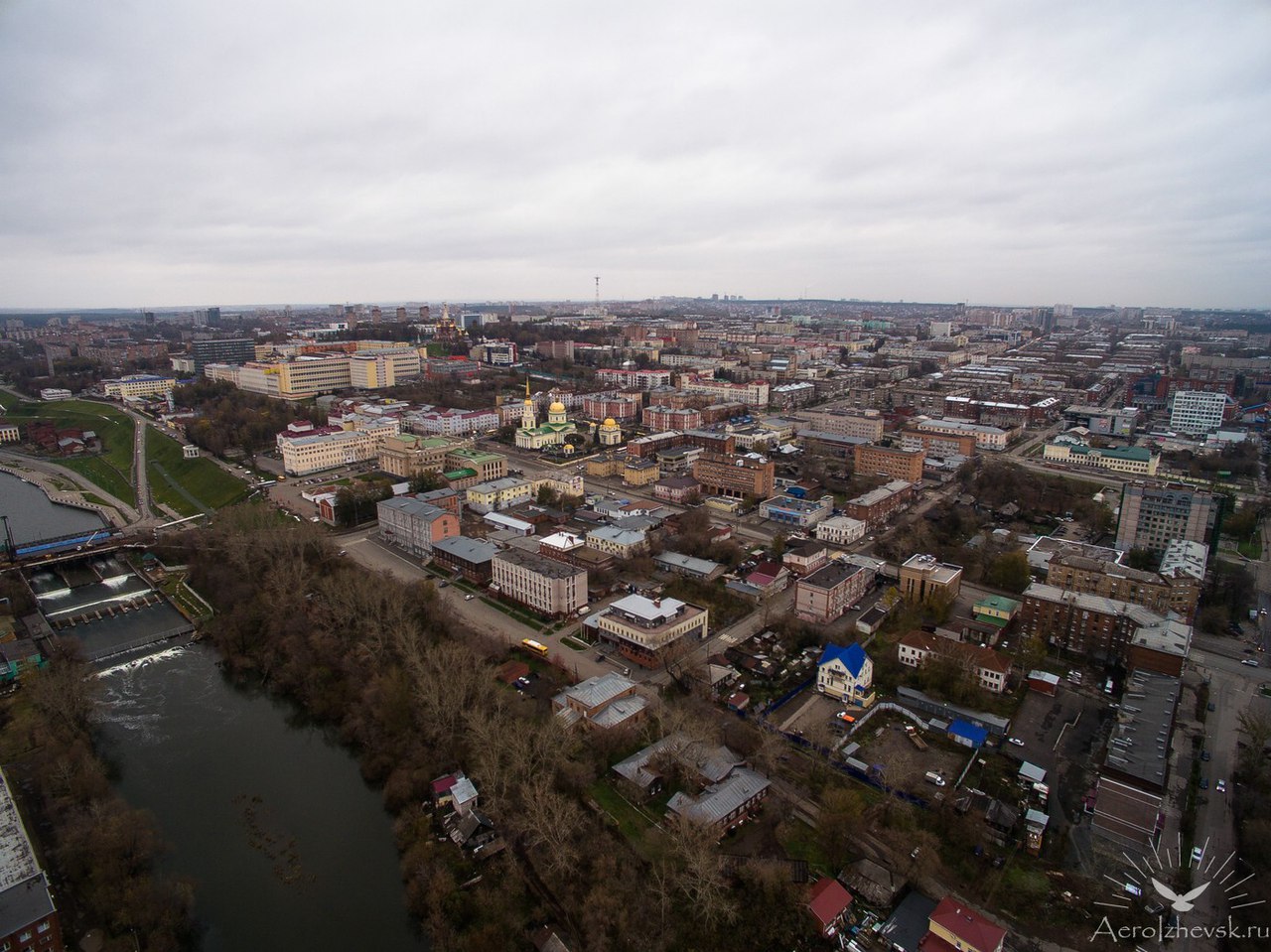
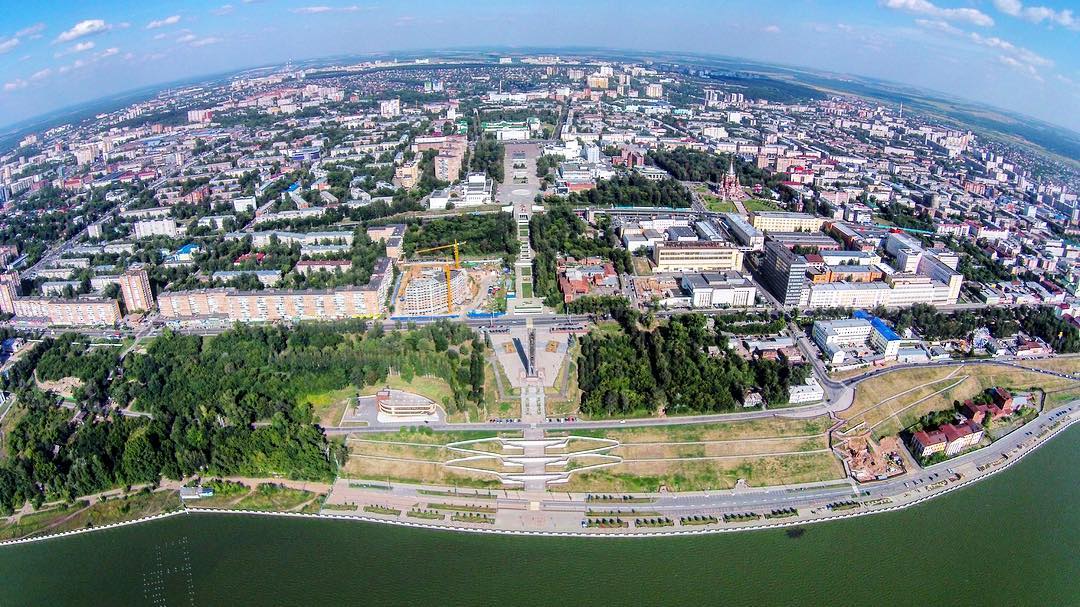
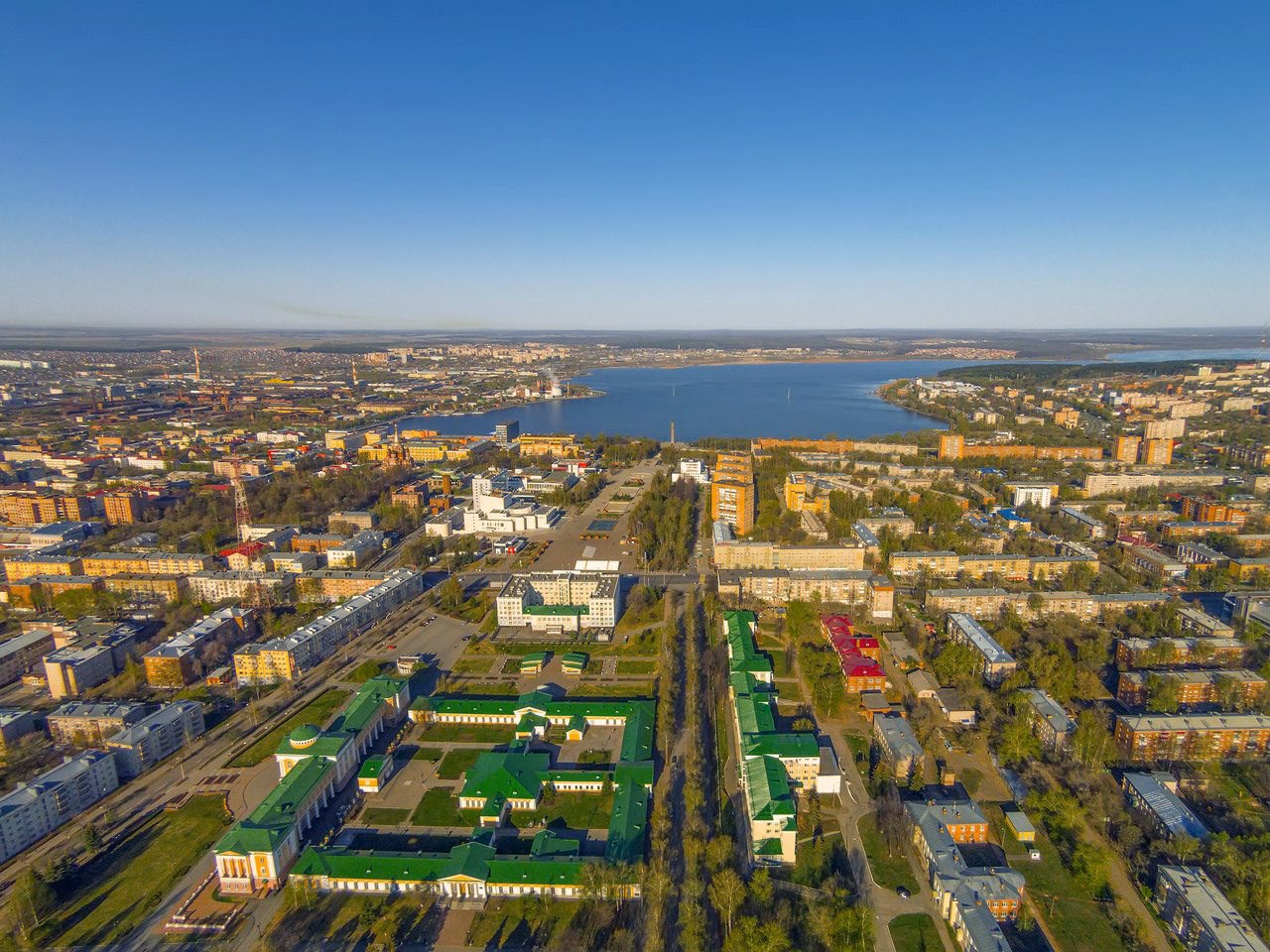
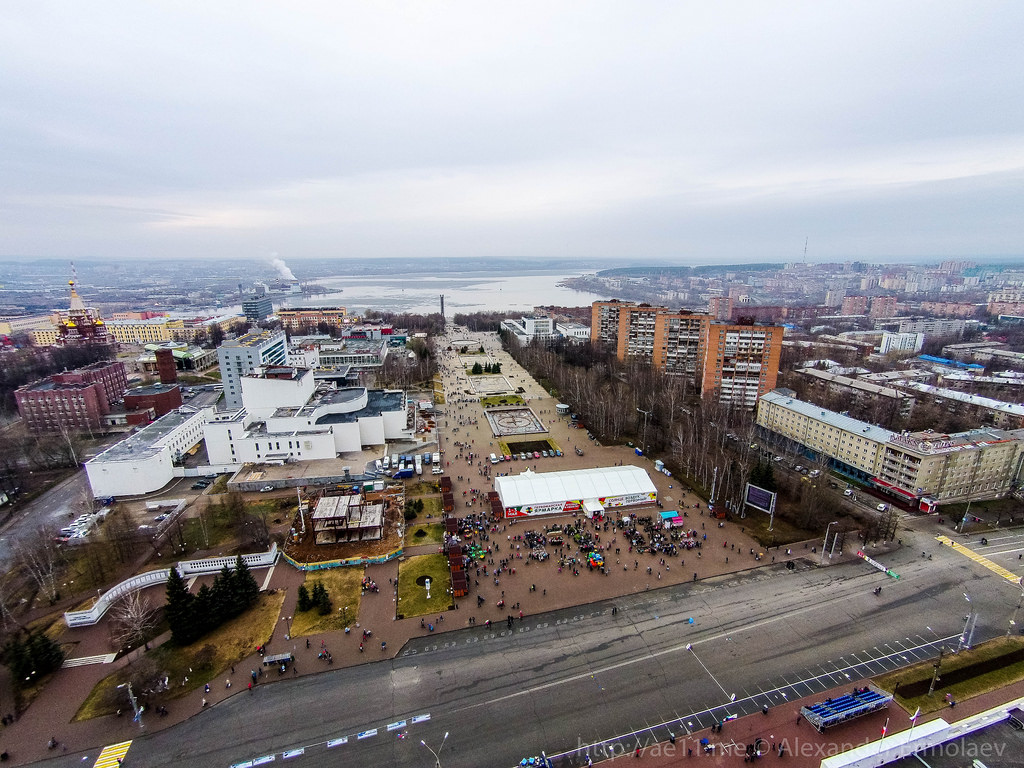
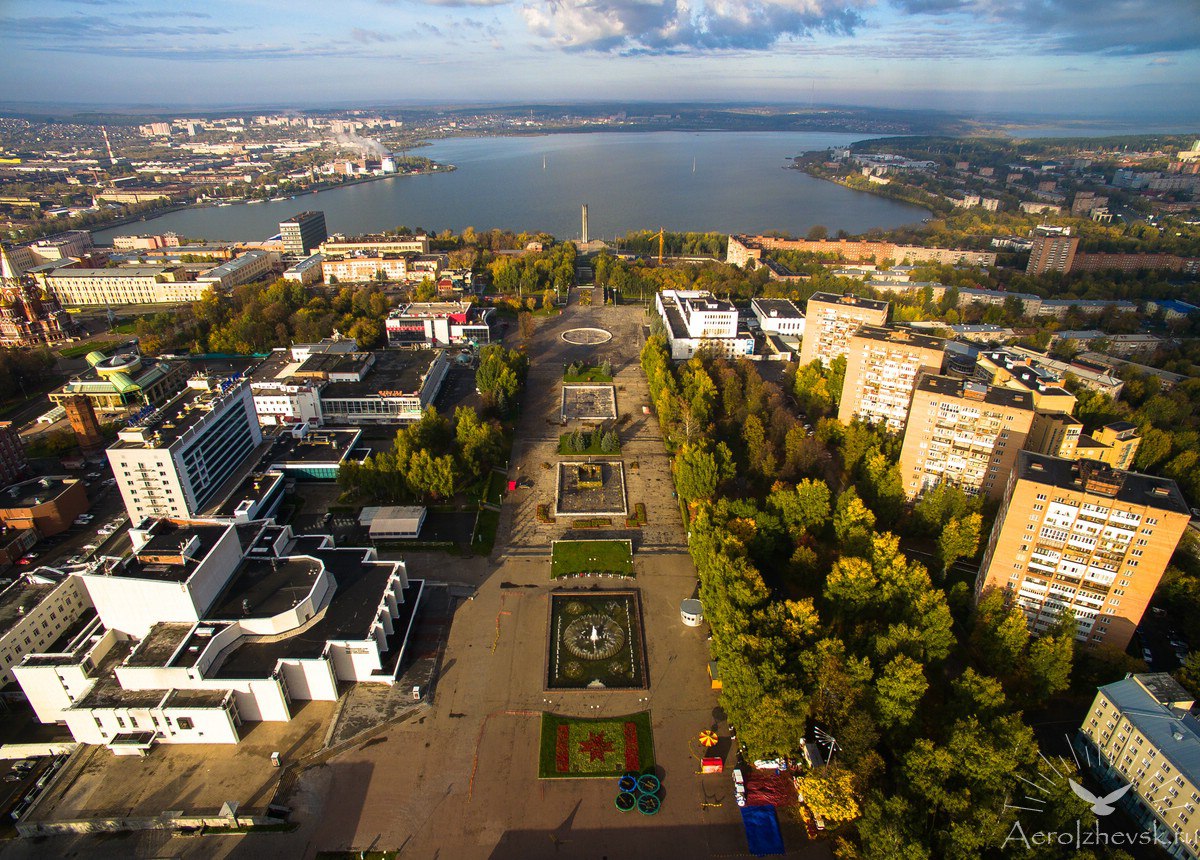
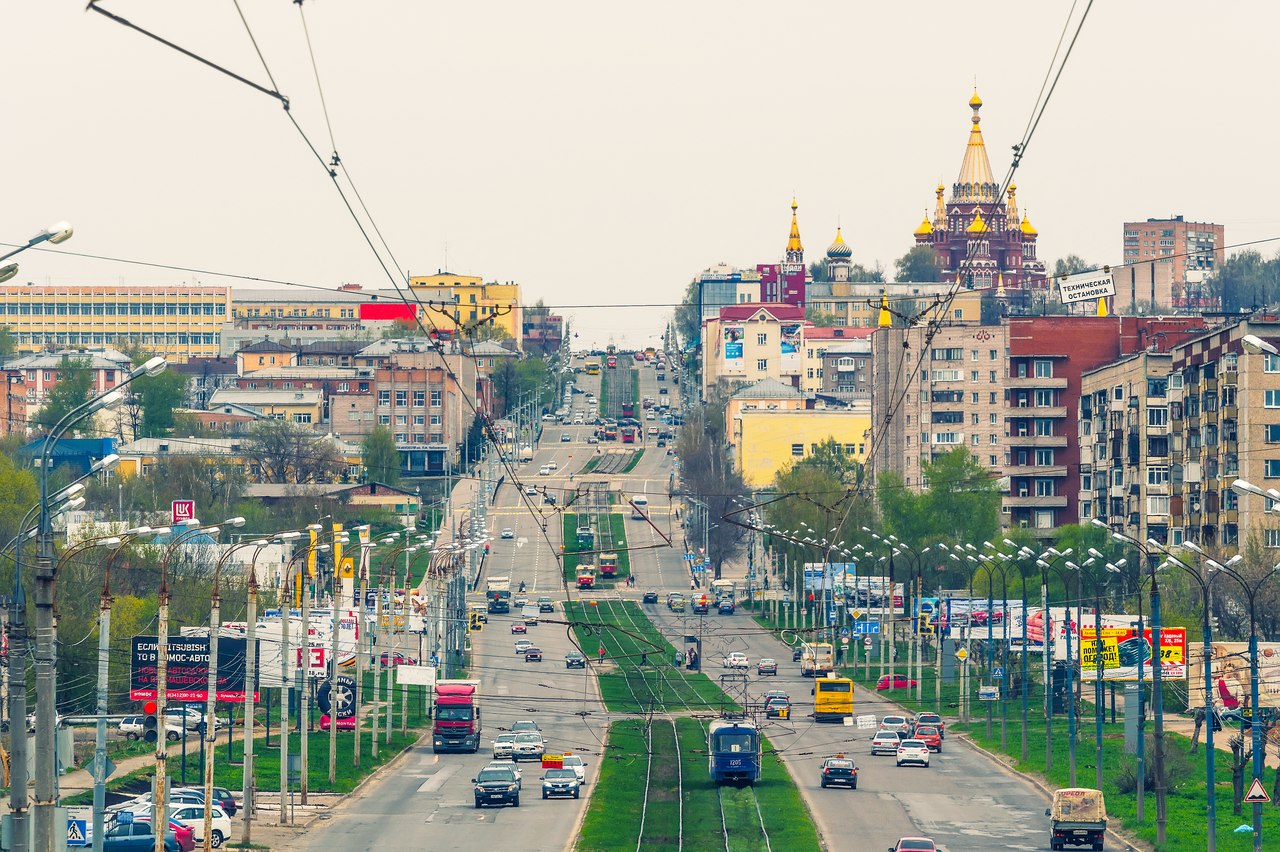
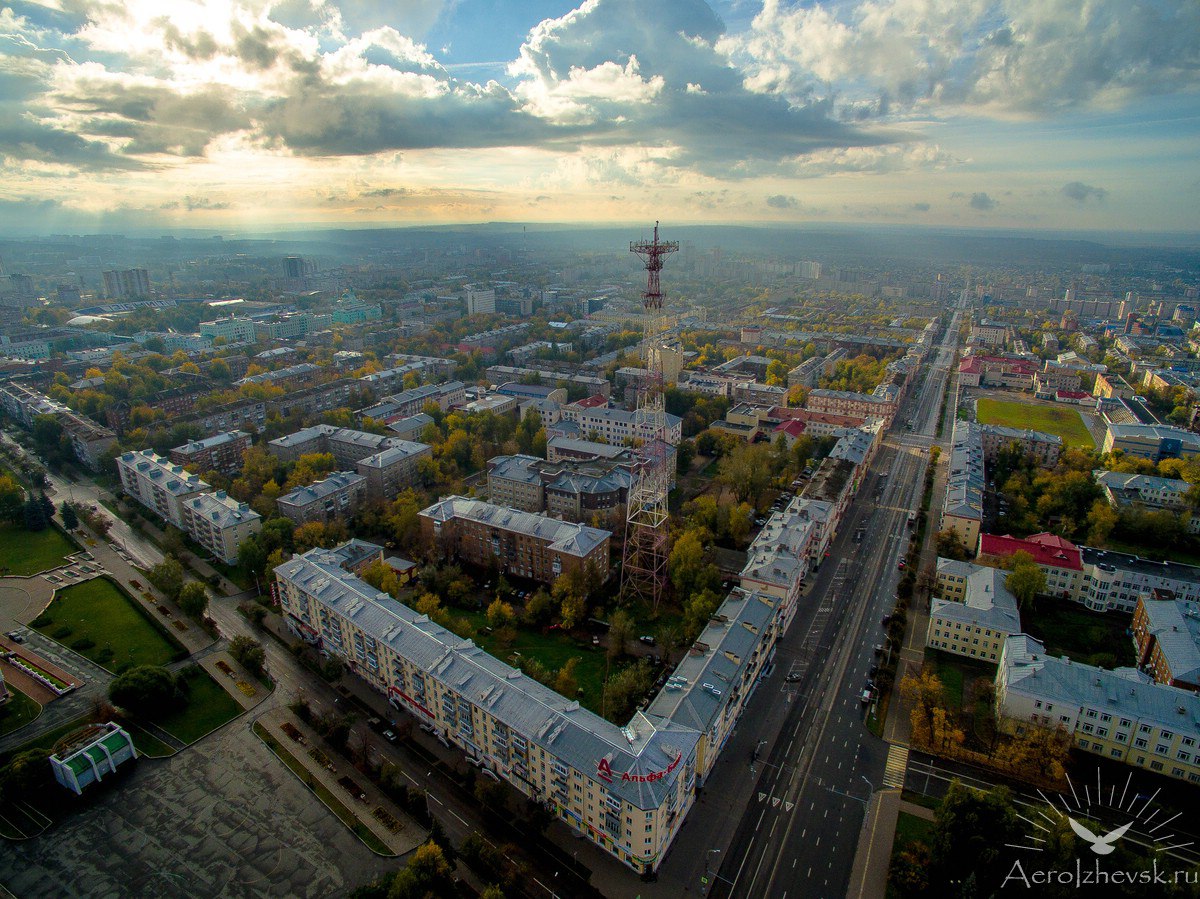
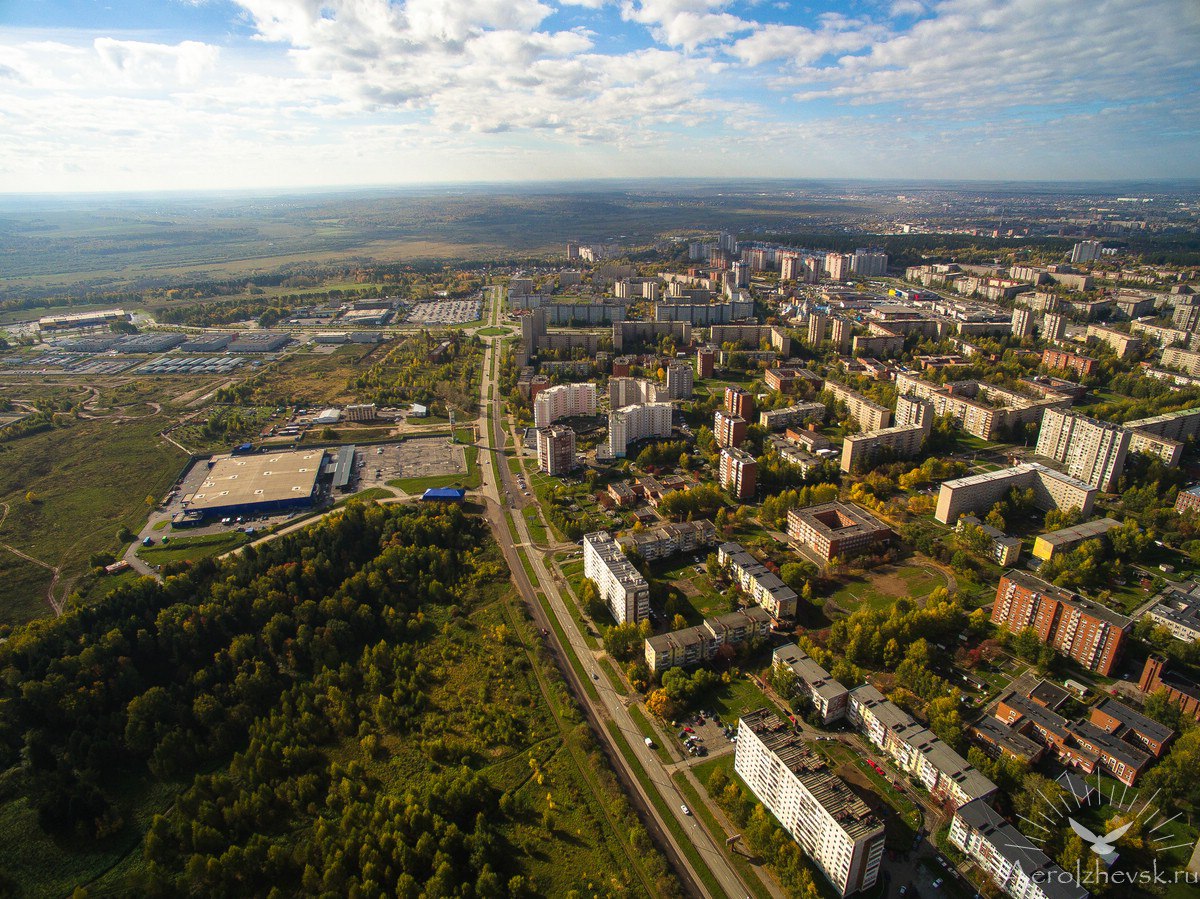

Udmurt Republican Art Museum
The Art Museum was opened in the capital city of Udmurtia in the 1980s. The main fund (over 9,000 objects) is represented by works of Udmurt artists and craftsmen as well as Russian and Western European artists of the 18th-20th century.
The fund includes collections of graphics, painting, arts and crafts, late Russian icons, and sculpture reflecting the development of fine arts and arts and crafts in Russia in the 19th-20th century. The museum work is based on temporary exhibitions changed twice a quarter.
The exhibitions to come: “Other Stars. American-Udmurt Paradox”. Project-winner of the all-Russian contest organized by Vladimir Potanin Foundation “A Changing Museum in a Changing World”.
For news and information please visit the museum website.
Tel.: (3412) 43-18-44, 43-17-85
Address: Ul. Kirova, 128, Izhevsk, 426001.
Opening hours: 10.00 – 18.00 except Sunday and Monday
Admission fees: Schoolchildren – from 15 rub.
Adults – from 25 rub.
e-mail: urmii@mail.ru
How to find us:
From Railway Station: Trams 1, 9
From Airport: bus N 111 to the city center, then take trams N 1, 2, 4, 9
Website: http://www.urmii.ru
Municipal Exhibition Center “Galereya” (“Gallery”) actively collaborates with museums, private galleries, collectors, and creative groups from Izhevsk, Moscow, and other Russian cities.
“Galereya” is the center of modern art in Izhevsk participating in network and cultural programs and projects.
Tel./fax: 43-25-70, 43-33-68
Address: Ul. Karla Marxa, 244a, Izhevsk, 426057
Opening hours: Working days: 10-18
Sat.-Sun.: 11-17
Admission Fees: Schoolchildren – from 20 rub.
Adults – from 50 rub.
e-mail: gallery@udm.net
How to find us:
Trolley-buses N 1, 4, 7 to “Tsentralnaya Ploshchad”
Trams N 1, 2, 4, 9 to “Ulitsa Krasnogeroiskaya” and “Tsentralnaya Ploshchad”
Buses N 19, 28, 39 to “Tsentralnaya Ploshchad”
Website: http://www.gallery.udcom.ru
Architecture and Ethnography Museum-Reserve “Ludorvai”
The open-air museum is spread out in a picturesque place 10 km from Izhevsk. It demonstrates the natural, historic and cultural environment where the Udmurt ethnos was developing as a part of the Finno-Ugric world.
The museum expositions include the complexes presenting the following local sub ethnic groups: the southern and central Udmurts, and Russian settlement “Ilyinka”. Among the museum objects are windmill “Vuko”, sacred grove “Lud”, apiary “Mushtor”, etc.
The visit program includes learning about traditional occupations, typical dwelling, arts and crafts, folklore, everyday life, and rites of the Udmurt people who still preserve their paganism.
The unique theme program with Udmurt flavour and national cuisine (perepechi, tabani with zyret) tasting is awaiting tourists.
Tel.: (3412) 55-23-23, 61-35-65
Tel./fax: 61-35-65
Museum address: GUK “AEMZ “Ludorvai”, Zavyalovsky raion, 427010, Republic of Udmurtia
Izhevsk office: National Museum named after Kuzebai Gerd, ul. Kommunarov, 287, of. 49, Izhevsk, 426004
Opening hours:
Notice: Advanced order only!
May – October: 10.00 – 18.00 (daily)
October – May: 11.00 – 15.00 (except Saturday and Sunday)
Admission fees: Adults: from 60 rub. on guided tour
e-mail: ludorvay@udm.net
How to find us:
From Izhevsk South Bus Station, buses N 109, 110 to Ludorvai village
Website: http://www.museum.ru/M3069
http://en.museum-mtk.ru/tourism/museum/izhevsk/
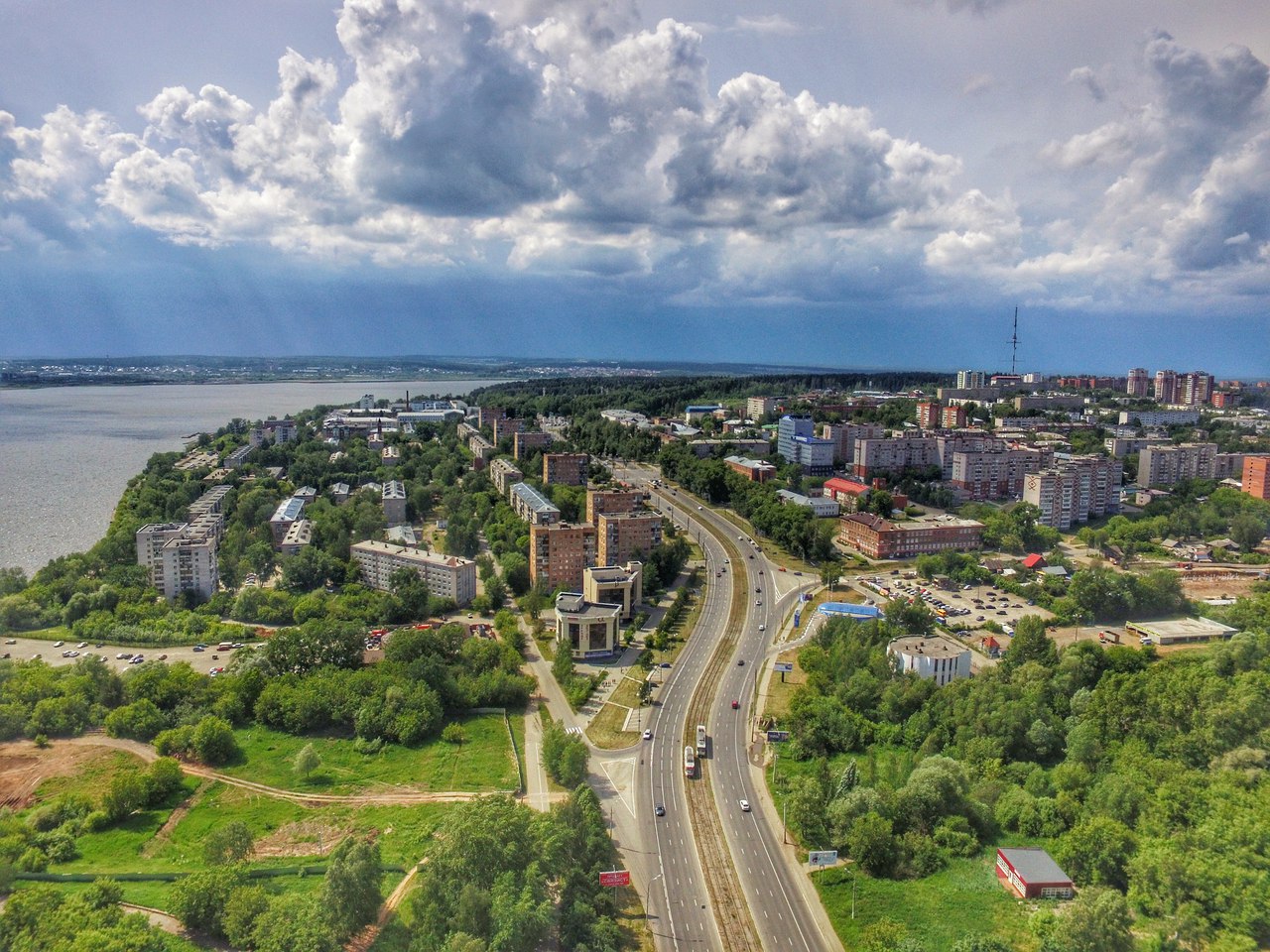
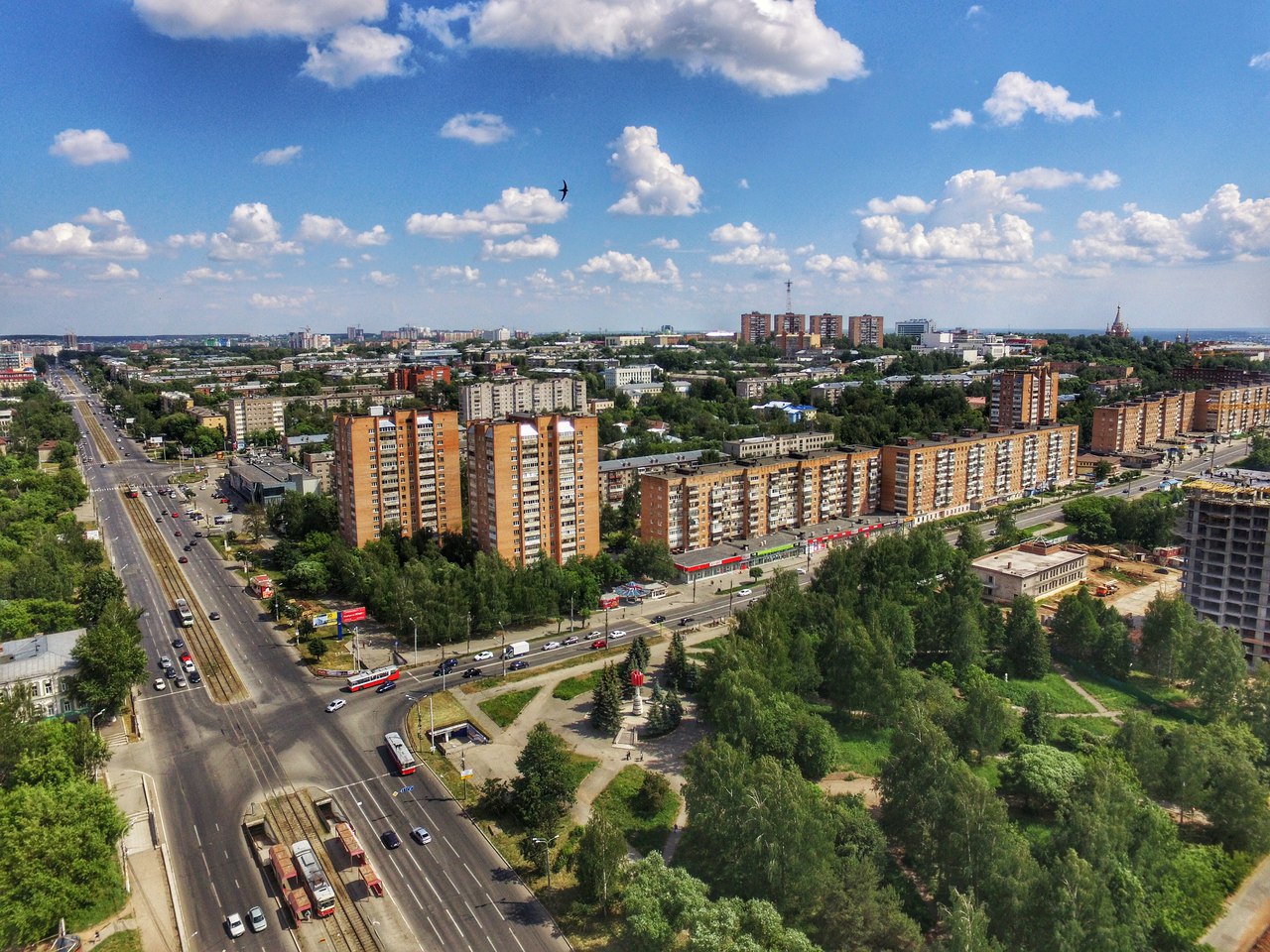
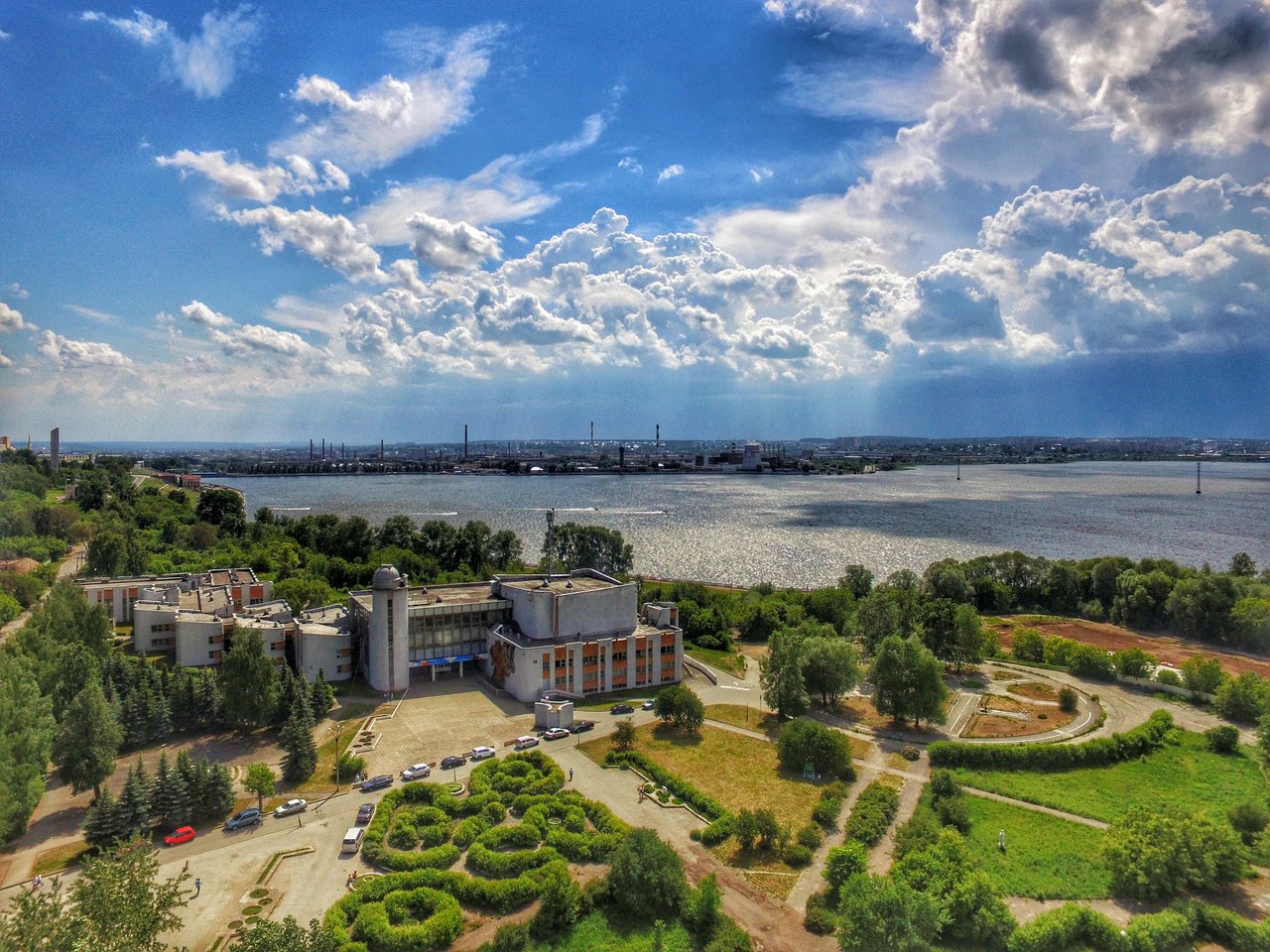
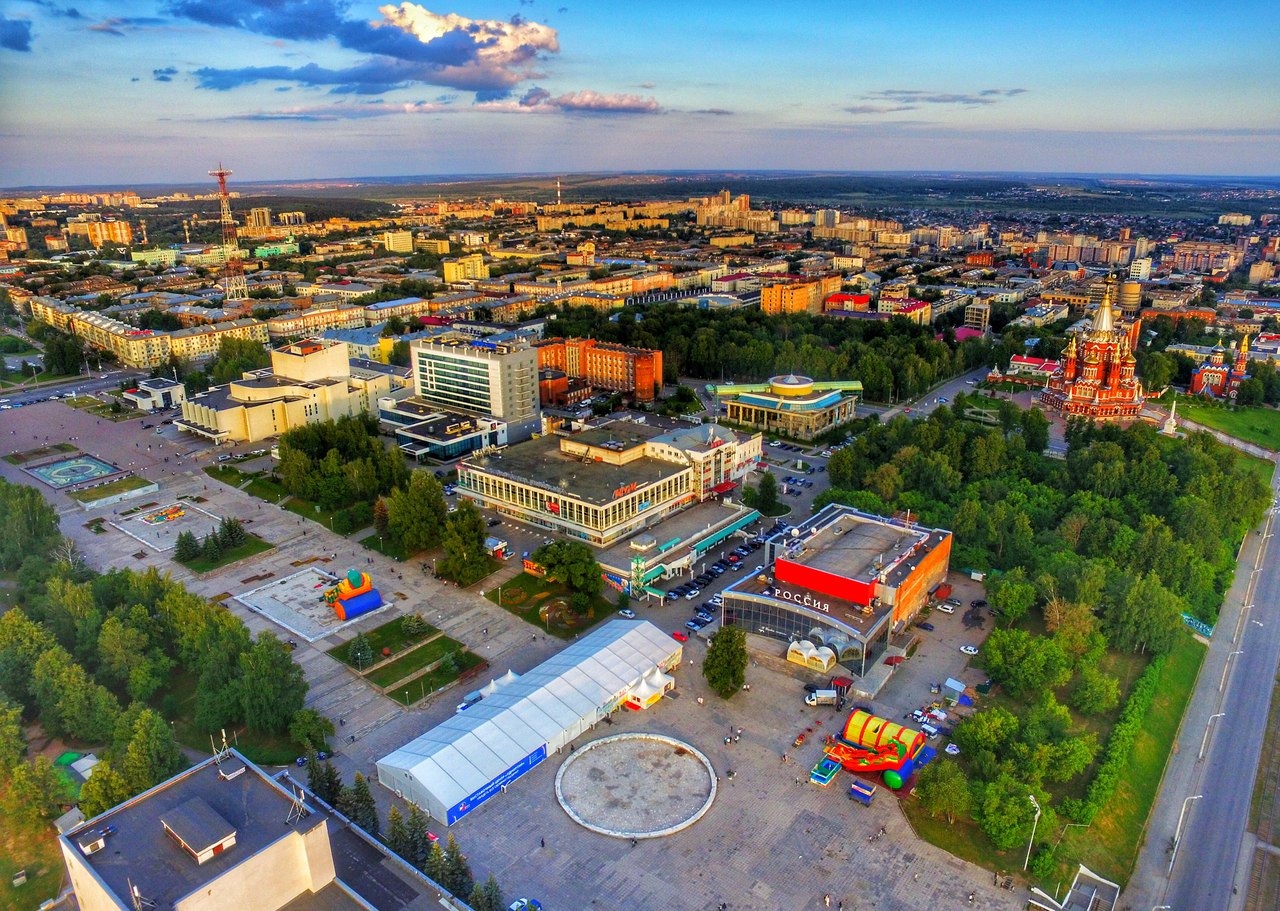
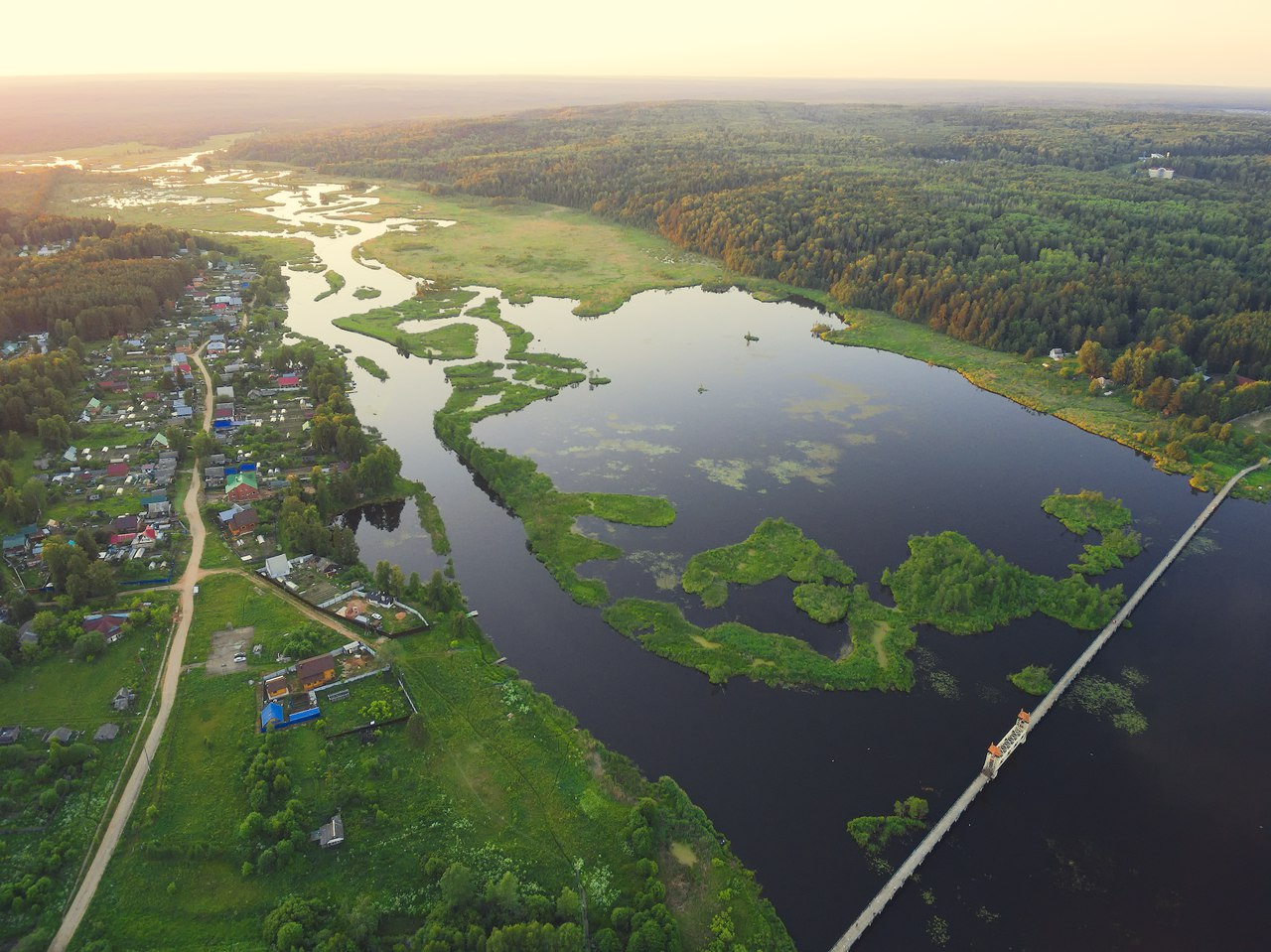
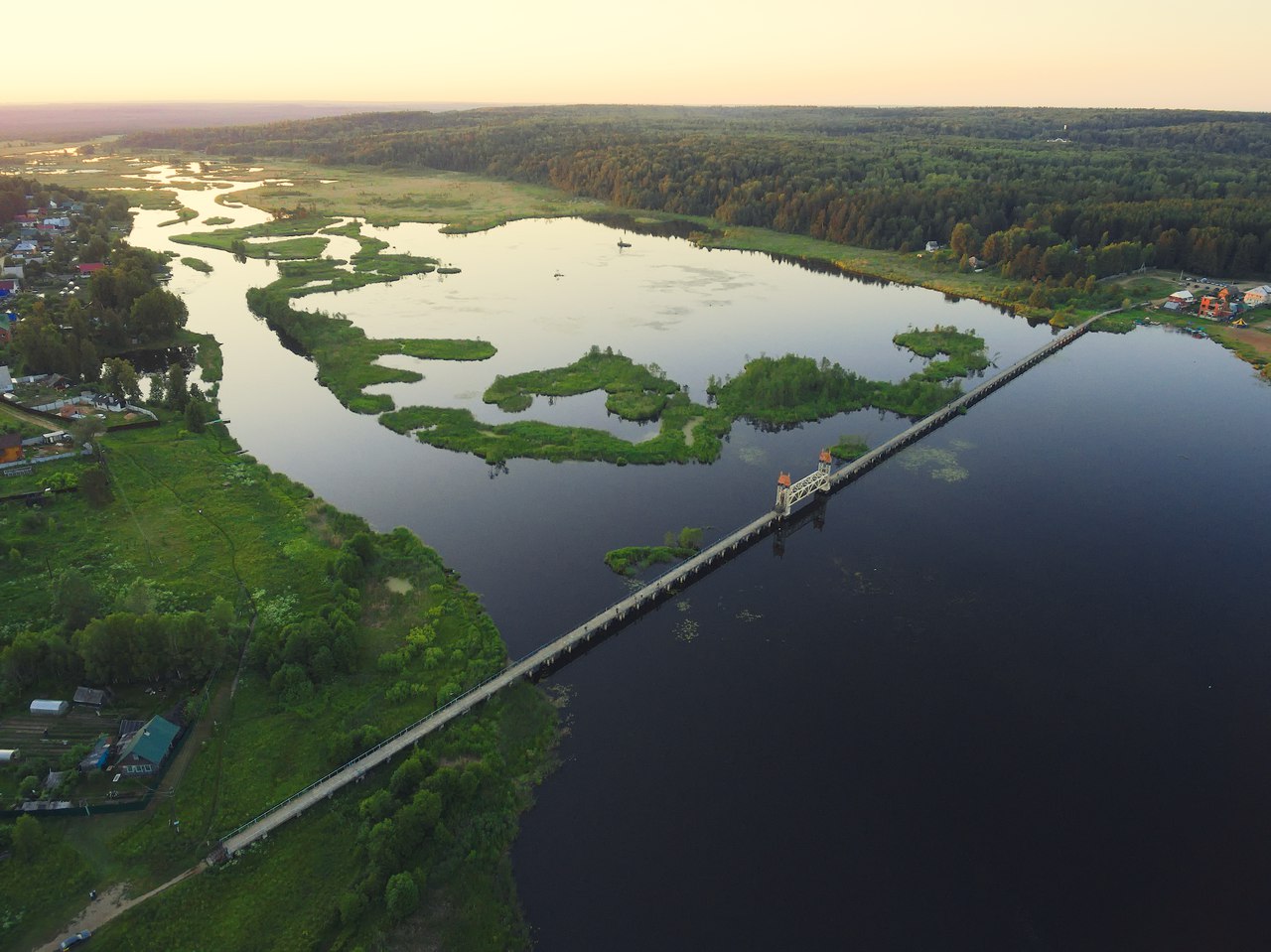
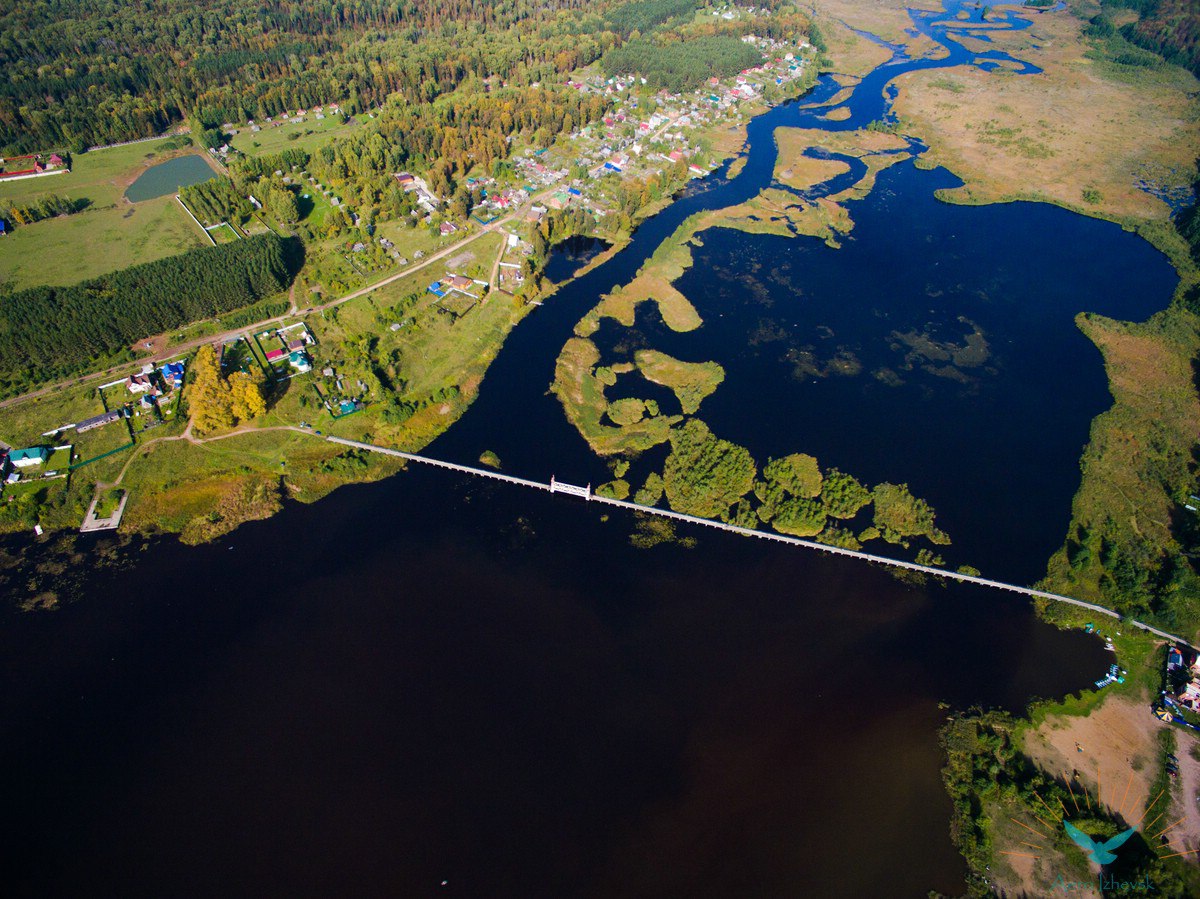
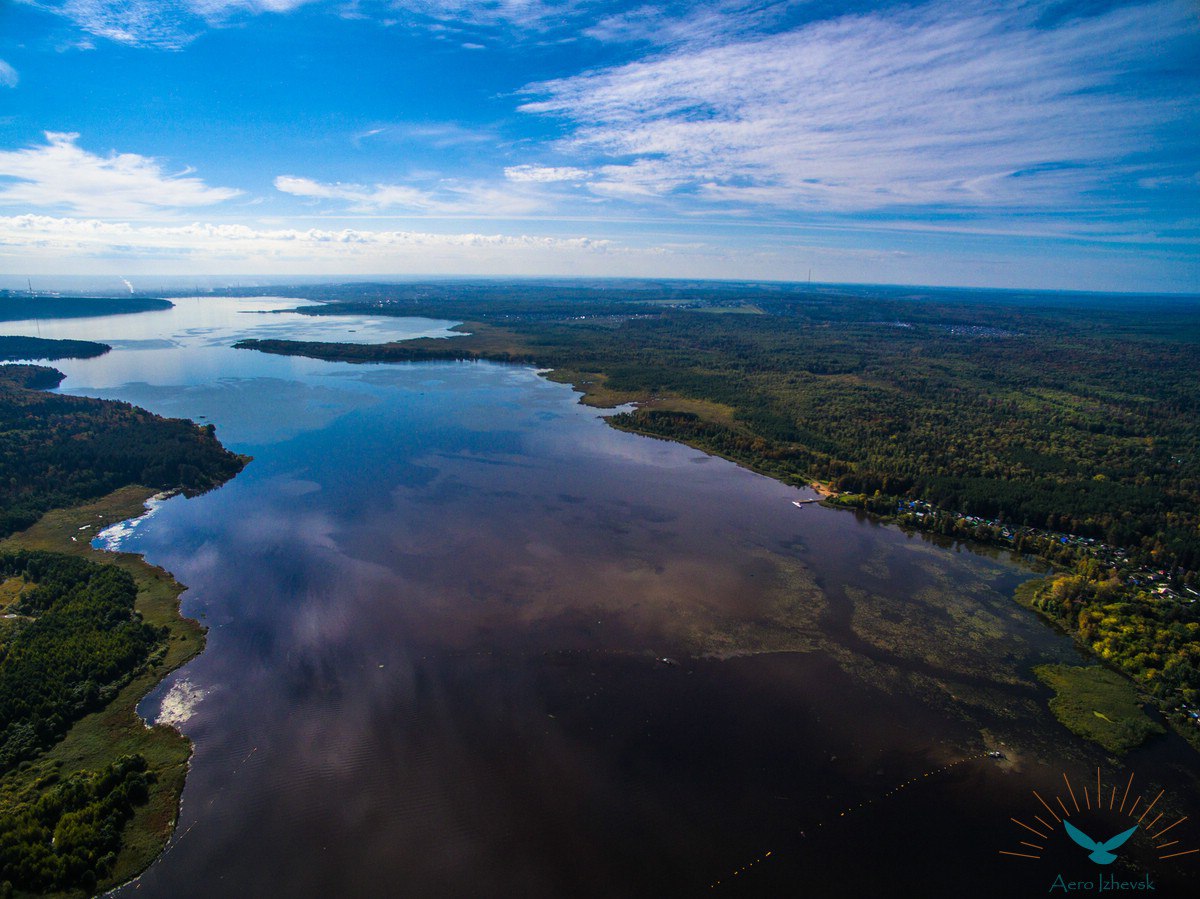
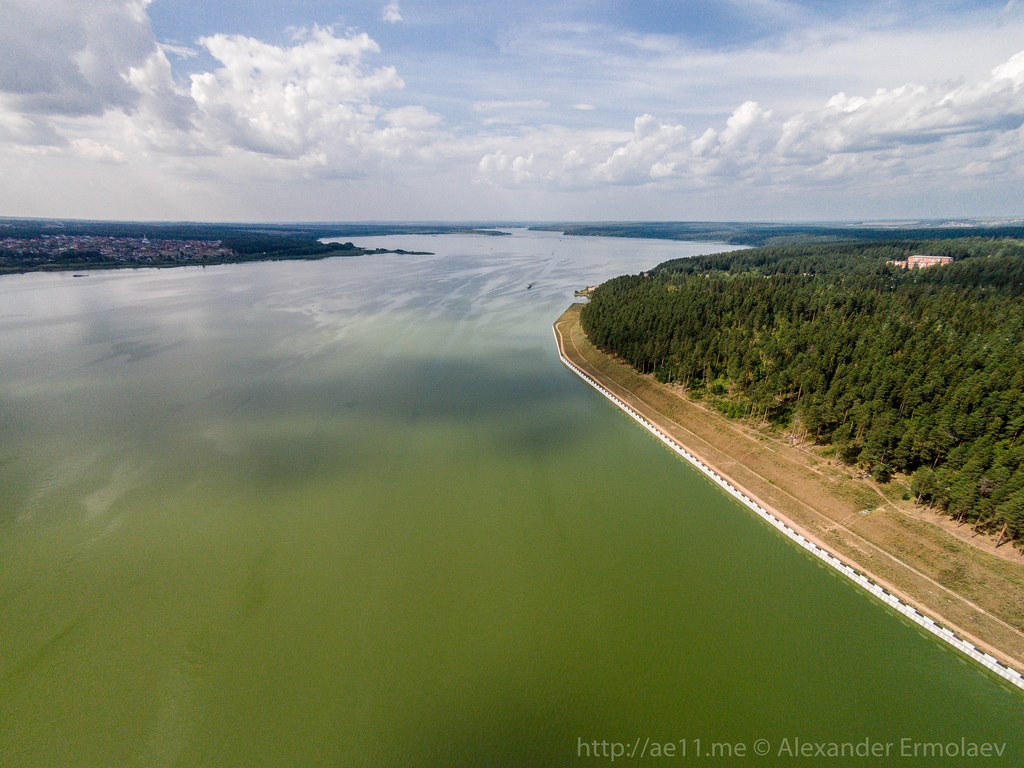
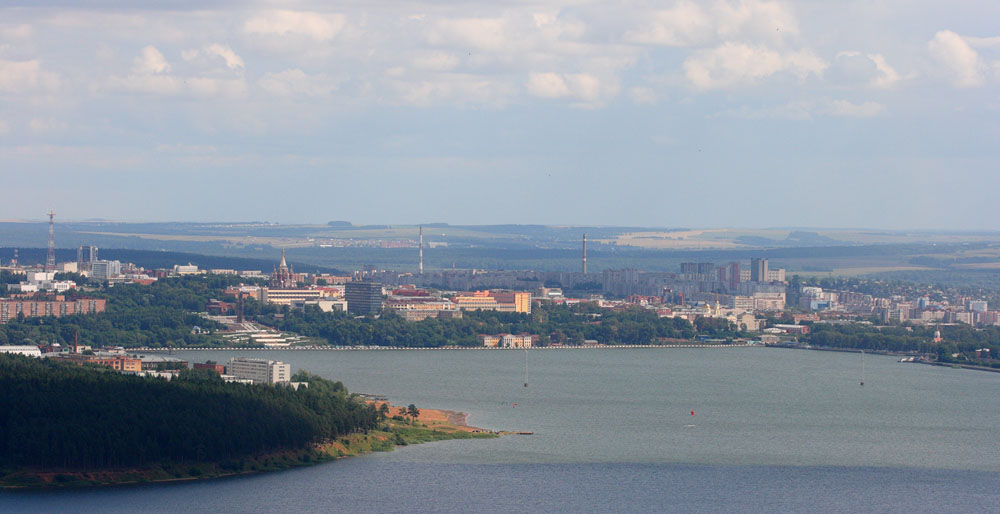
Izhevsk (en ruso, Иже́вск, Iževsk, /ɪˈʐɛfsk/; en udmurto: Иж, Iž, o Ижкар, Ižkar) es la capital de la república de Udmurtia, en Rusia. Está situada a la orilla del río Izh, al oeste de los montes Urales.
Historia
La ciudad fue fundada en abril de 1760 como un asentamiento industrial más principalmente en el campo siderúrgico y metalmecánico.
Adicionalmente, entre los años 1985 y 1987 la ciudad se denominaba Ustinov en honor a Dmitri Ustínov, quien fue el ministro de exteriores de la Unión Soviética entre 1976 y 1984. Sin embargo, bajo el mandato de Mijaíl Gorbachov, las ciudades que fueron renombradas en honor a recientes dirigentes soviéticos retornaron a sus antiguas denominaciones.
Economía
Industria
La ciudad es sede de una de las más famosas fábricas de fusiles en el mundo, donde Mijaíl Kaláshnikov diseñó el fusil de asalto AK-47, comúnmente conocido como Kaláshnikov.
https://es.wikipedia.org/wiki/Izhevsk
https://en.wikipedia.org/wiki/Izhevsk
https://ru.wikipedia.org/wiki/Ижевск
https://www.flickr.com/photos/ae11/albums/72157669272750431/
http://r0a.ru/музей-калашникова-лучший-в-россии-тир/
http://www.skyscrapercity.com/showthread.php?t=435635
http://www.emporis.com/statistics/tallest-buildings/city/100850/izhevsk-russia
http://ruzovdmitry.livejournal.com/111293.html?thread=1163453
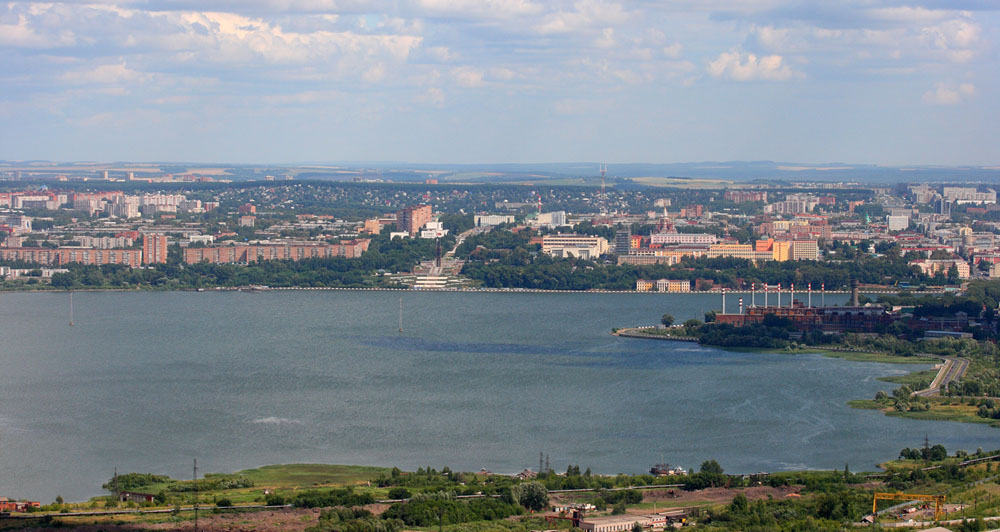
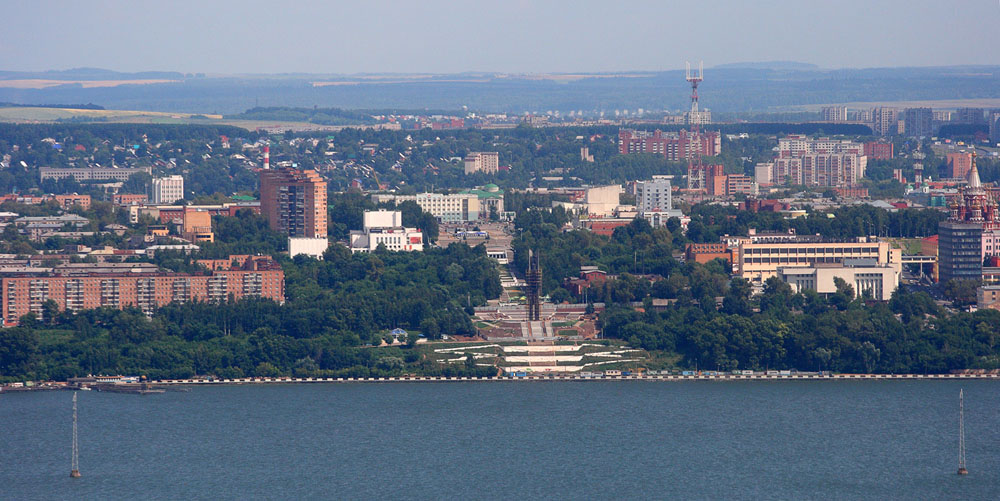
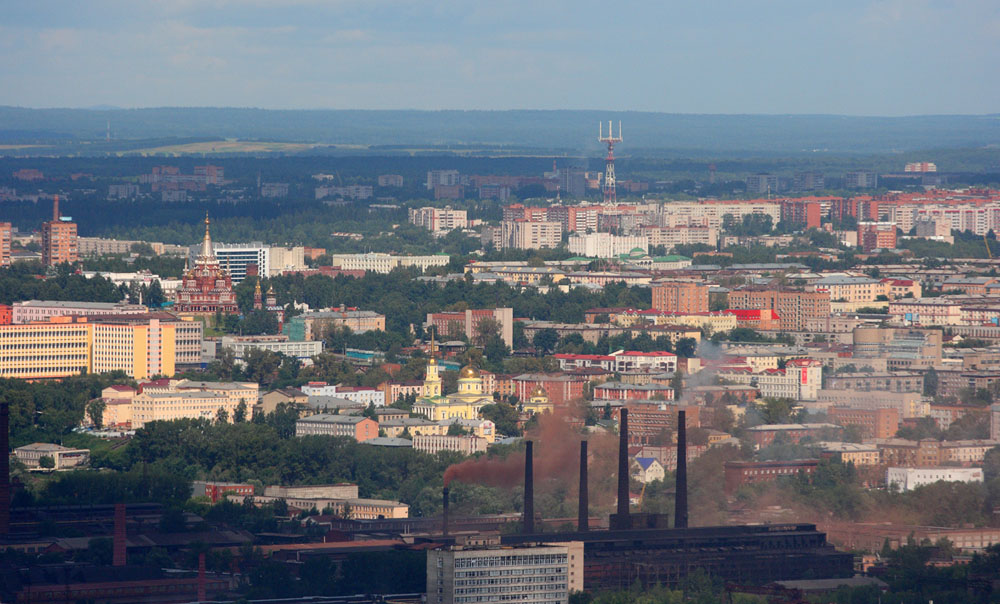
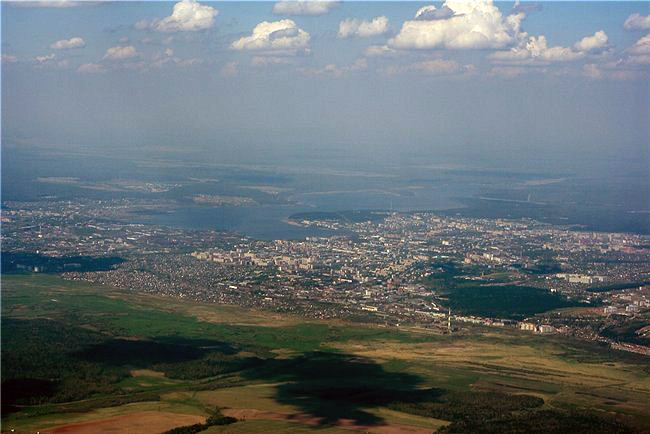
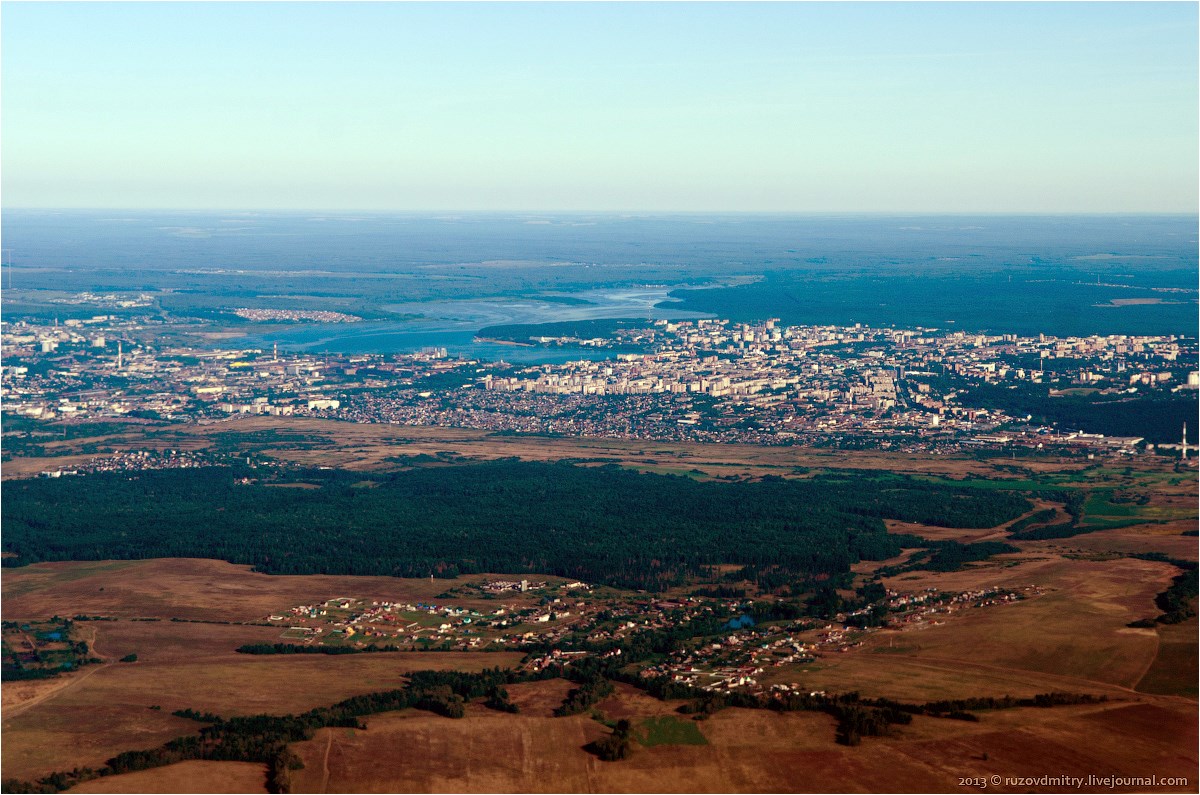
Vídeo:
Web recomendada: http://www.izh.ru/
Contador: 5794
Inserción: 2016-08-28 18:59:57
Lugares a visitar en un radio de 100 km (en línea recta)
Mapa de los lugares a 100 km (en línea recta)
Mostrando Registros desde el 1 hasta el 0 de un total de 0
Visitas |
Más visitados Basílica de San Marcos 149002 Catedral de Notre Dame (París) 137623 Torre de Pisa 128169 Monte Saint-Michel 97285 Presa de las Tres Gargantas 73620 |
Incorporaciones |
Comentarios hazola Cúpula de la Roca gracias me... gera Buenos Aires las mejores fotos de la mejor ciudad del... Daniel M. - BRASIL San Francisco ... PEQUE Presa Chicoasén SERA QUE ALGUIEN ME PUEDE DAR MAS INFORMACIÓN DE ESTE PROYECTO ESTUDIO EN LA UNACH Y ES PARA UN... Mery Huaca Pucllana Muy interesante, muy buena la información y... |
 Tweet
Tweet


